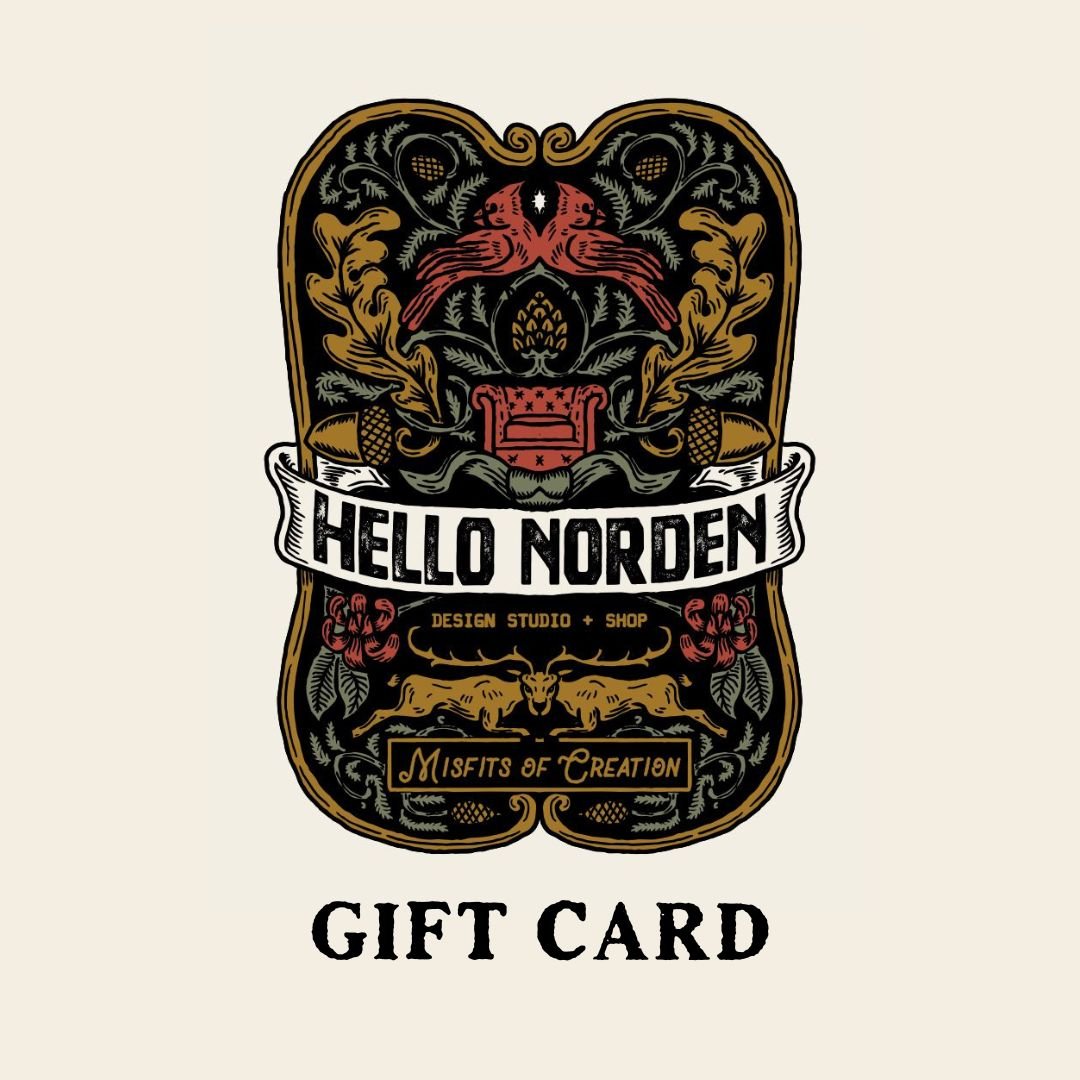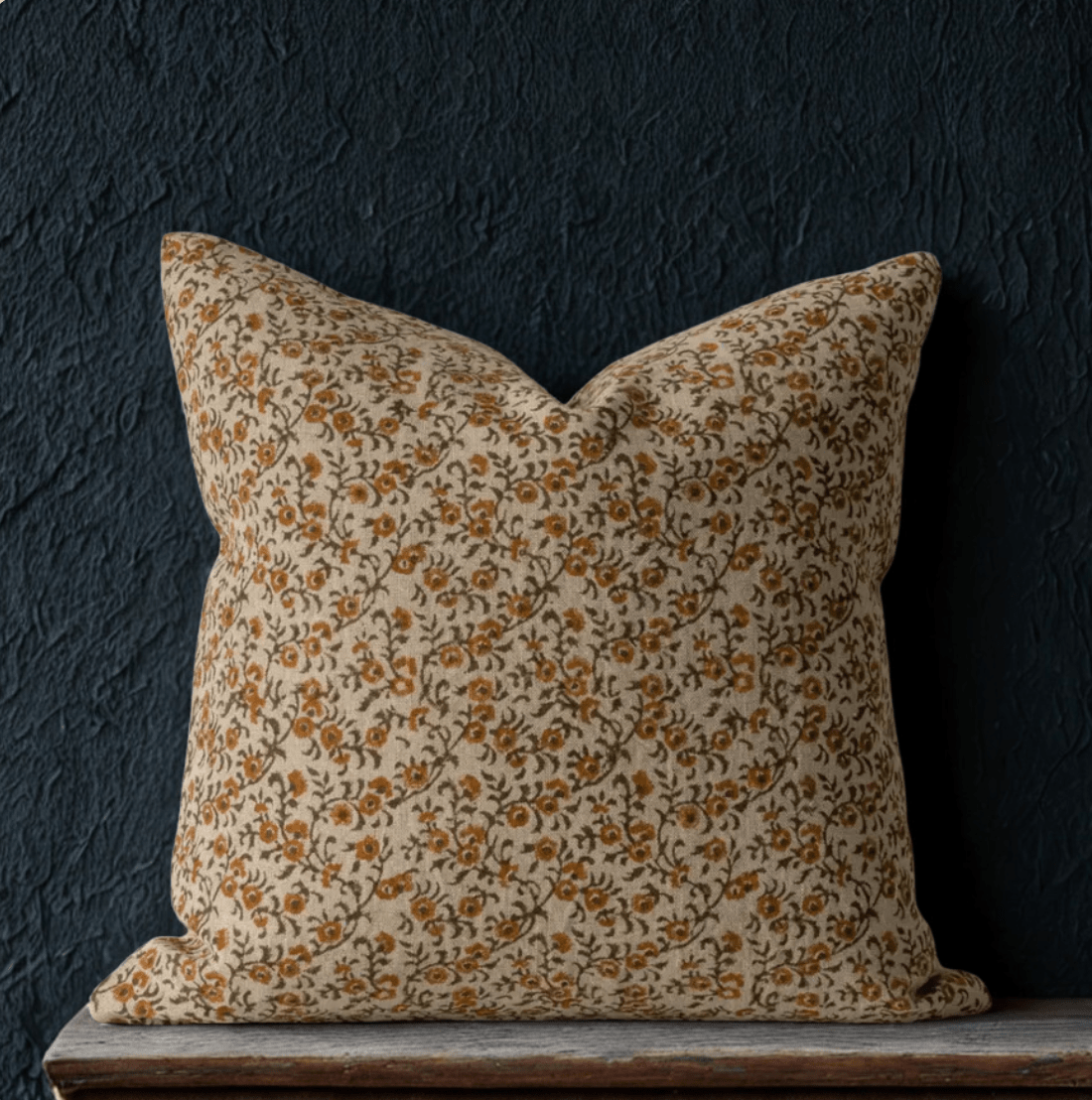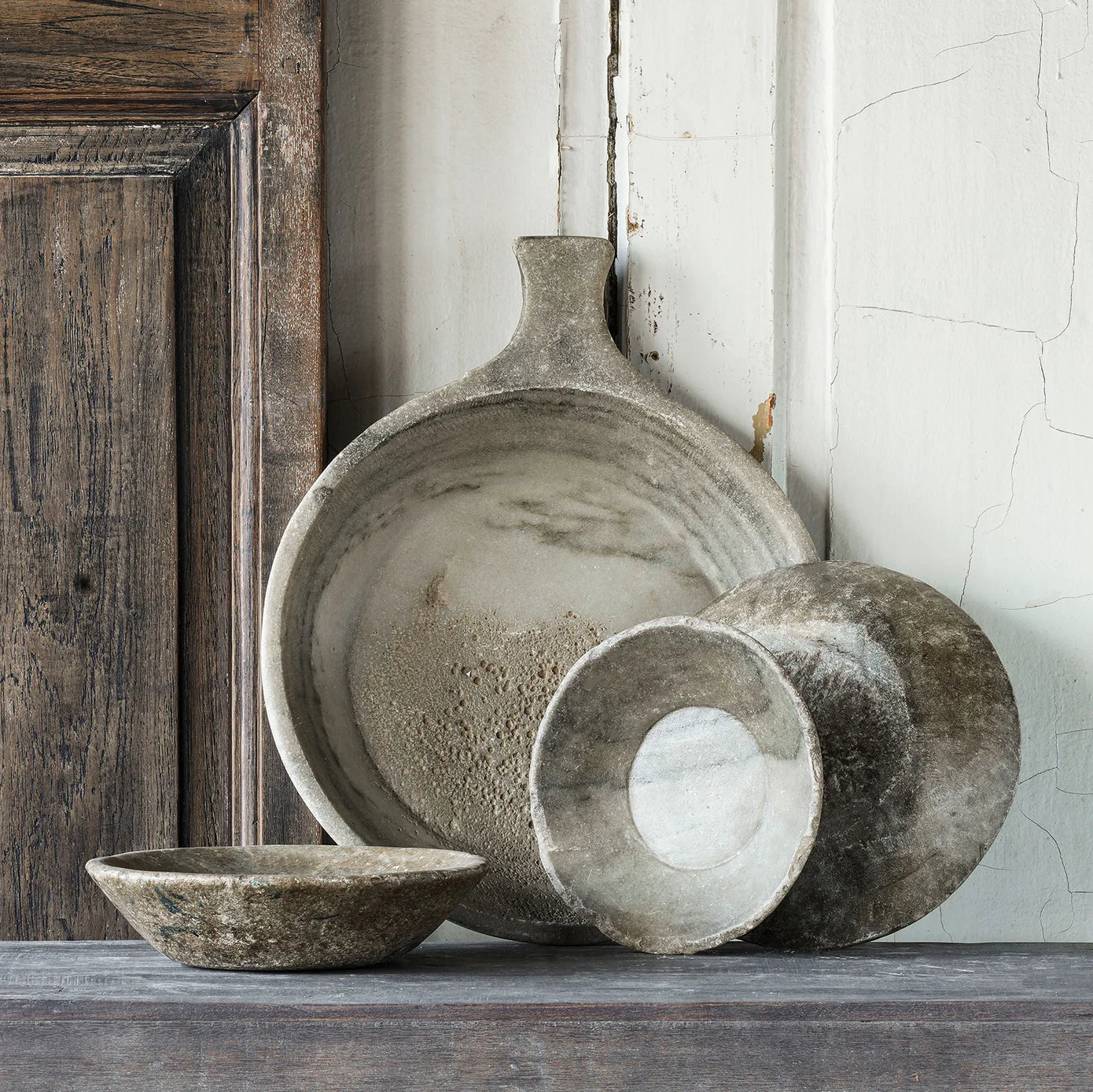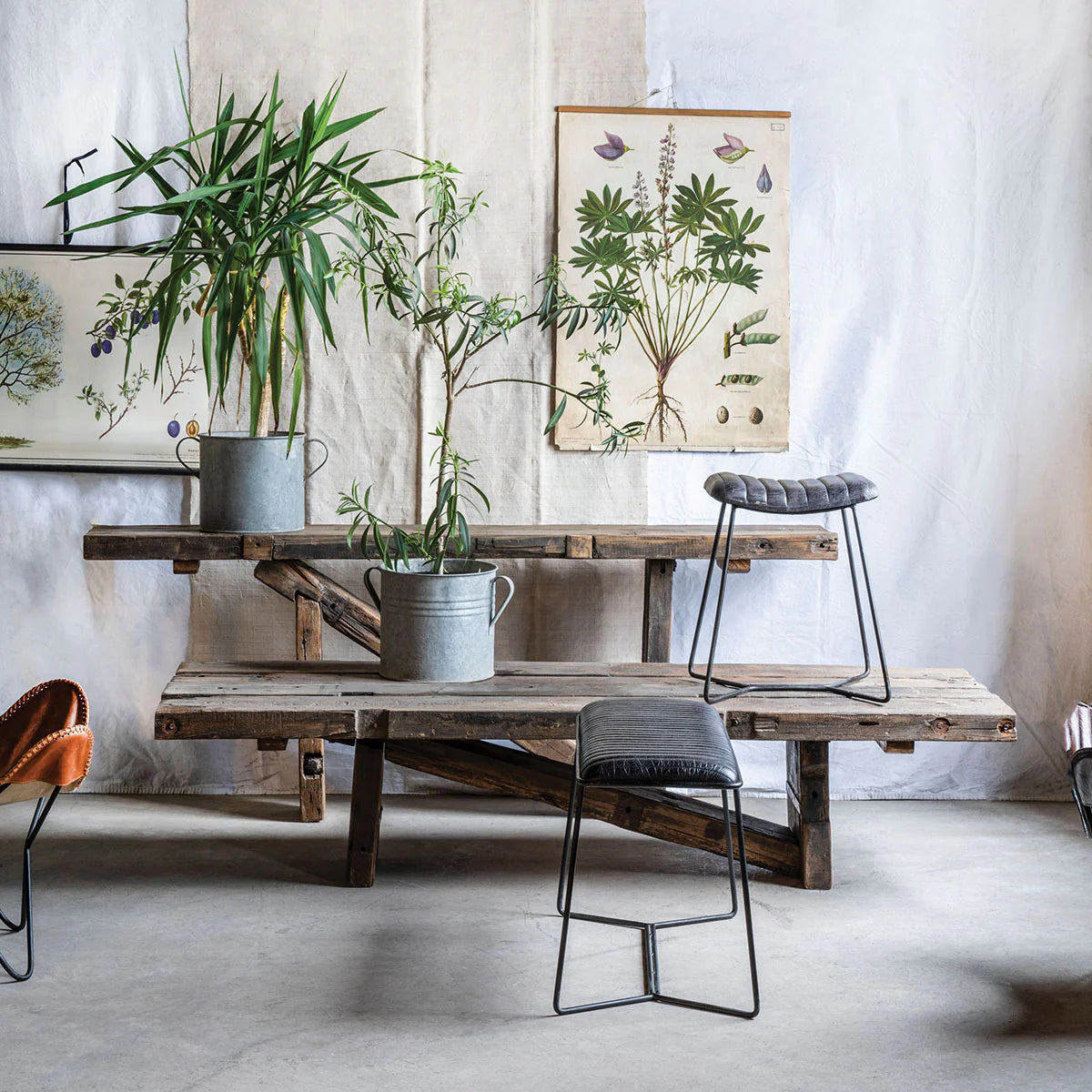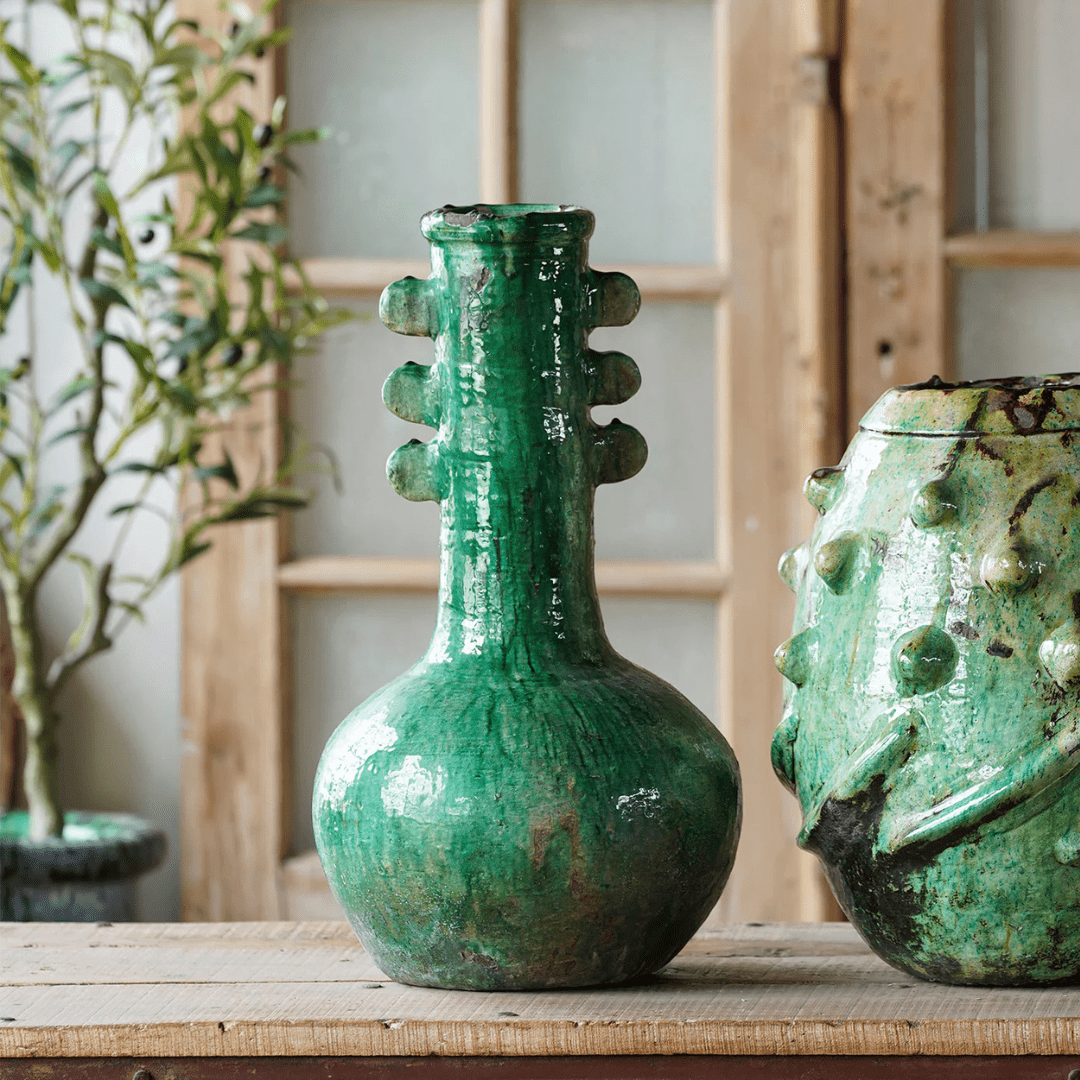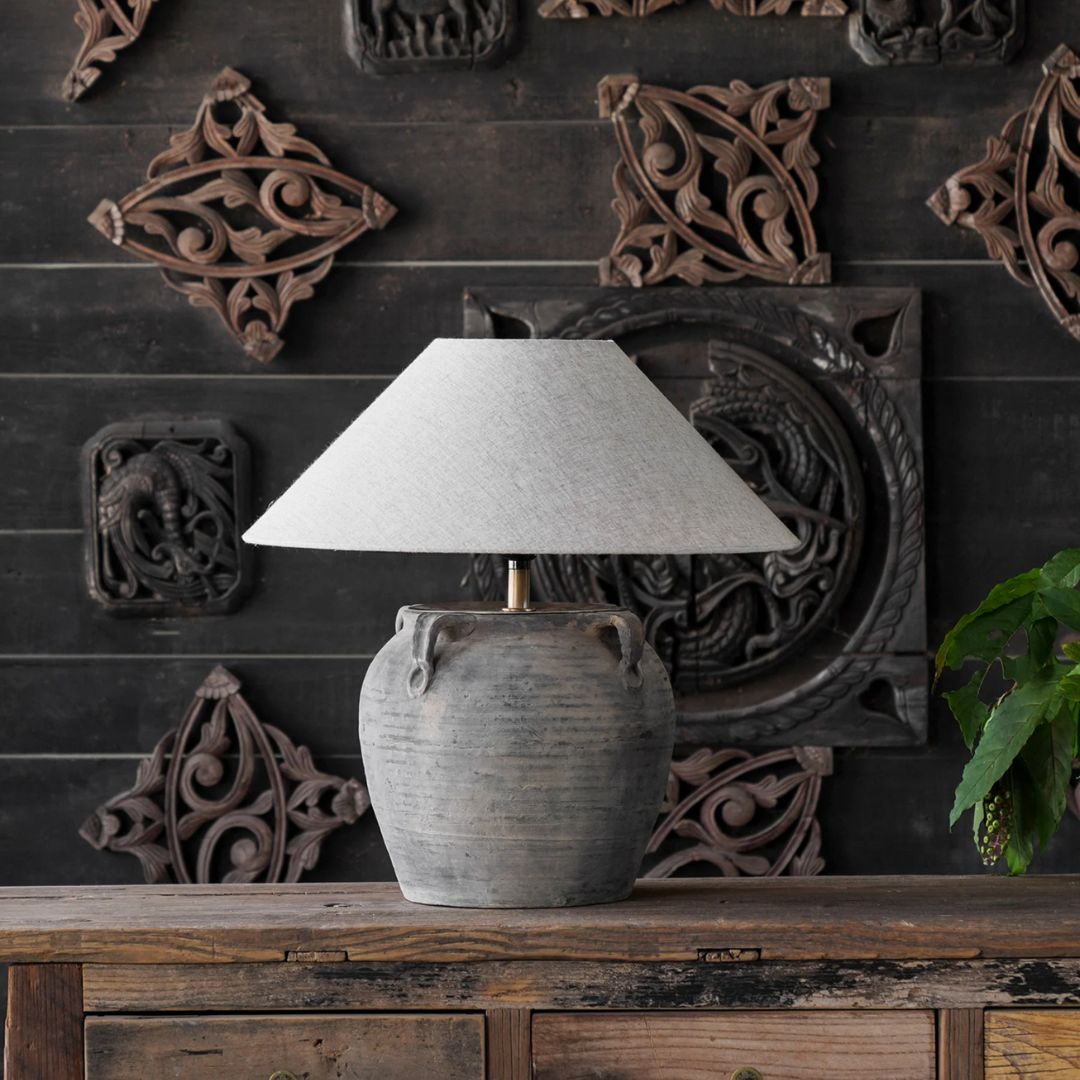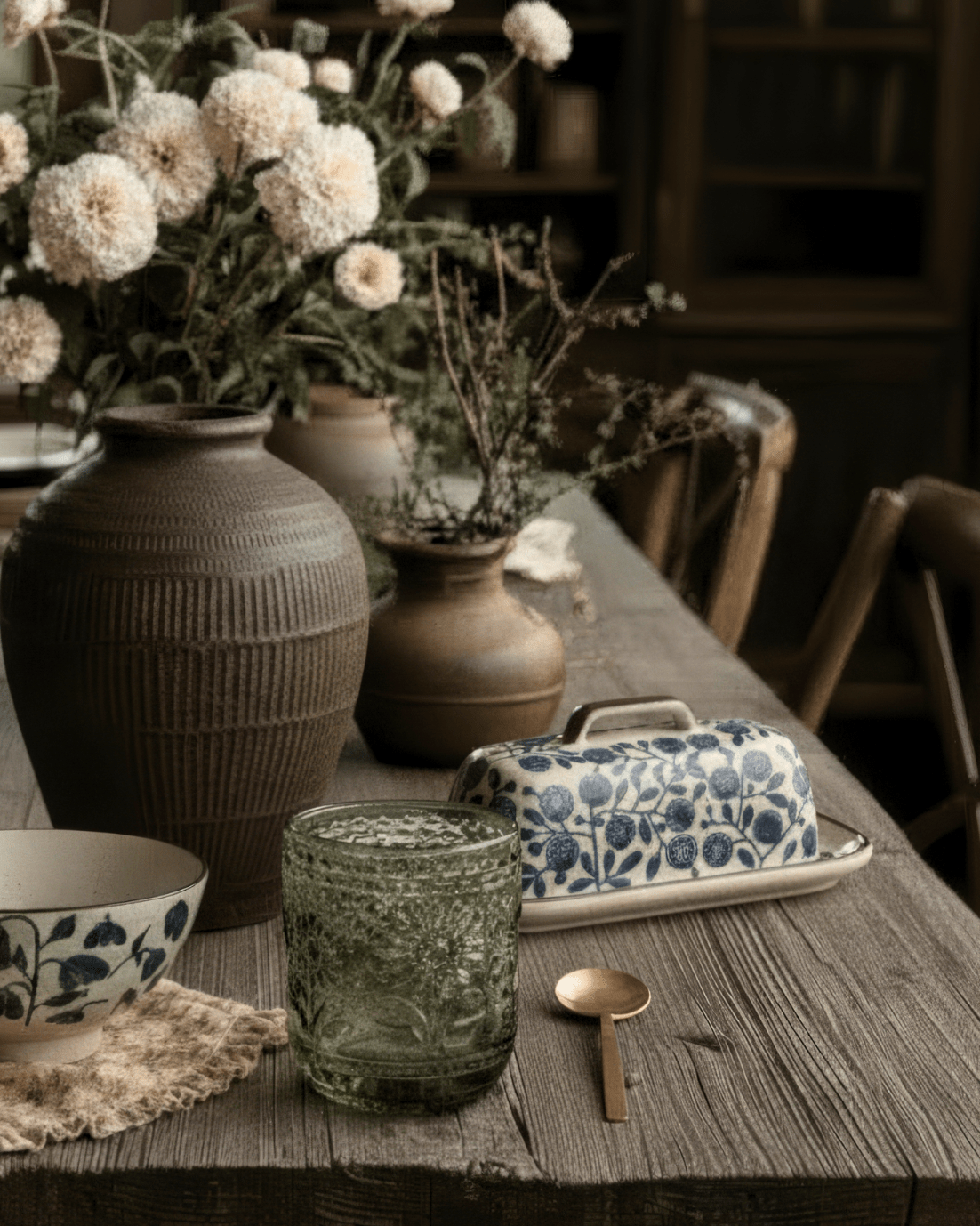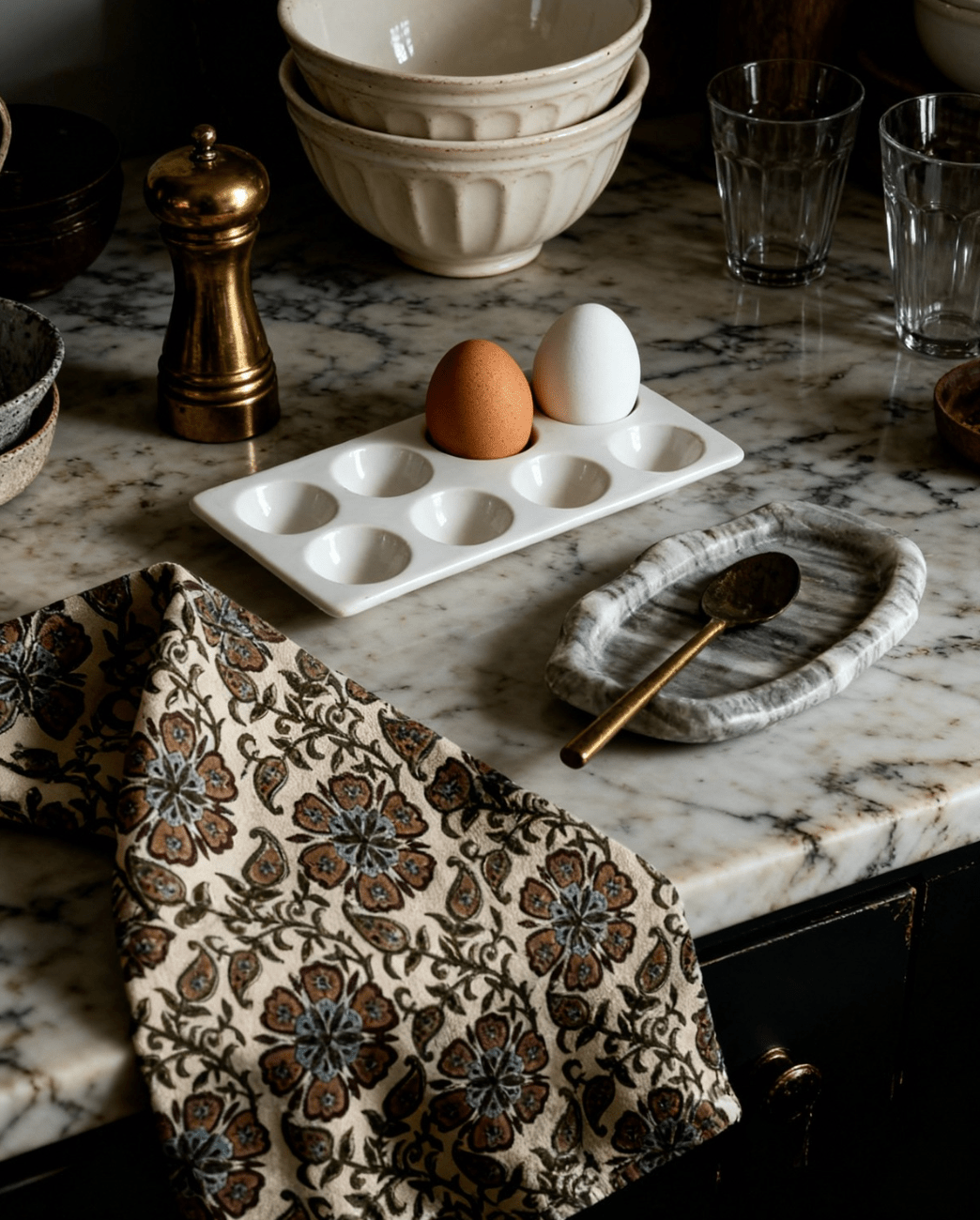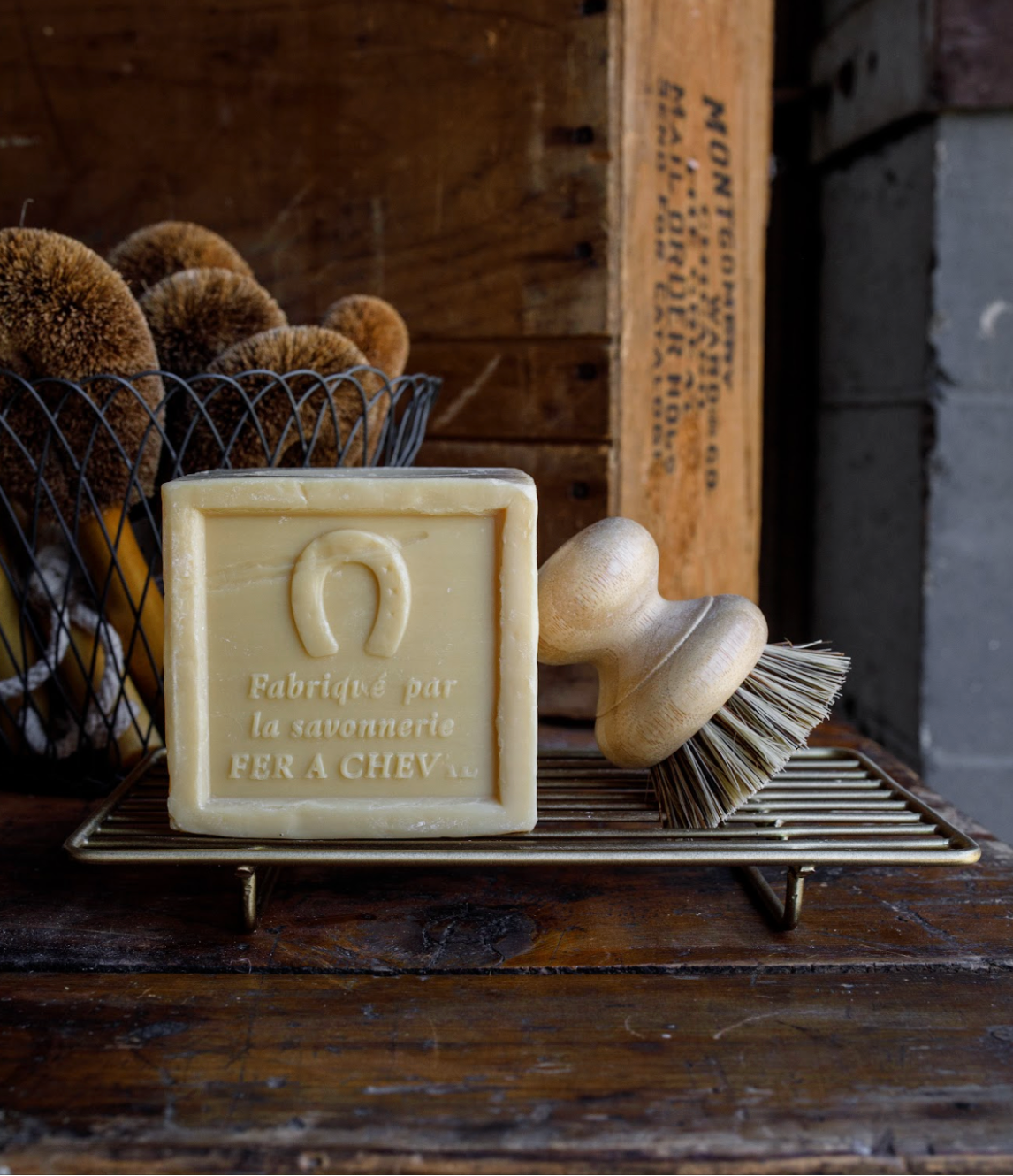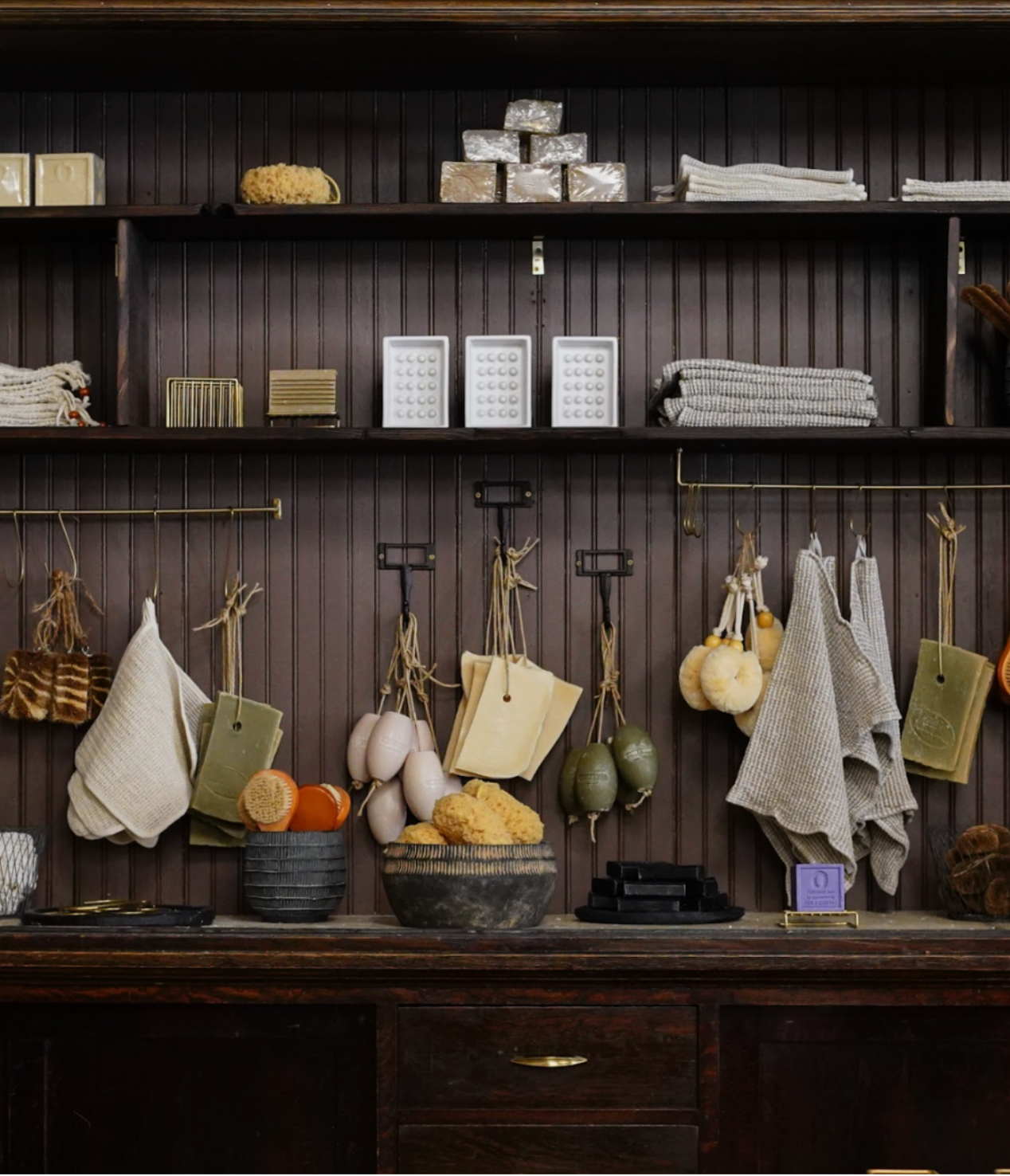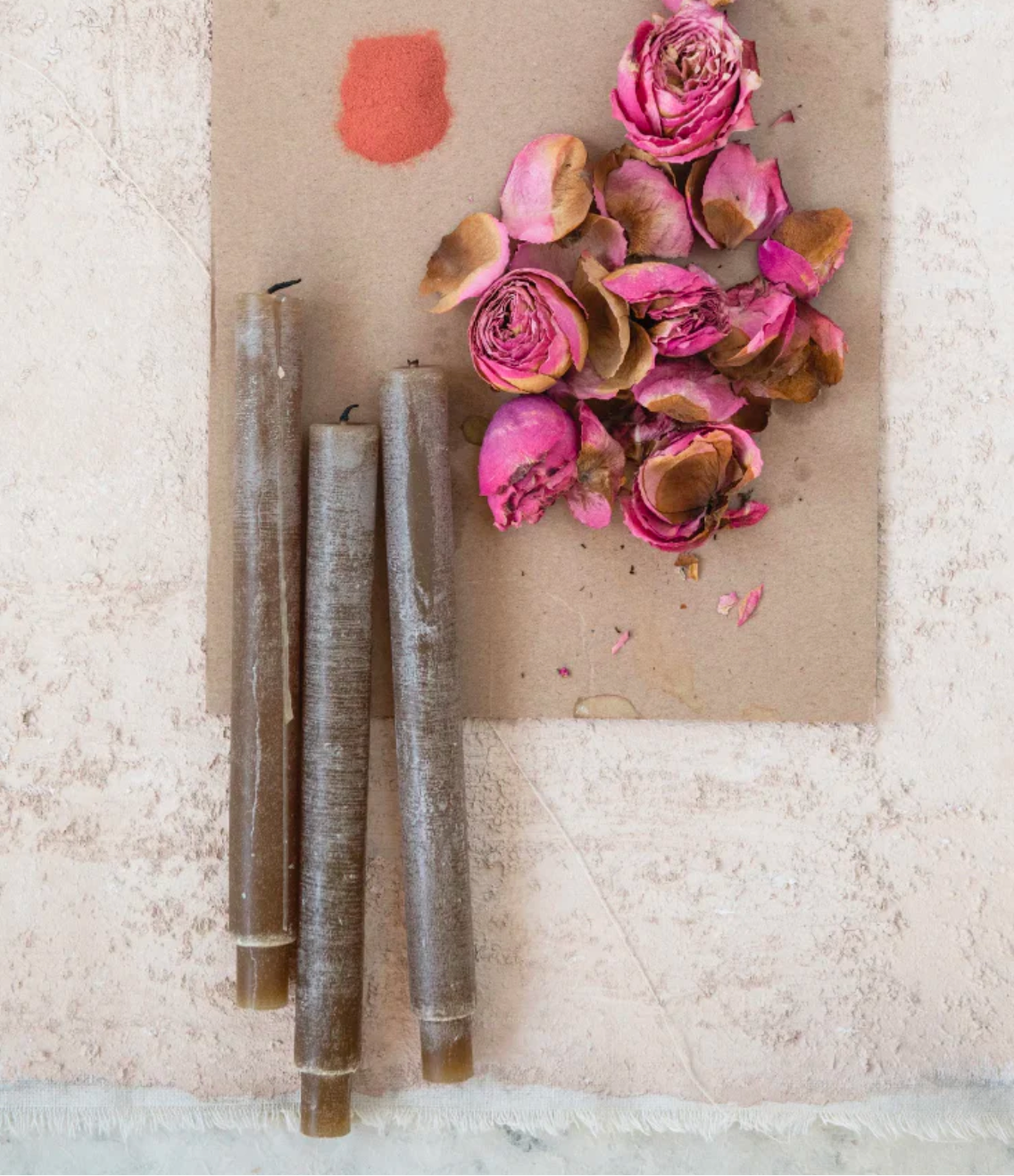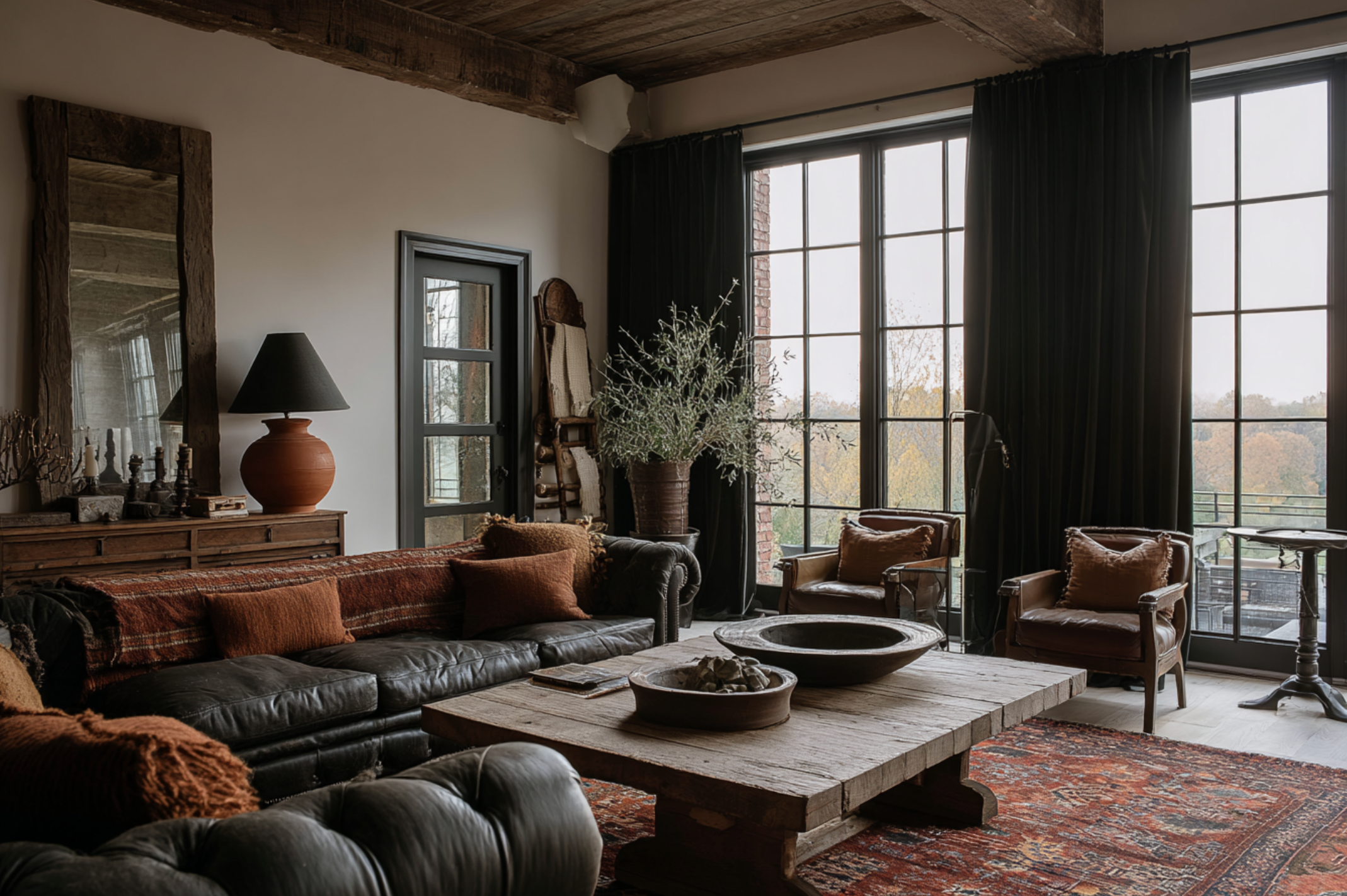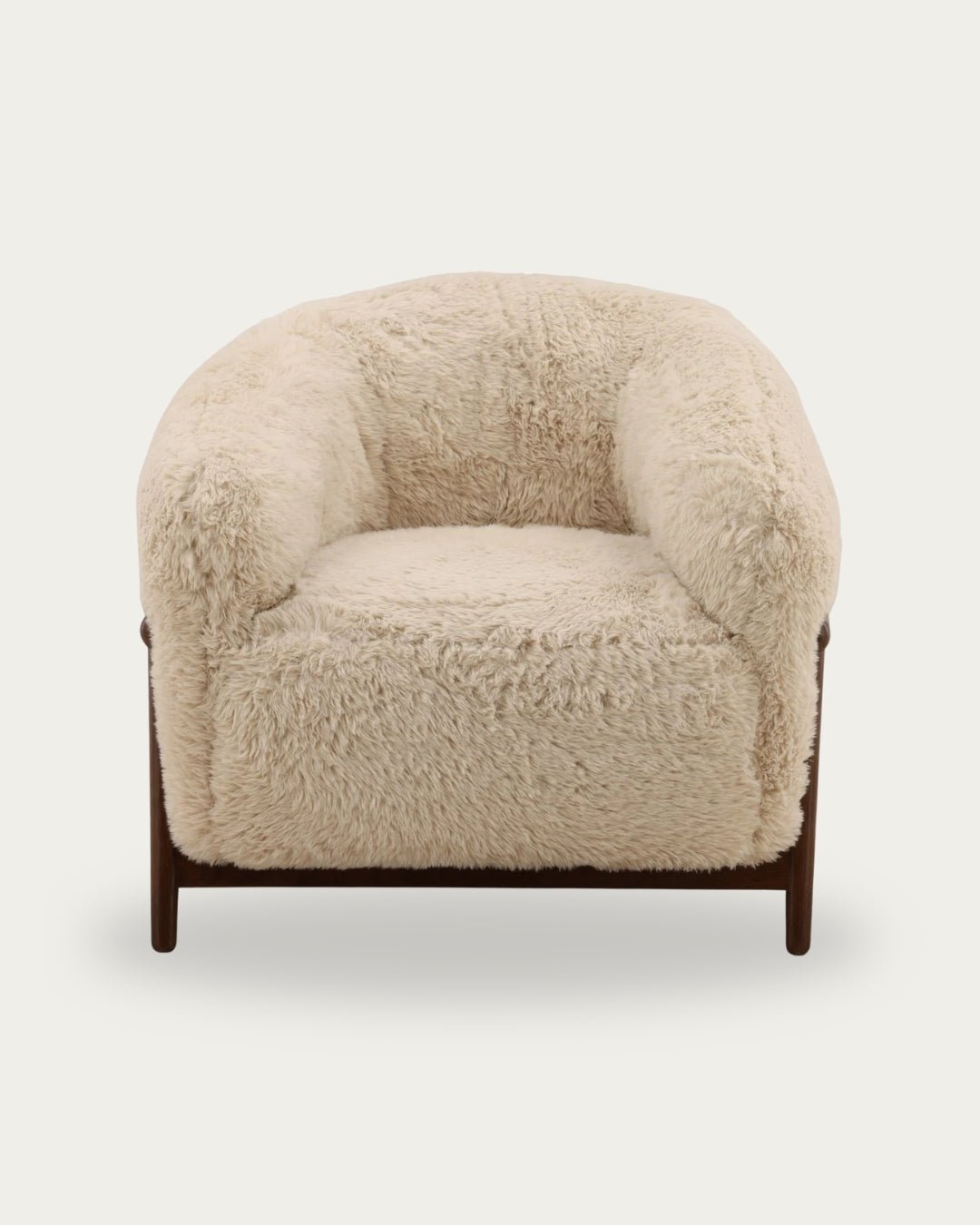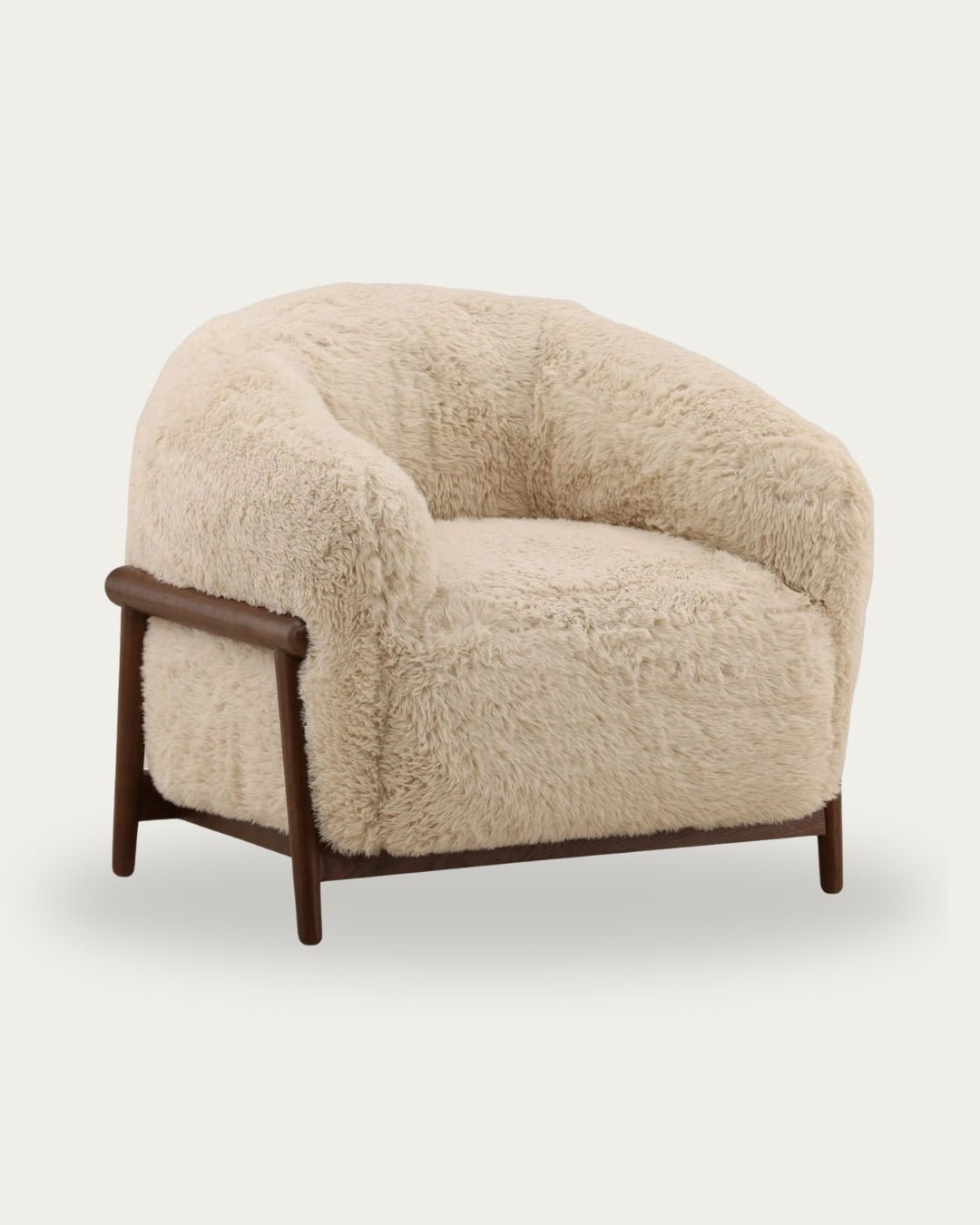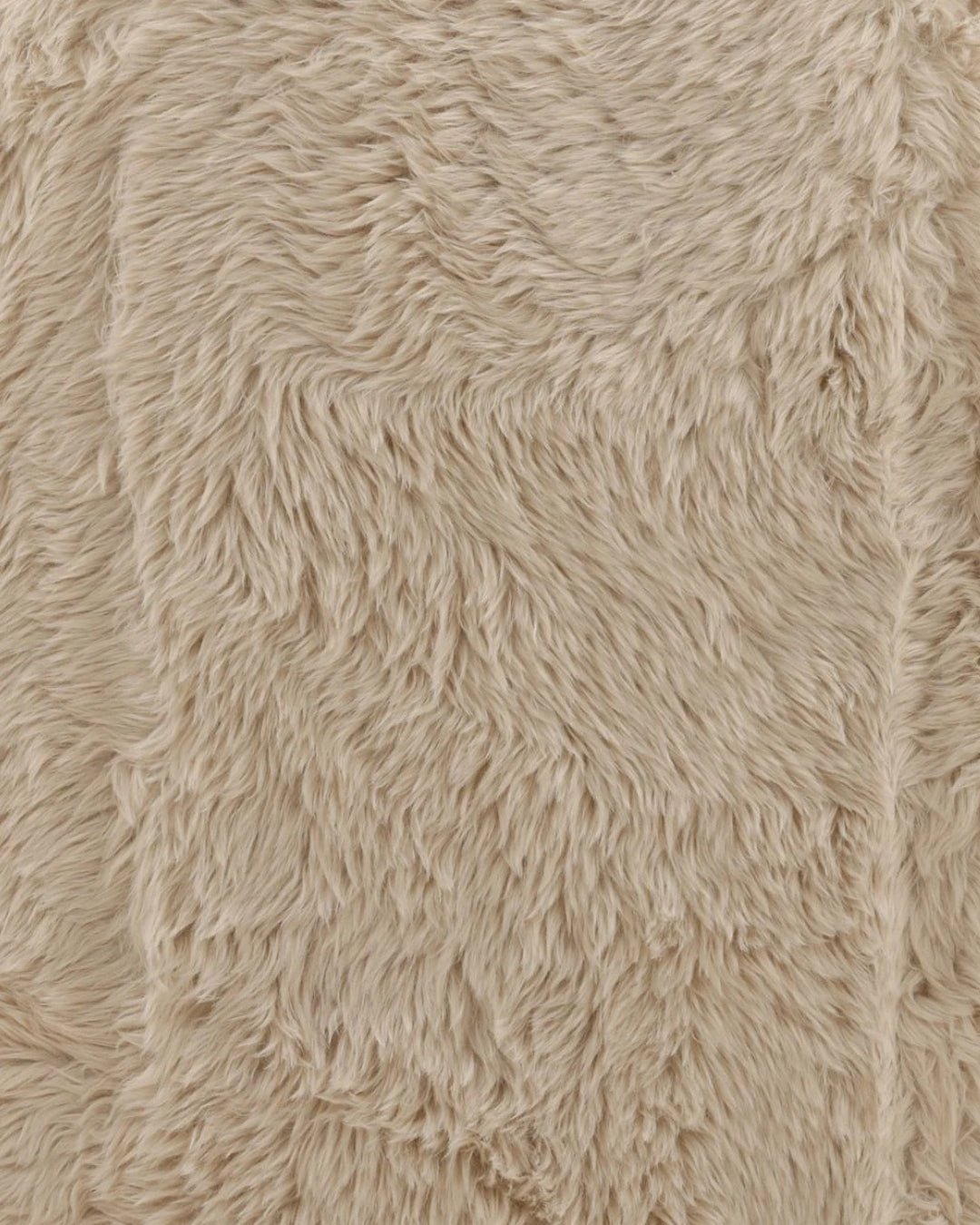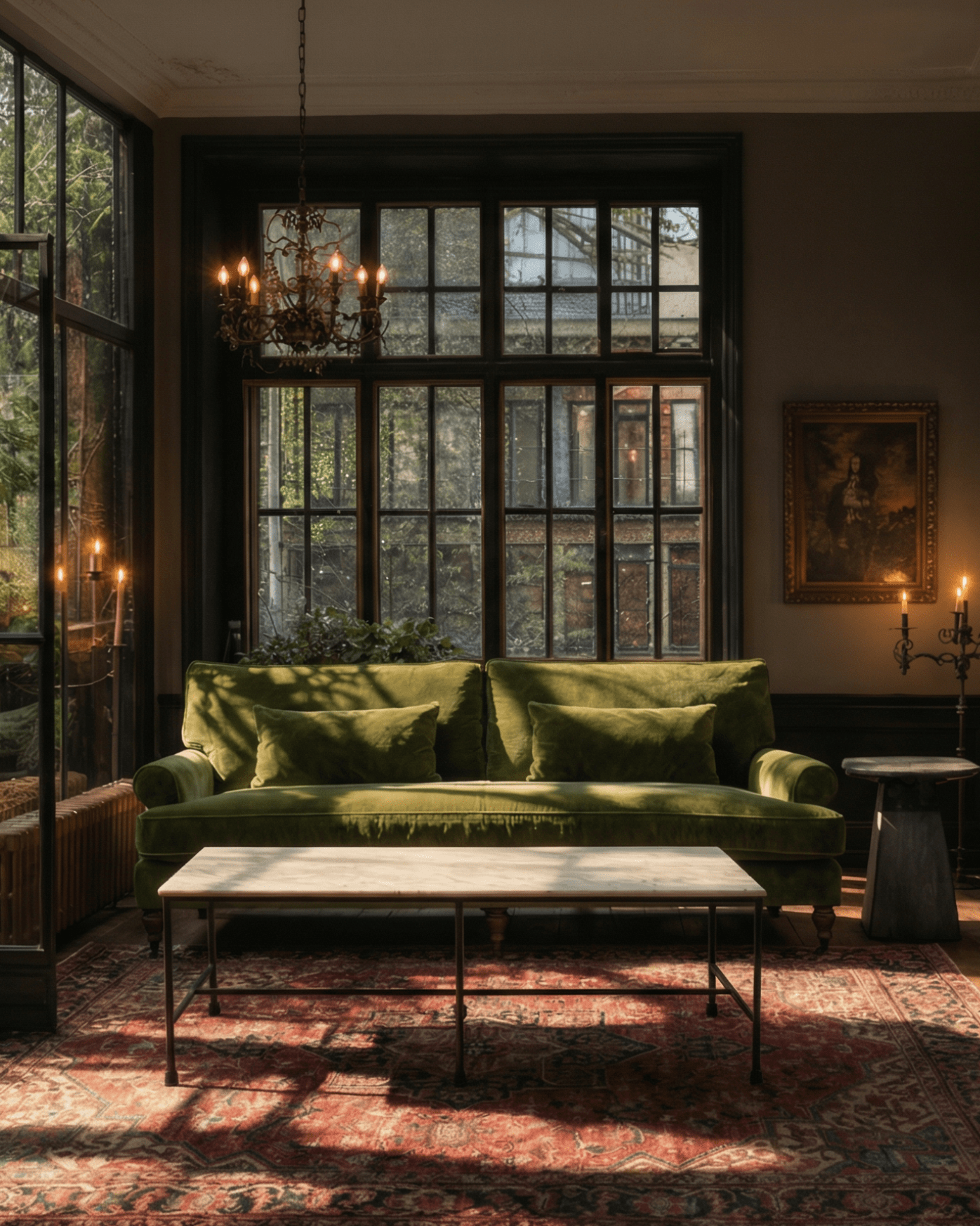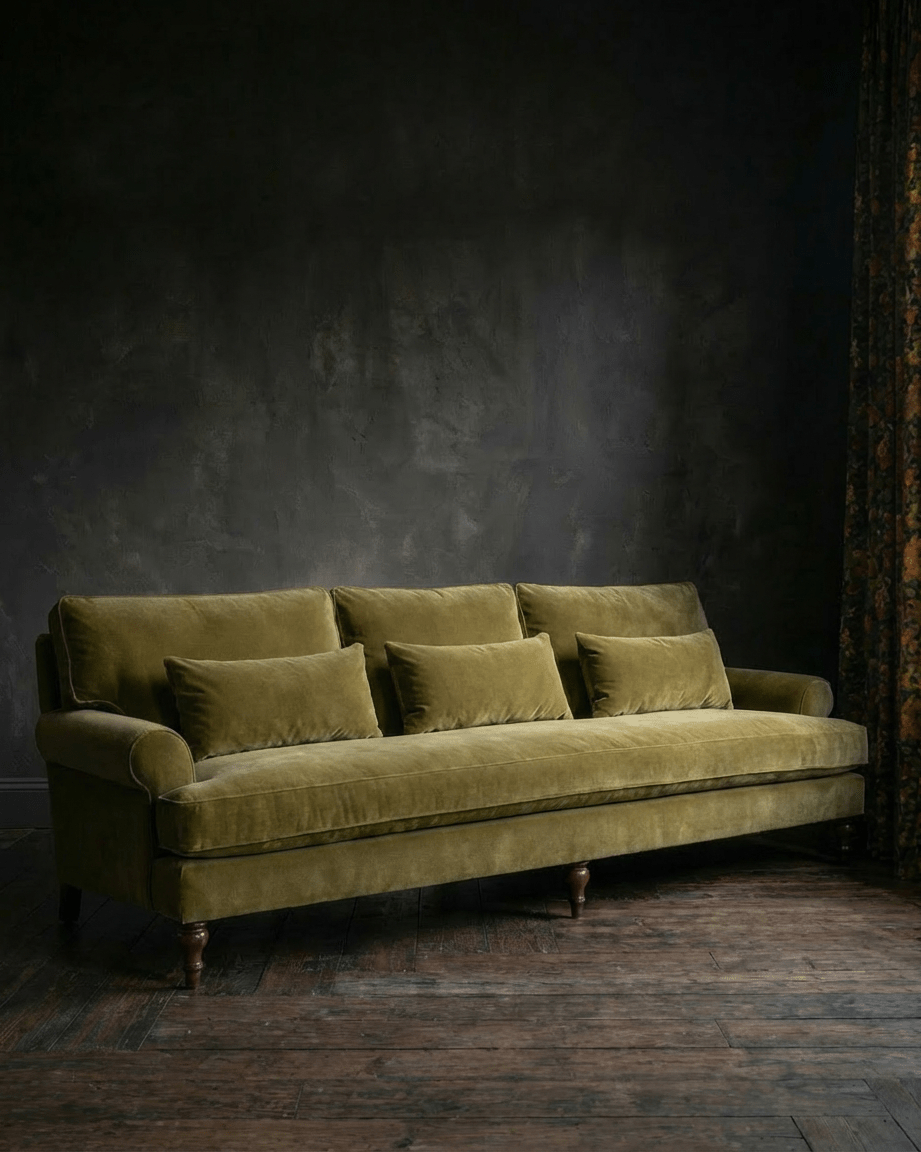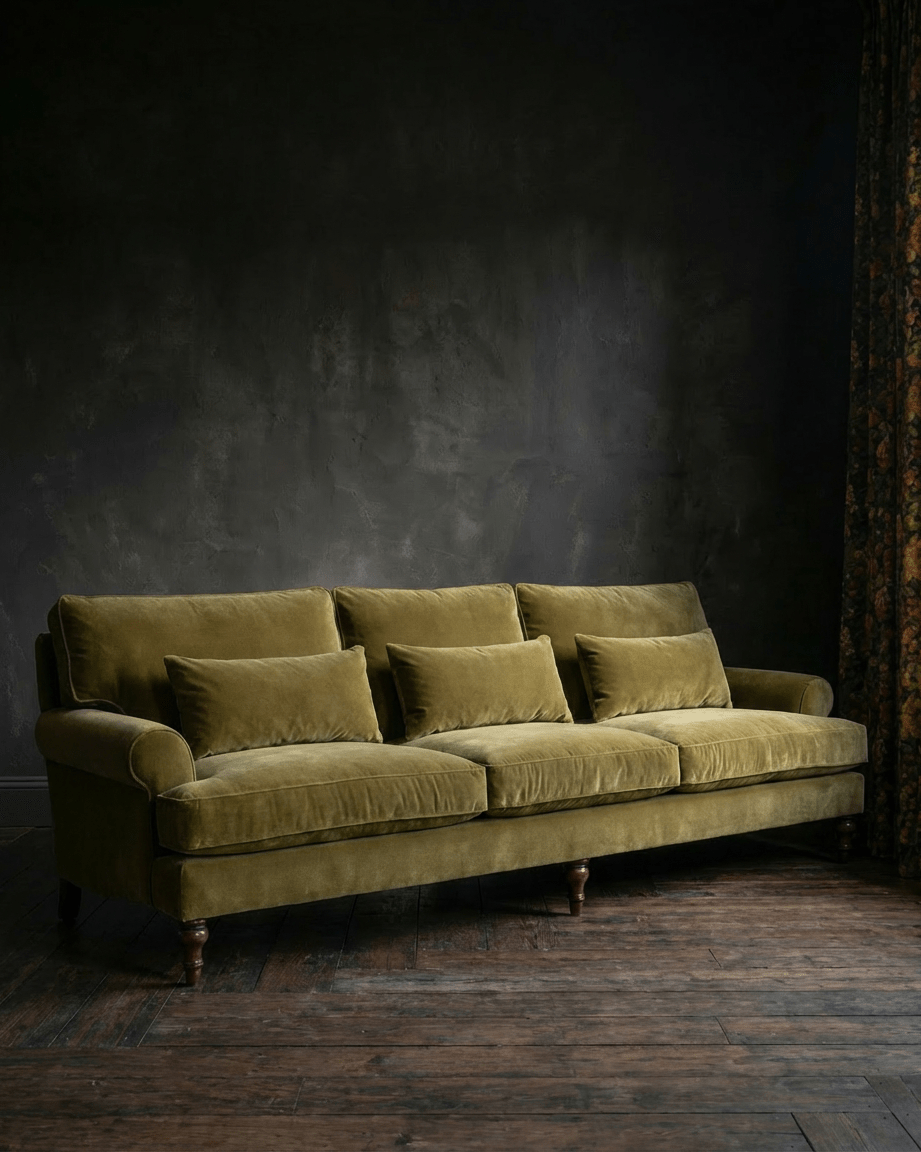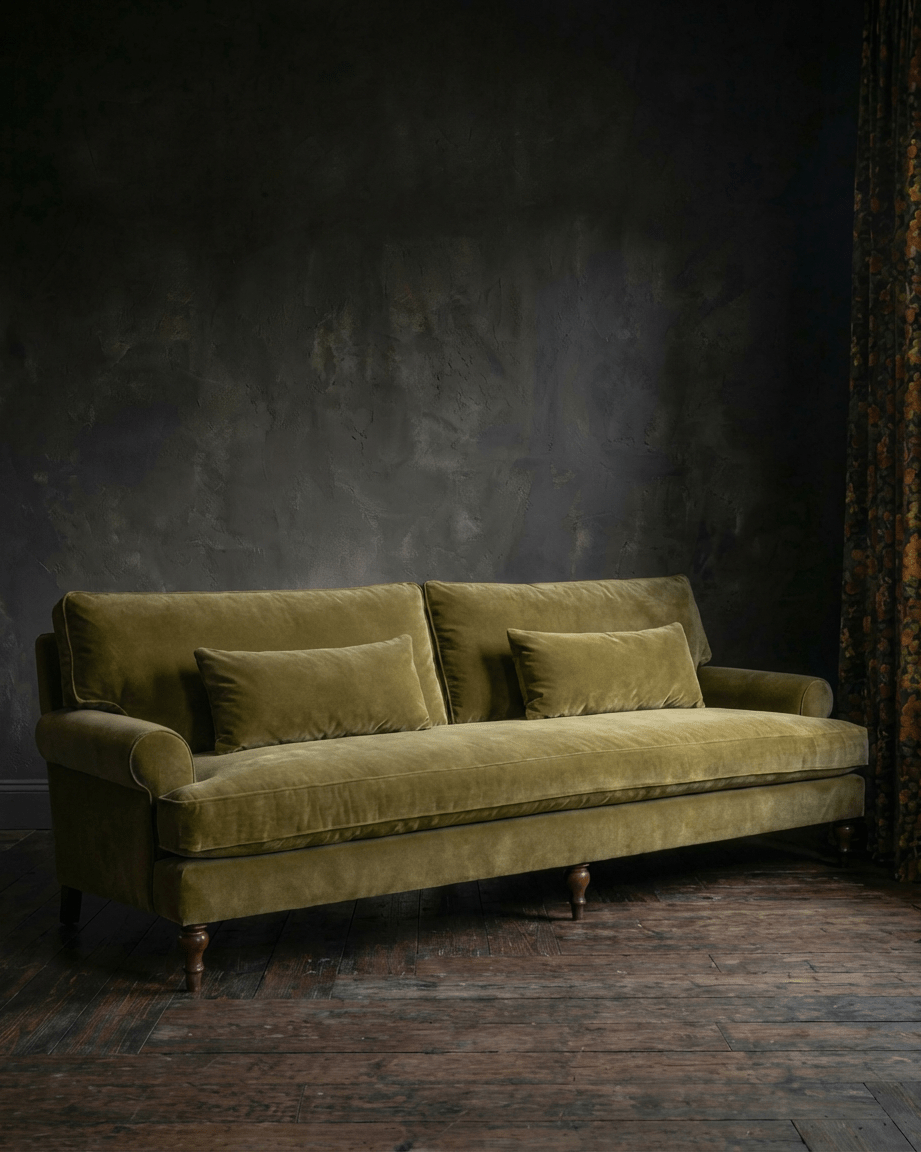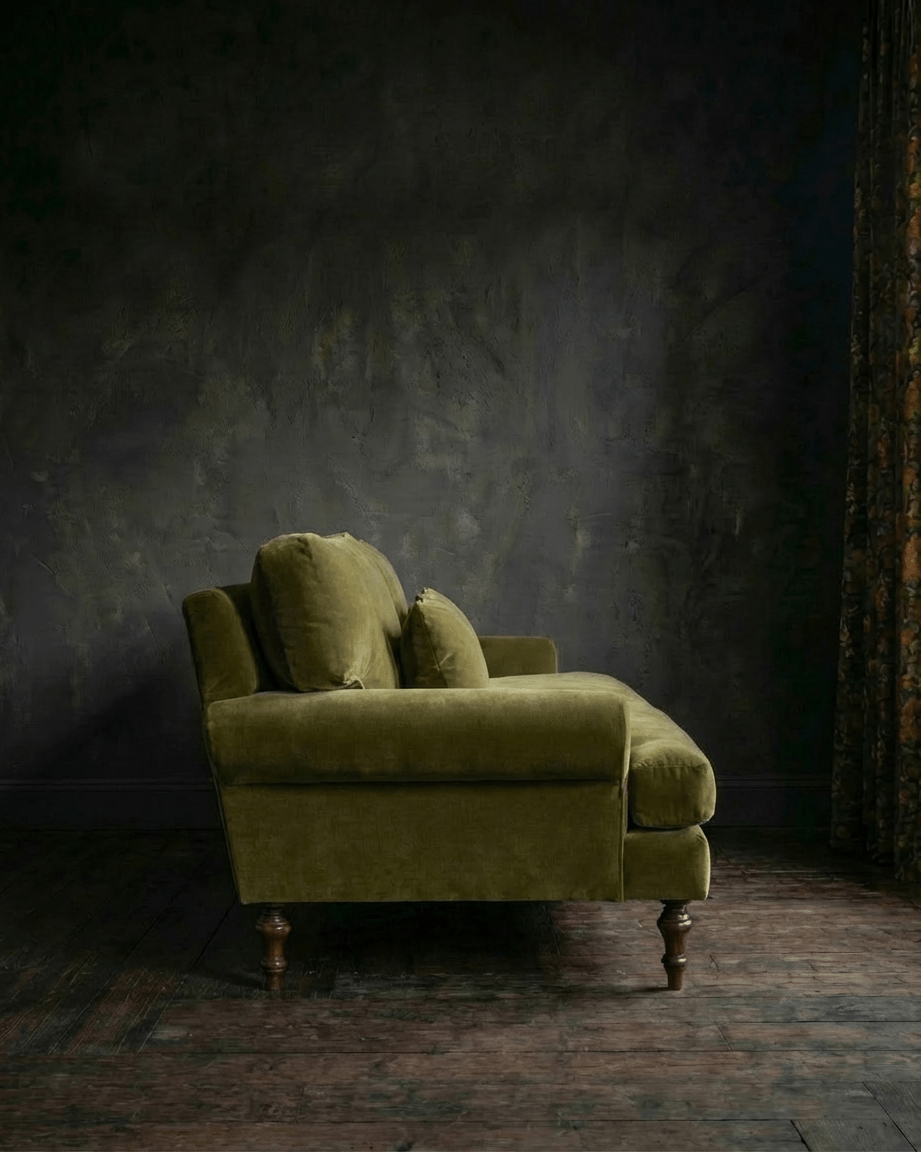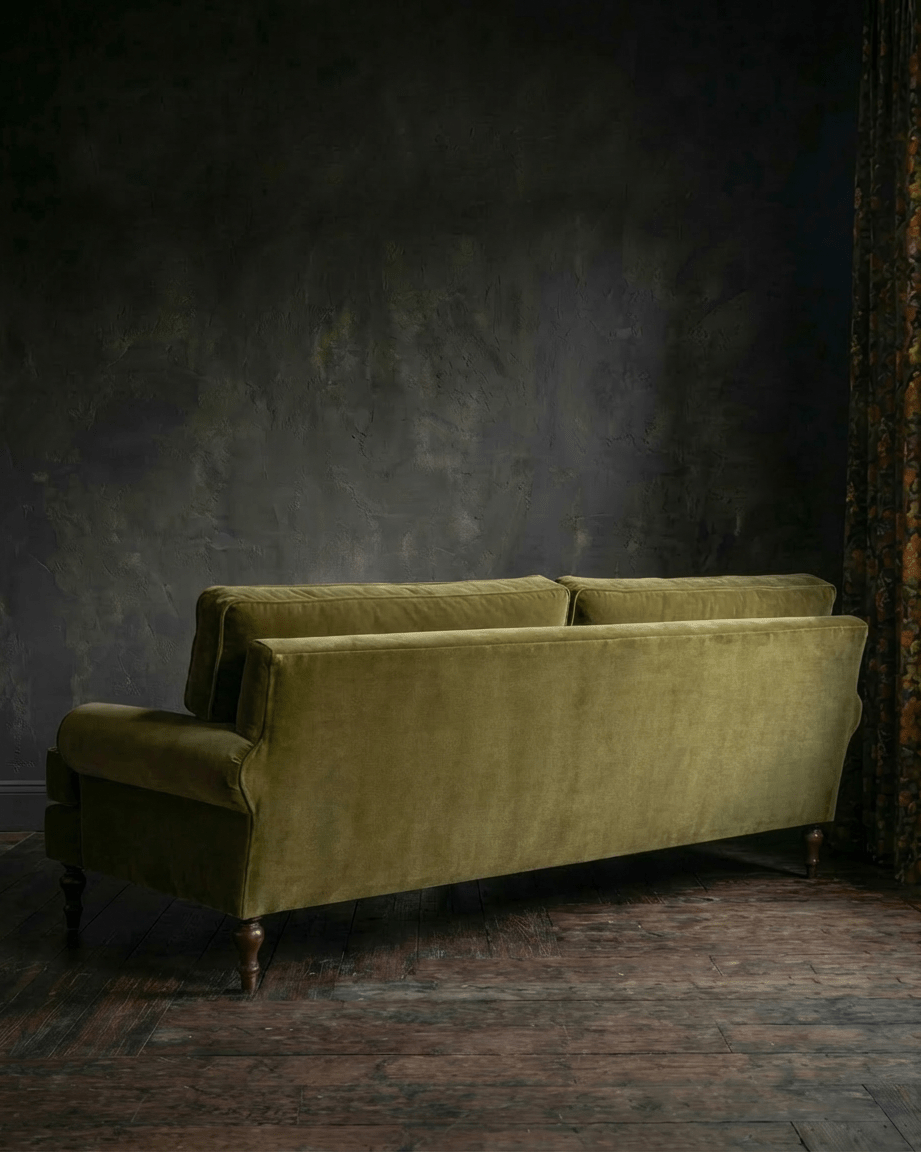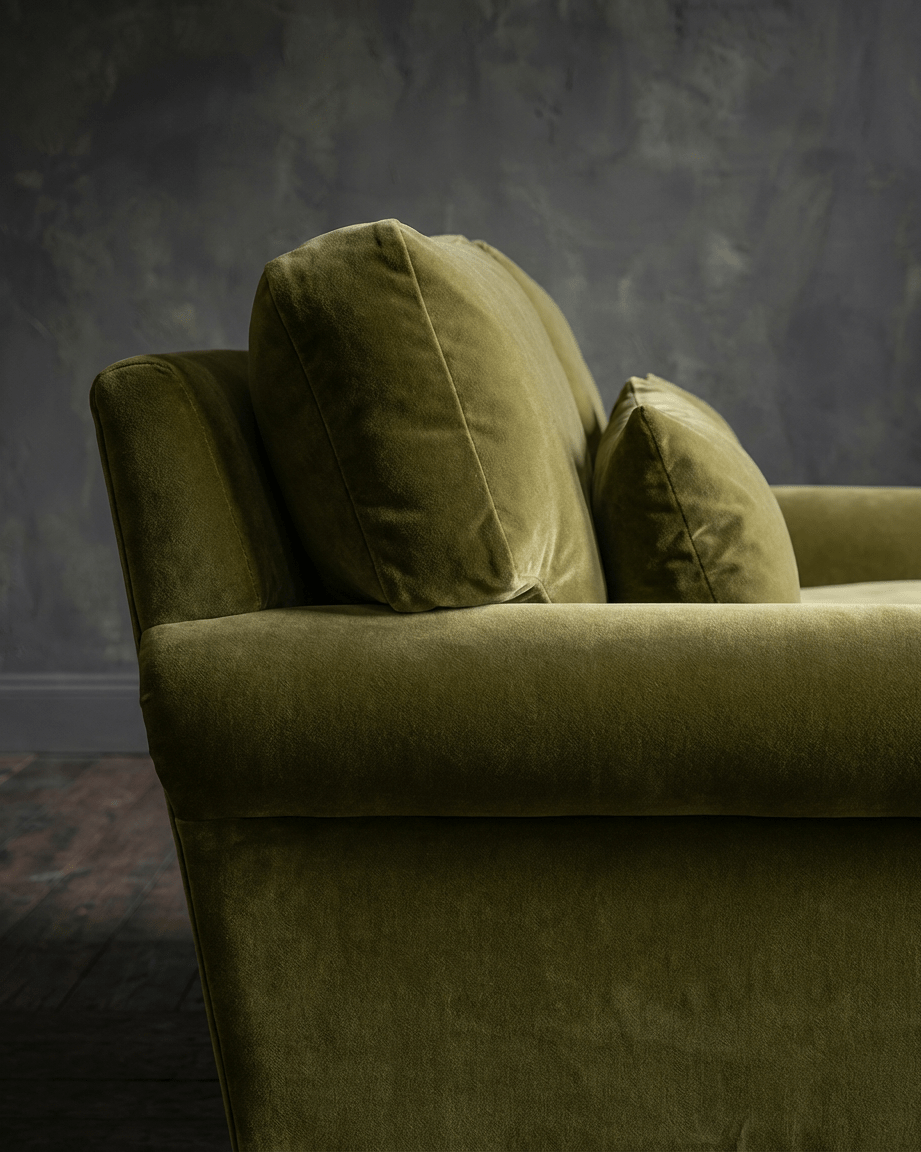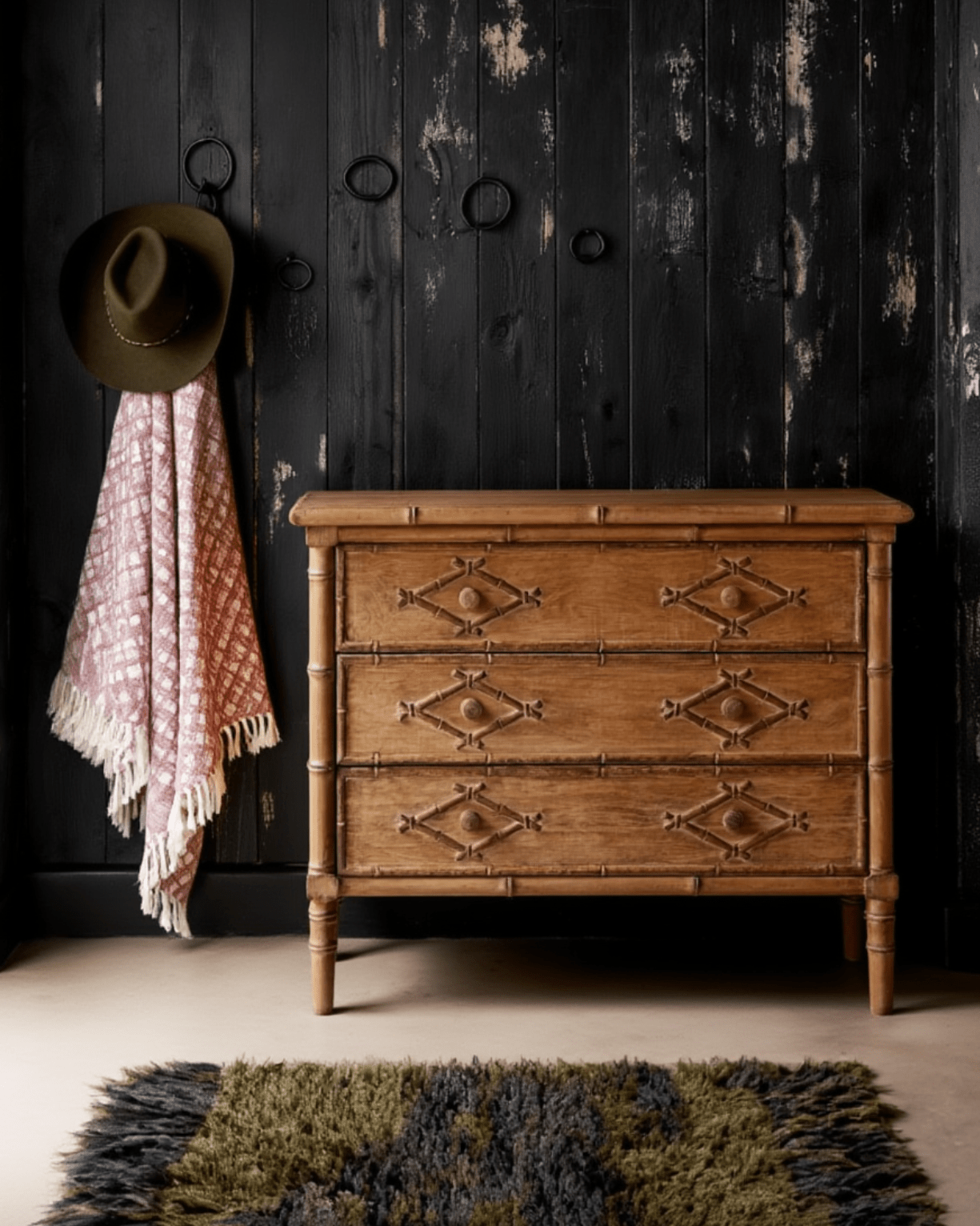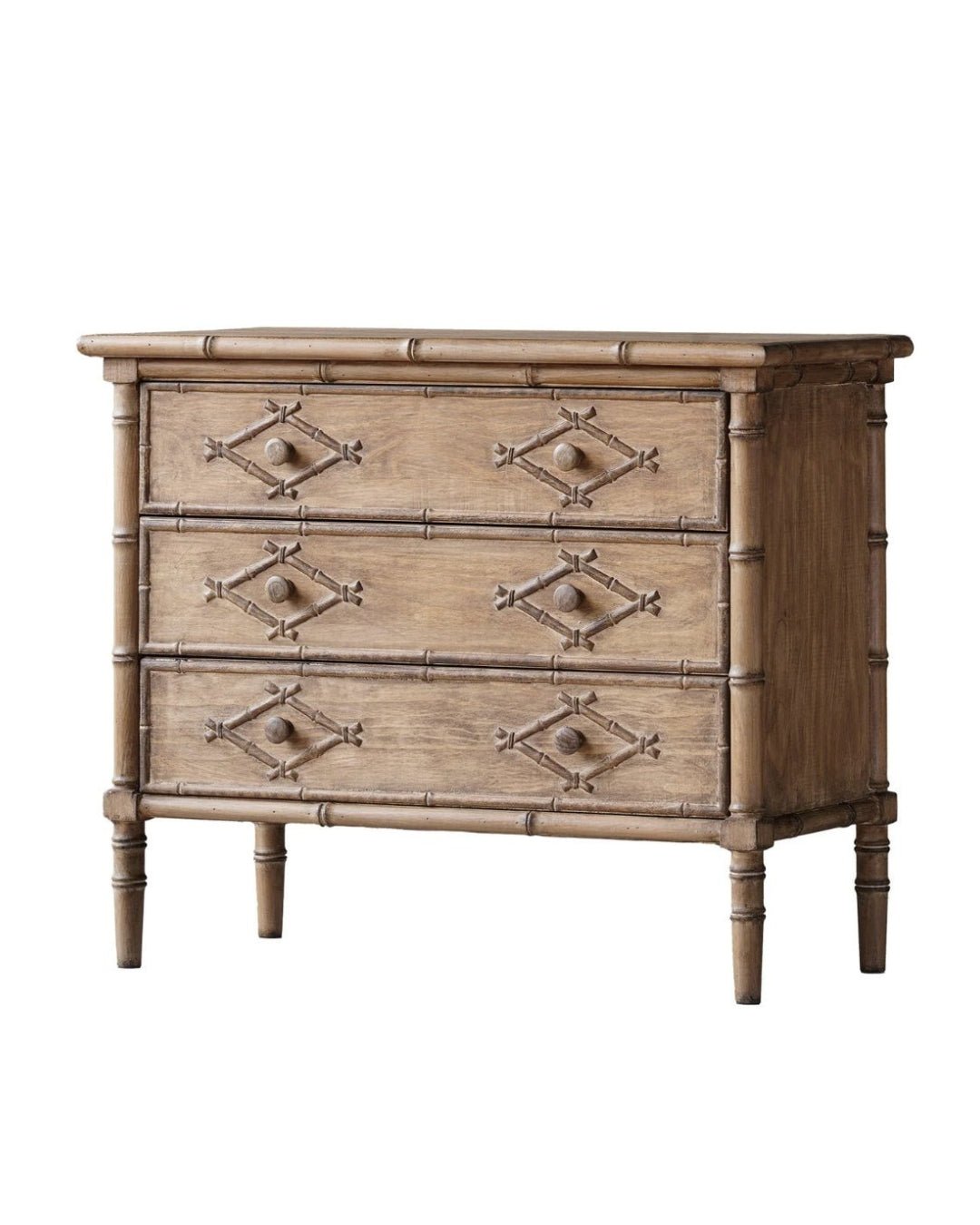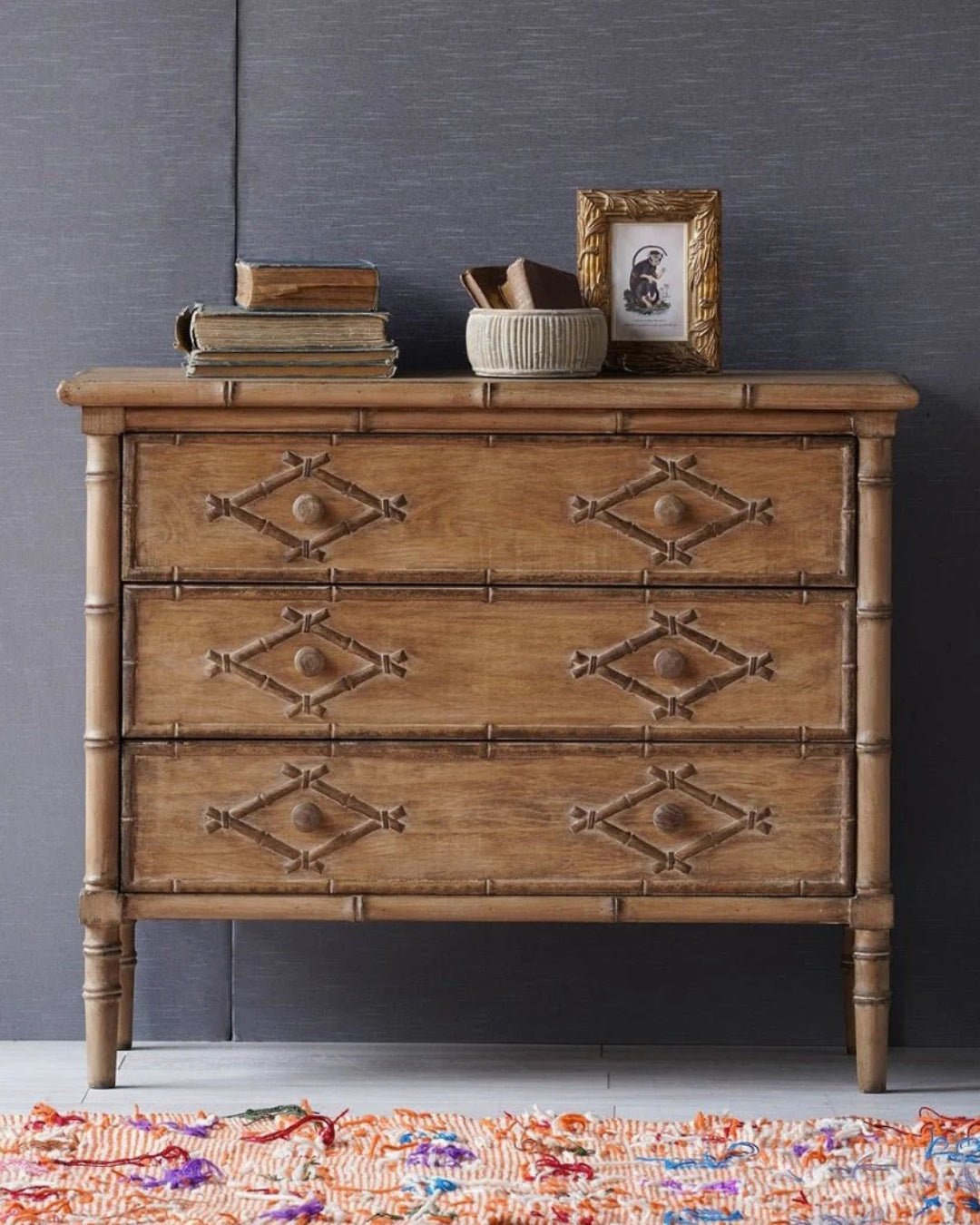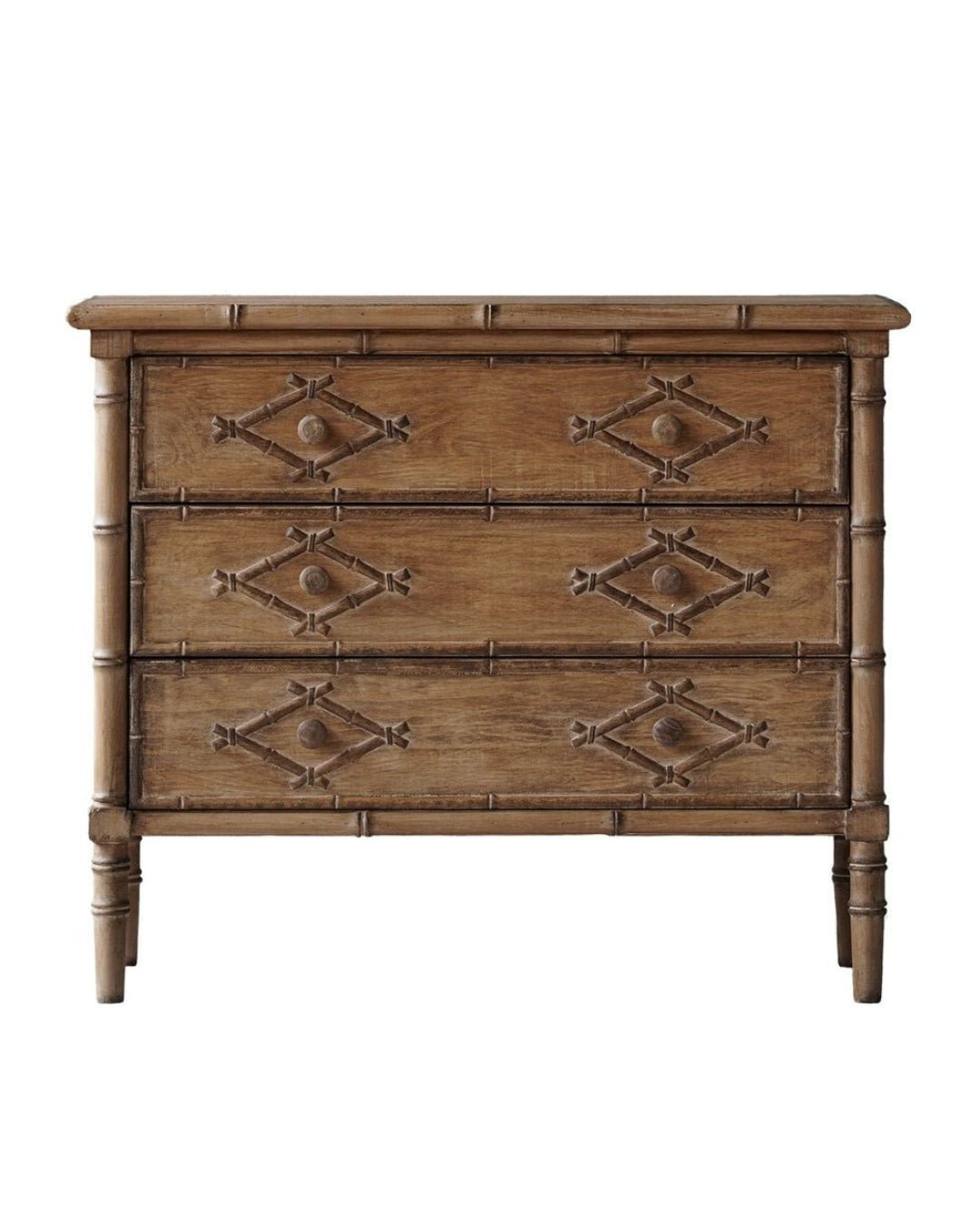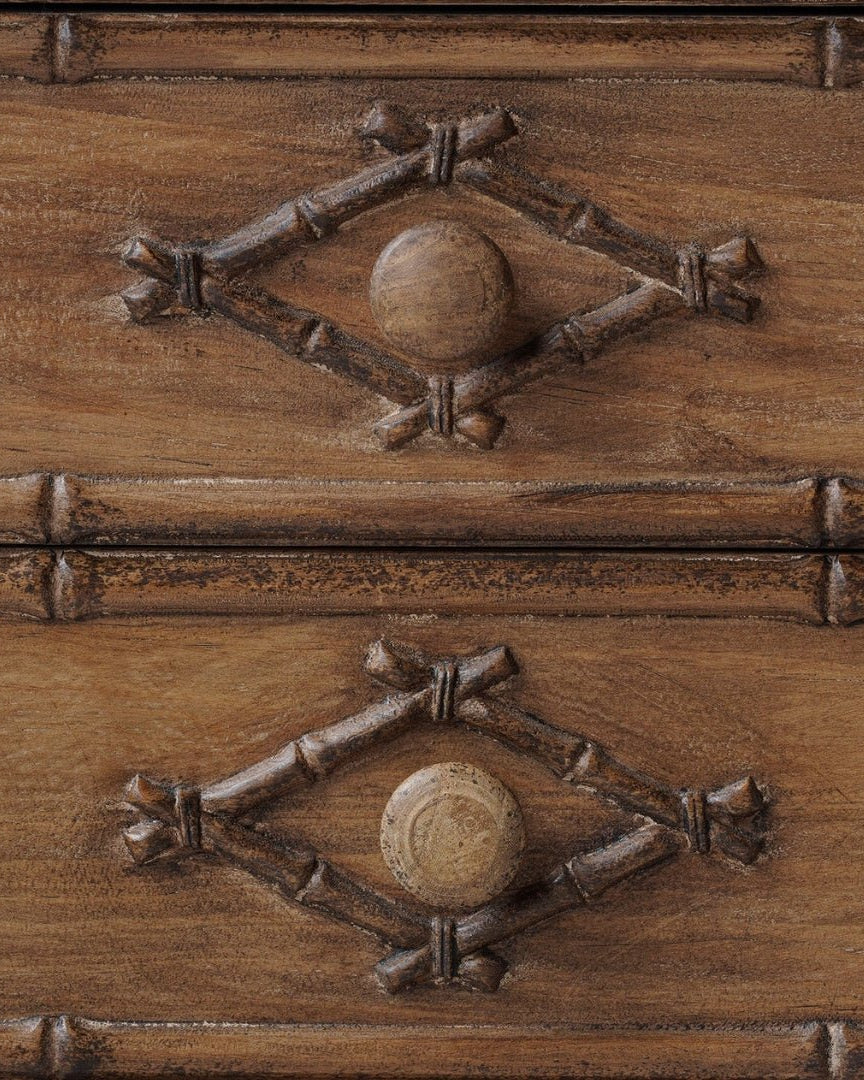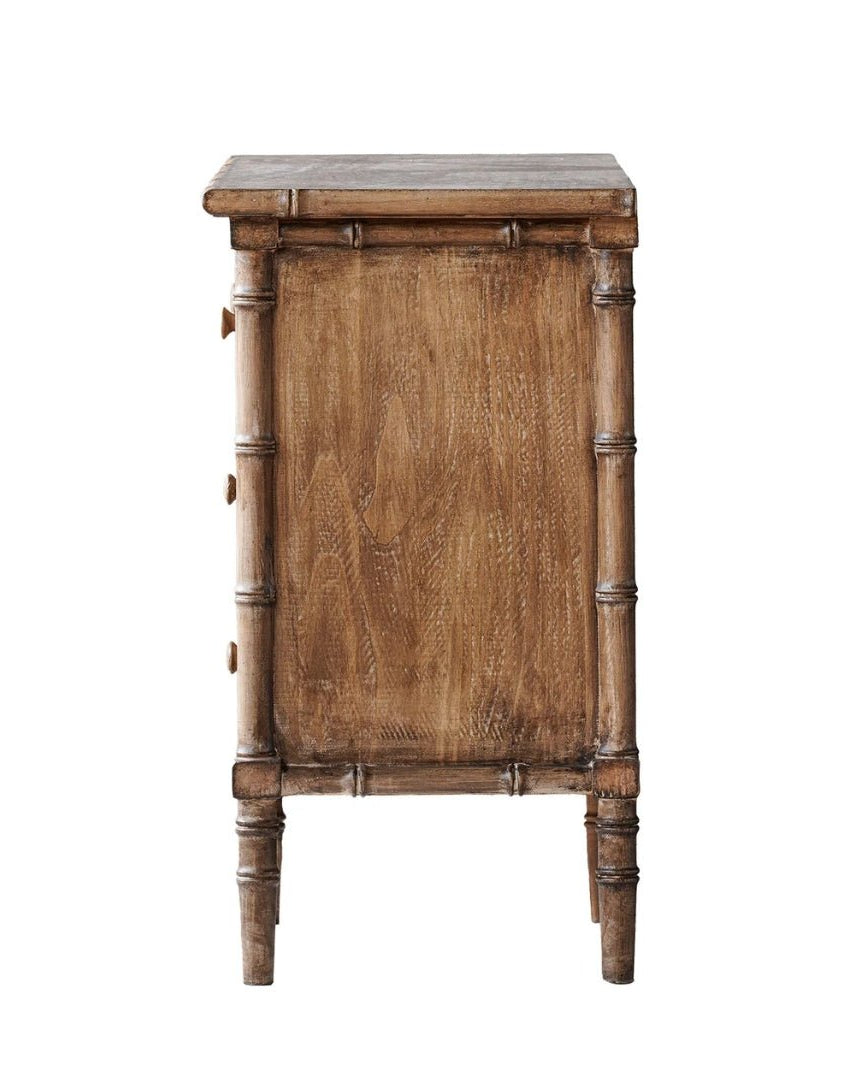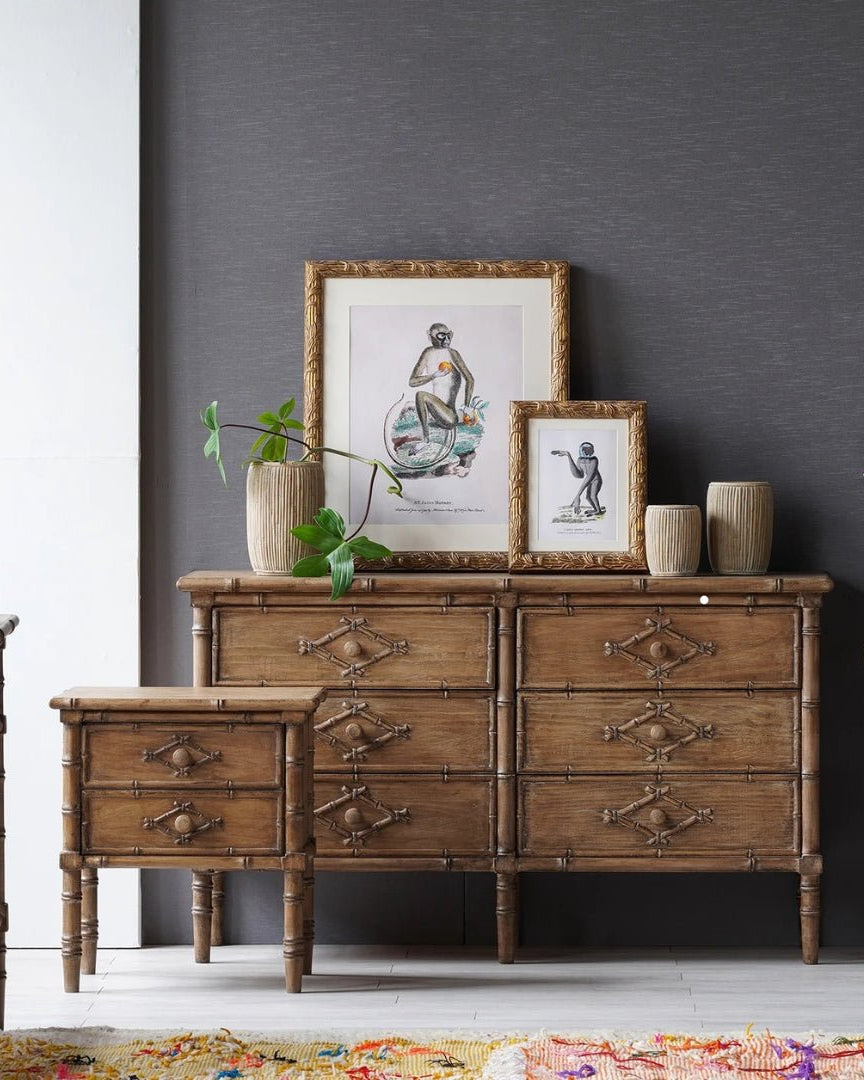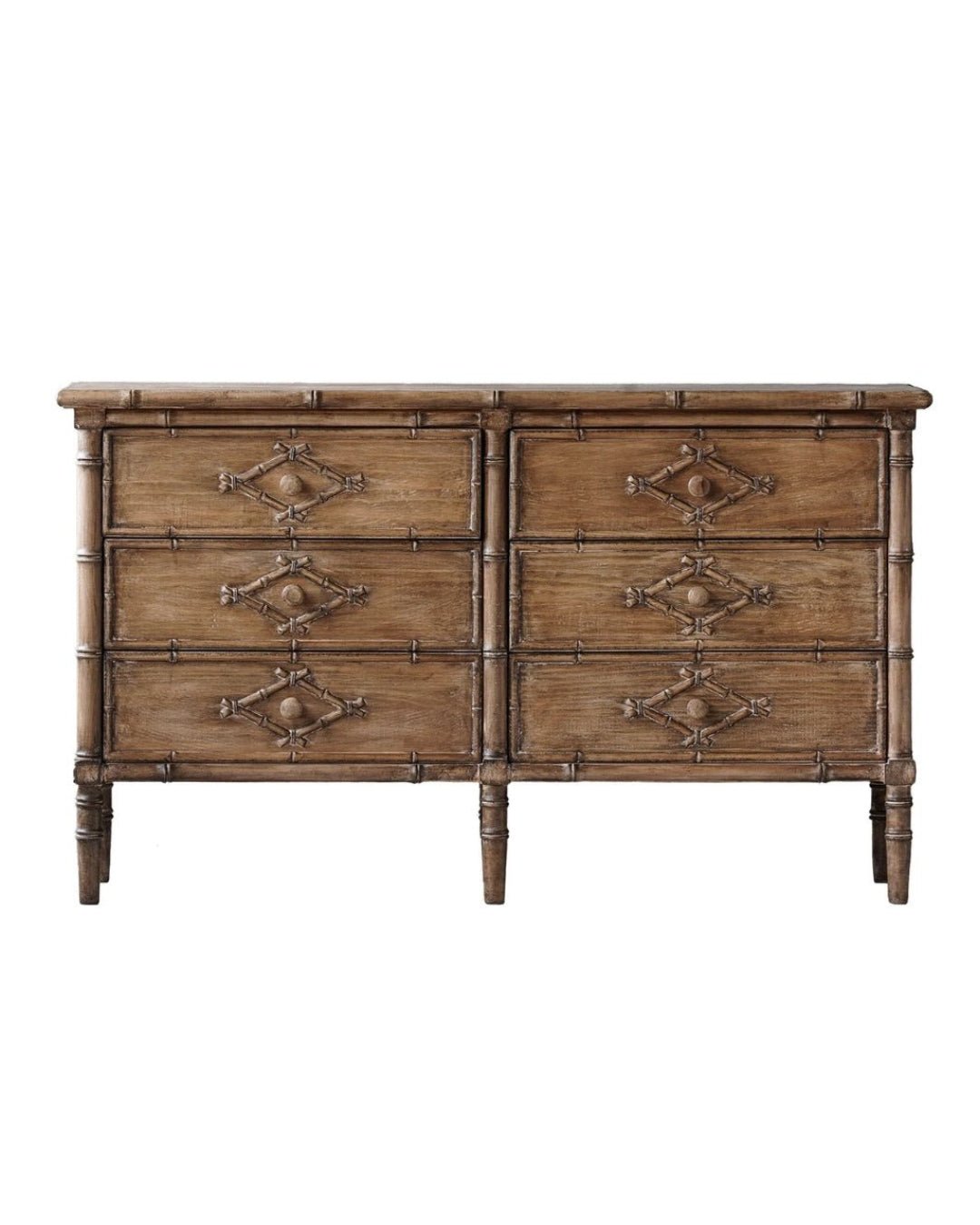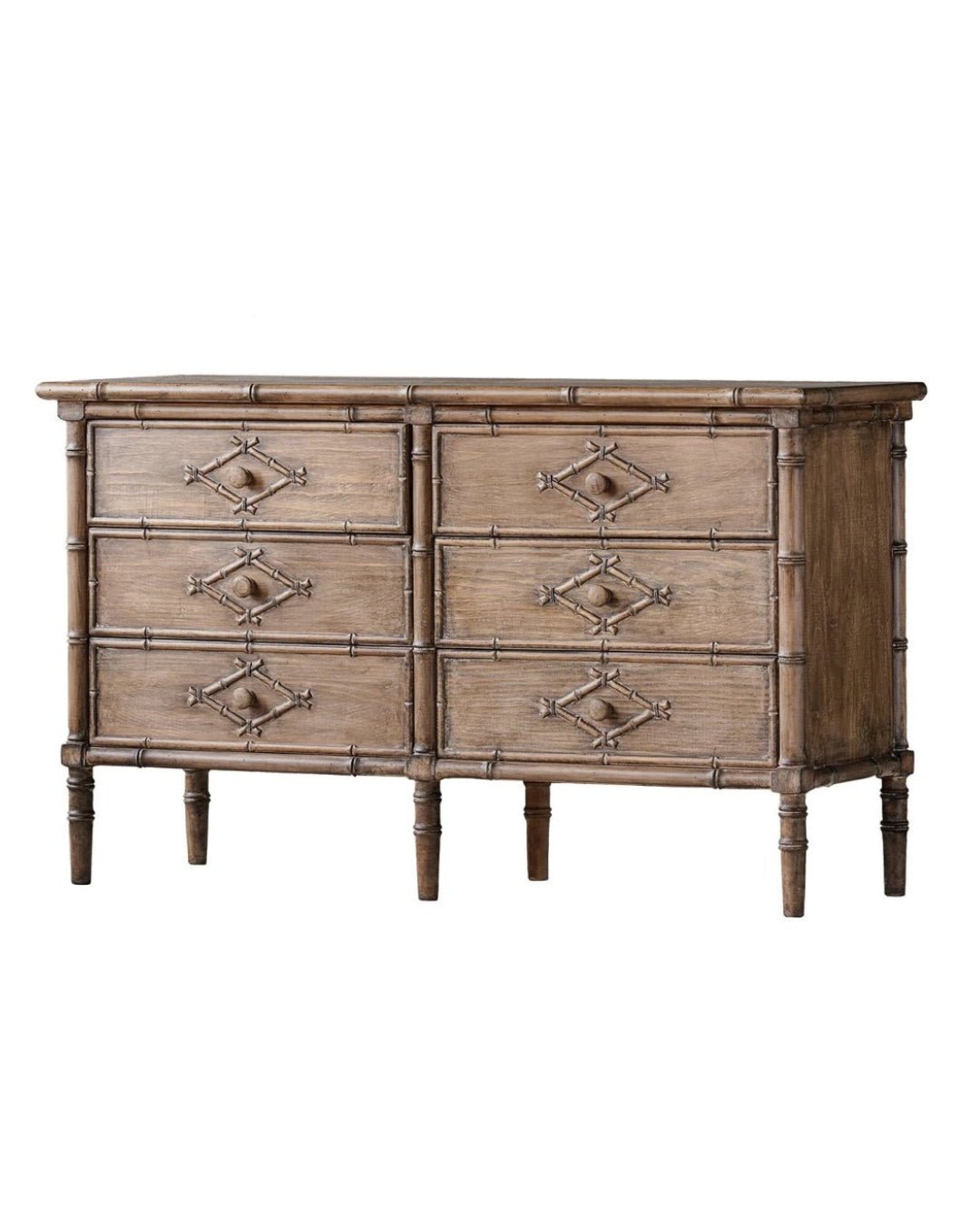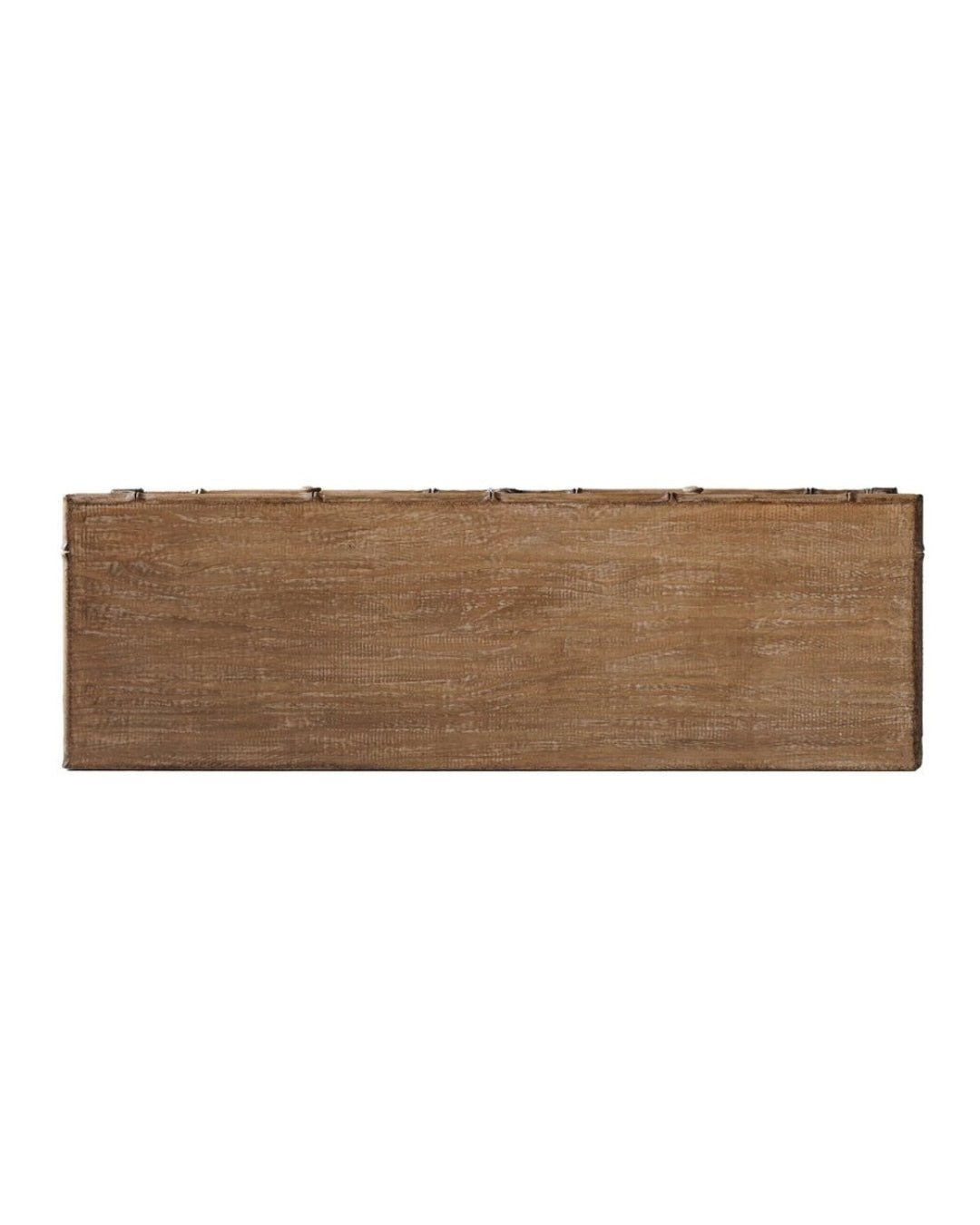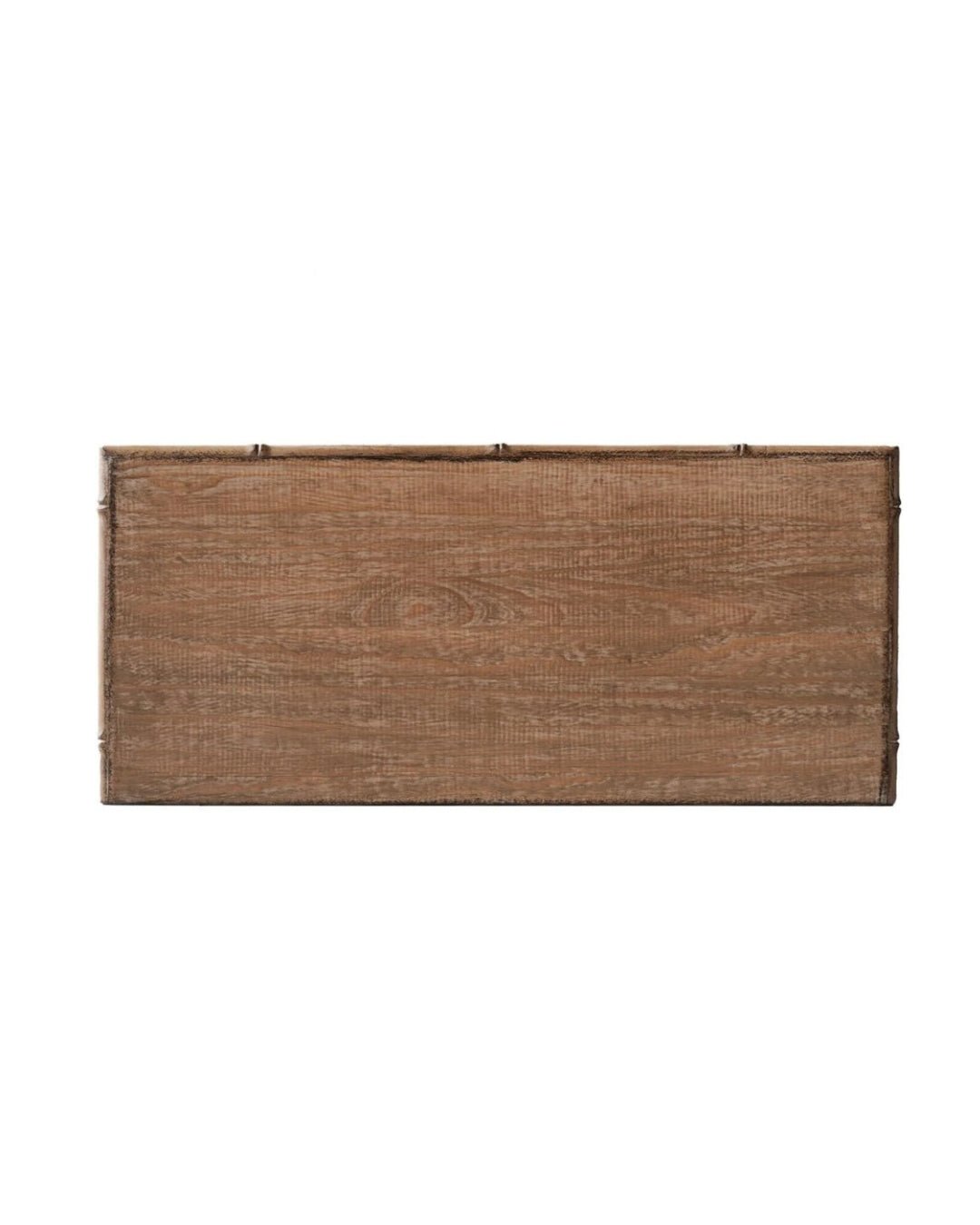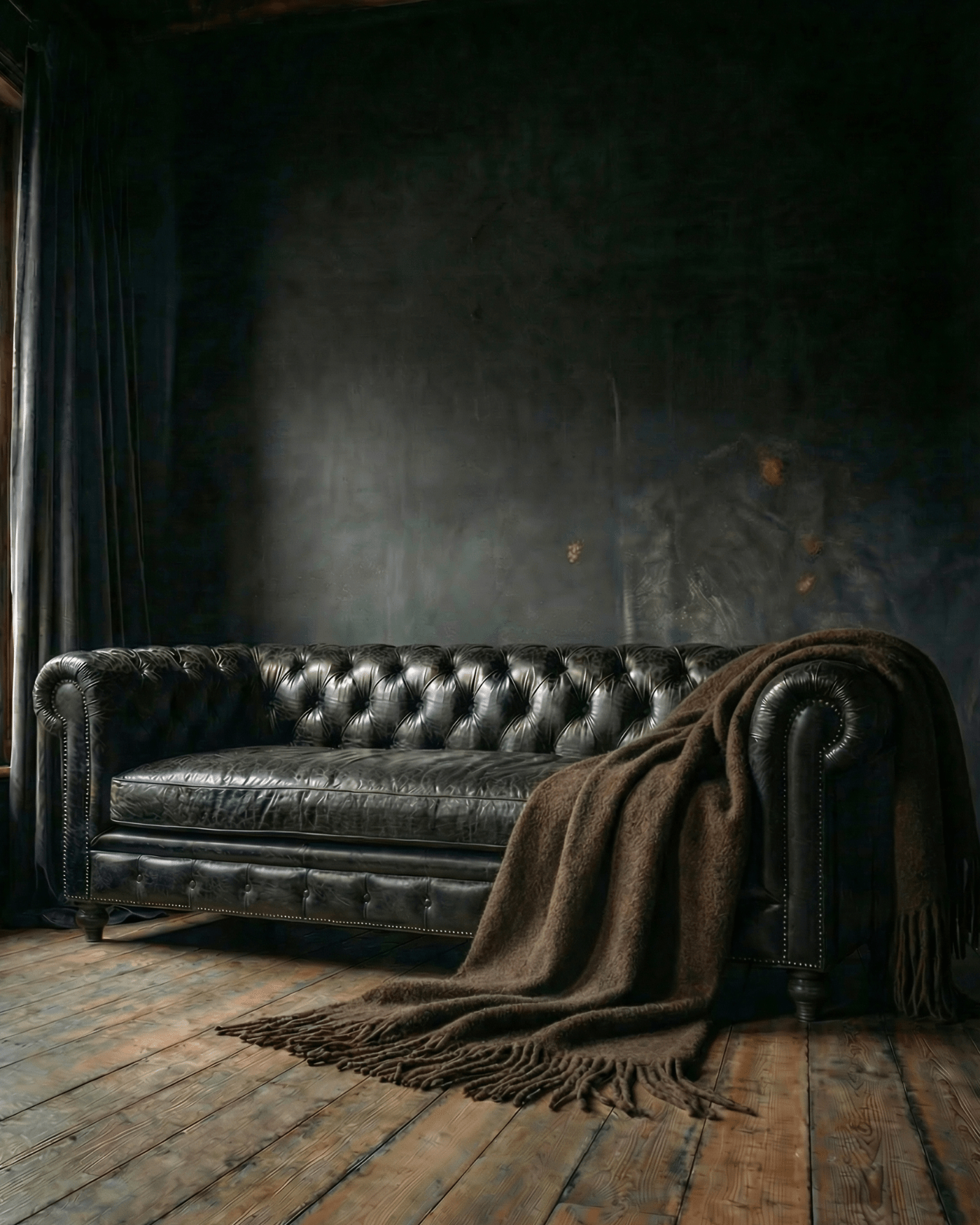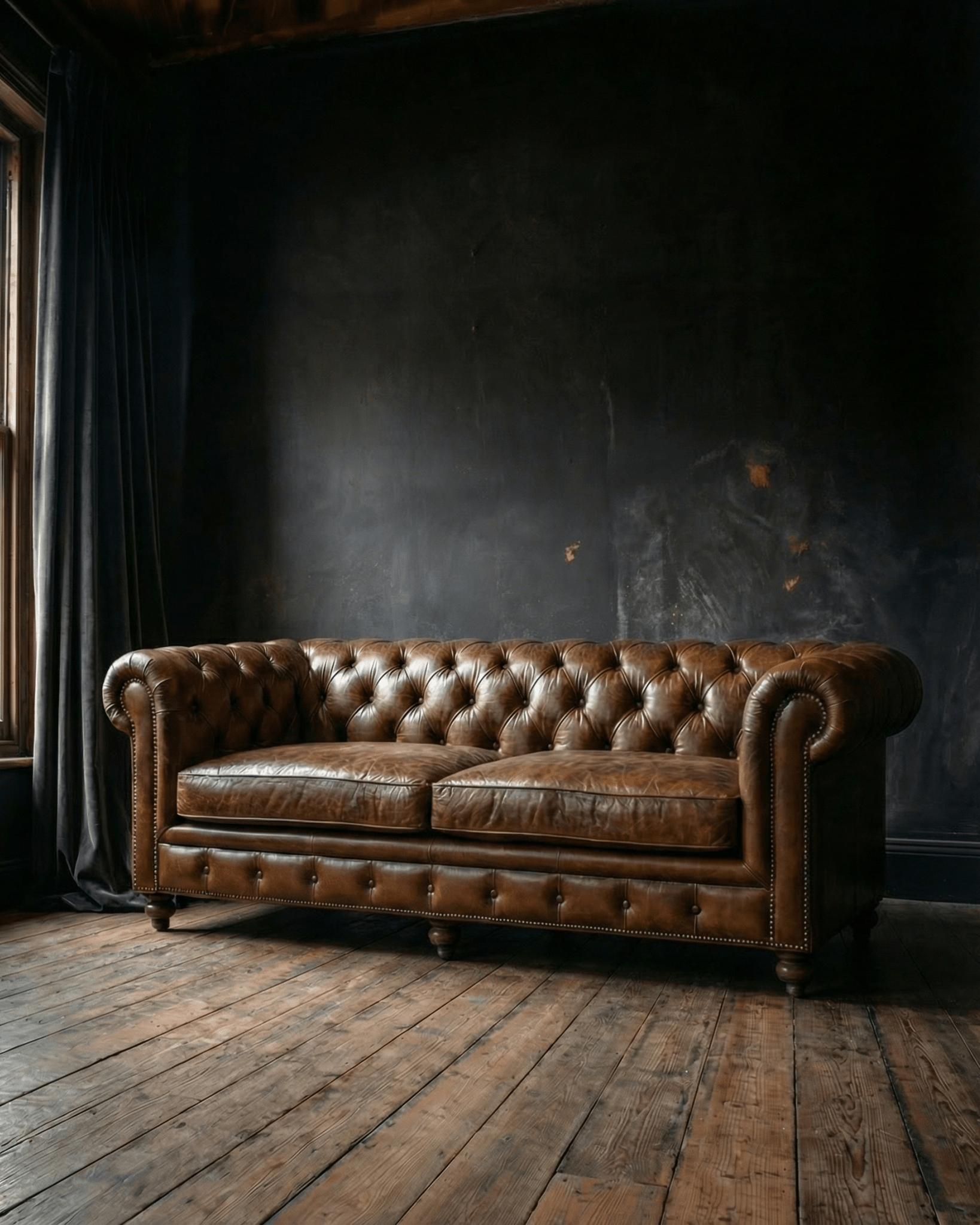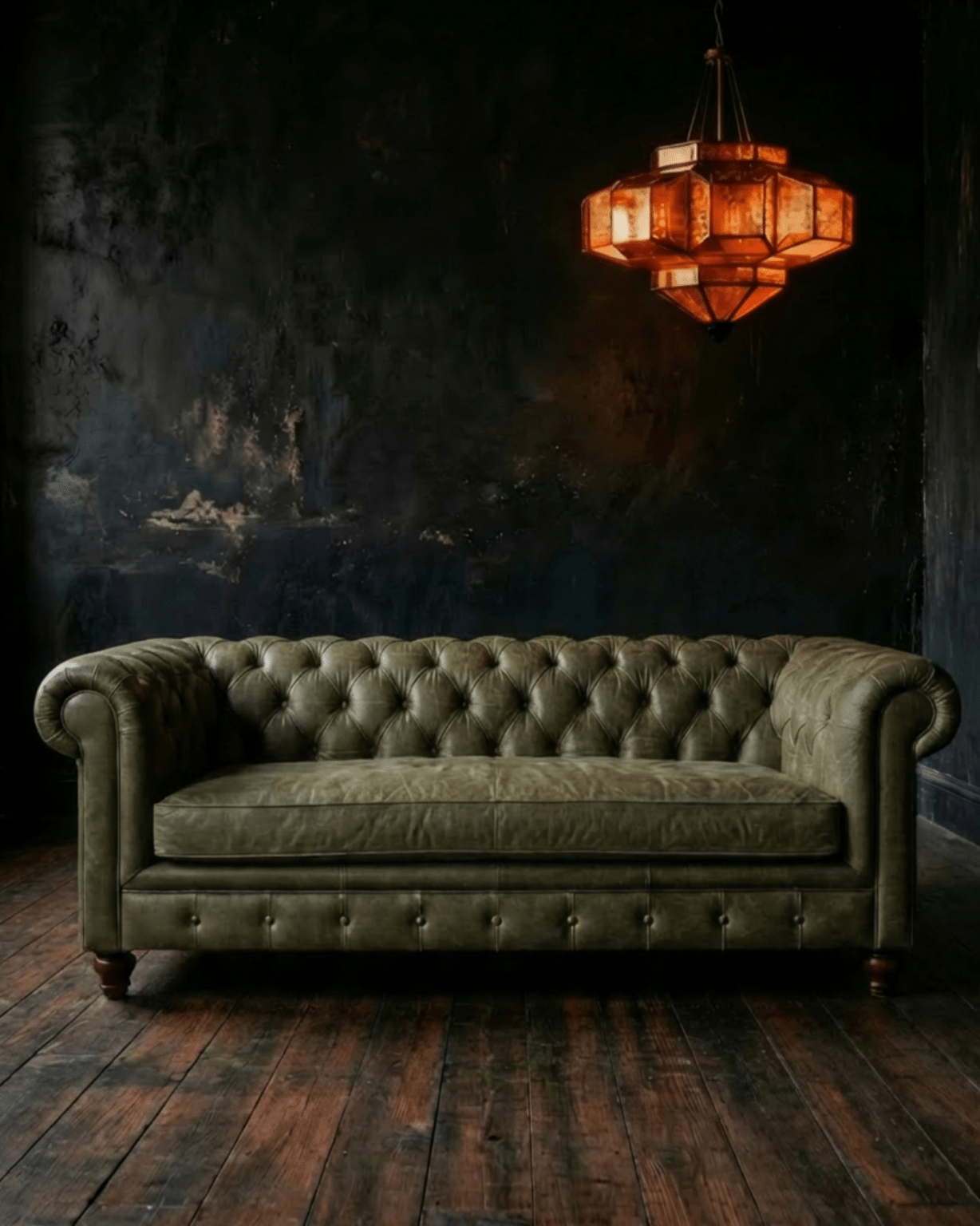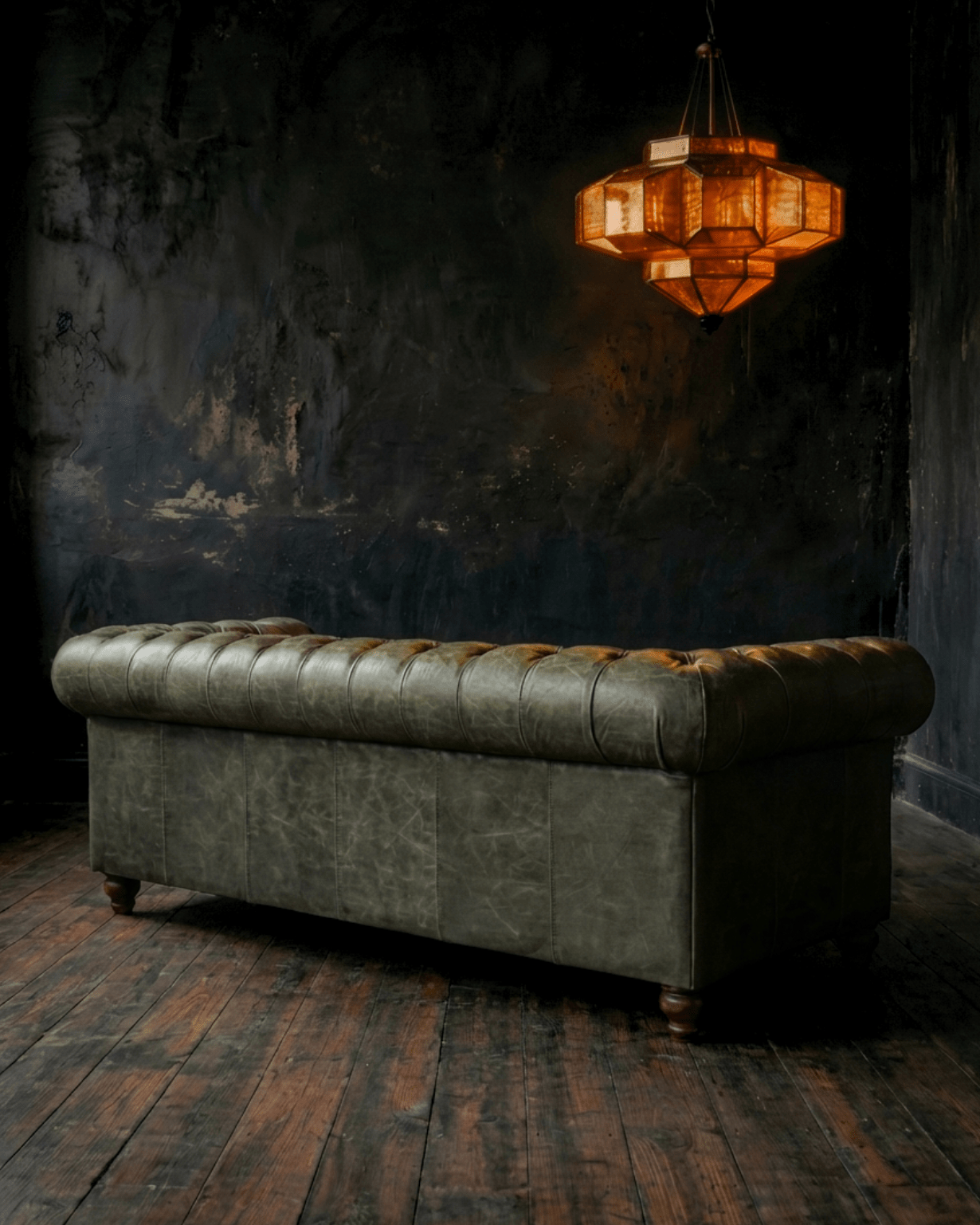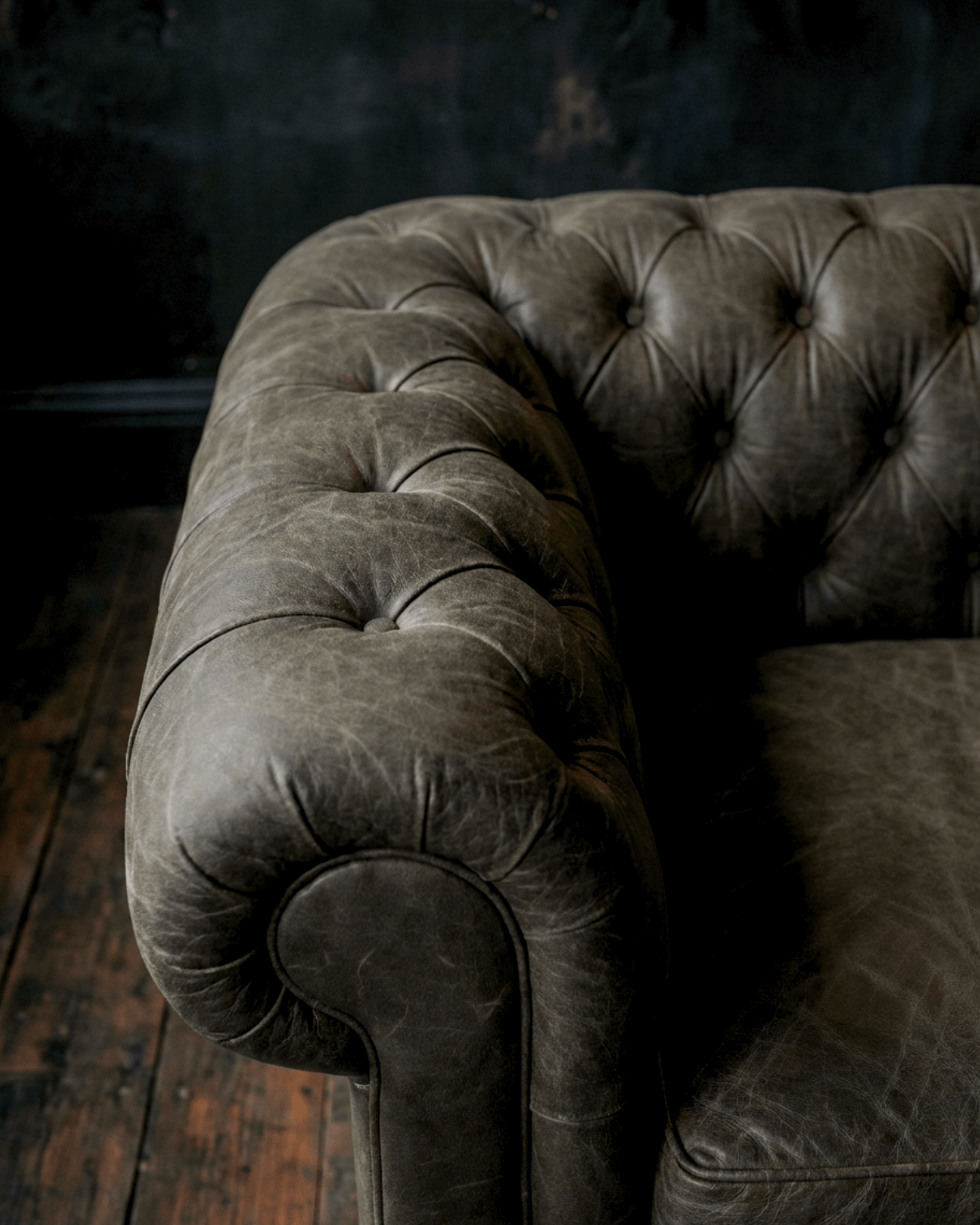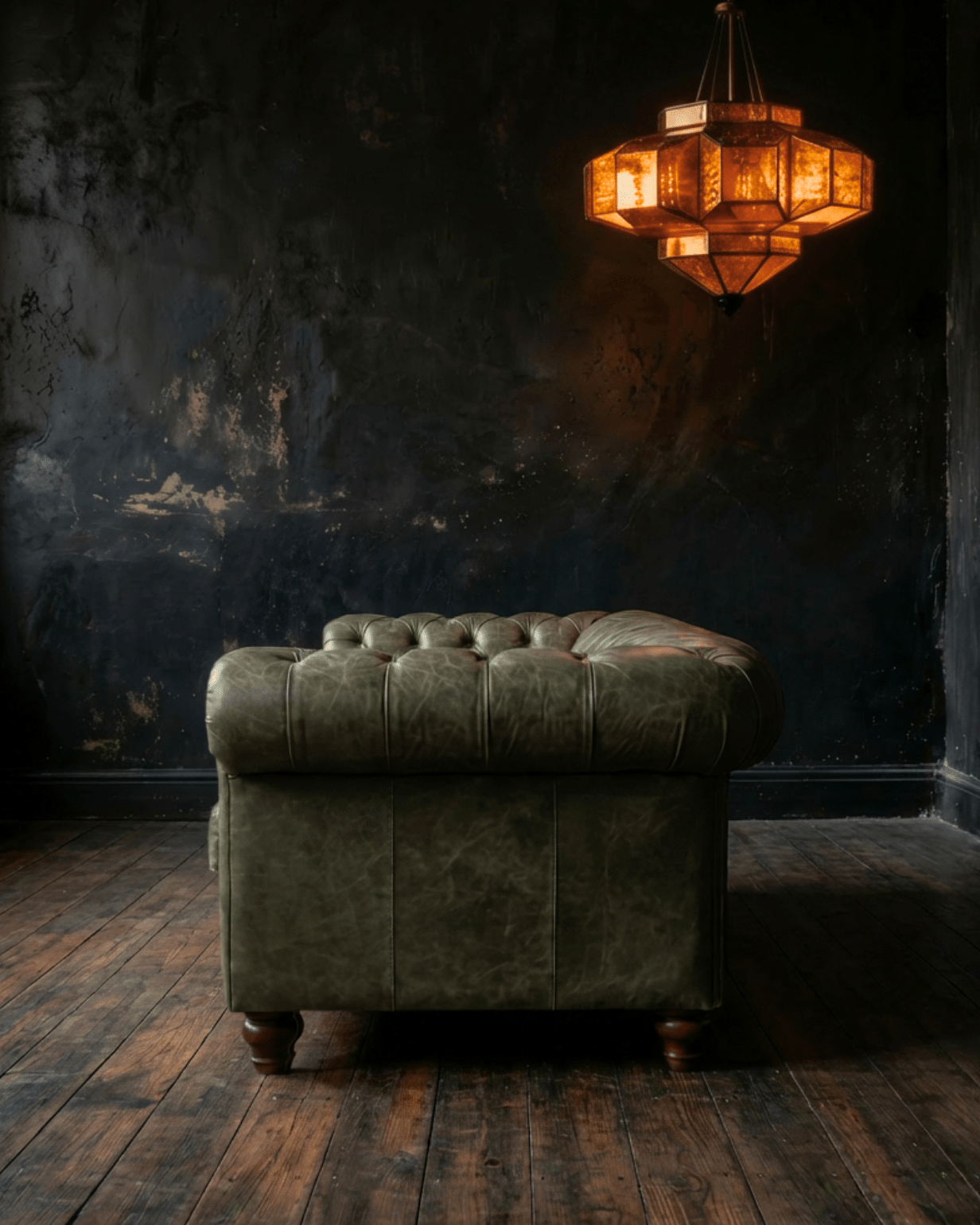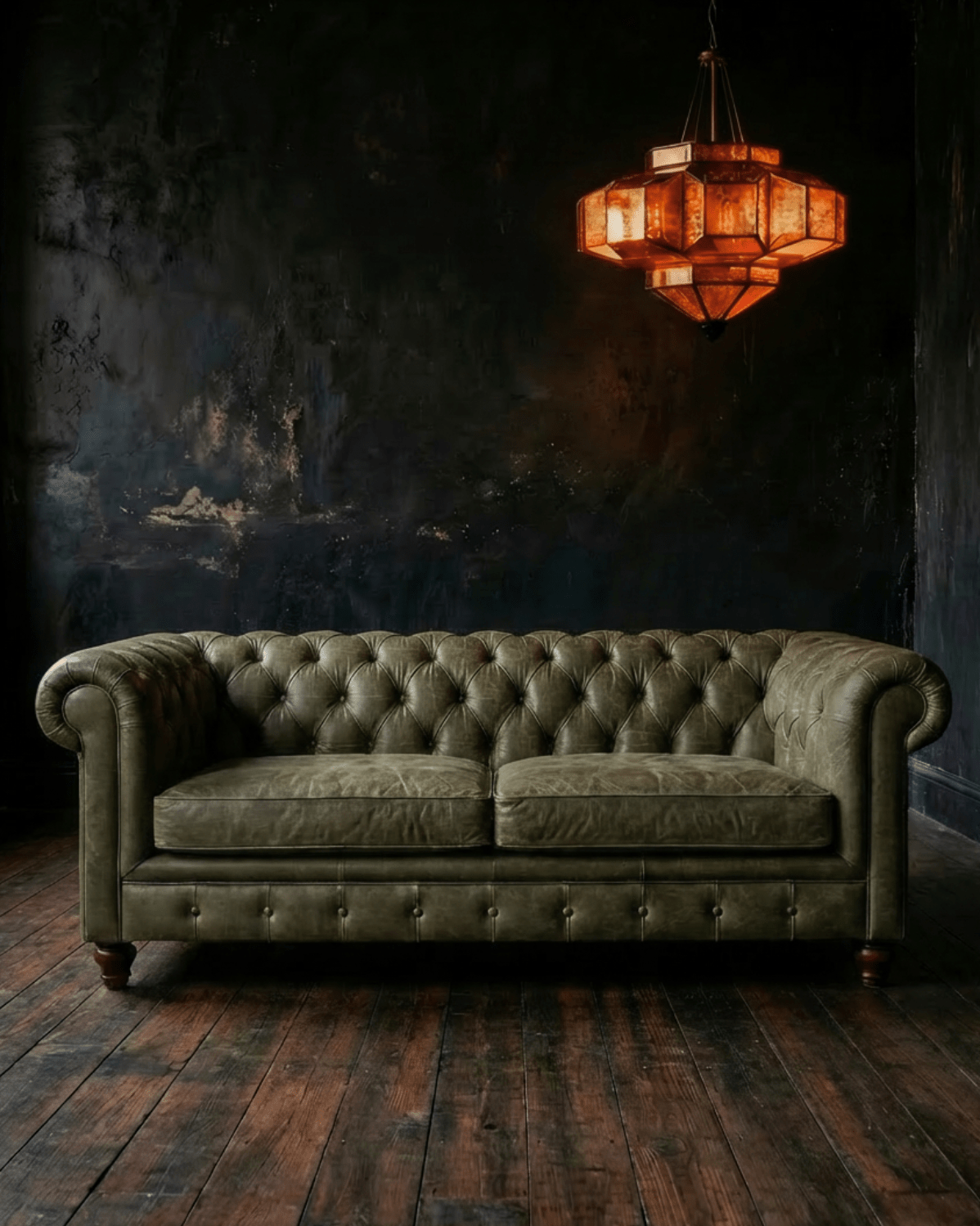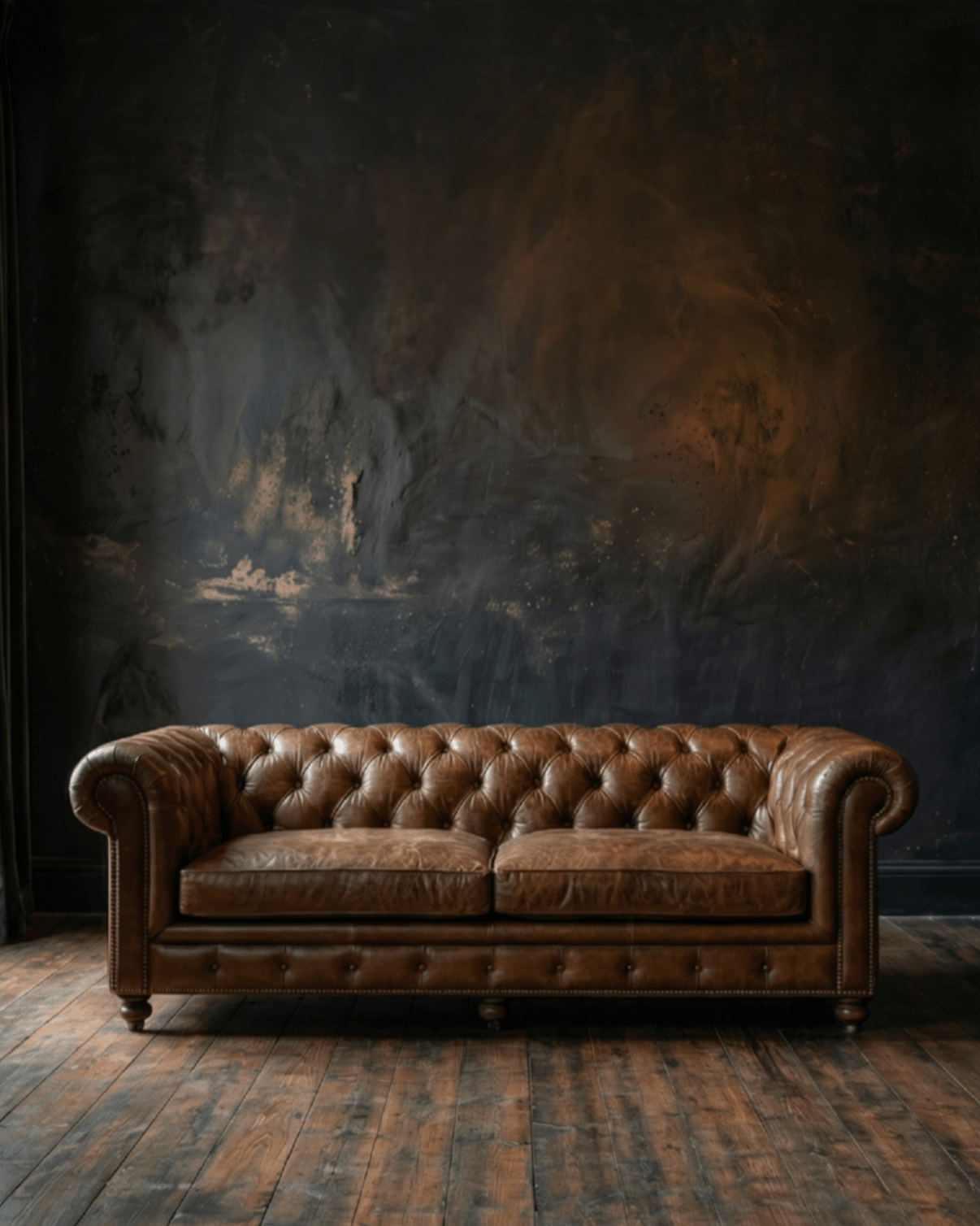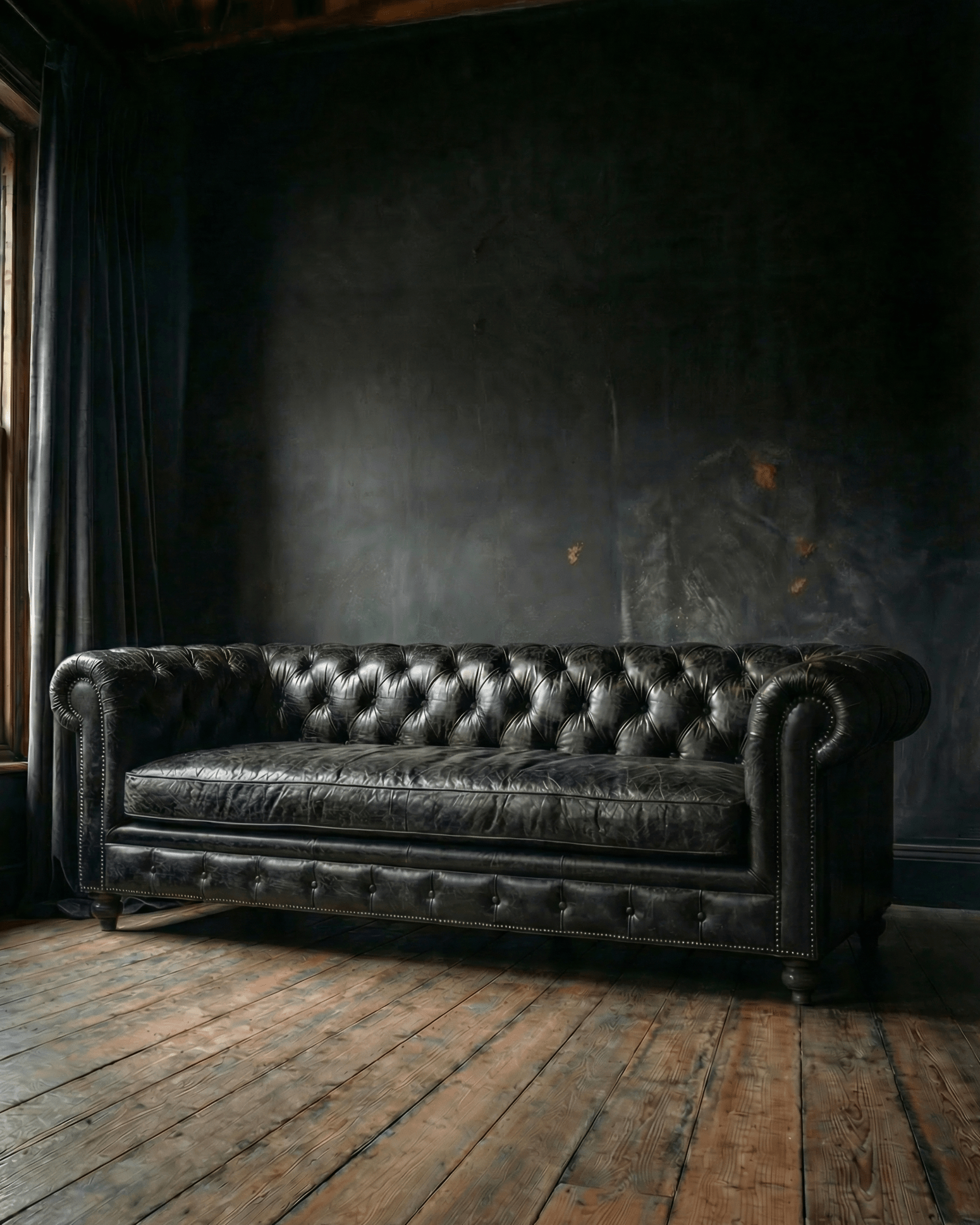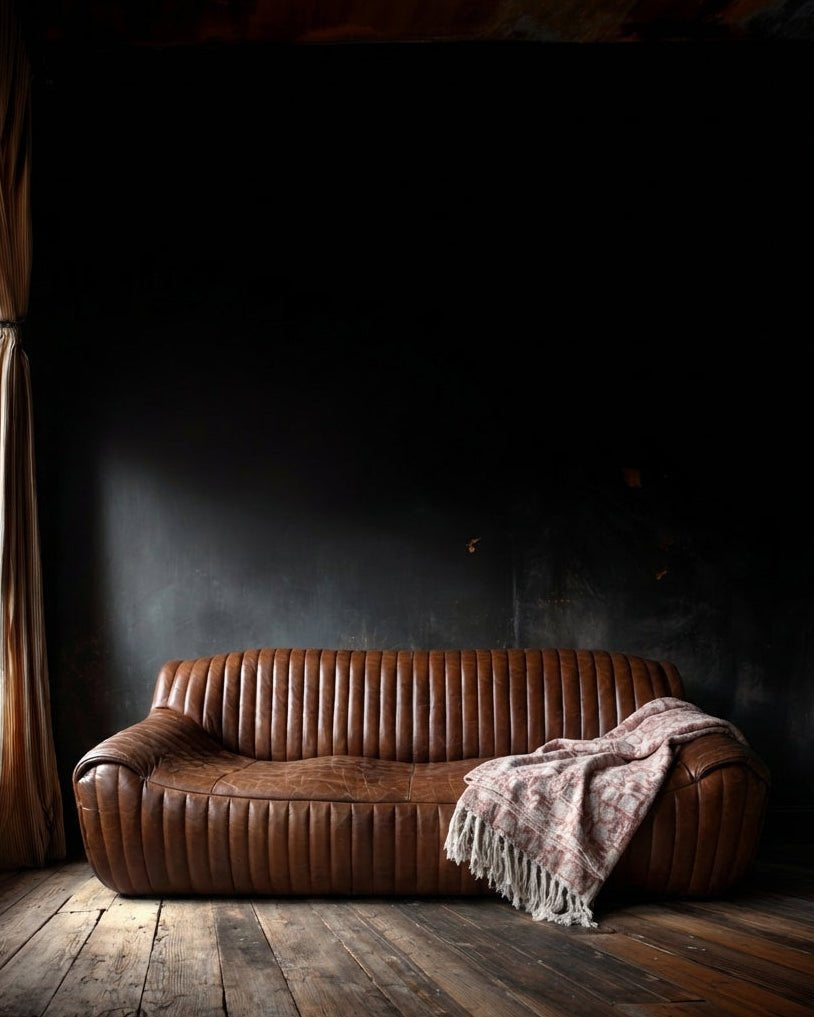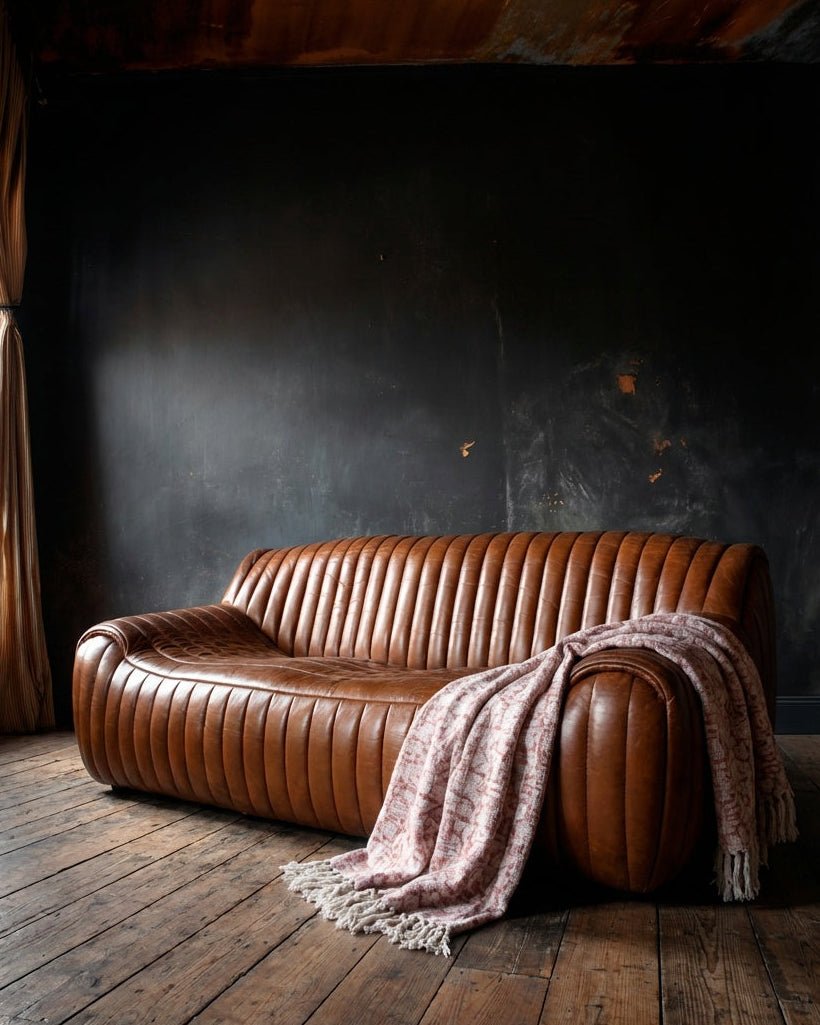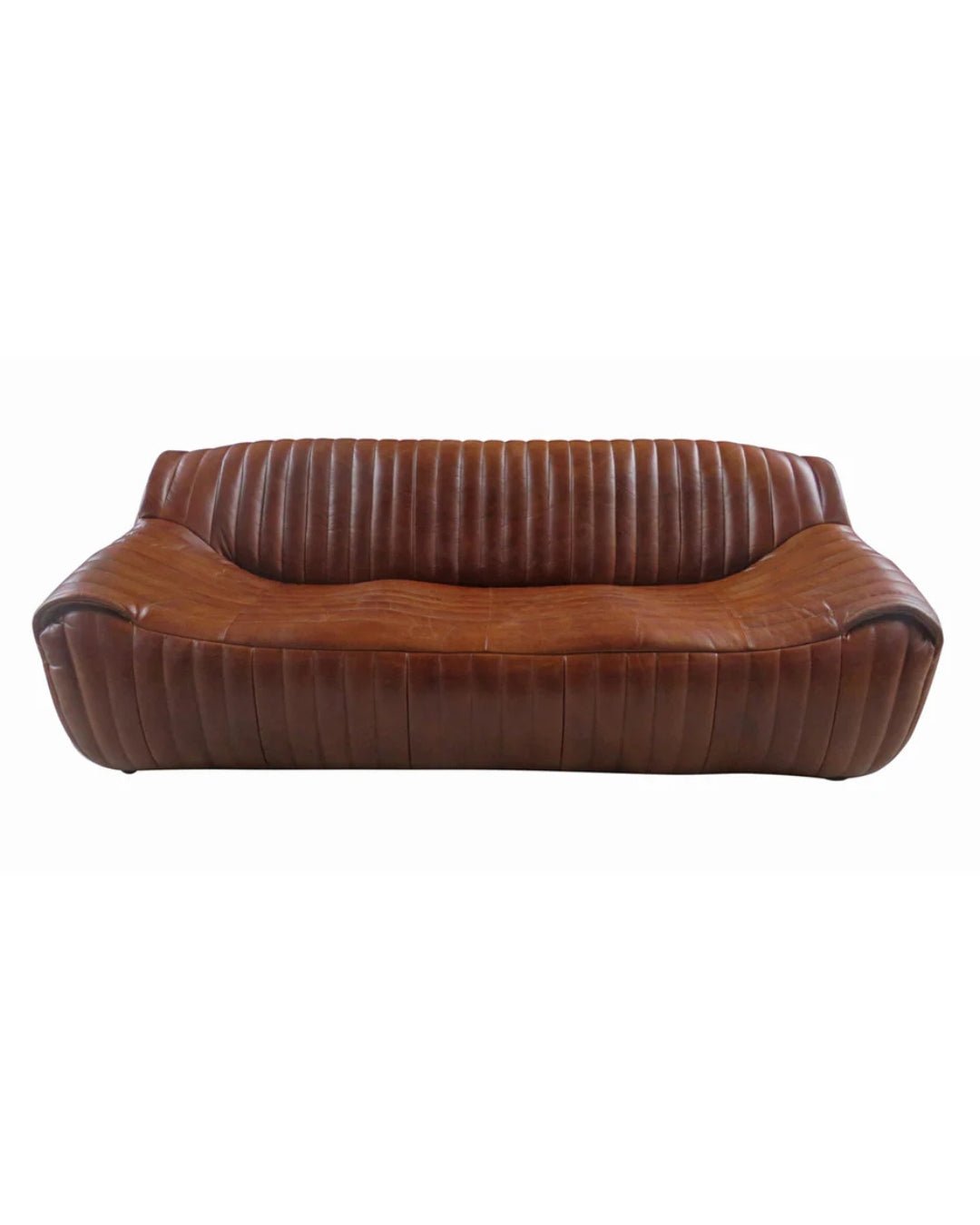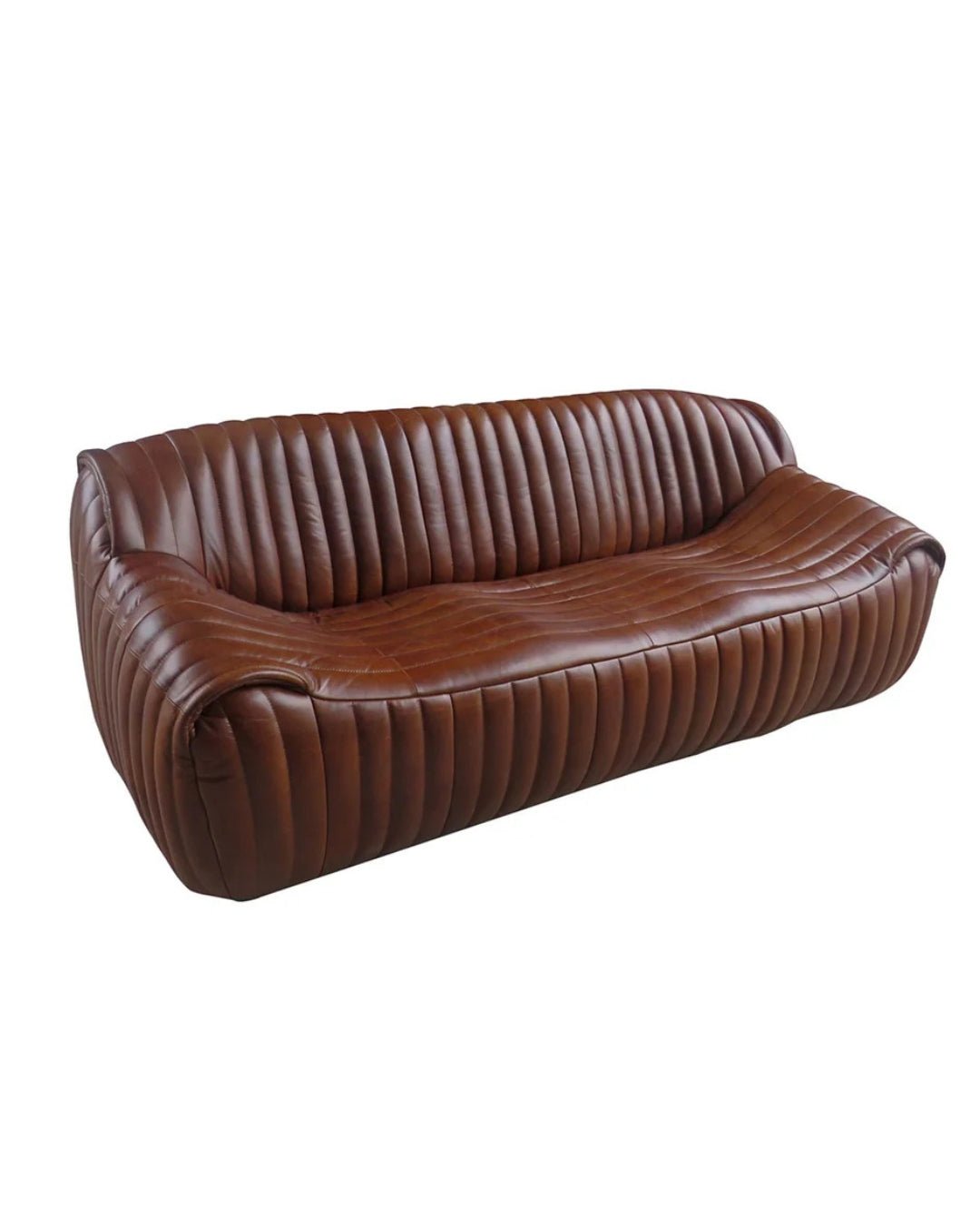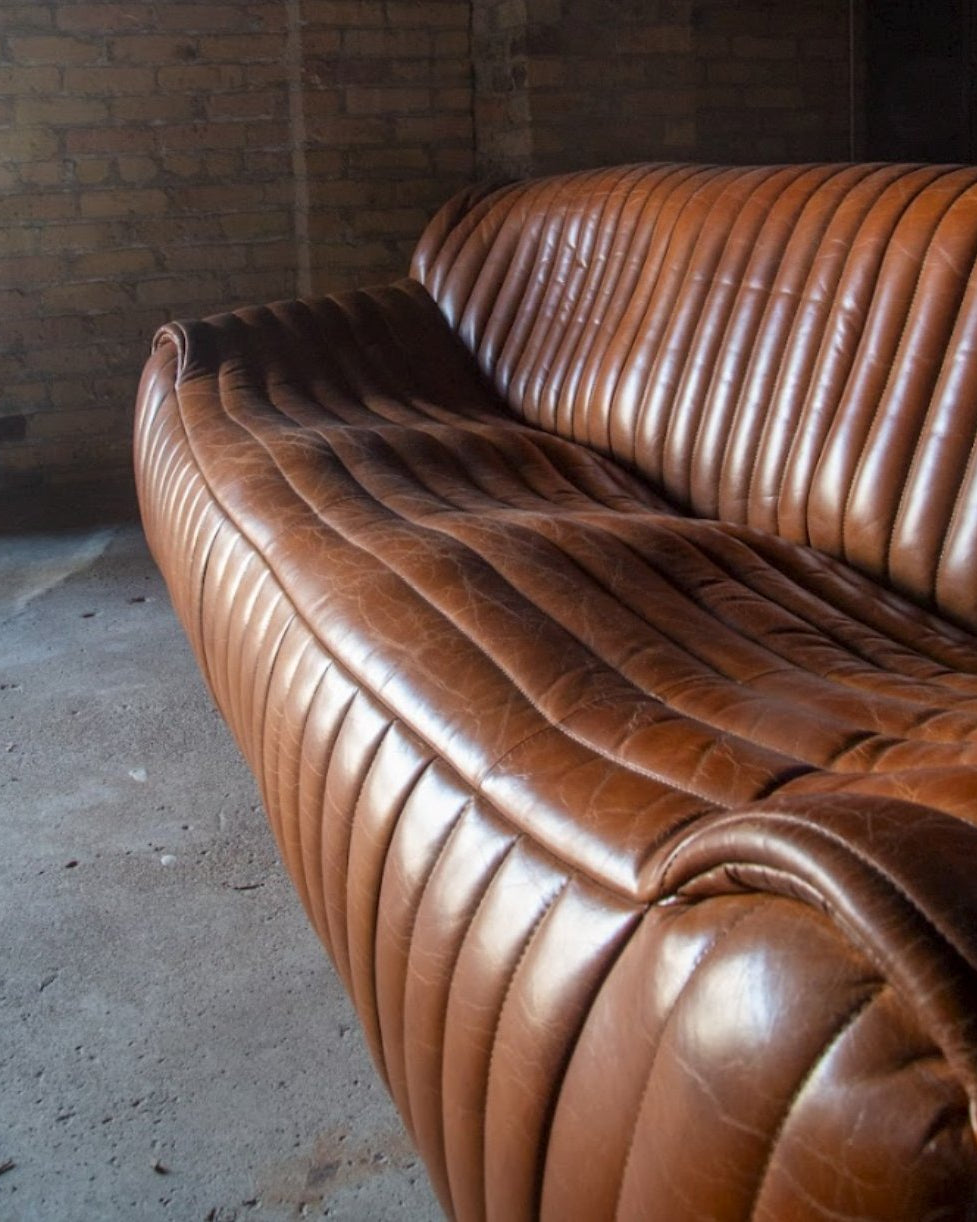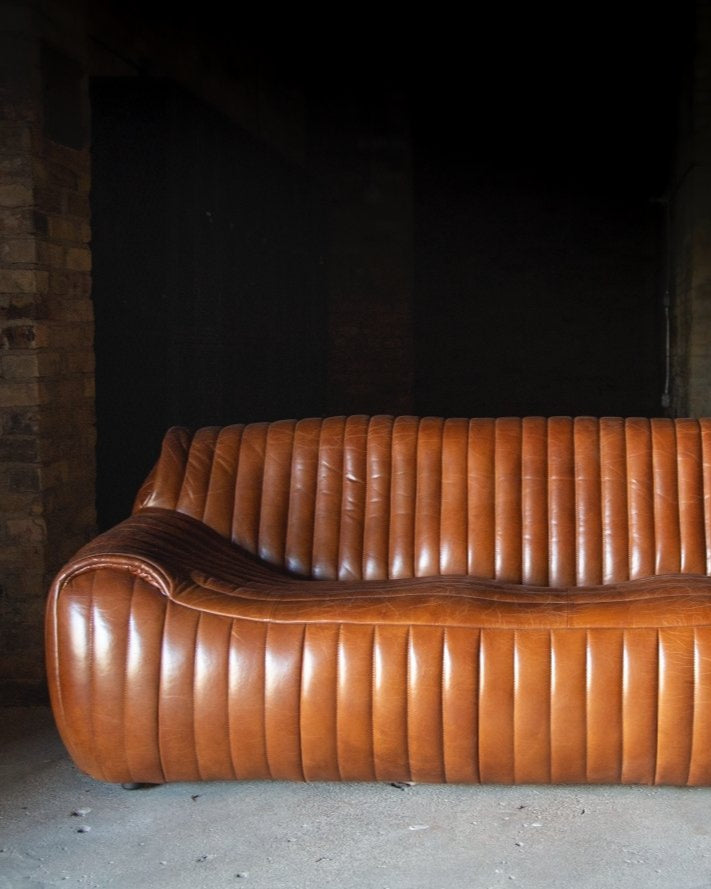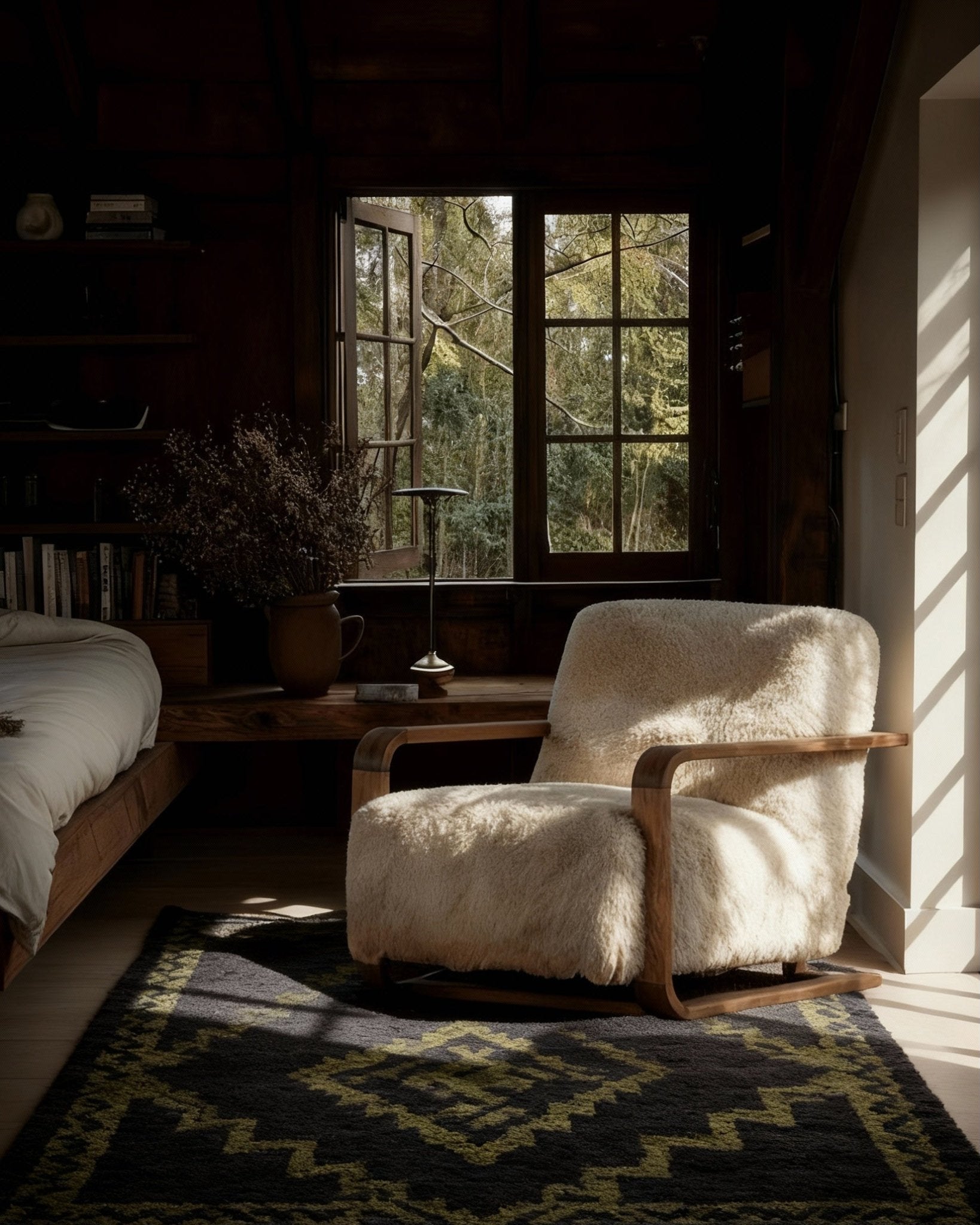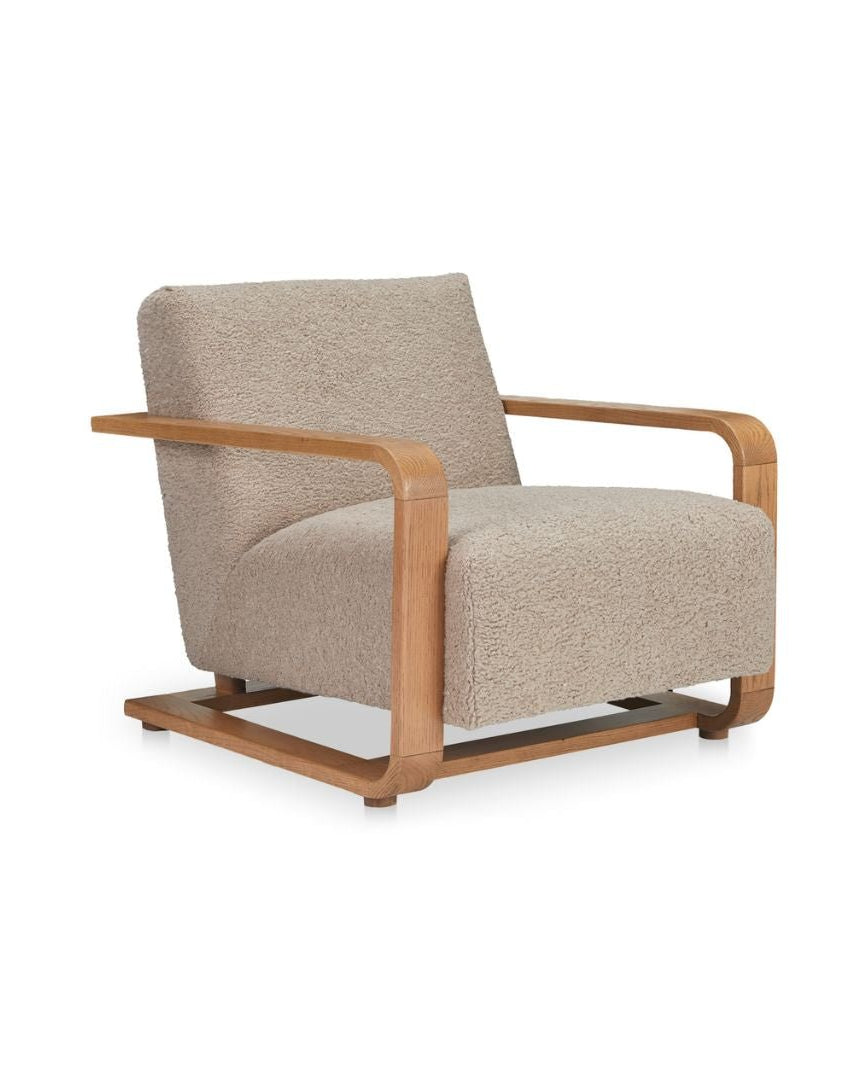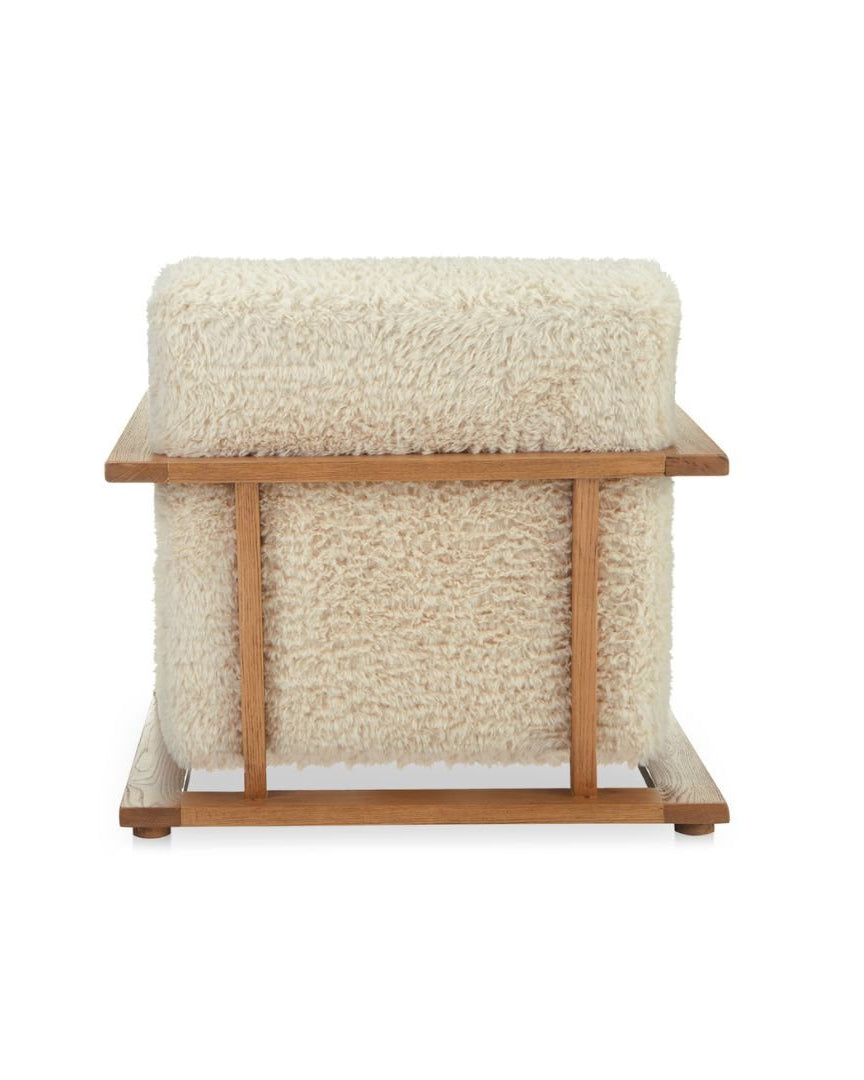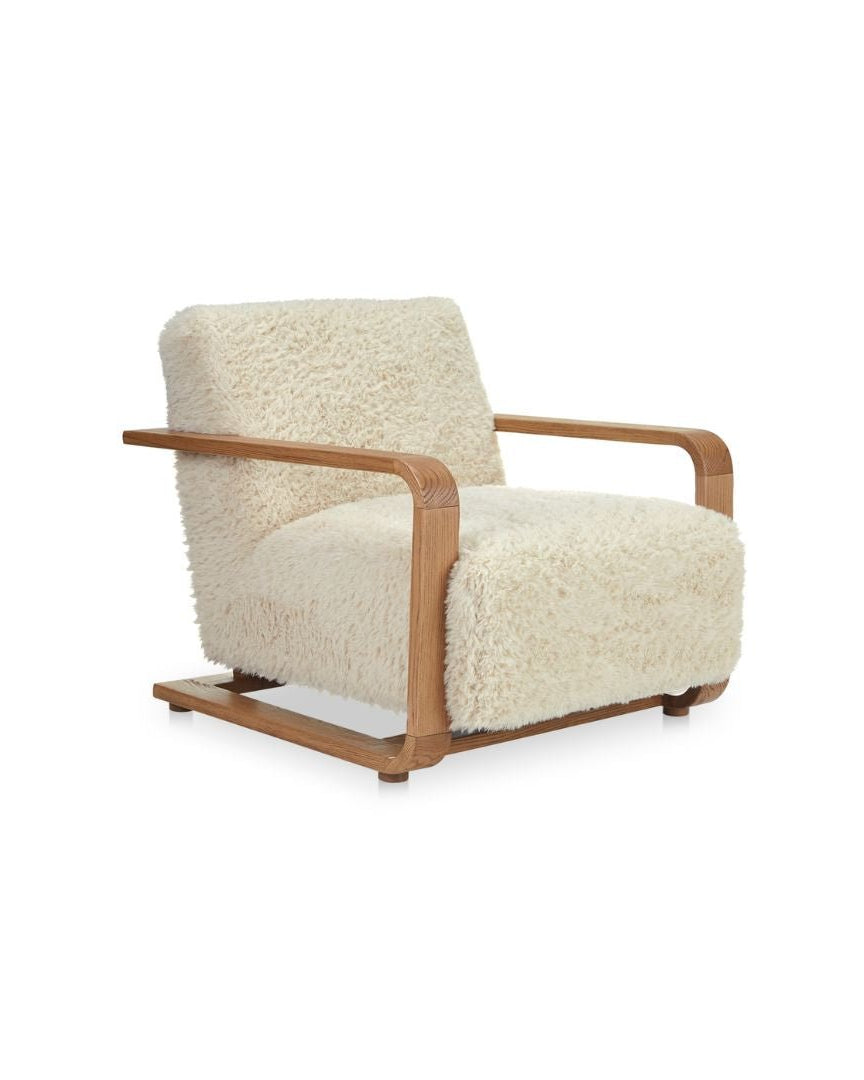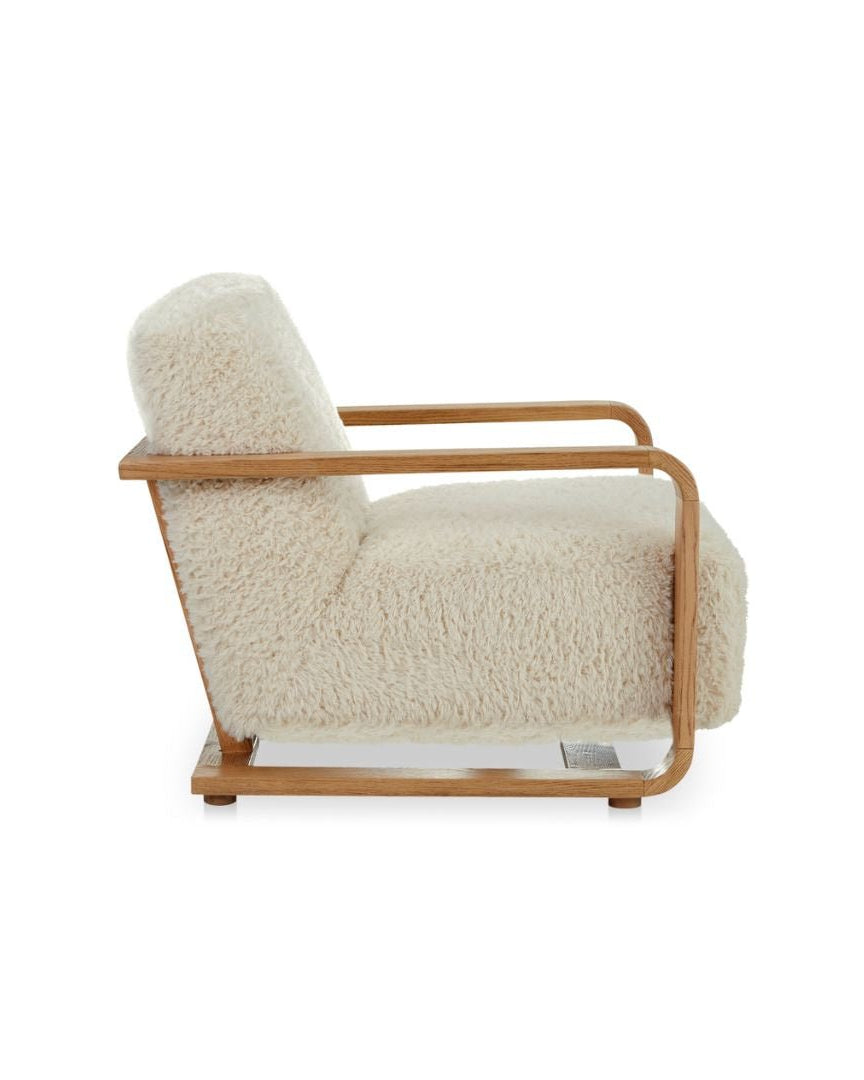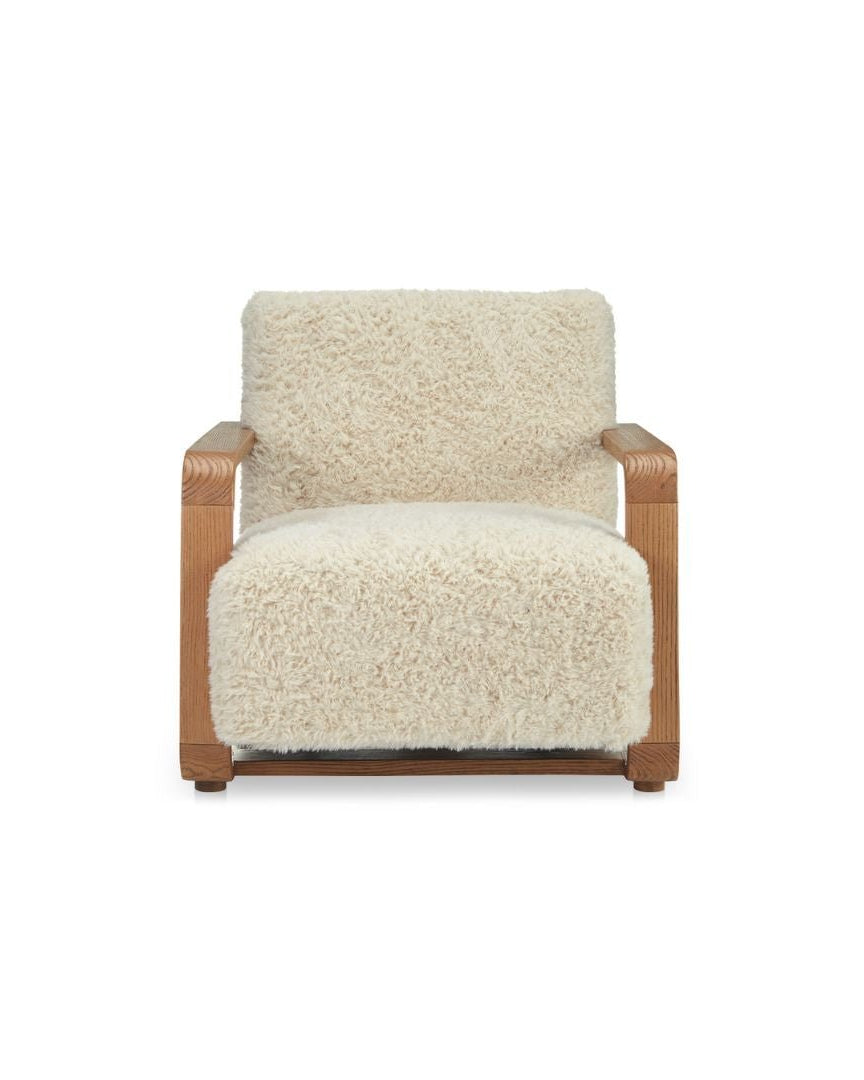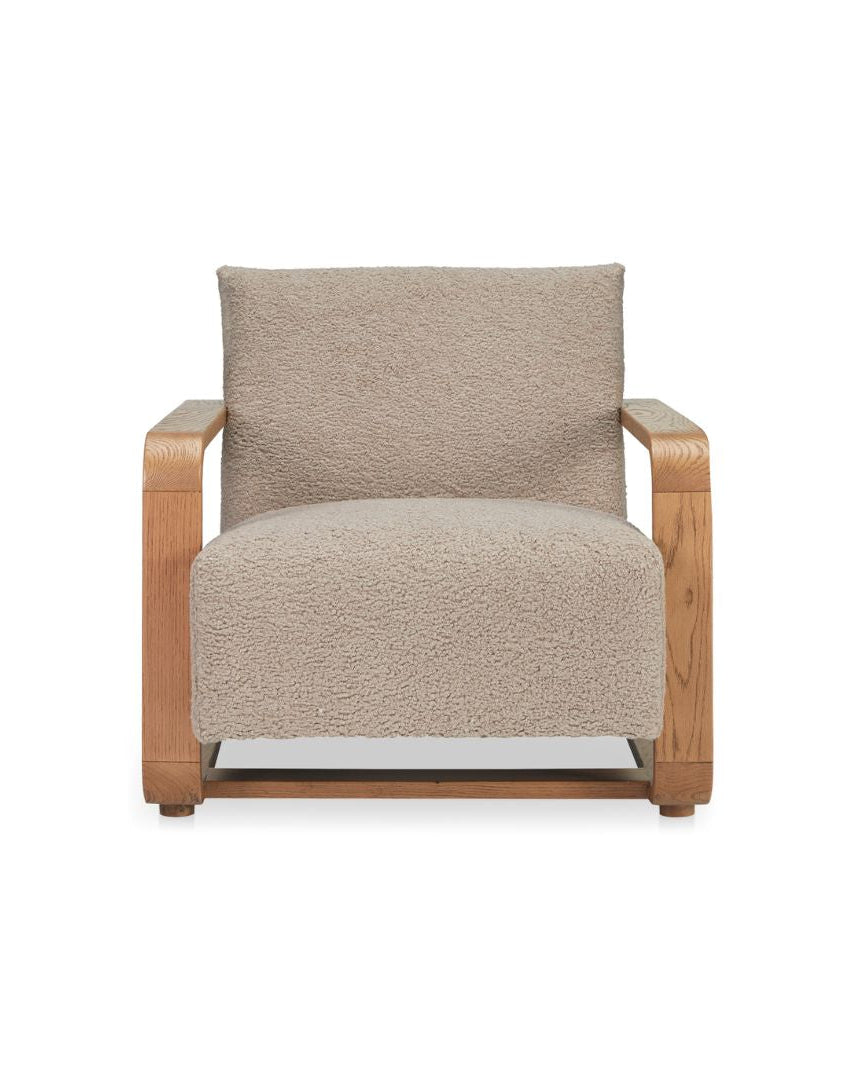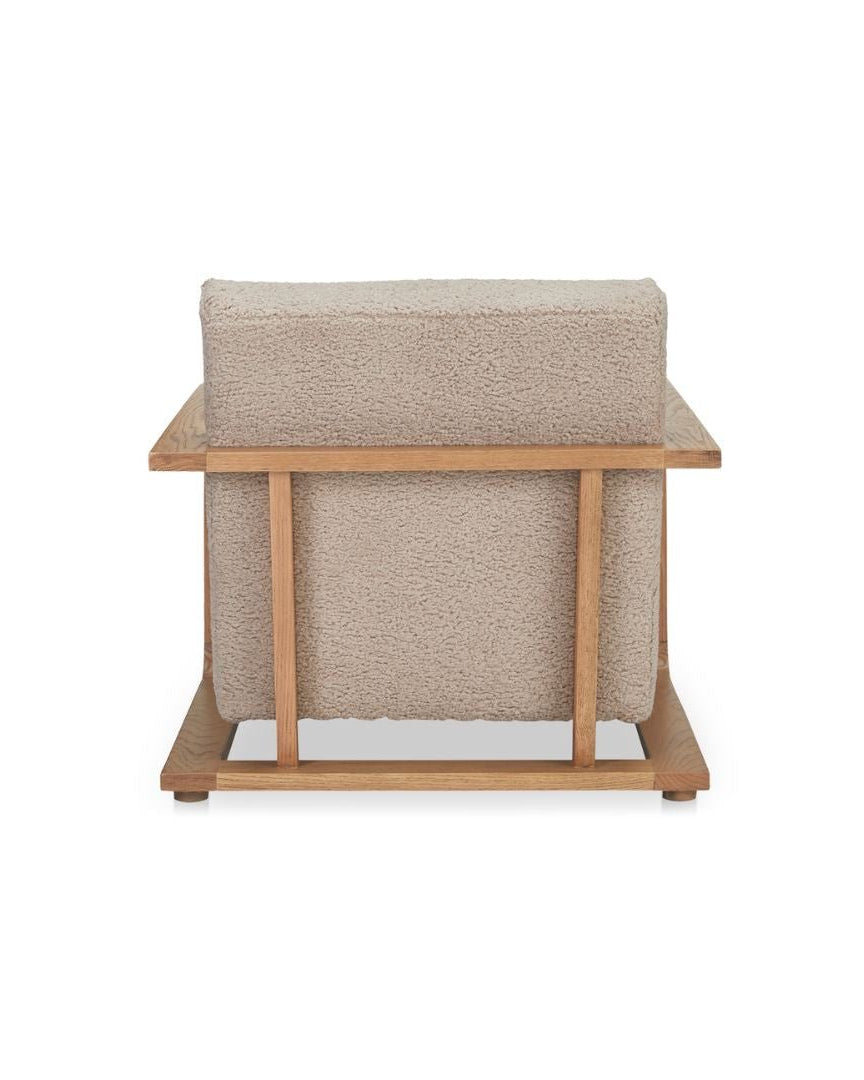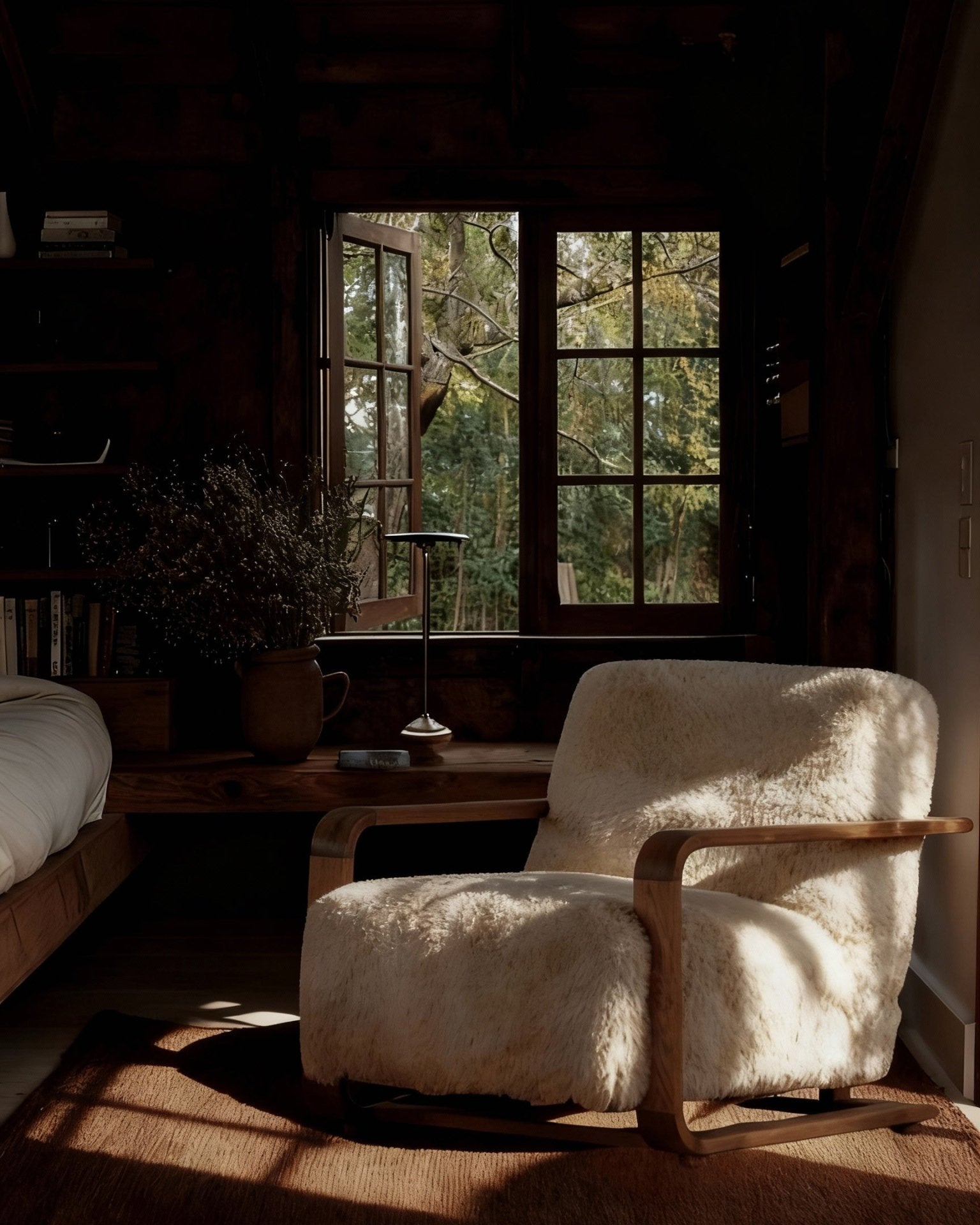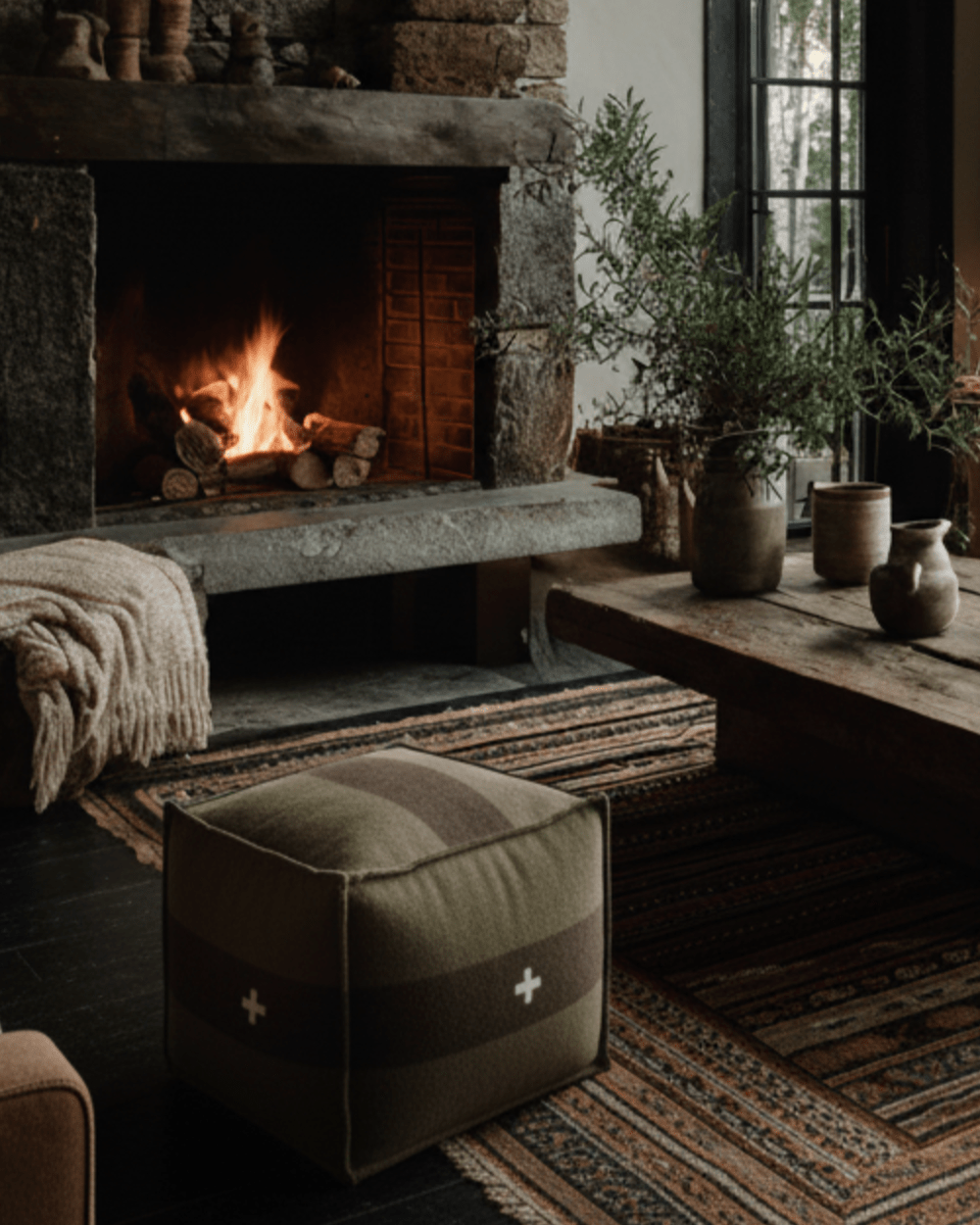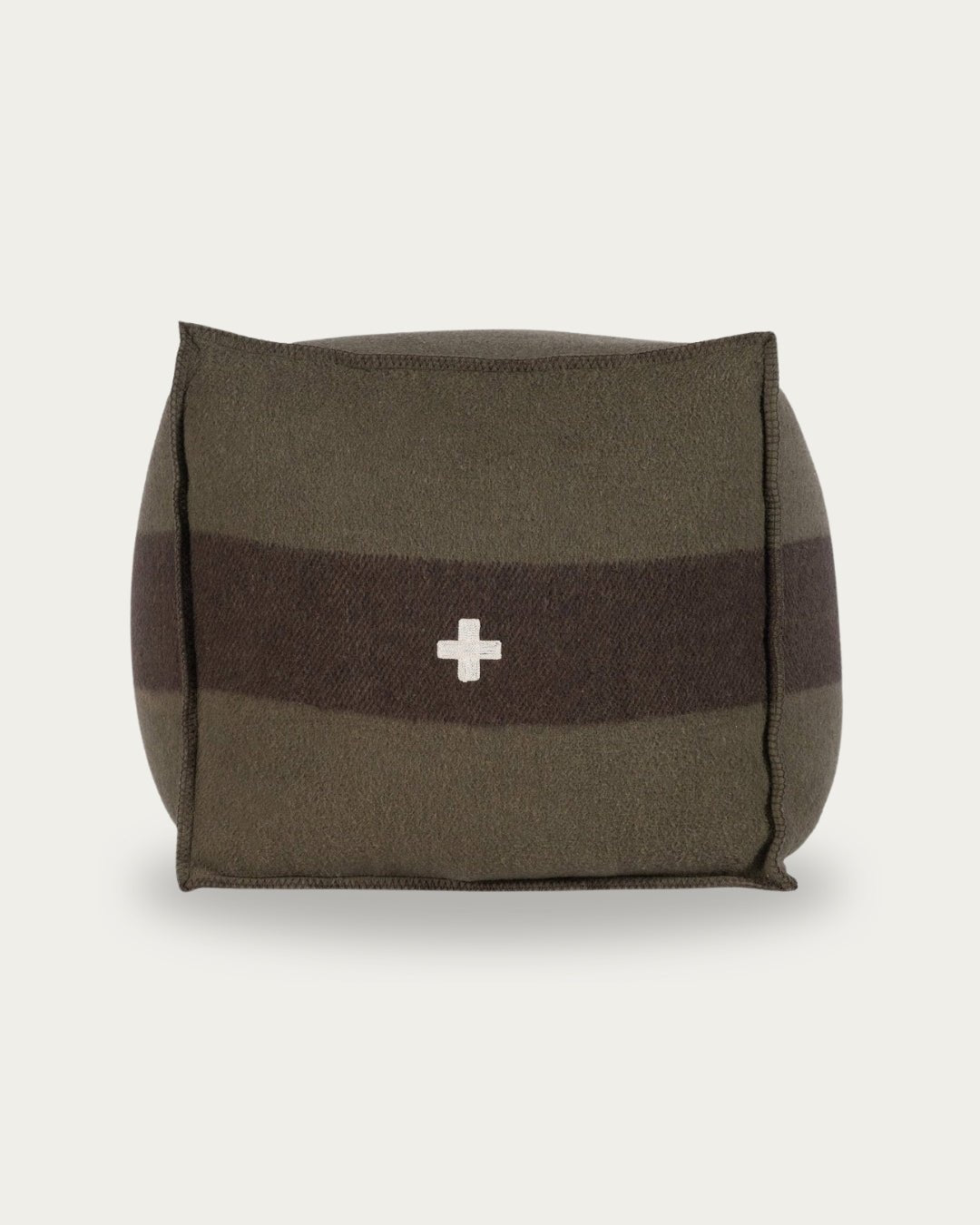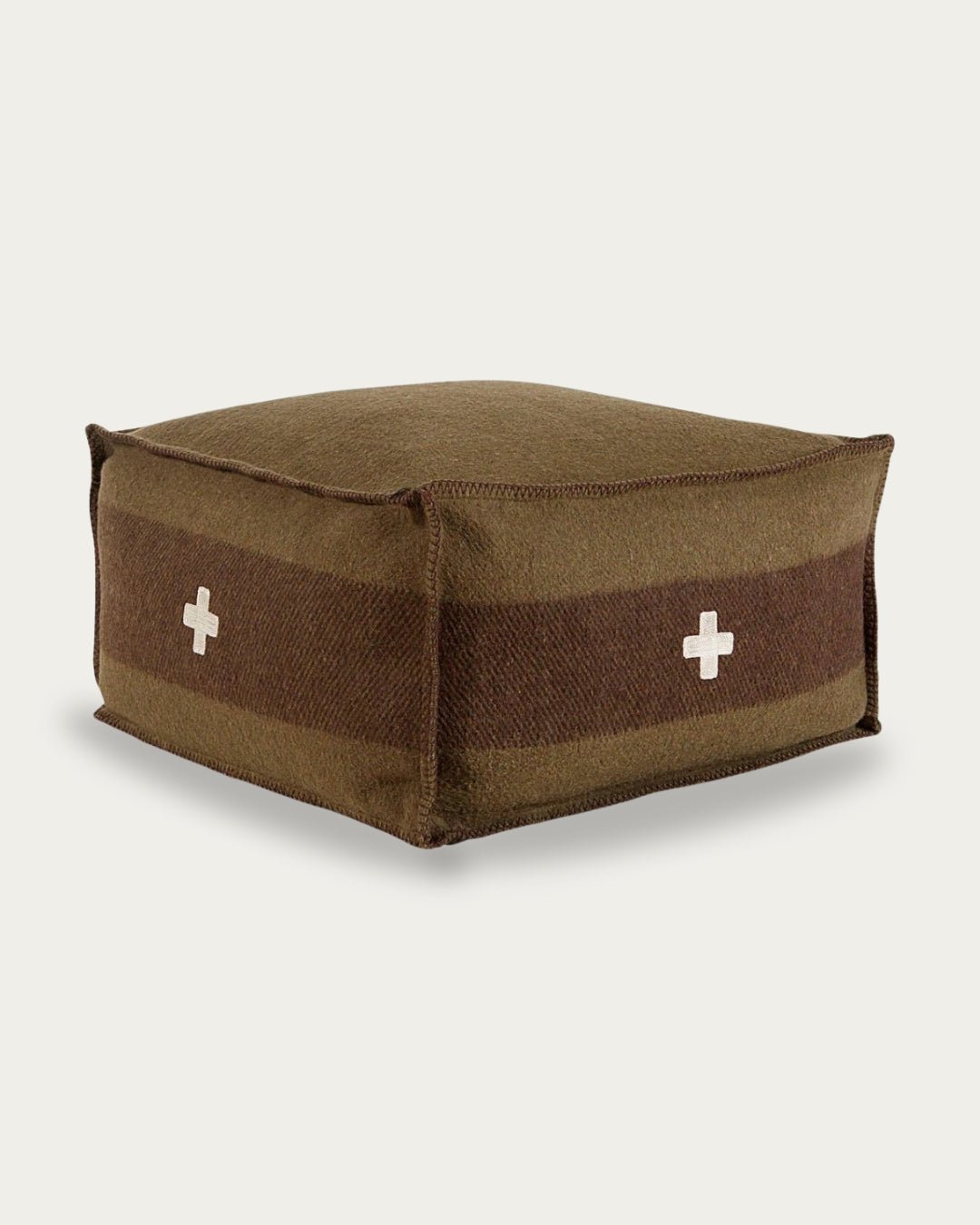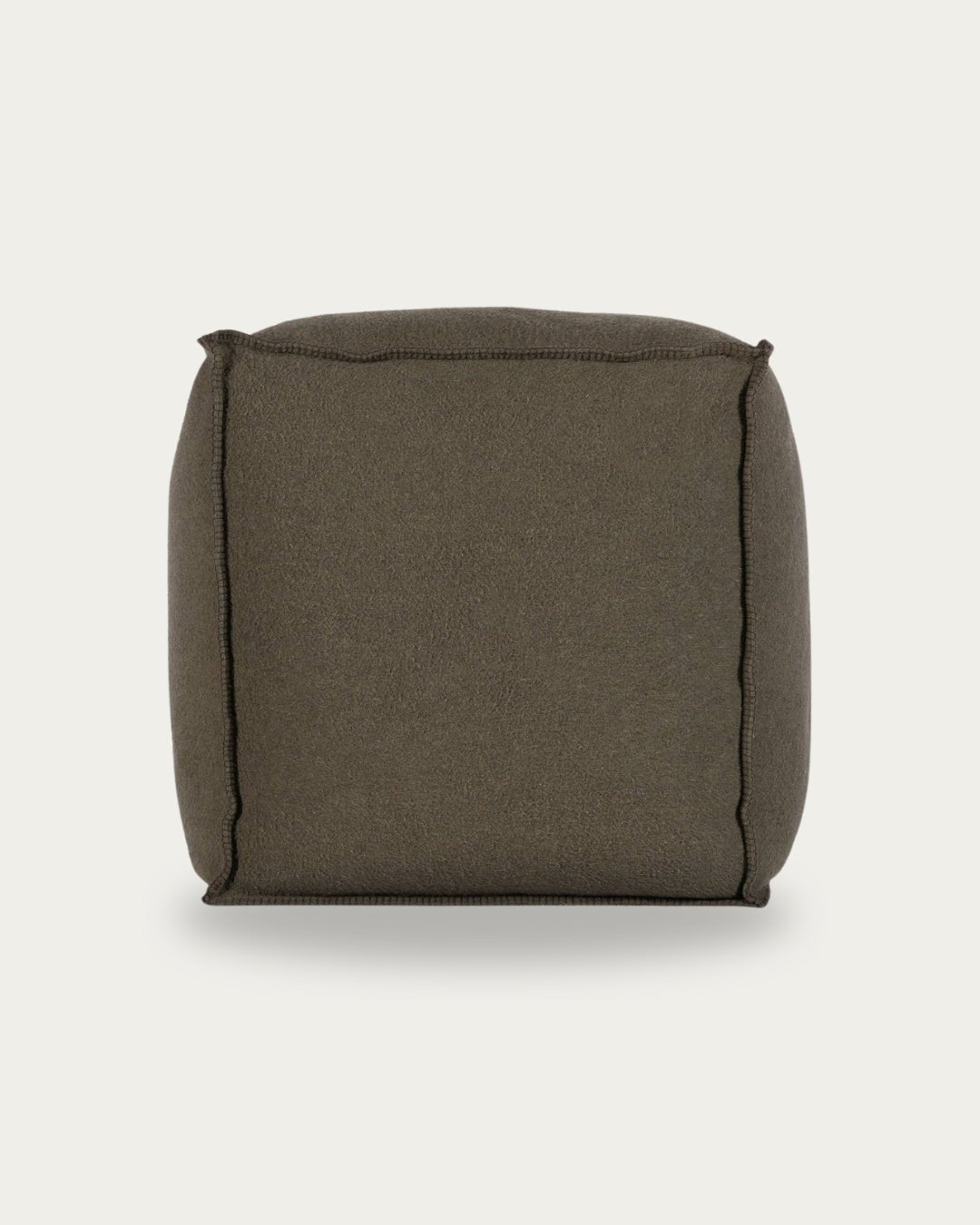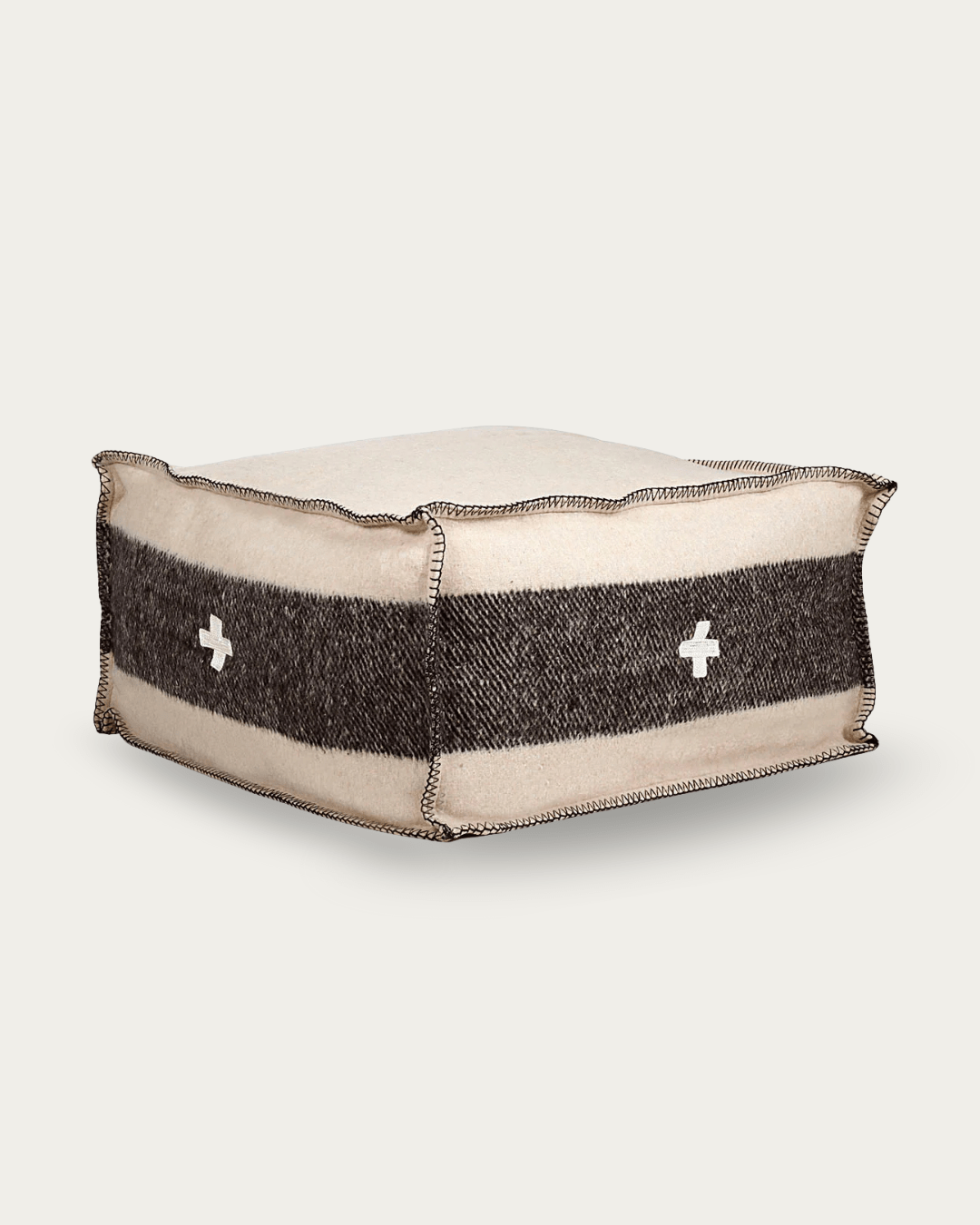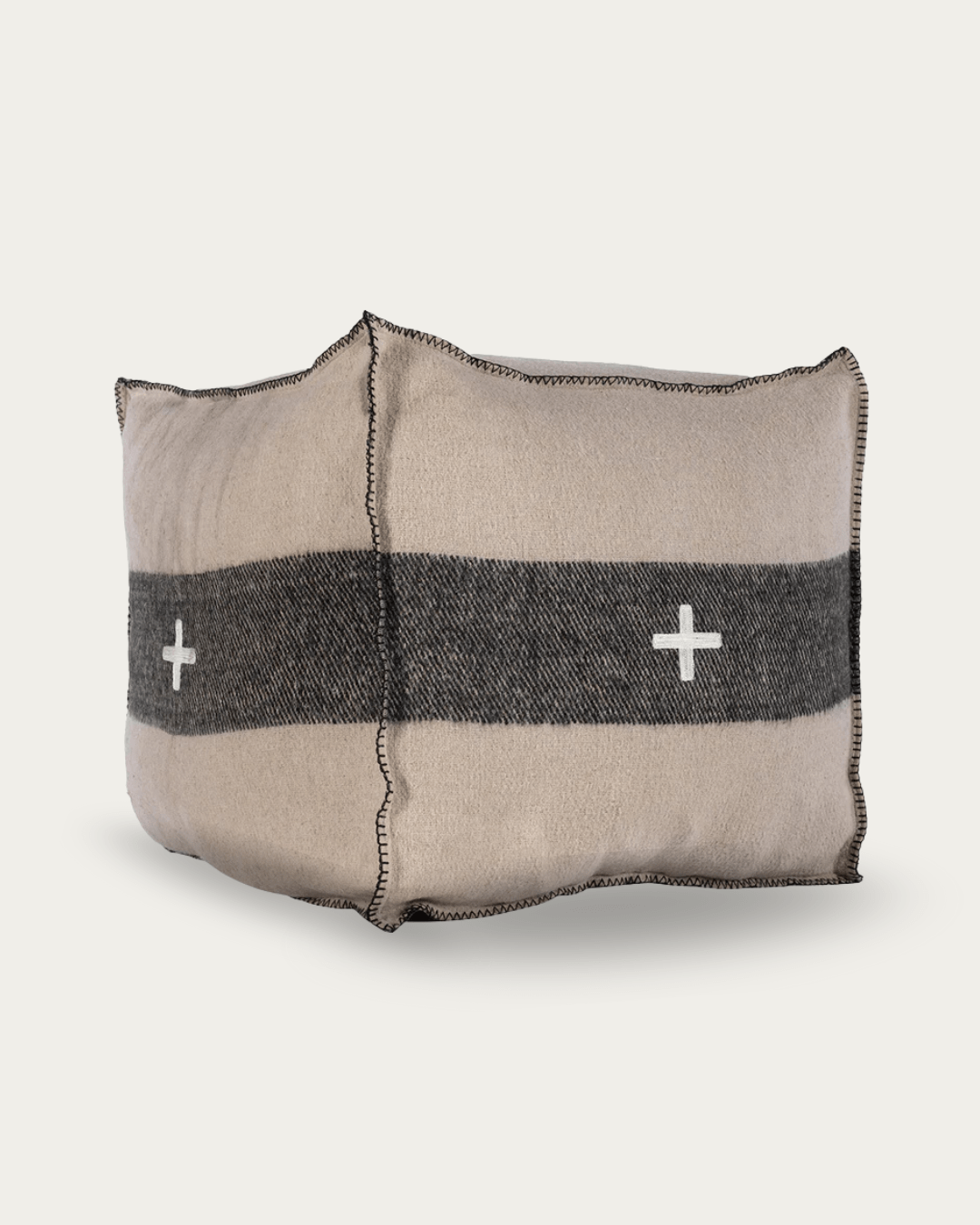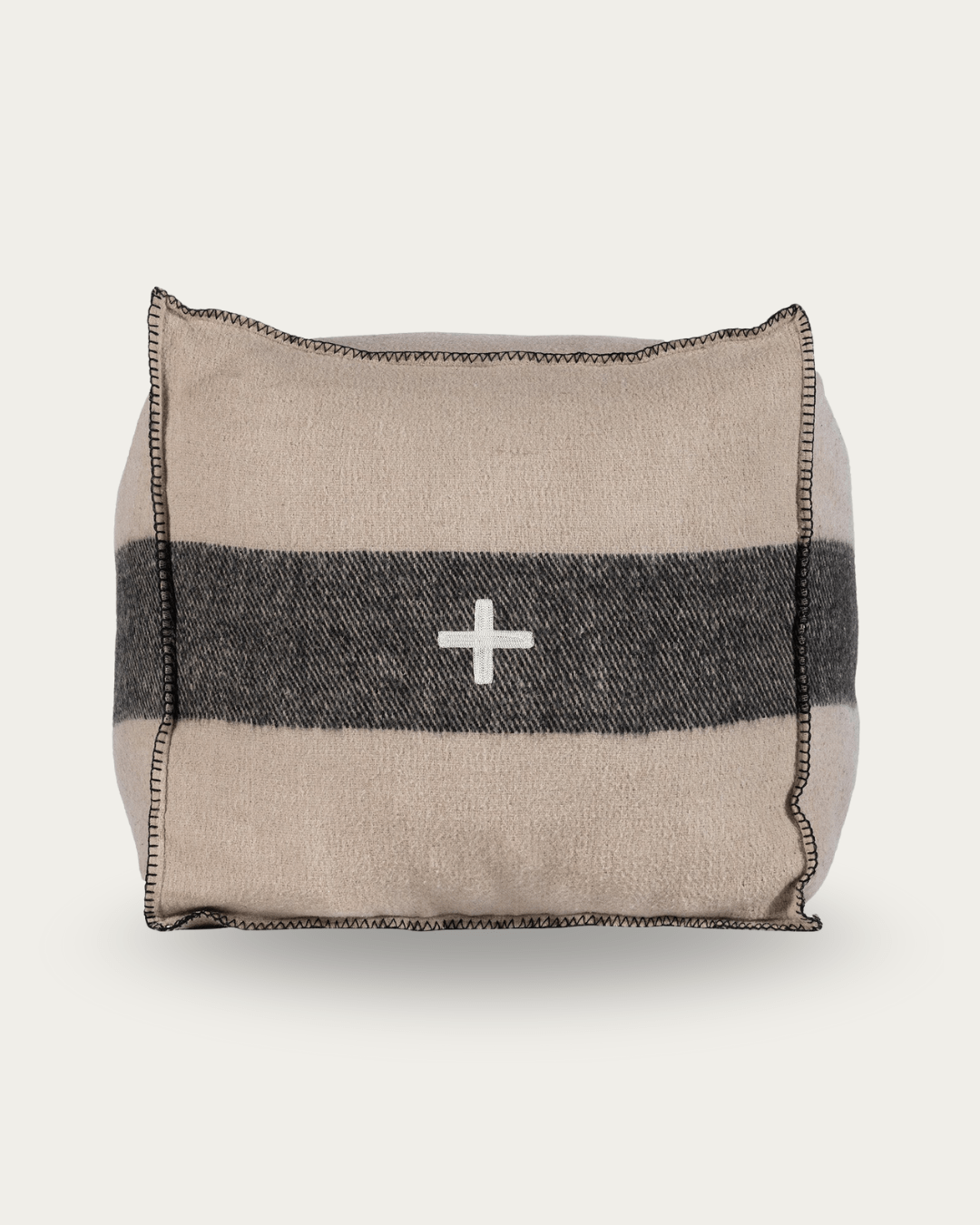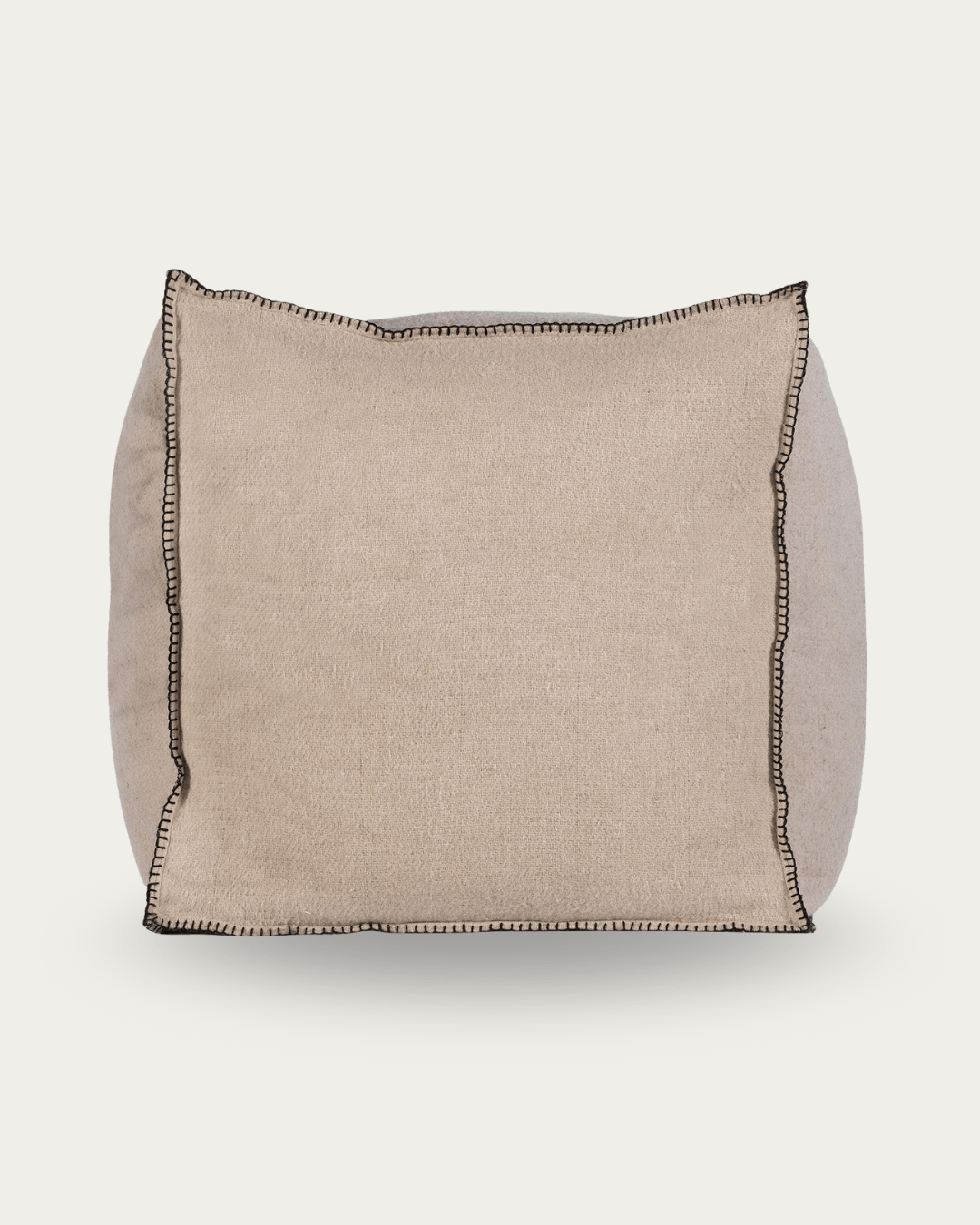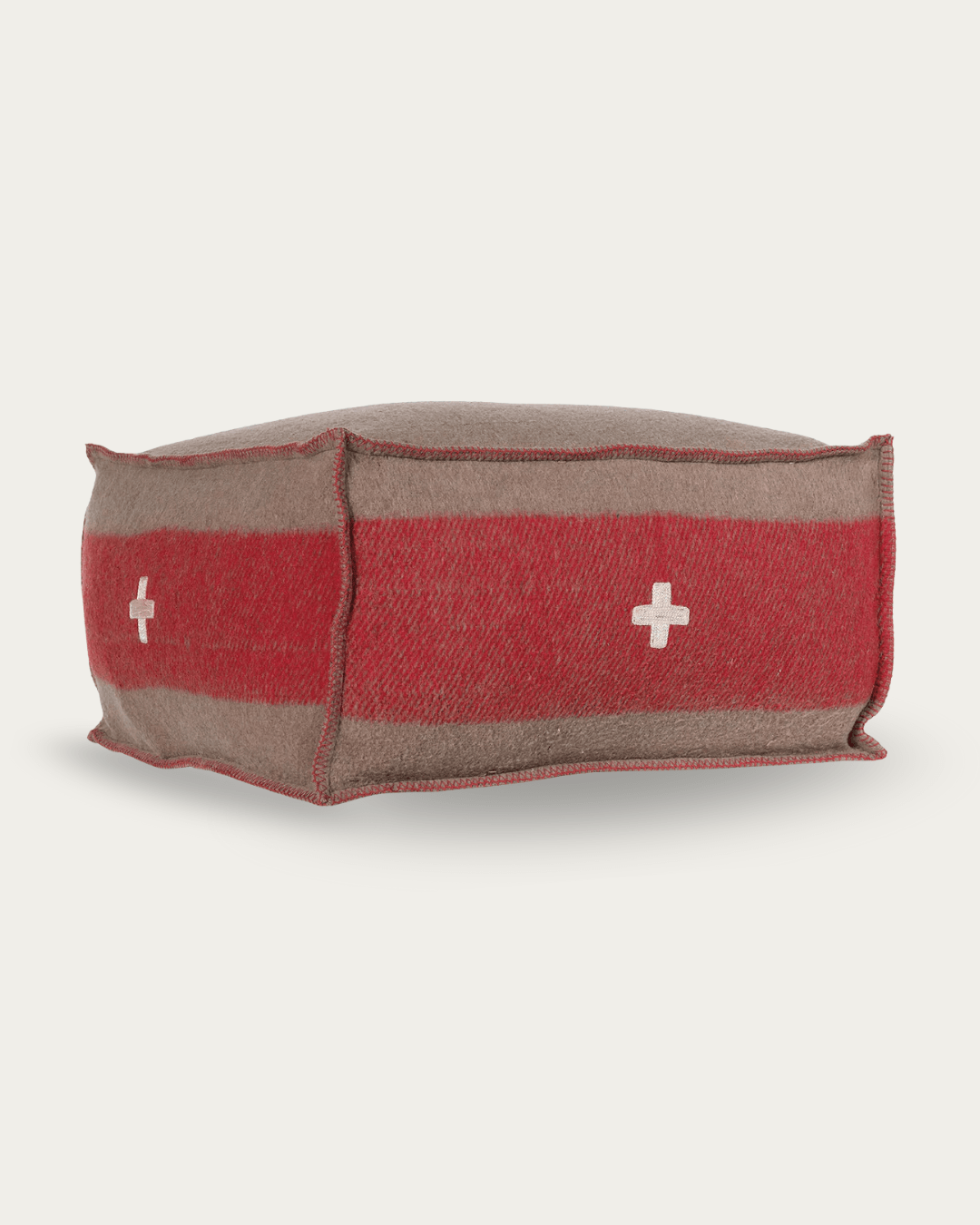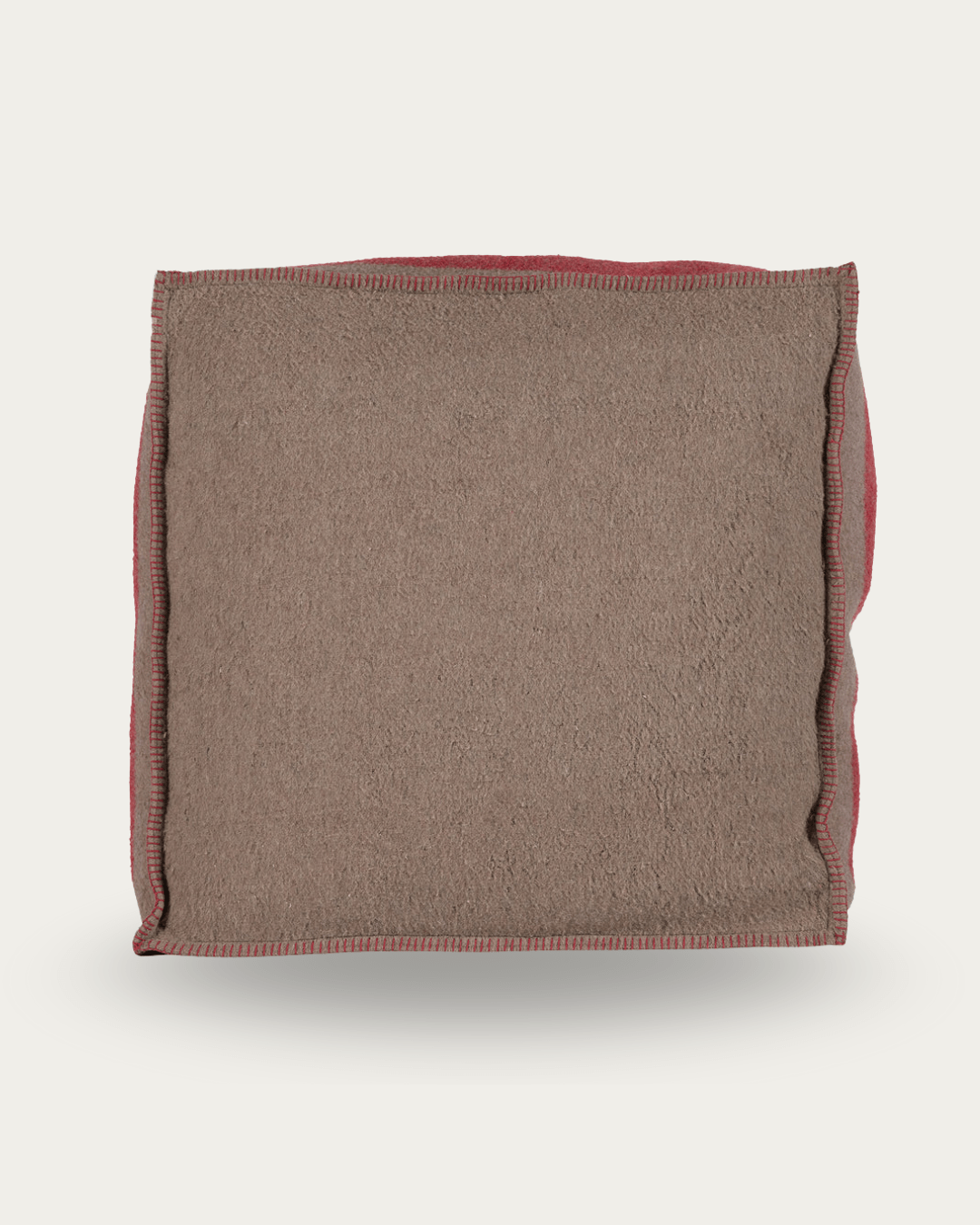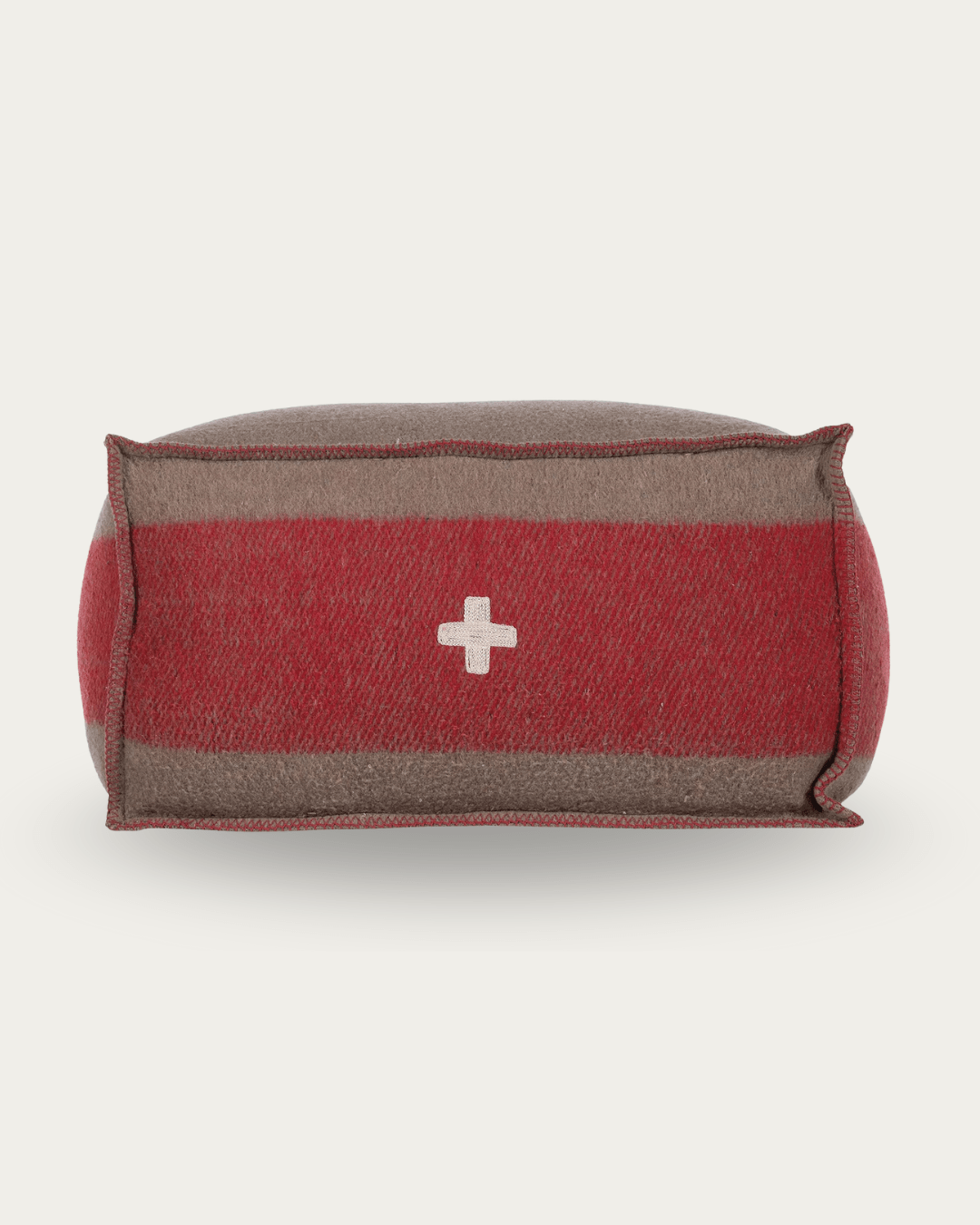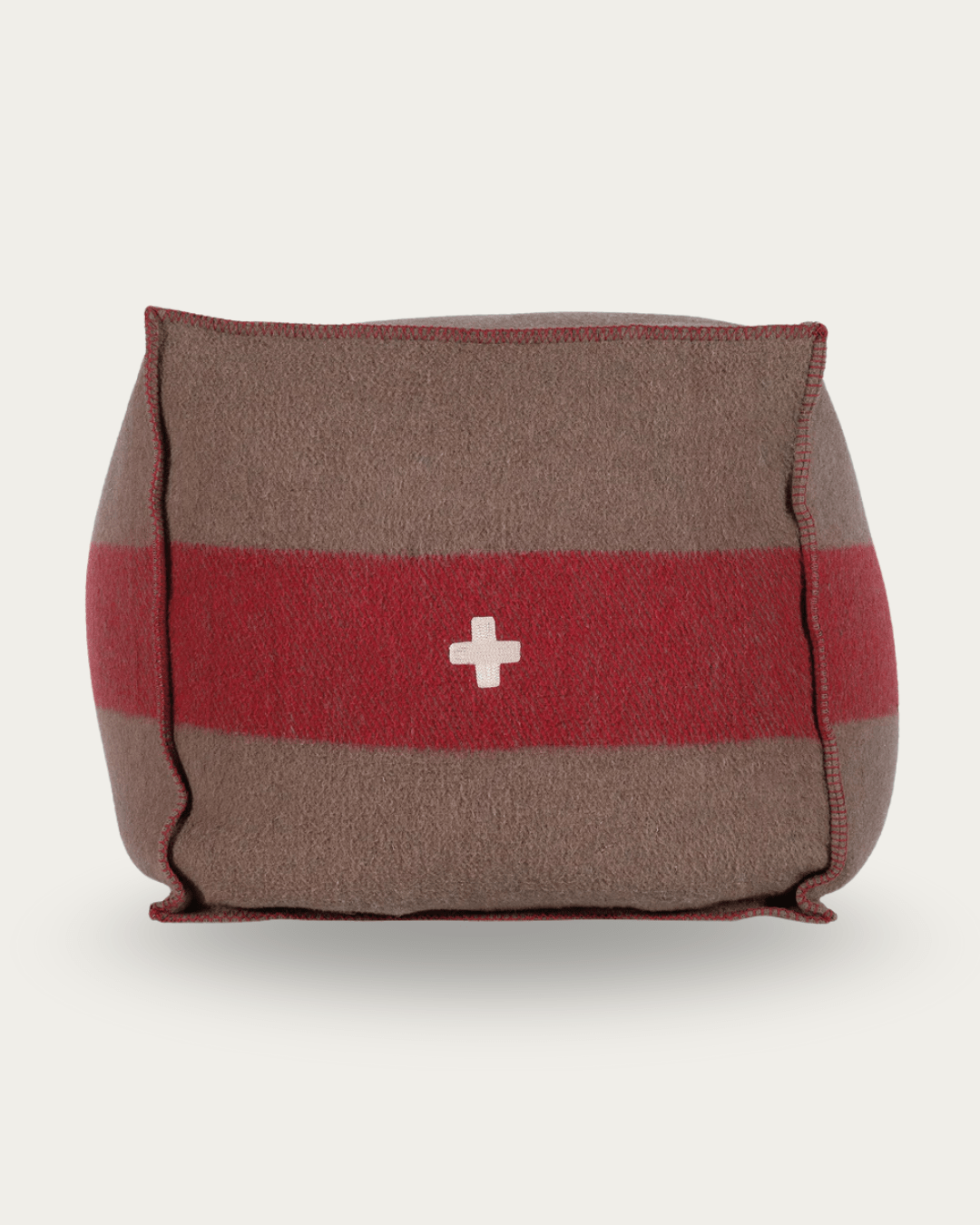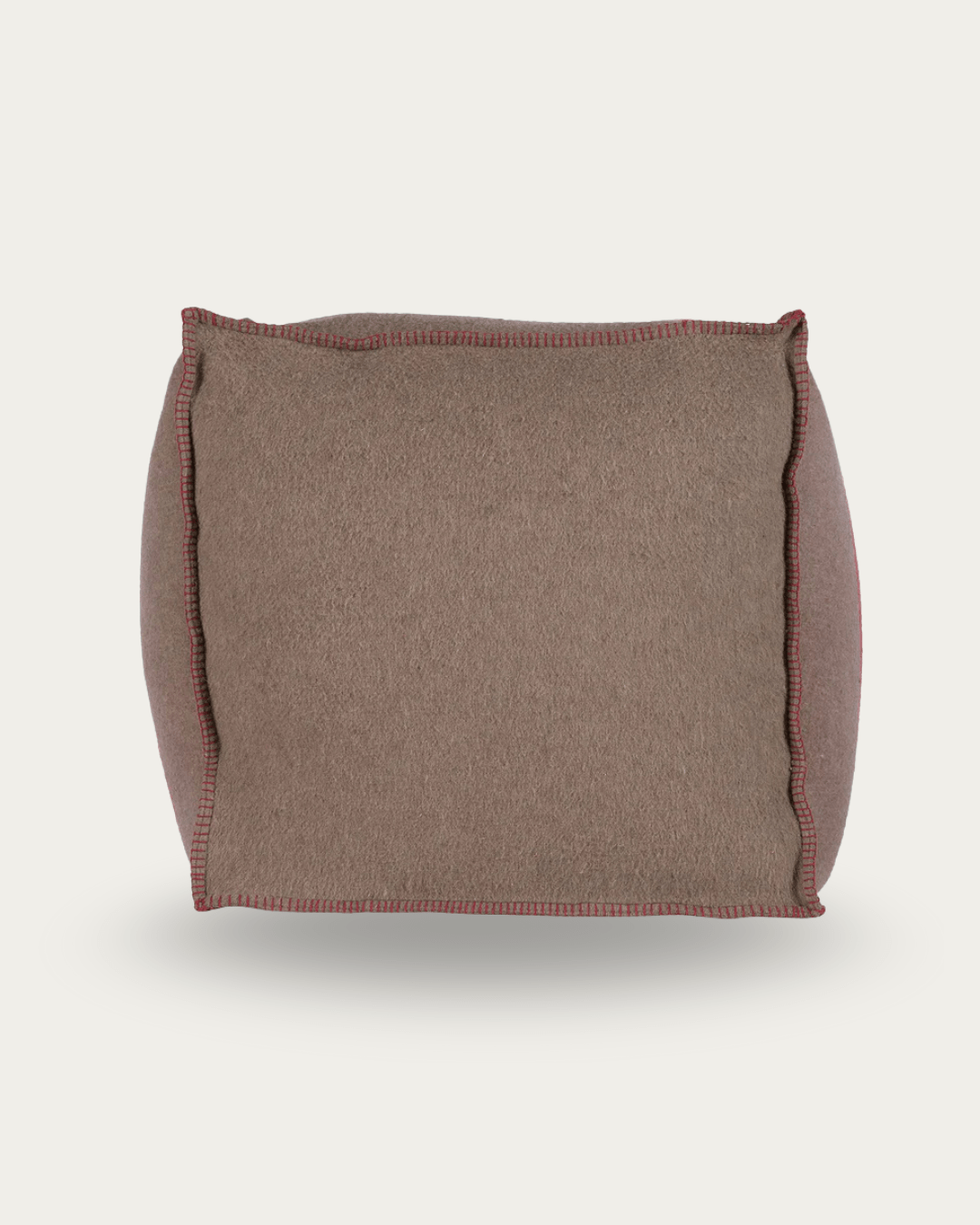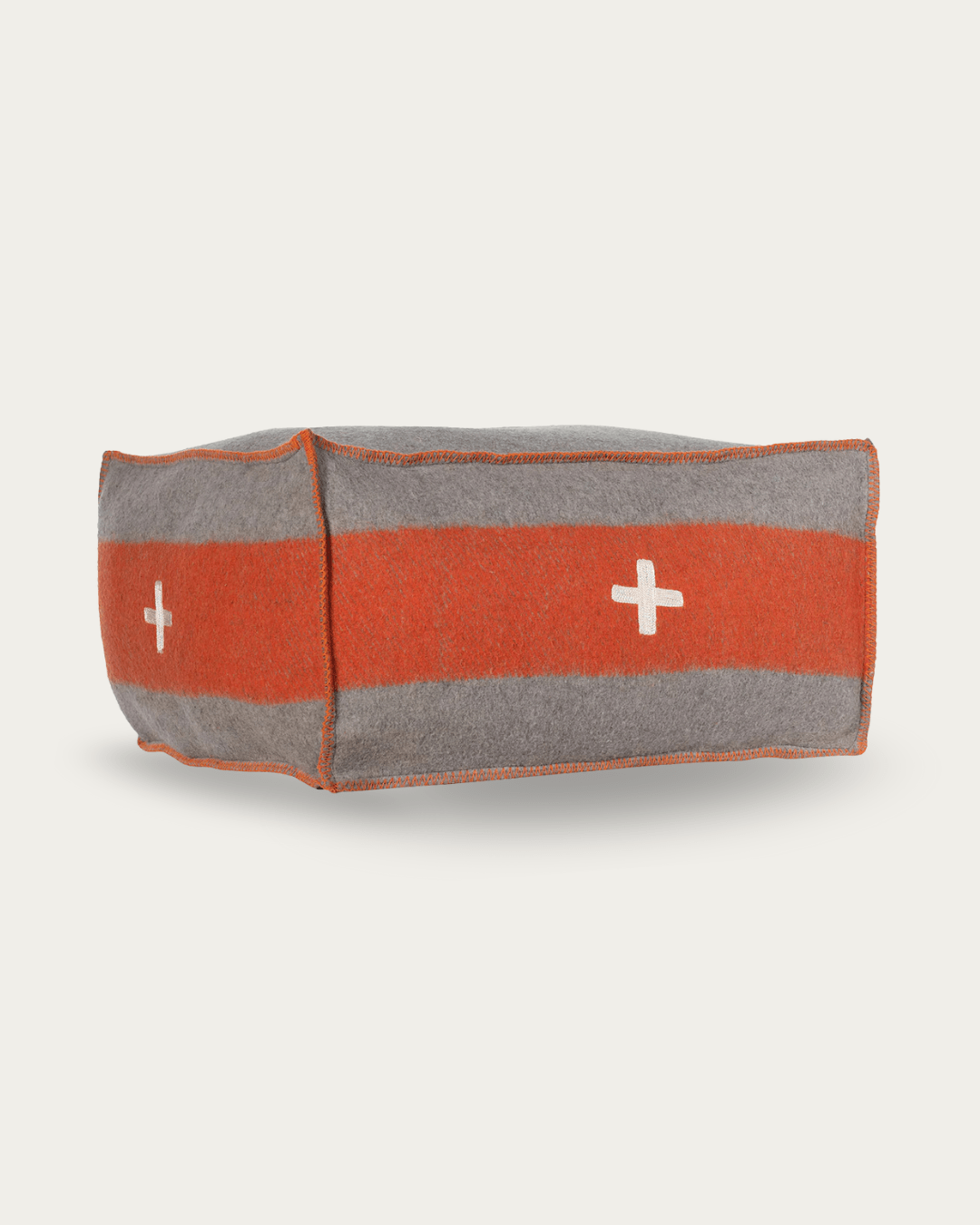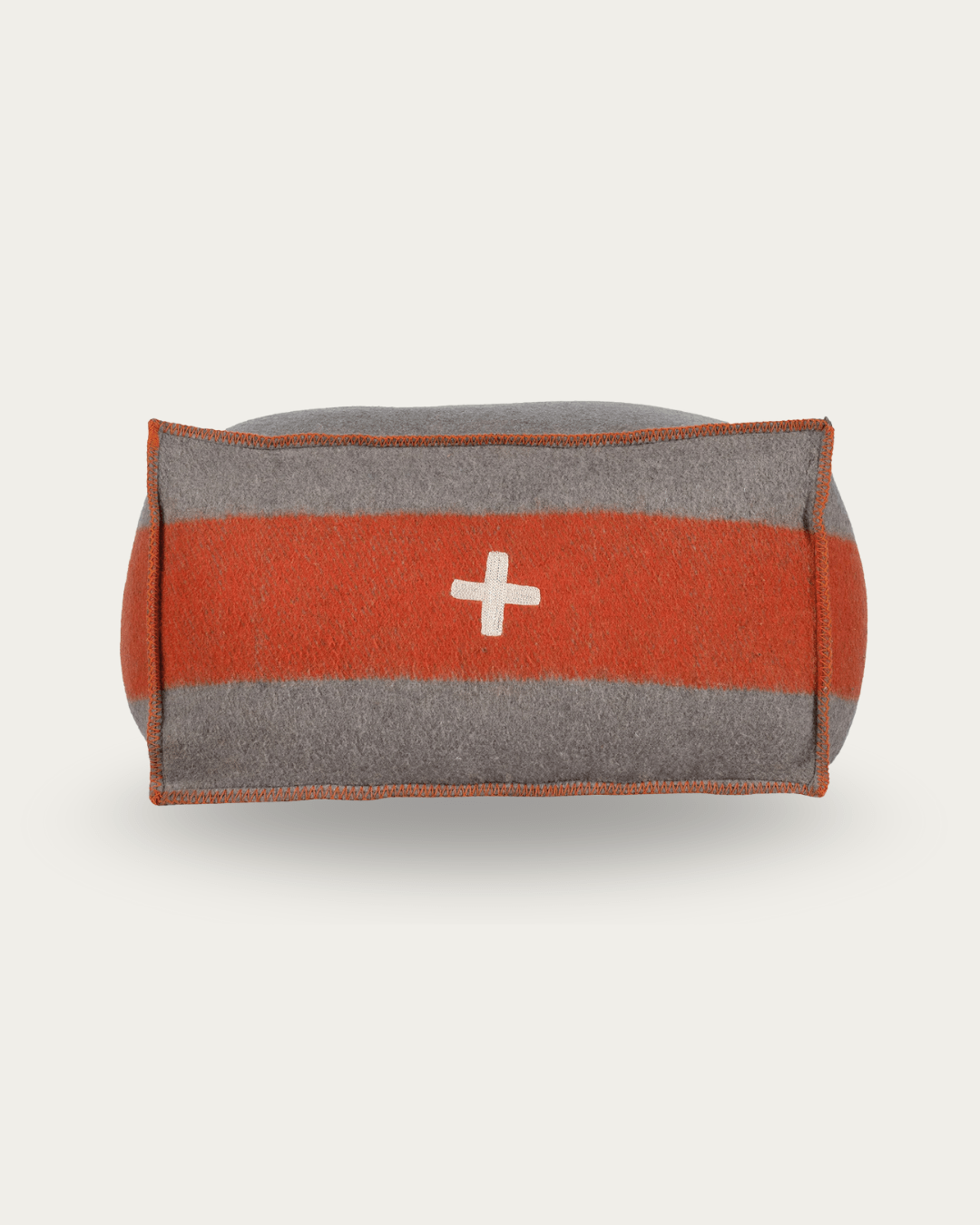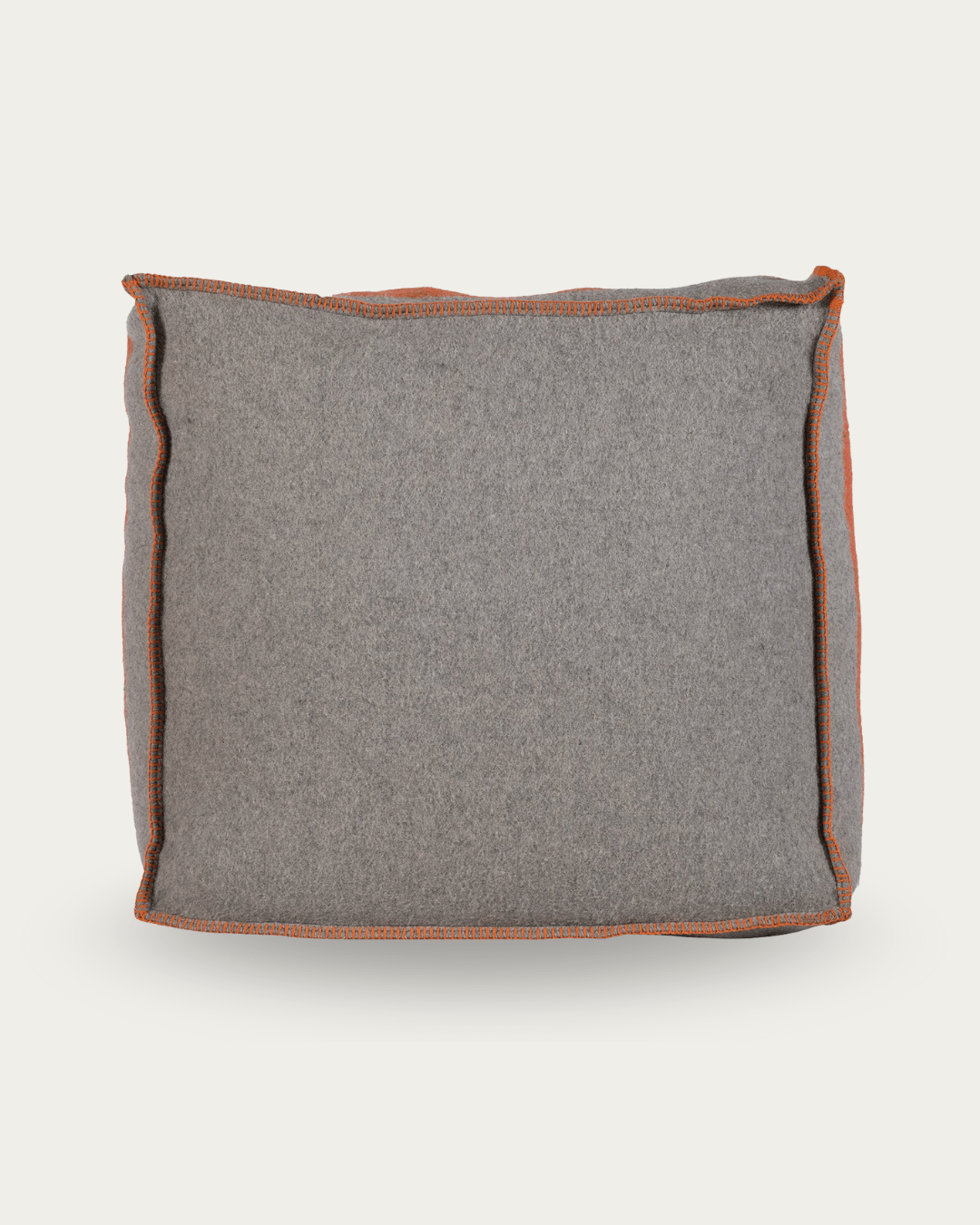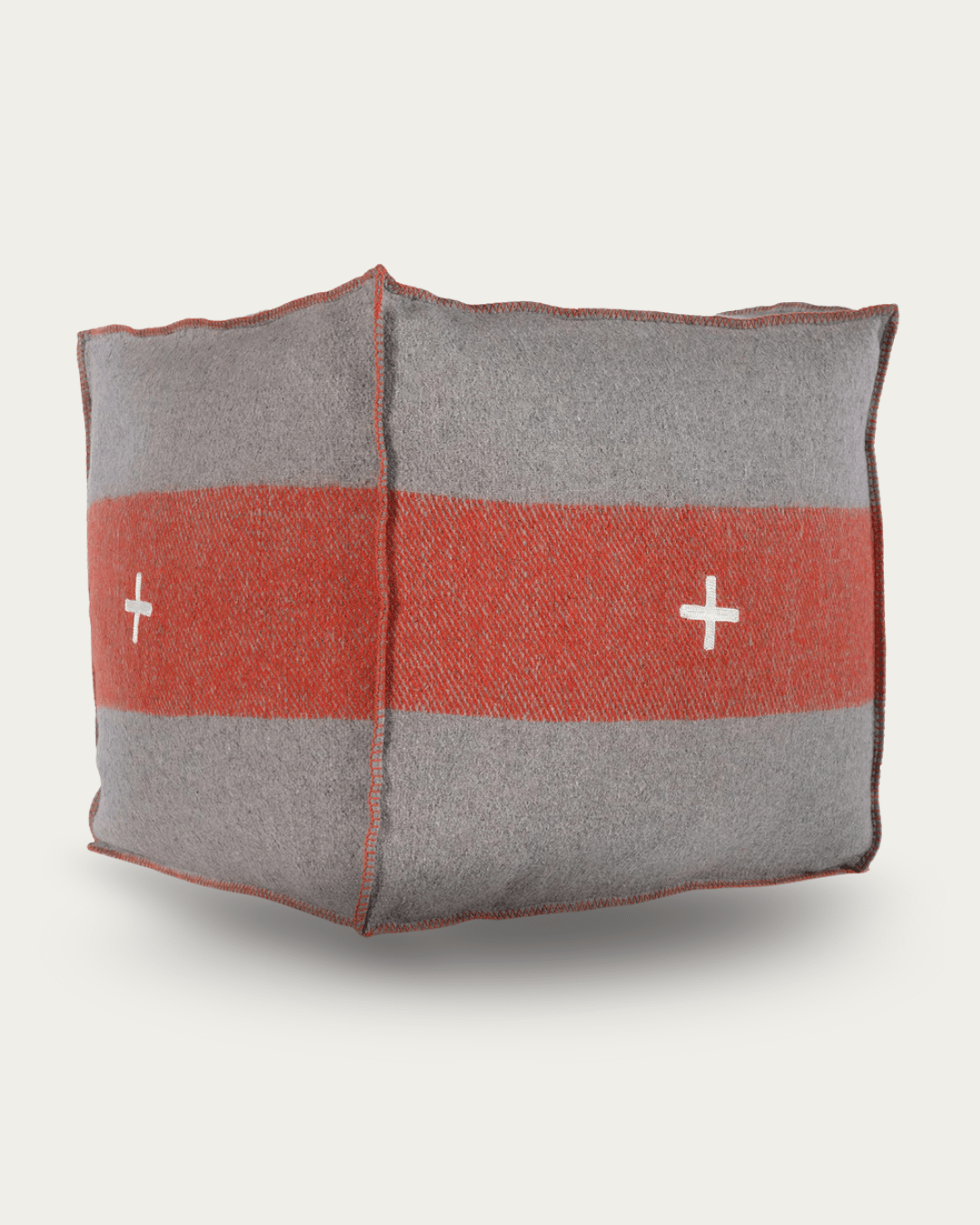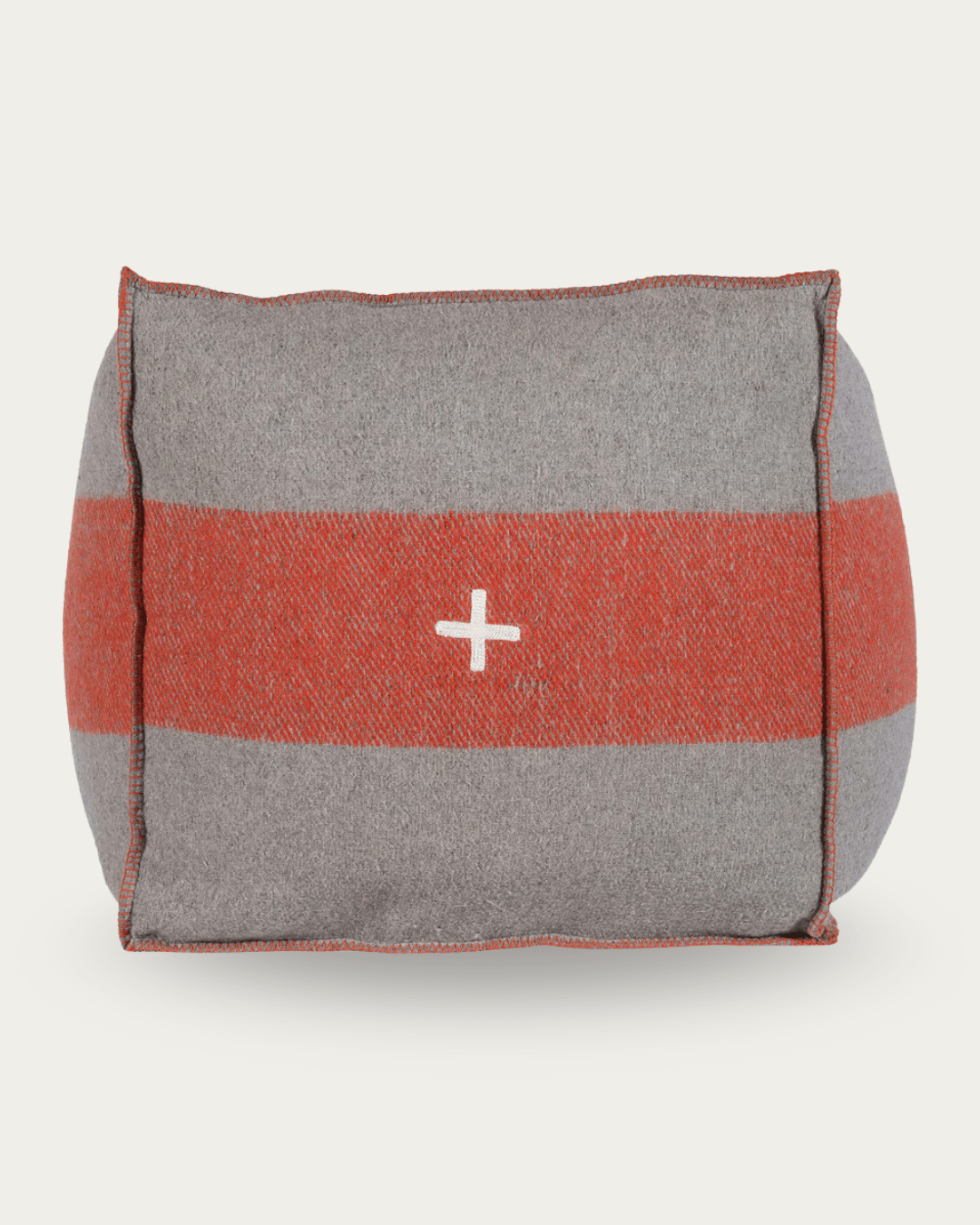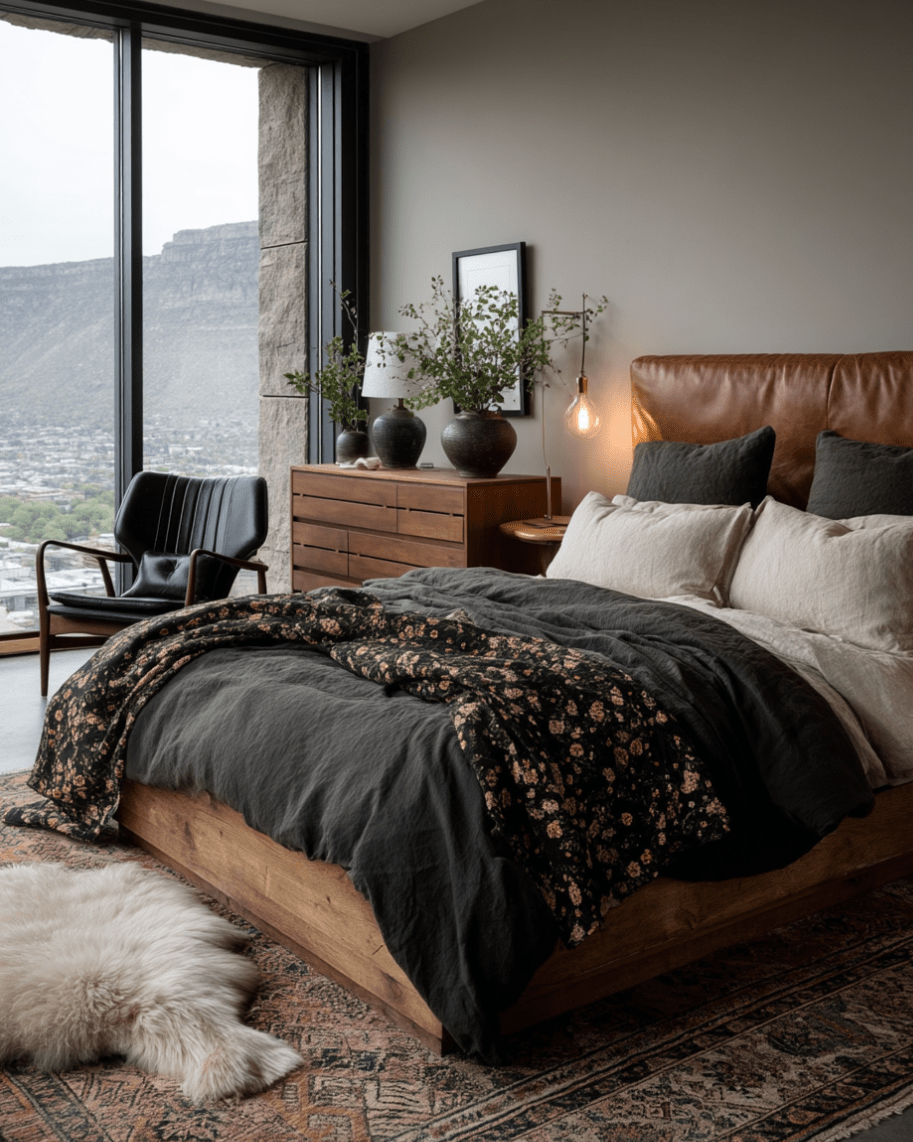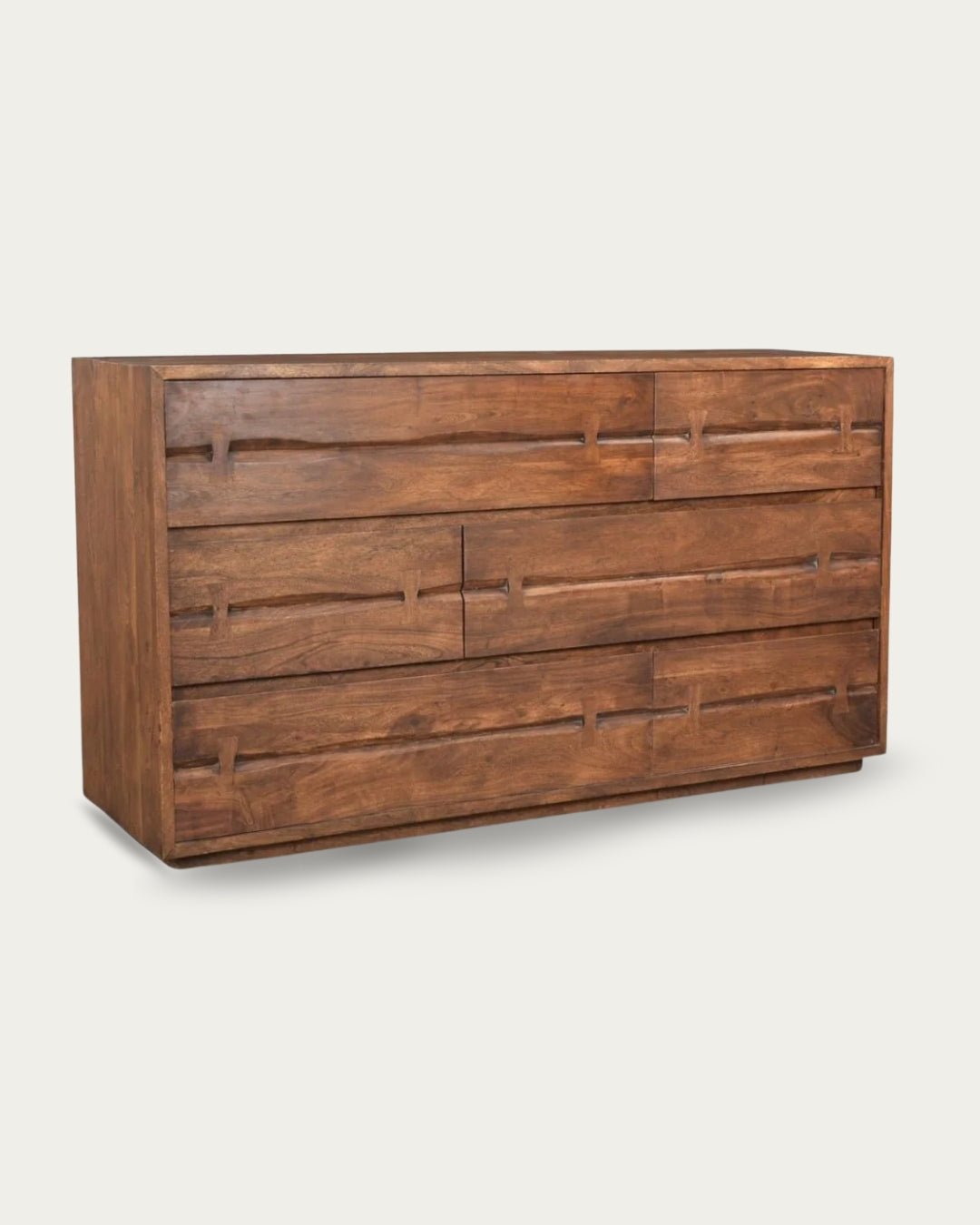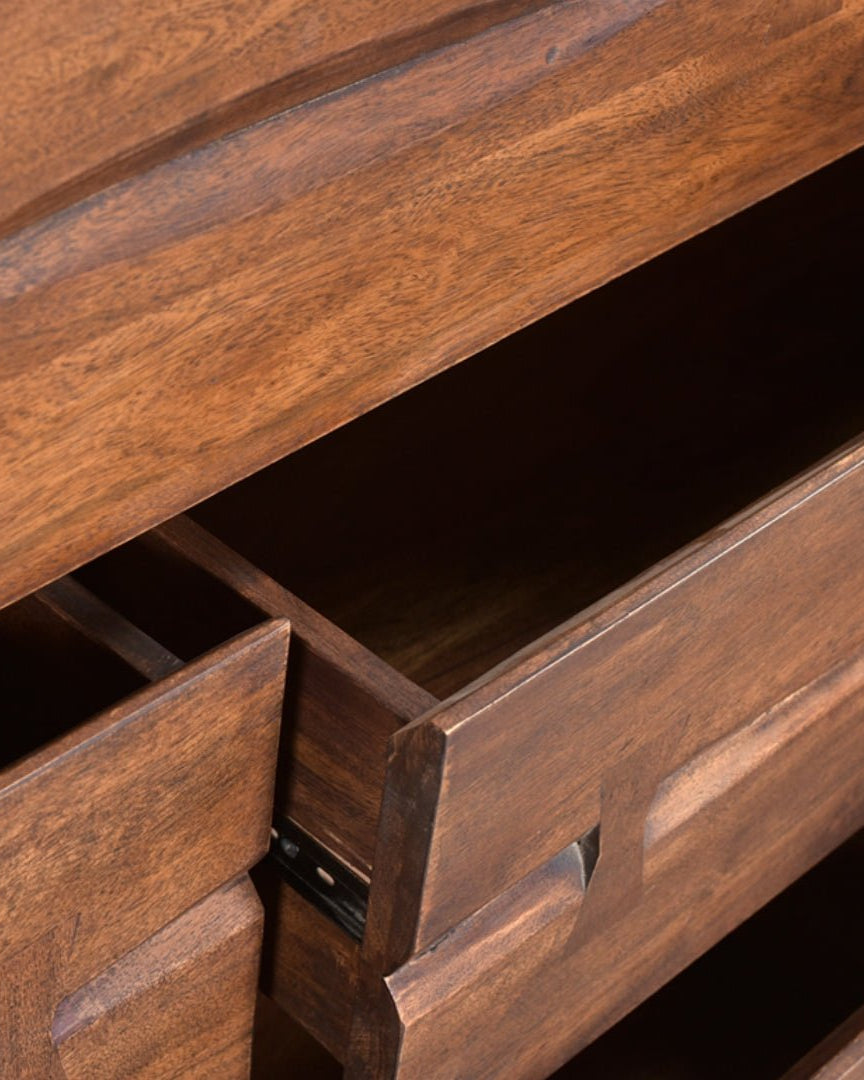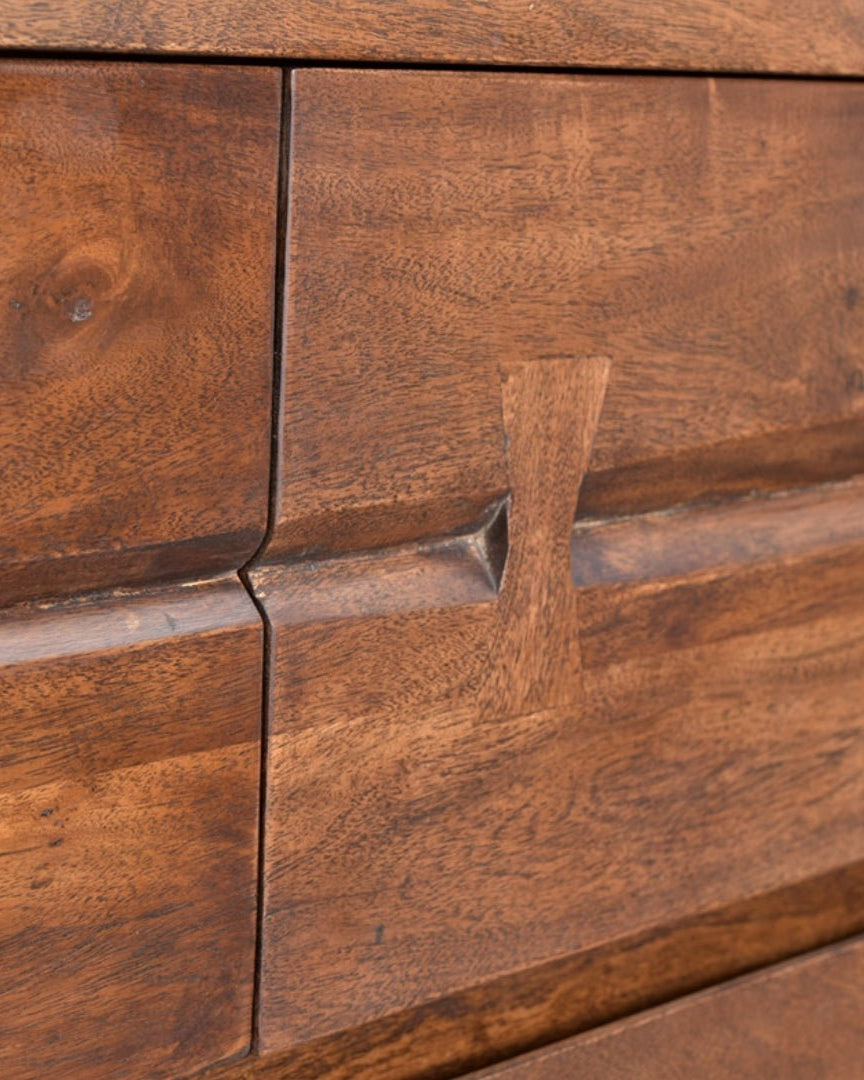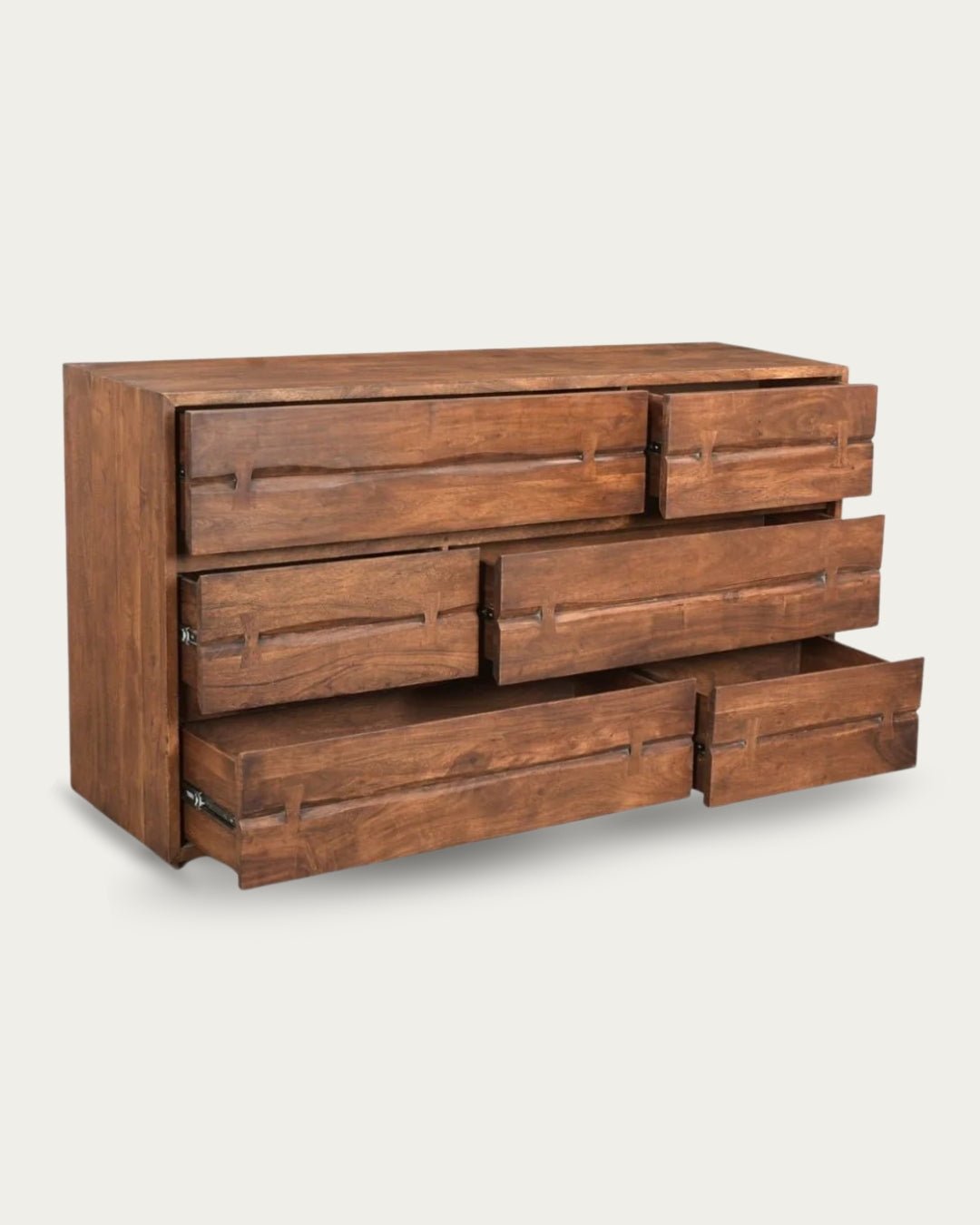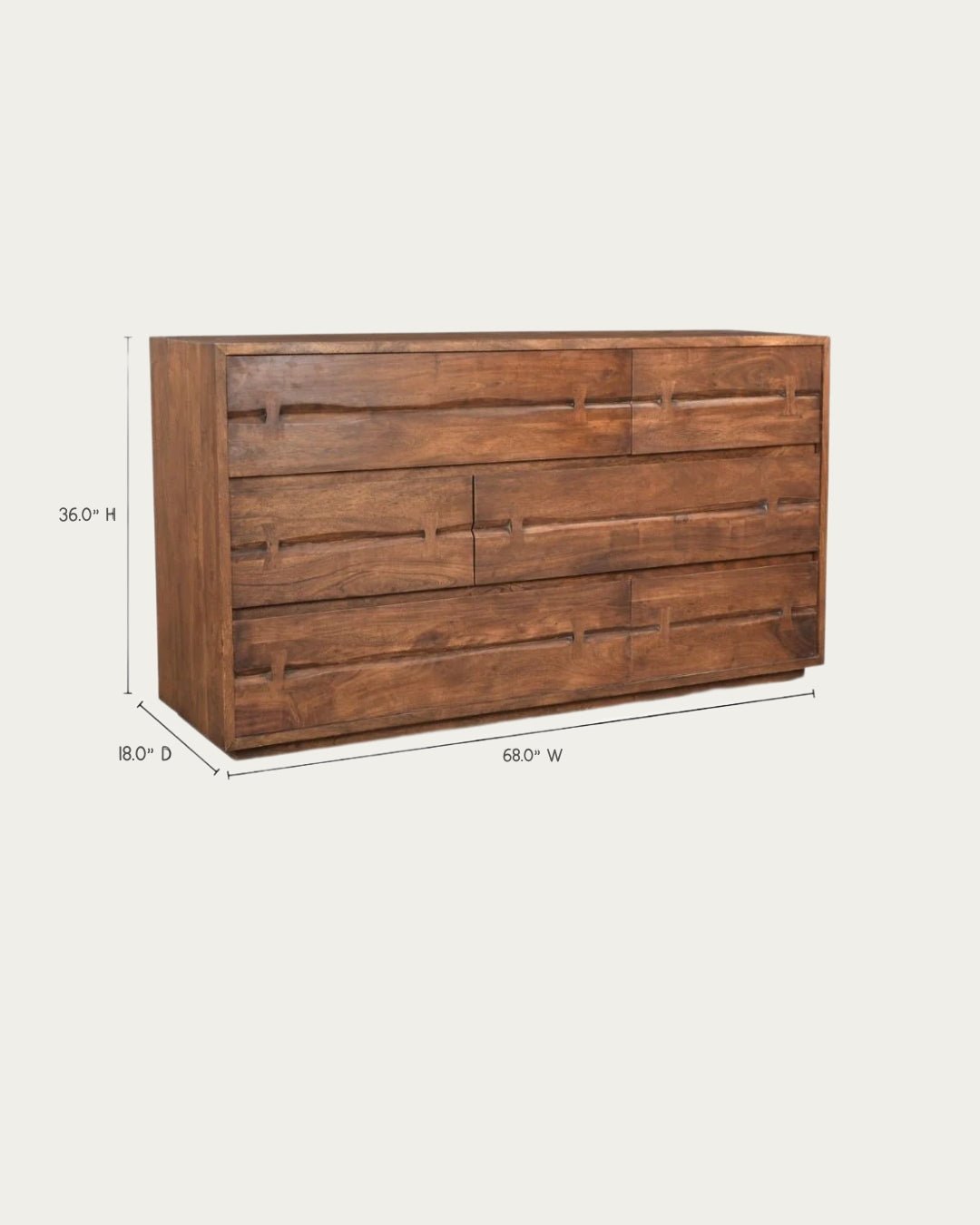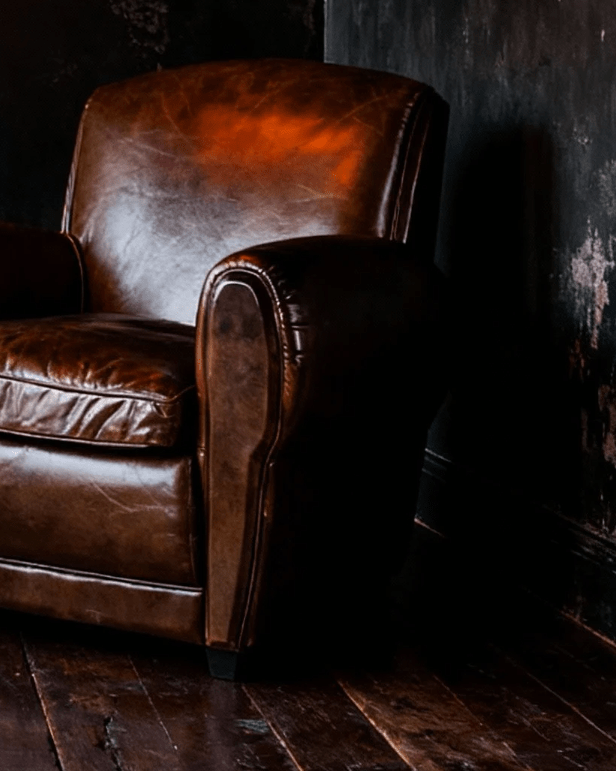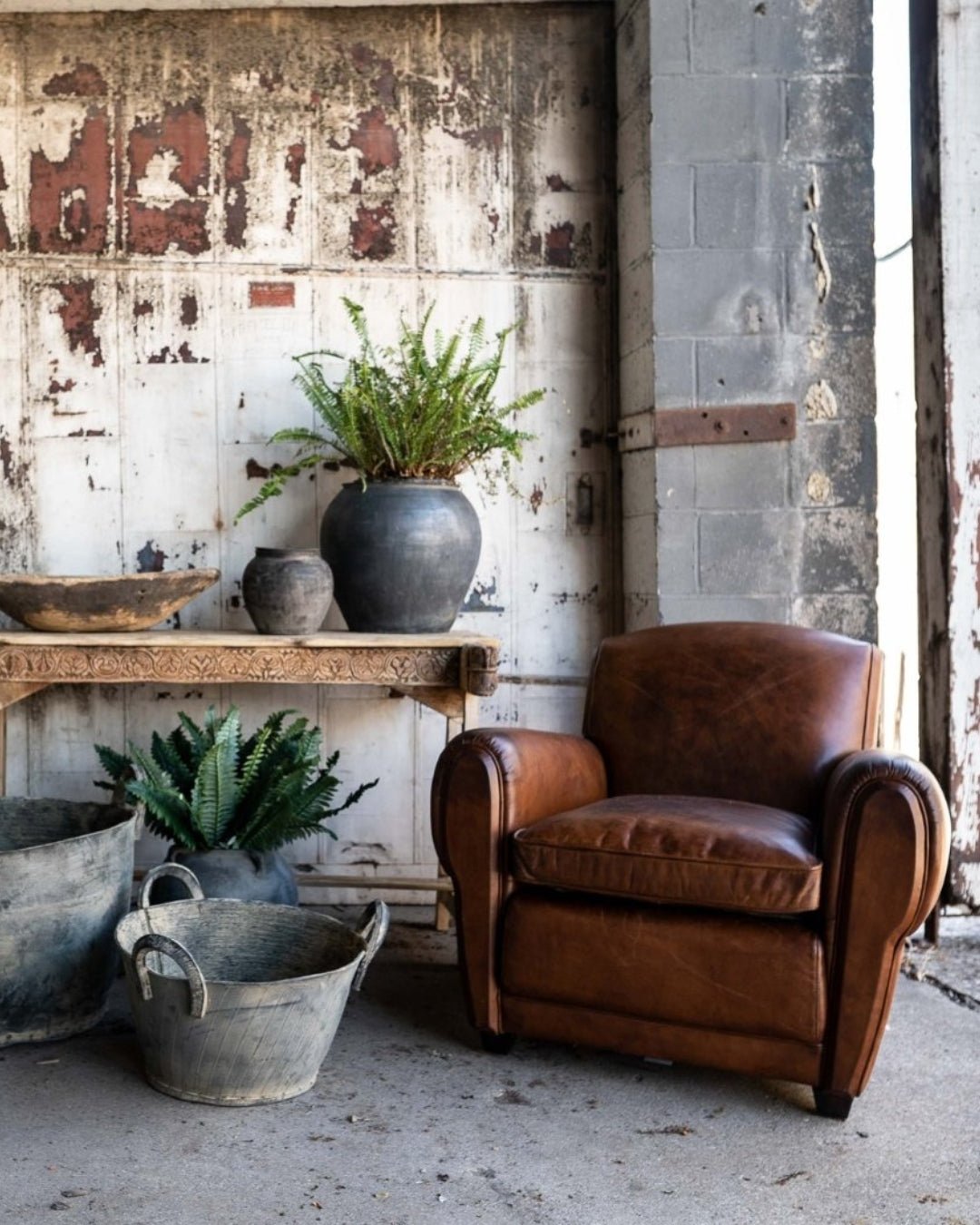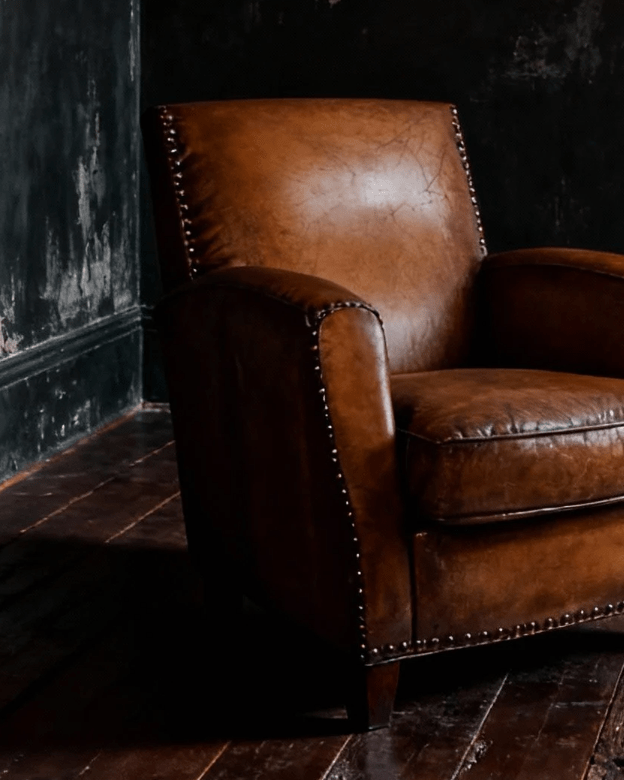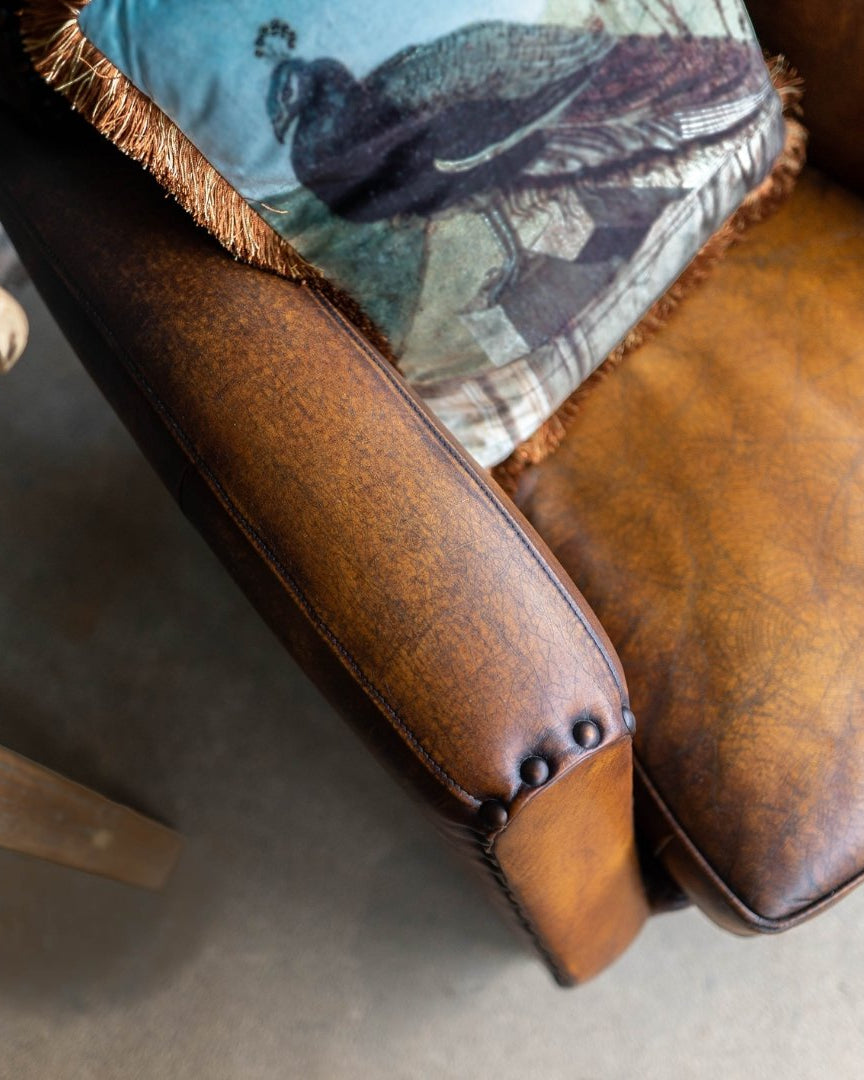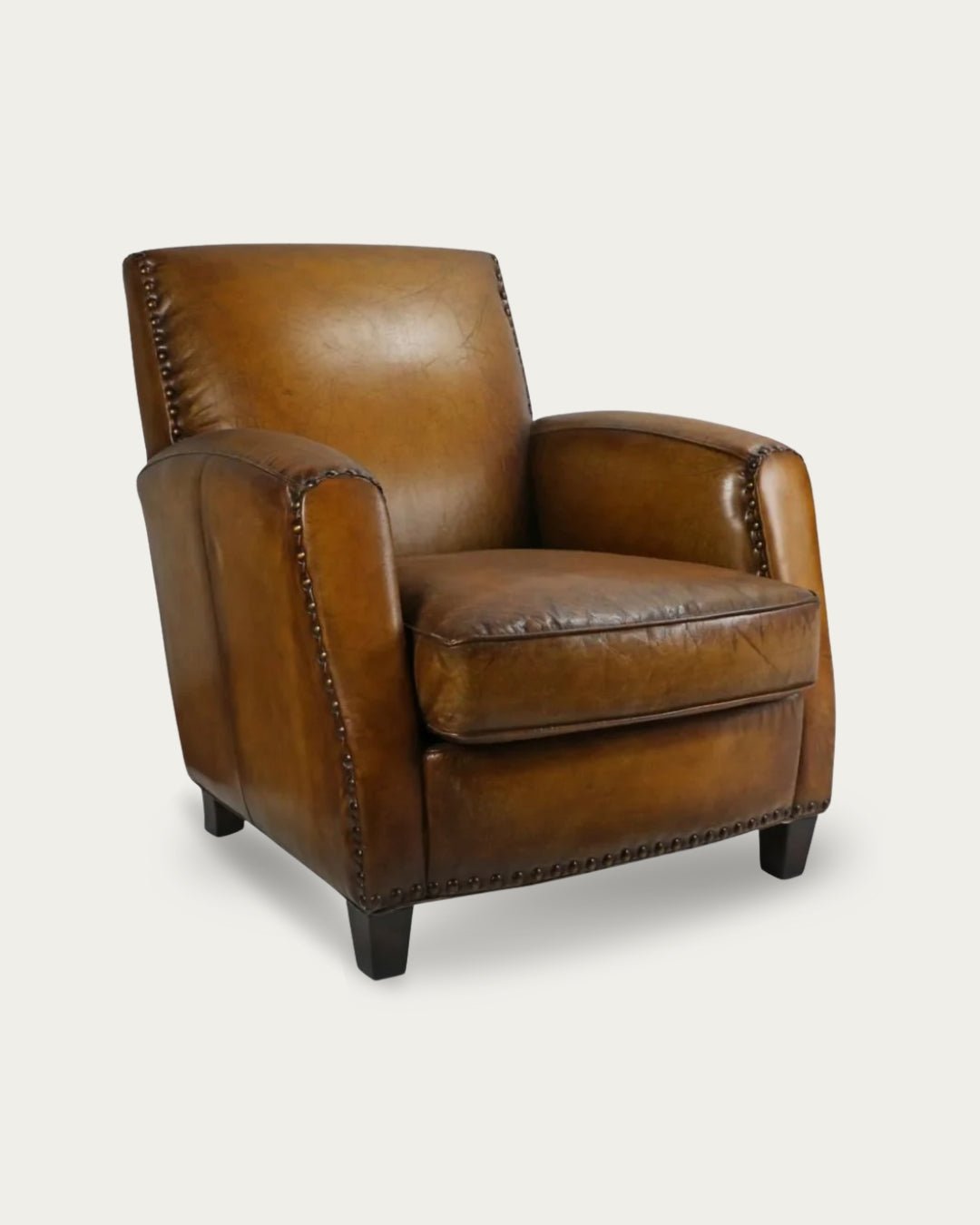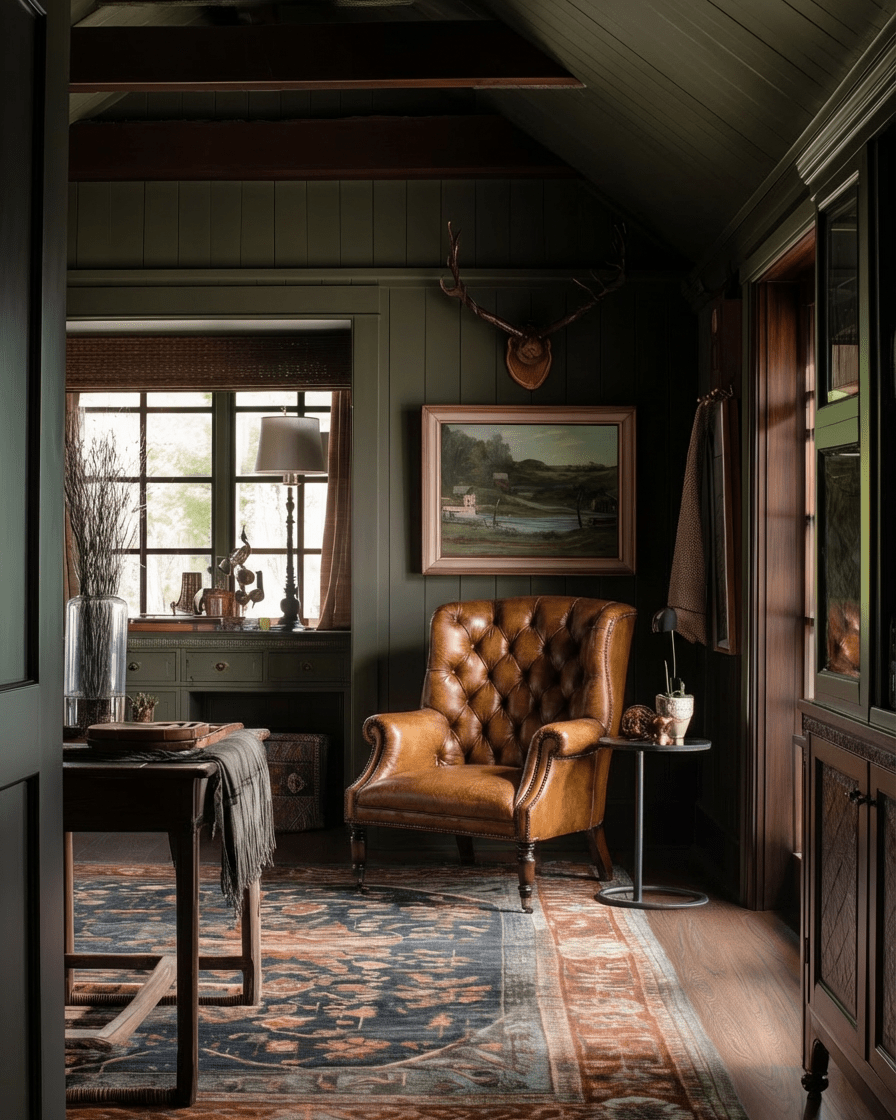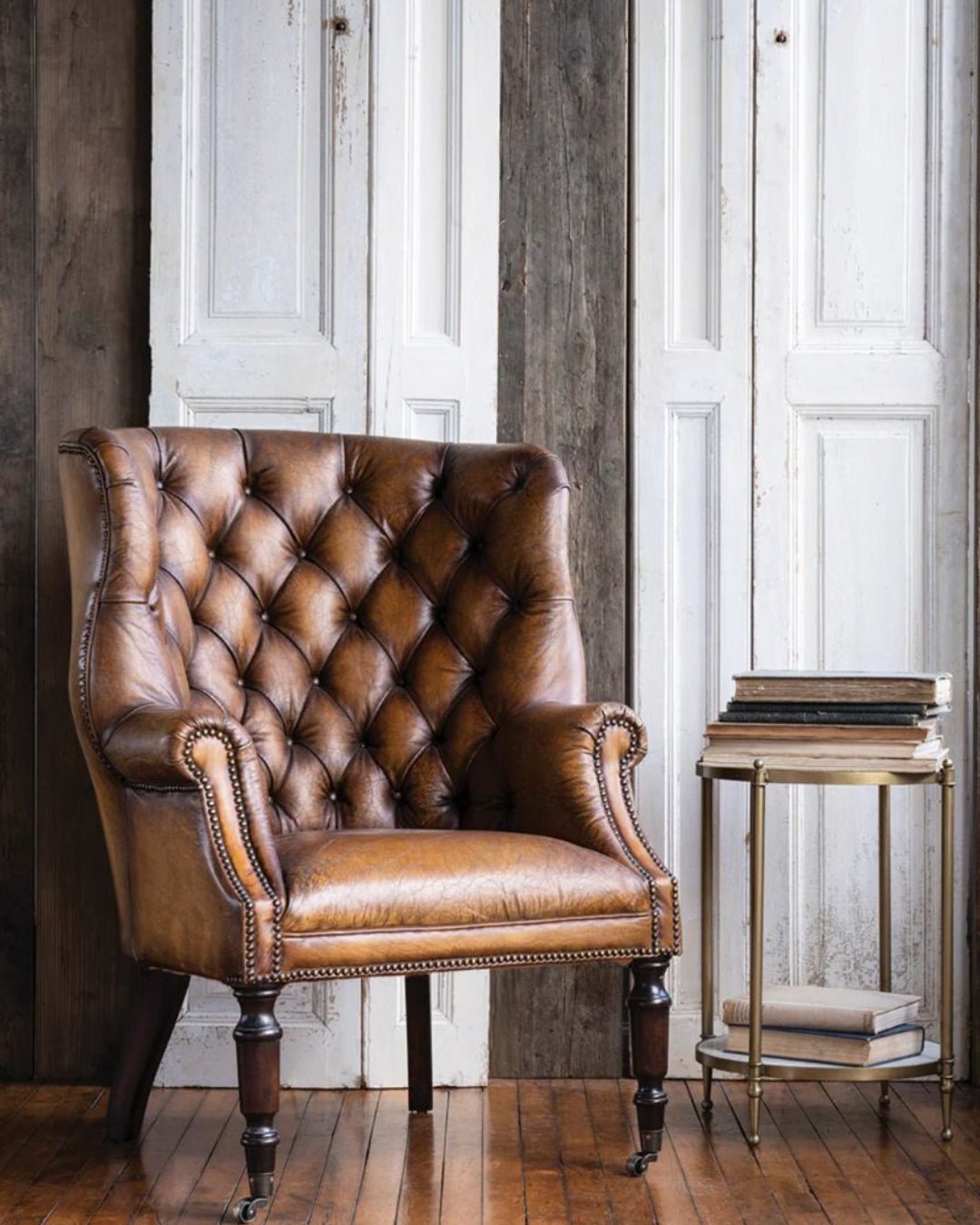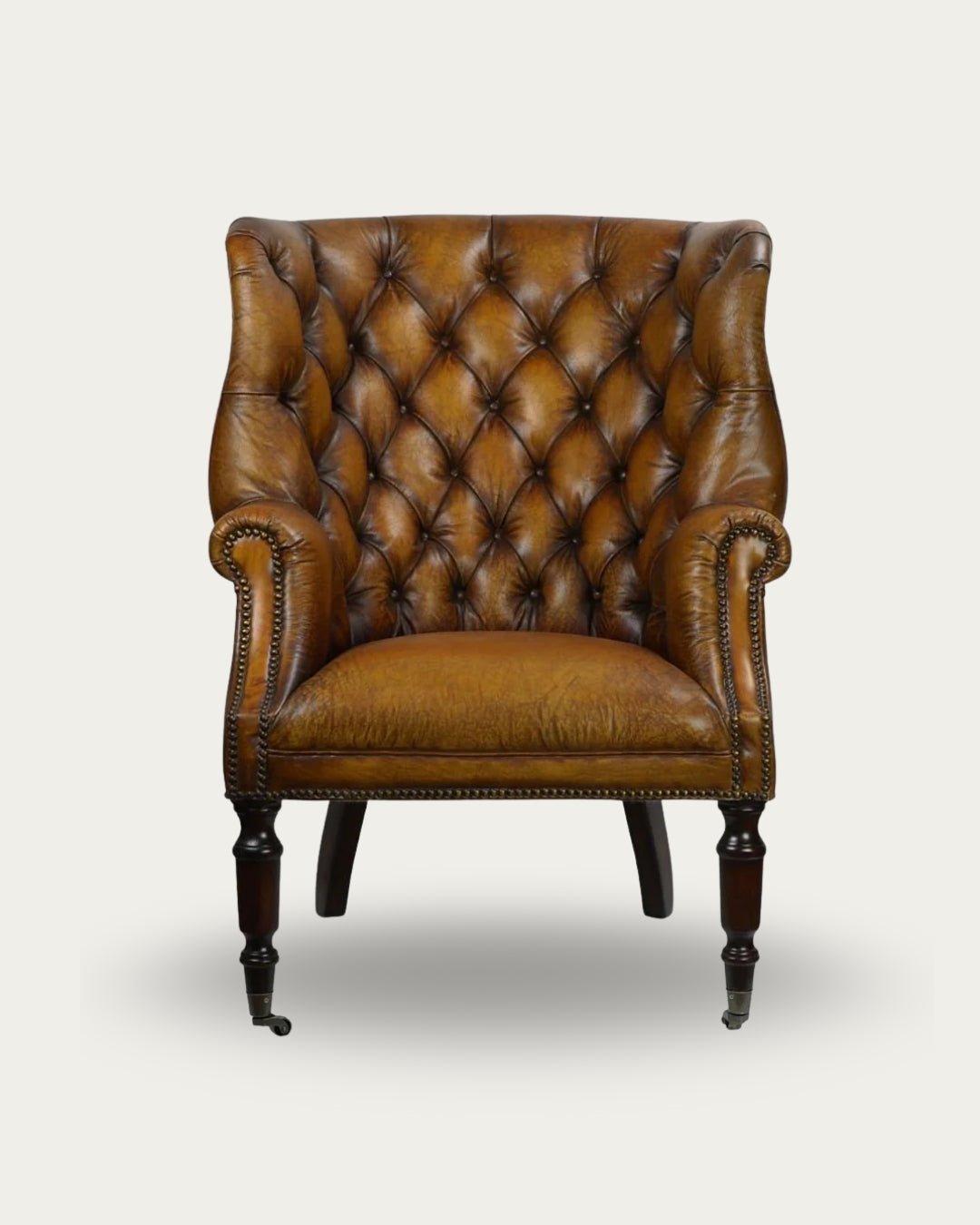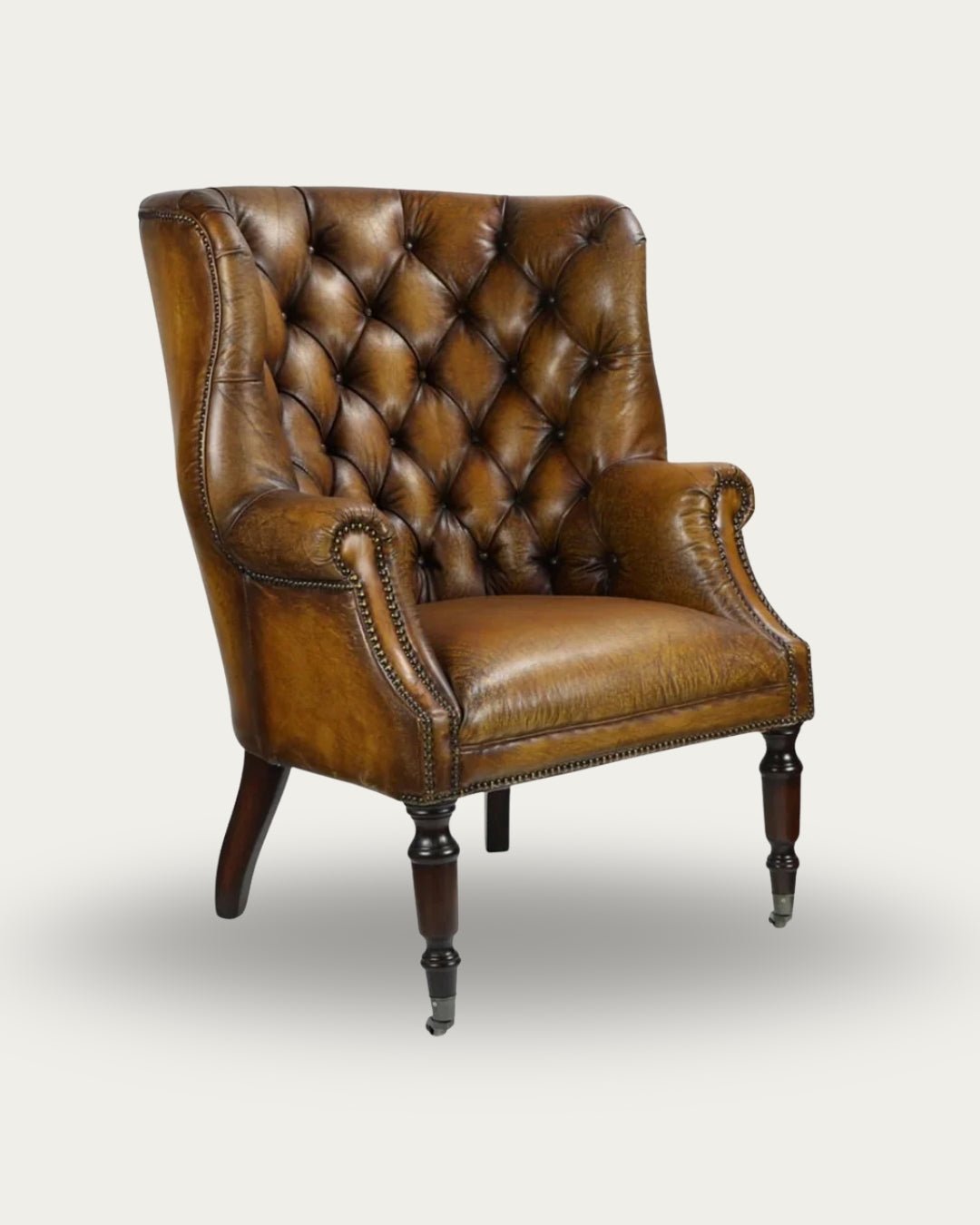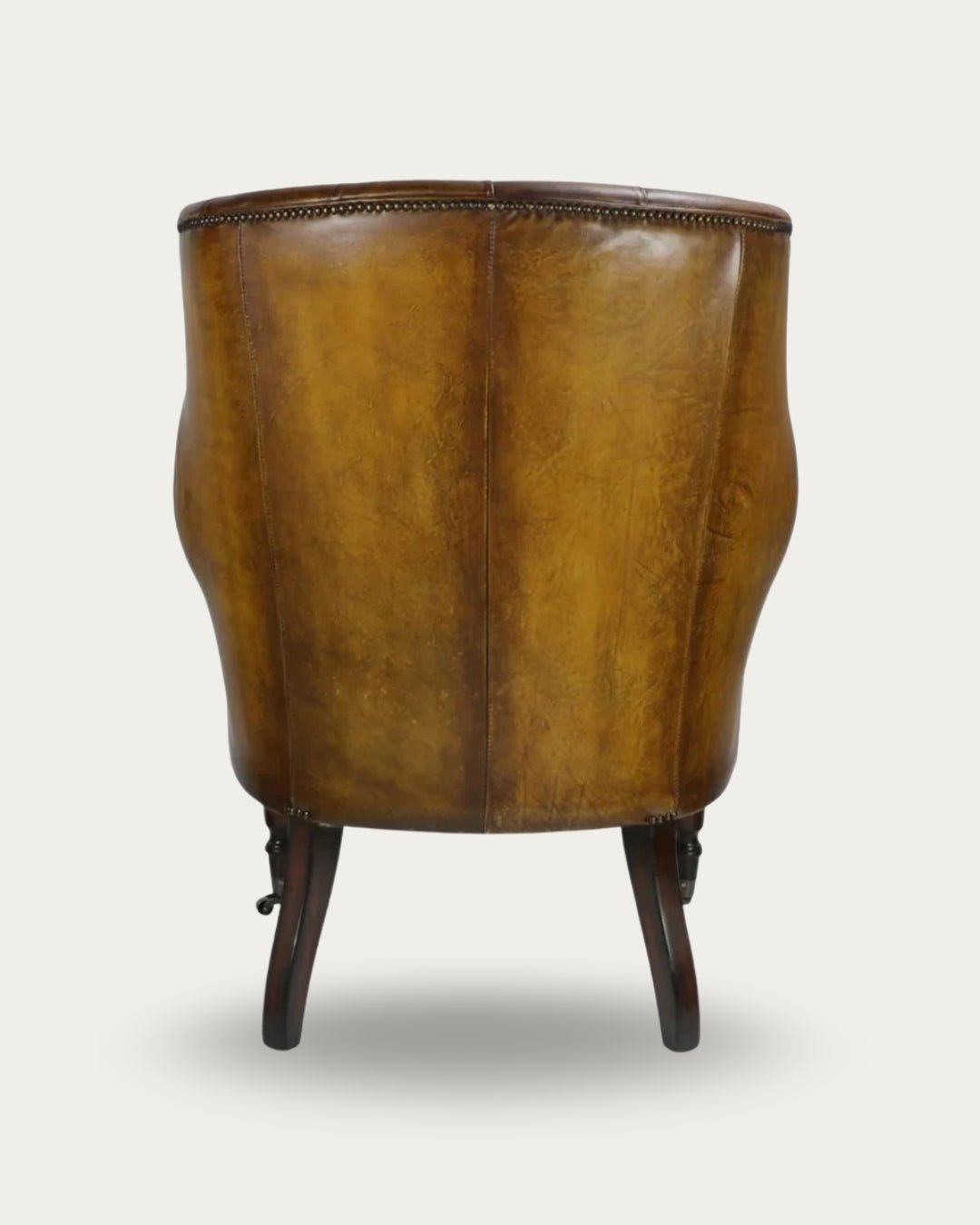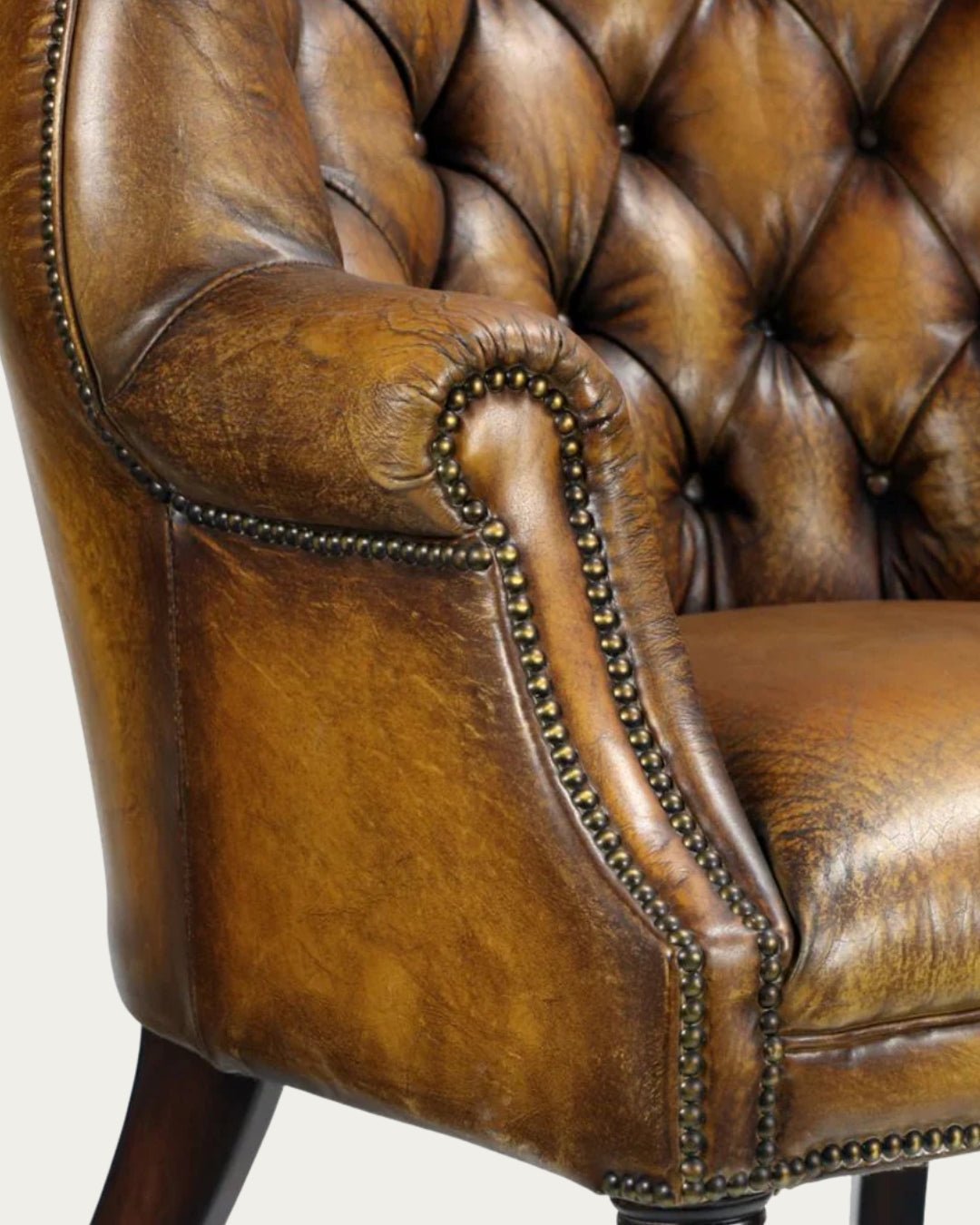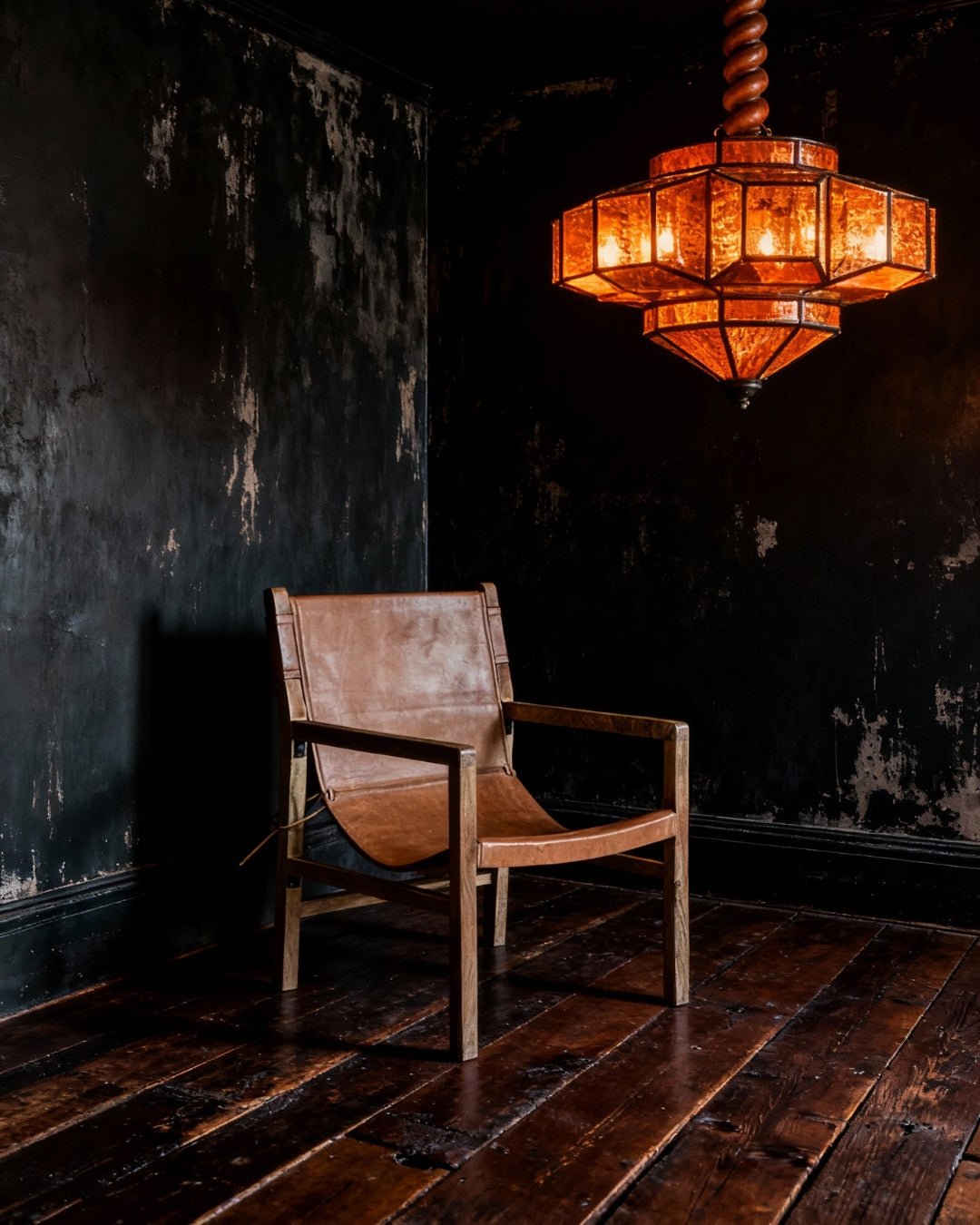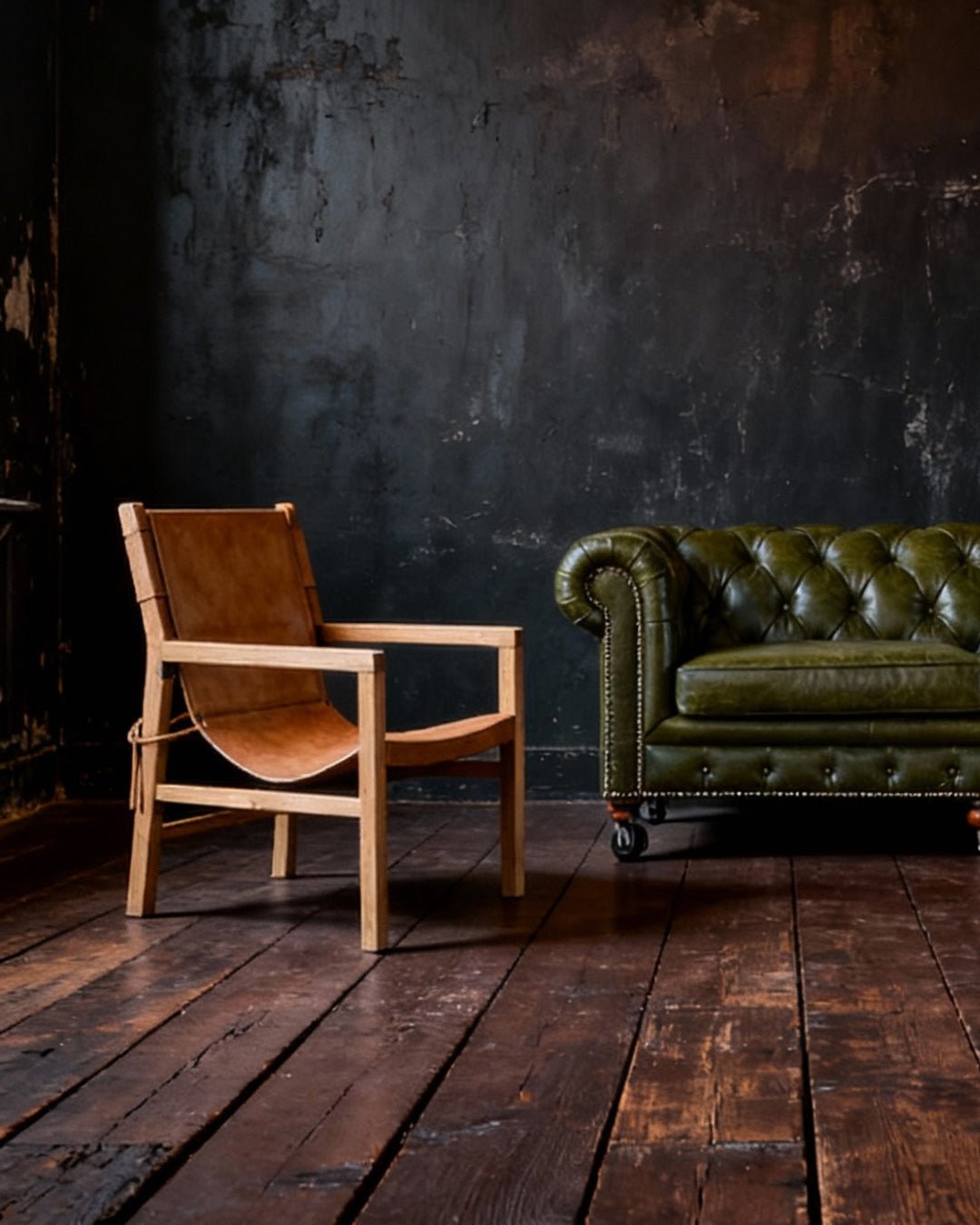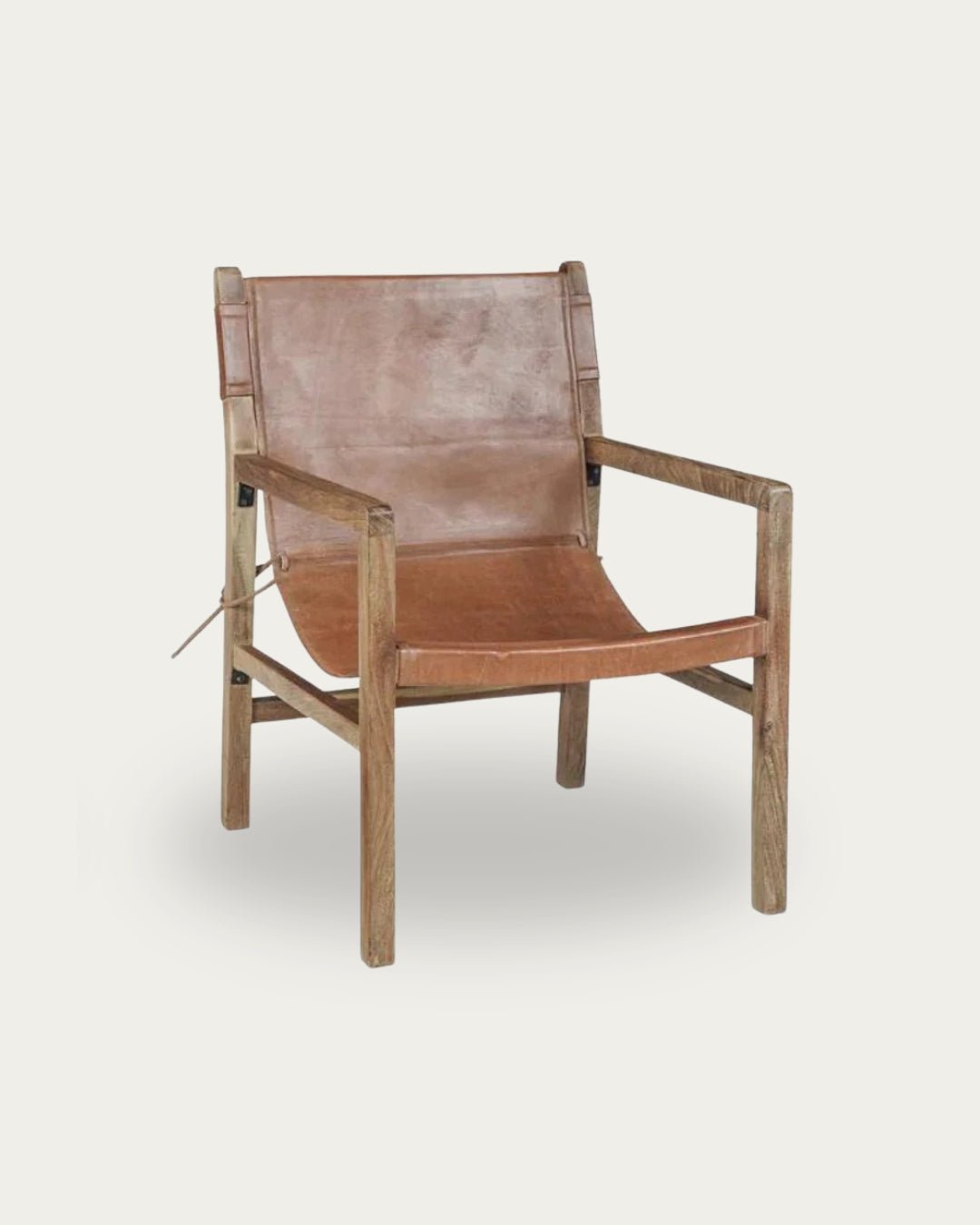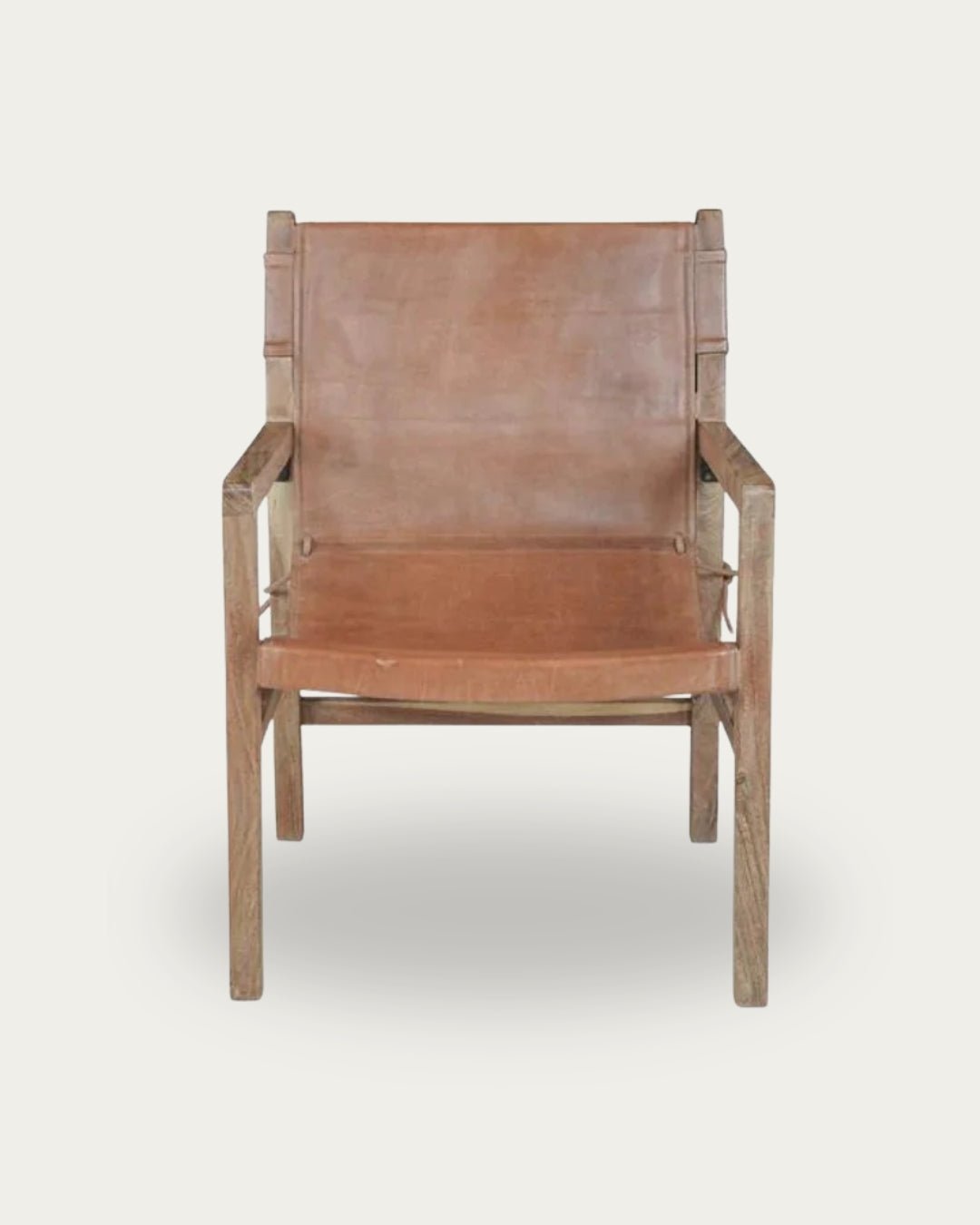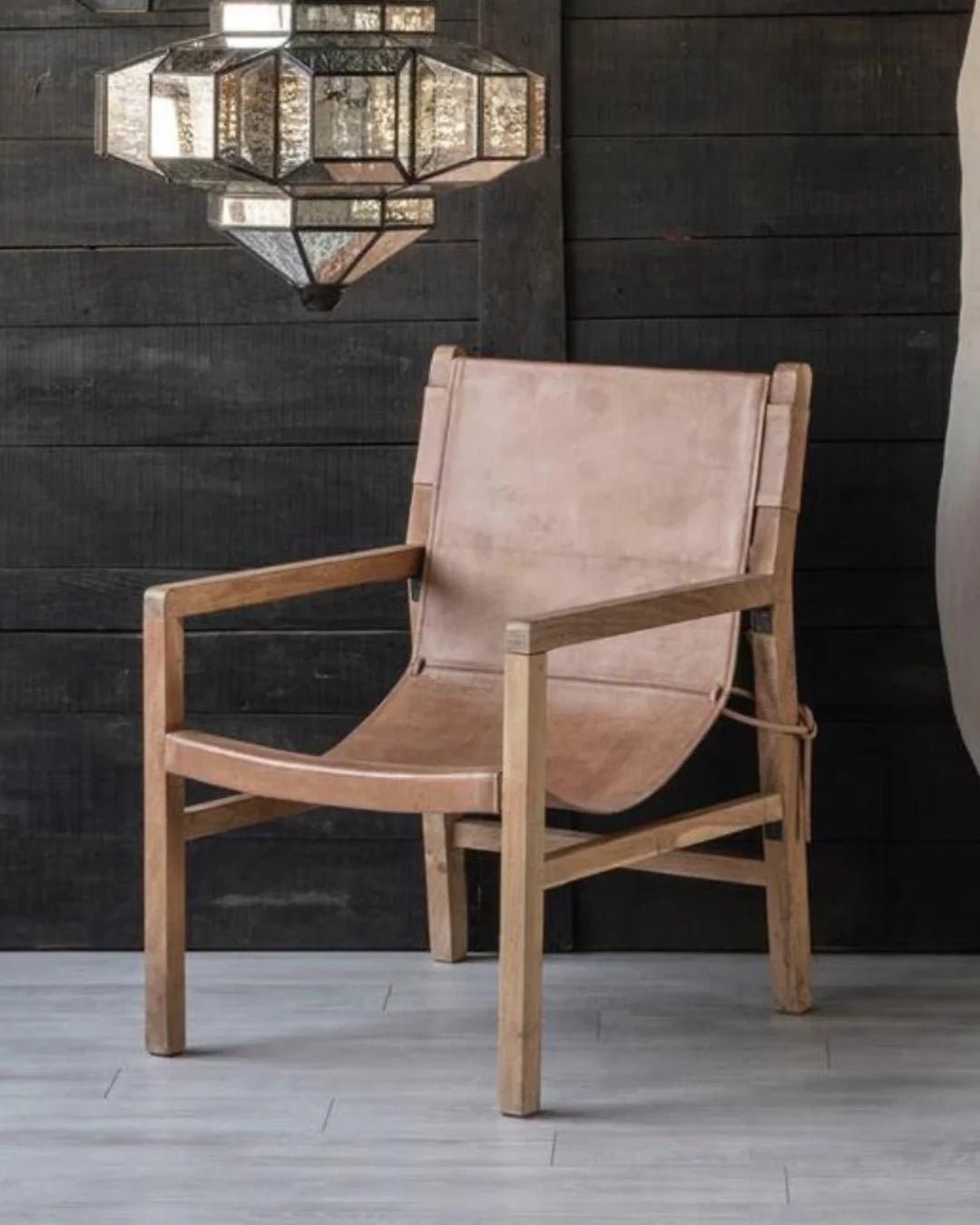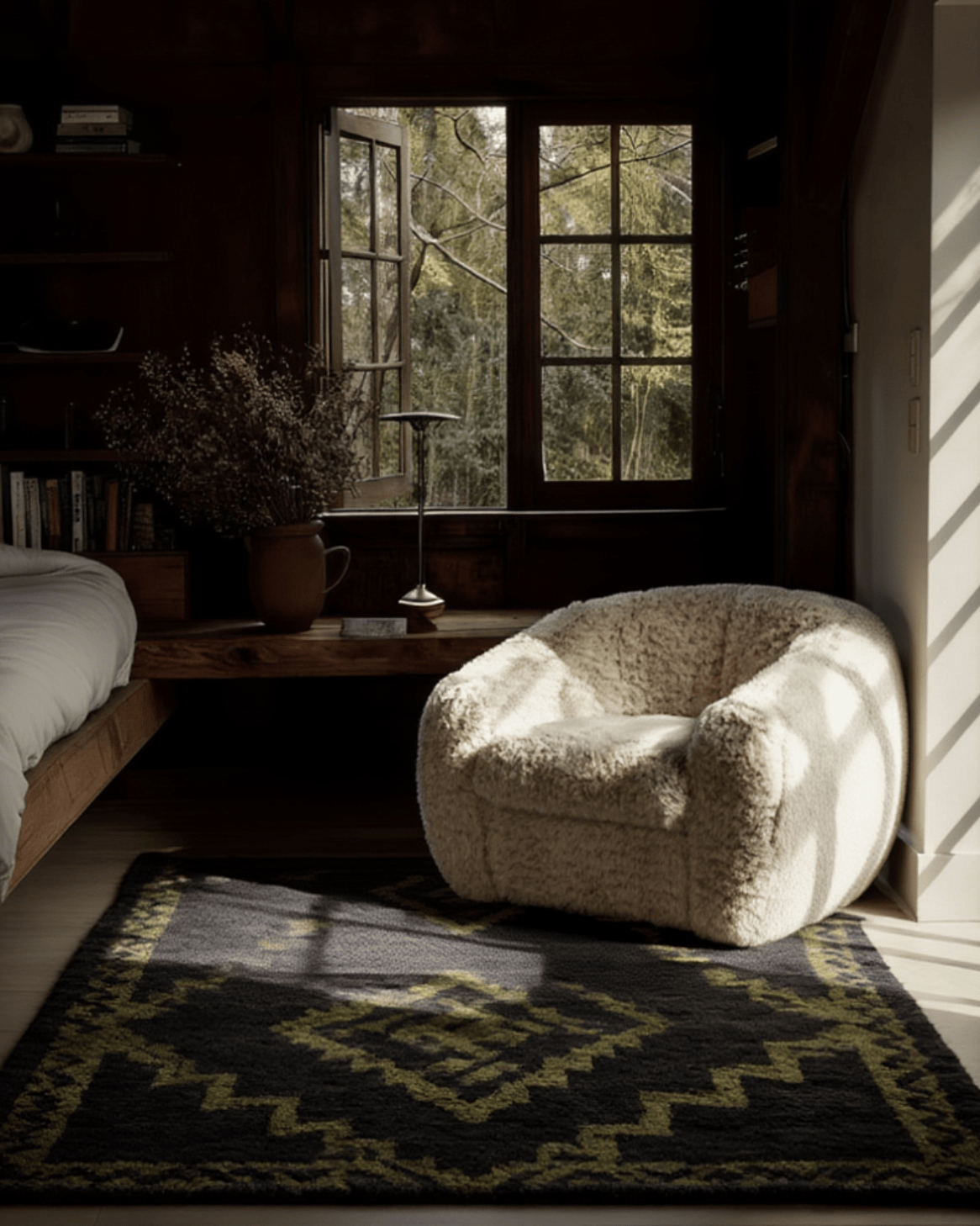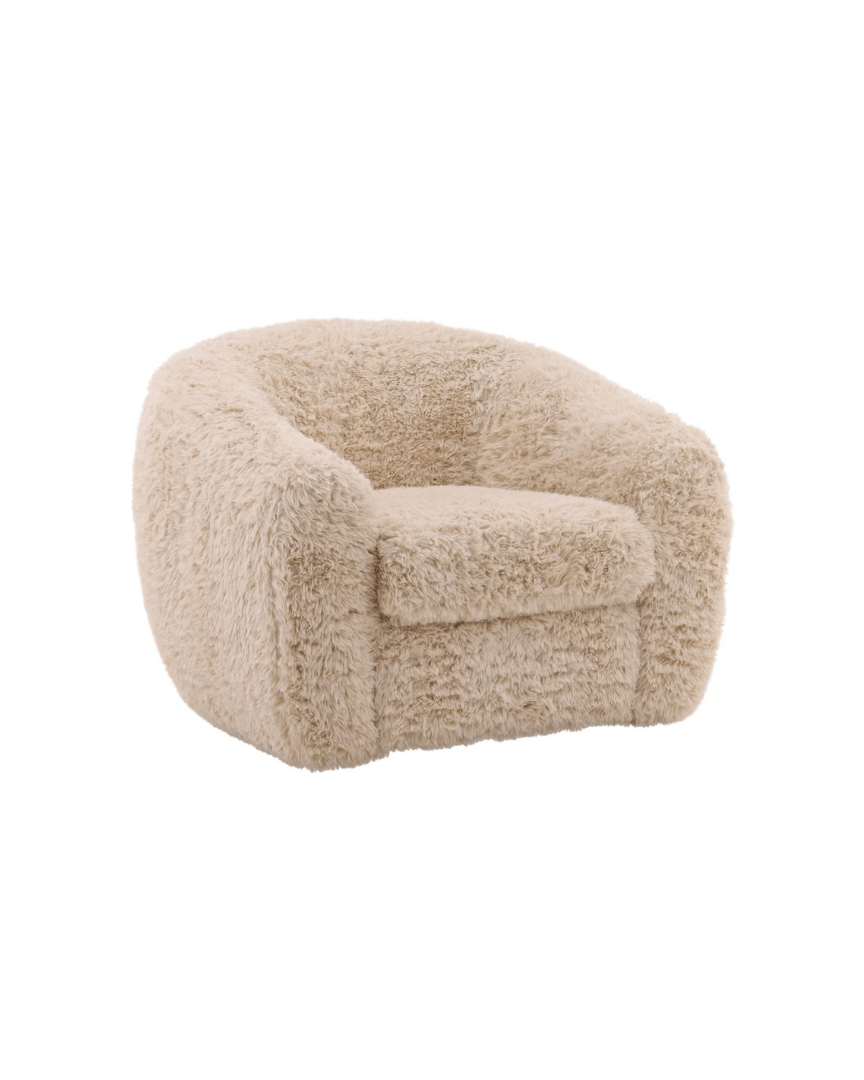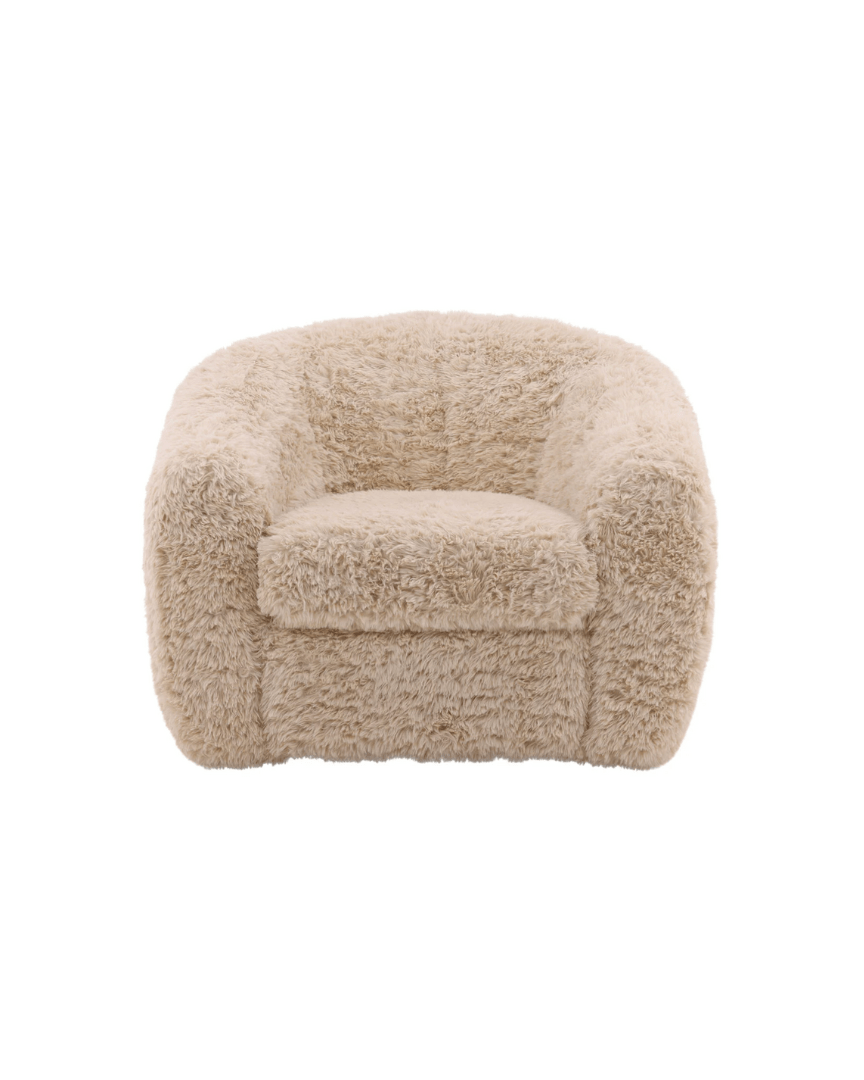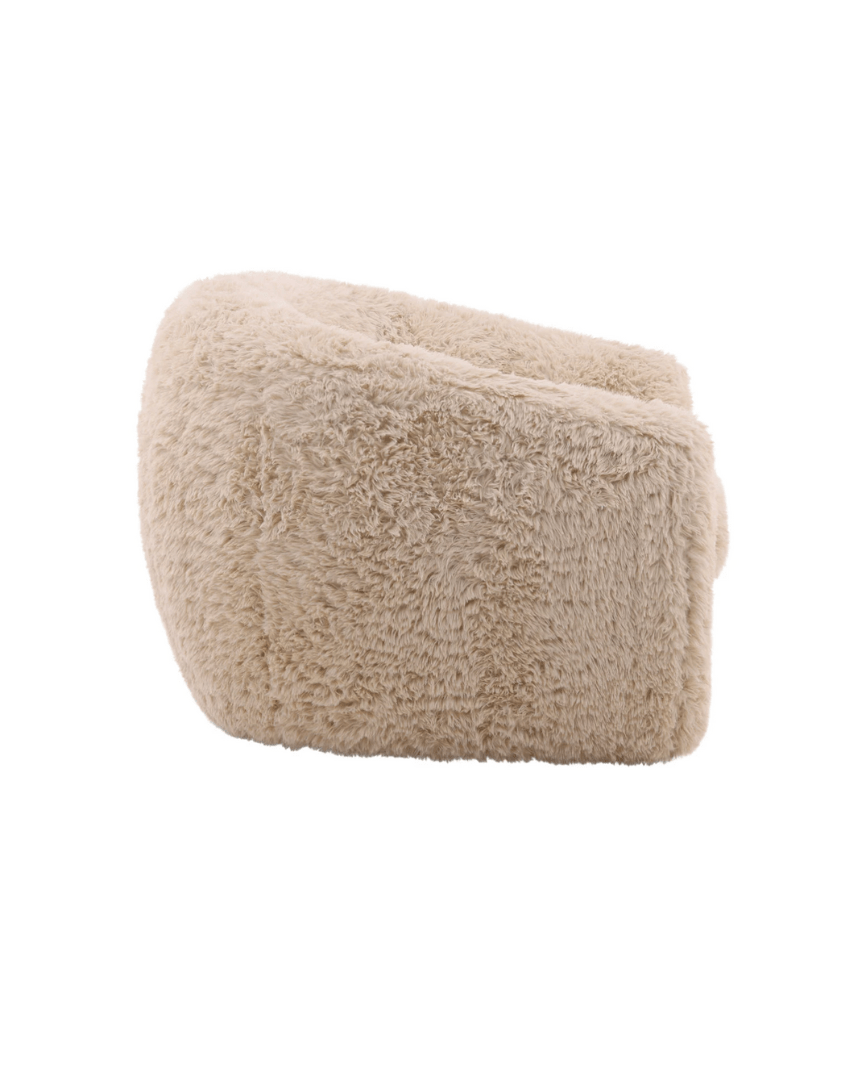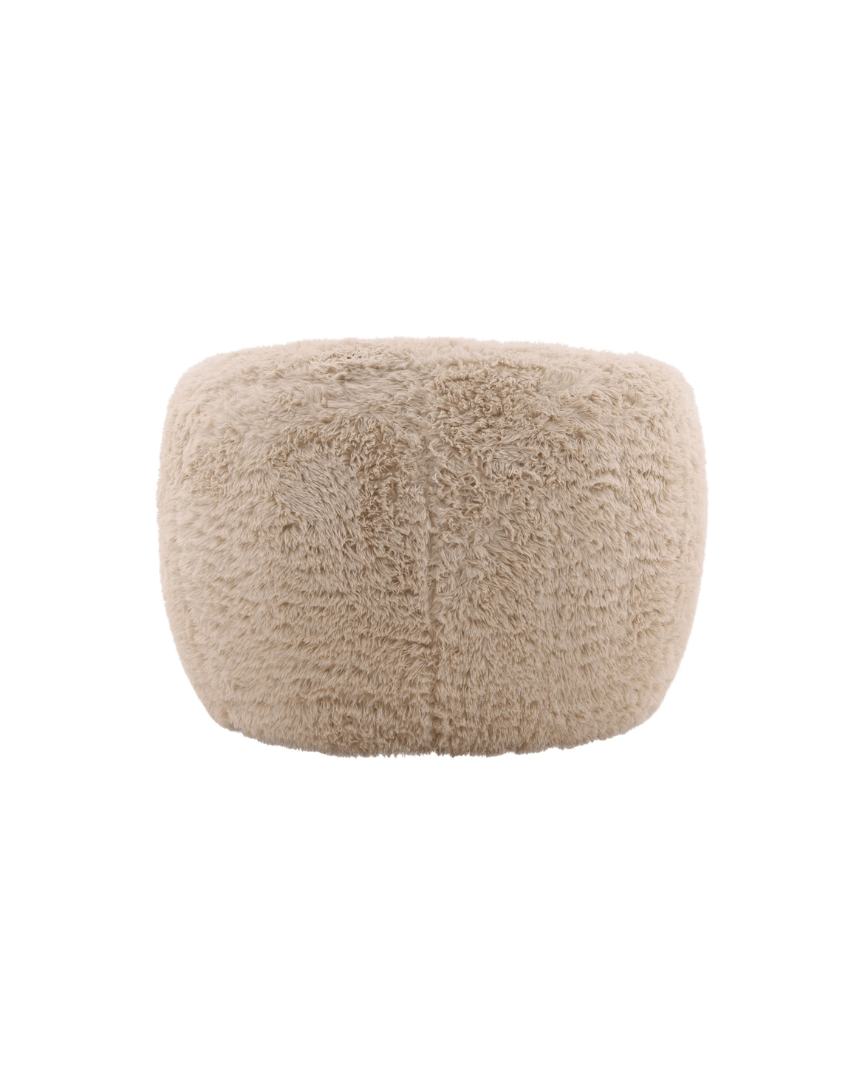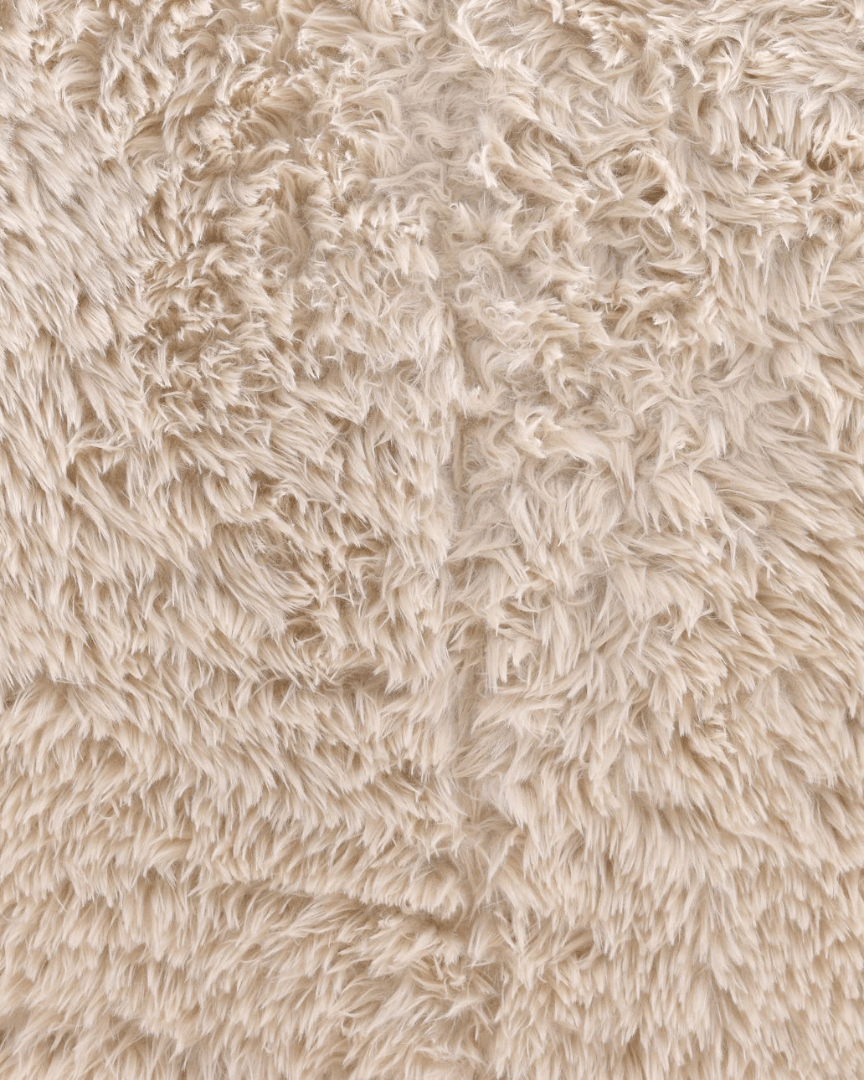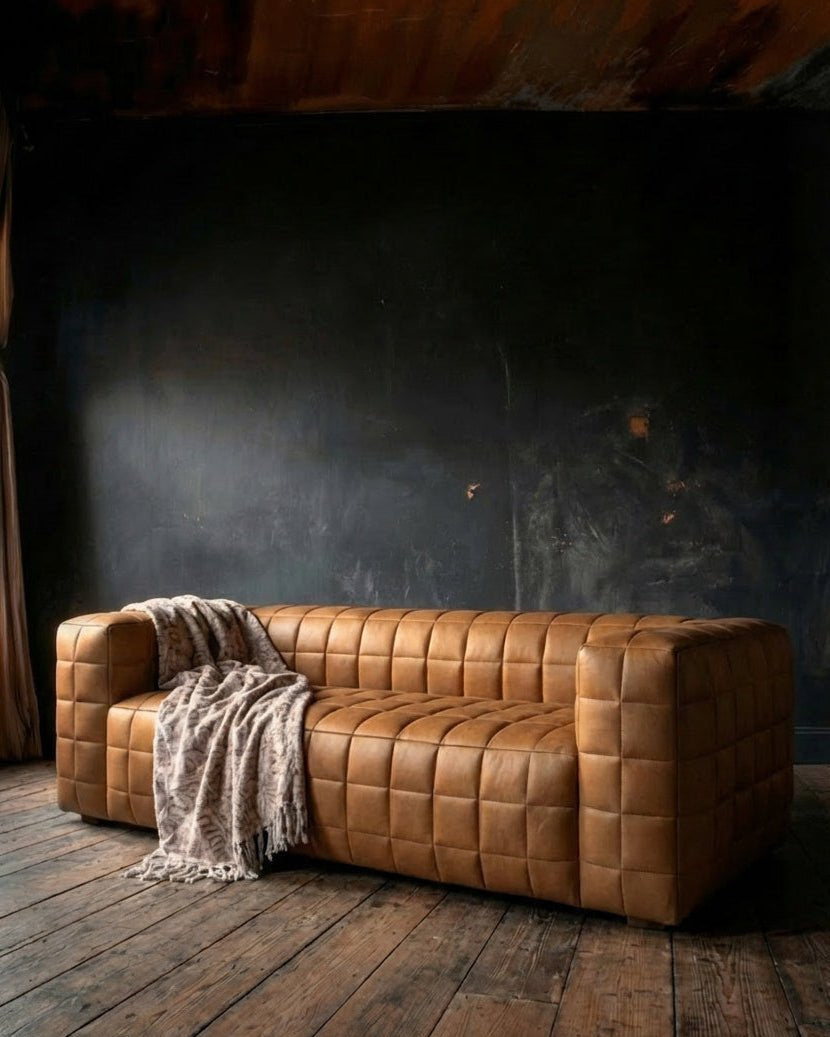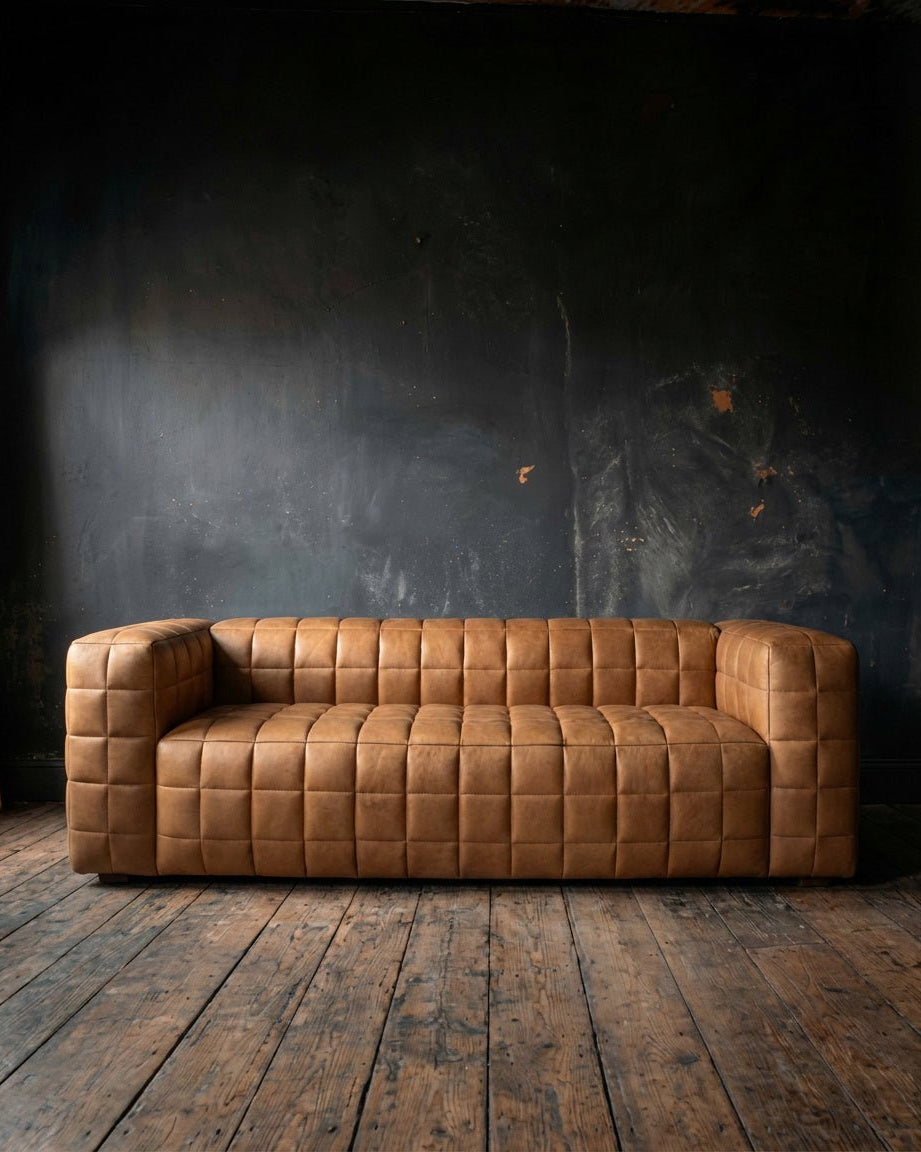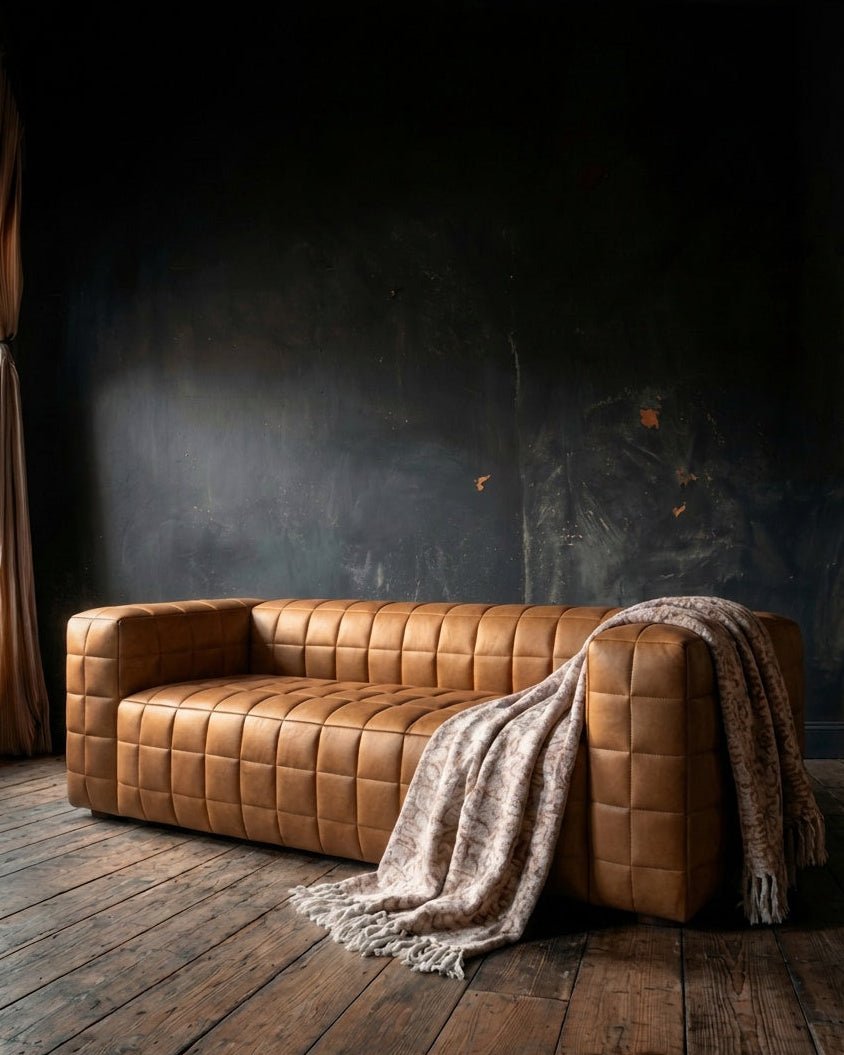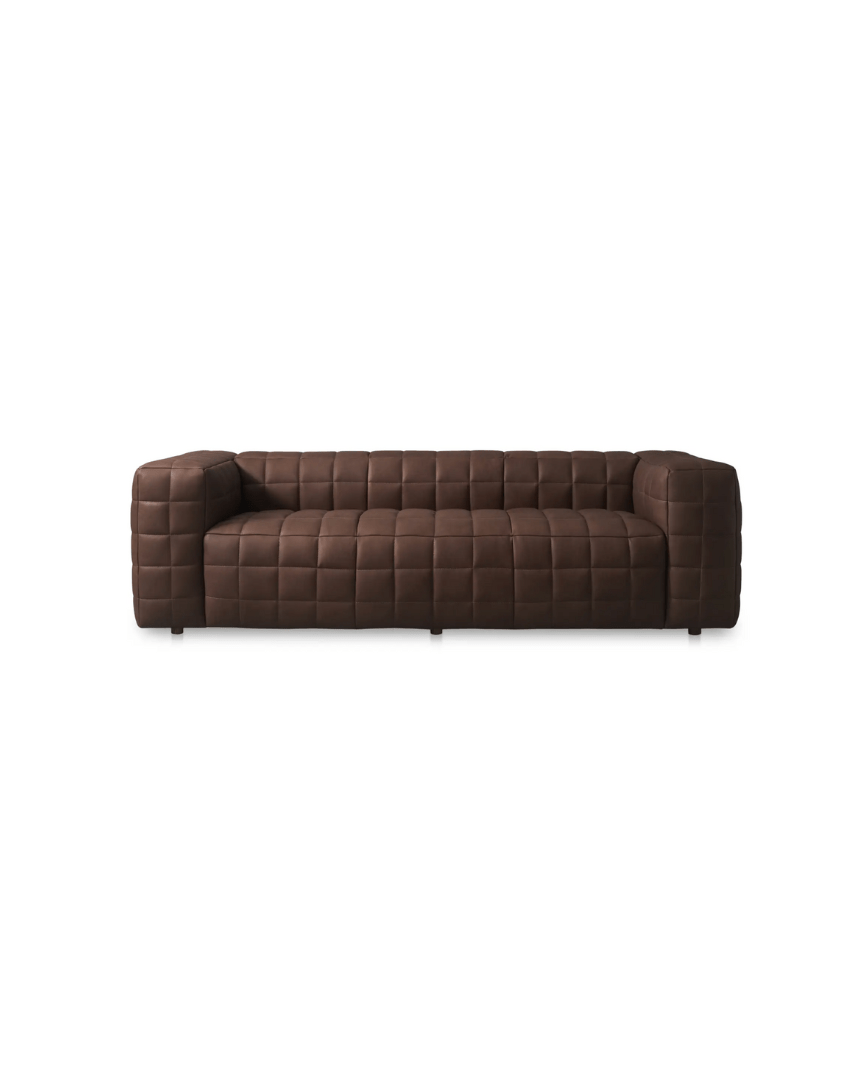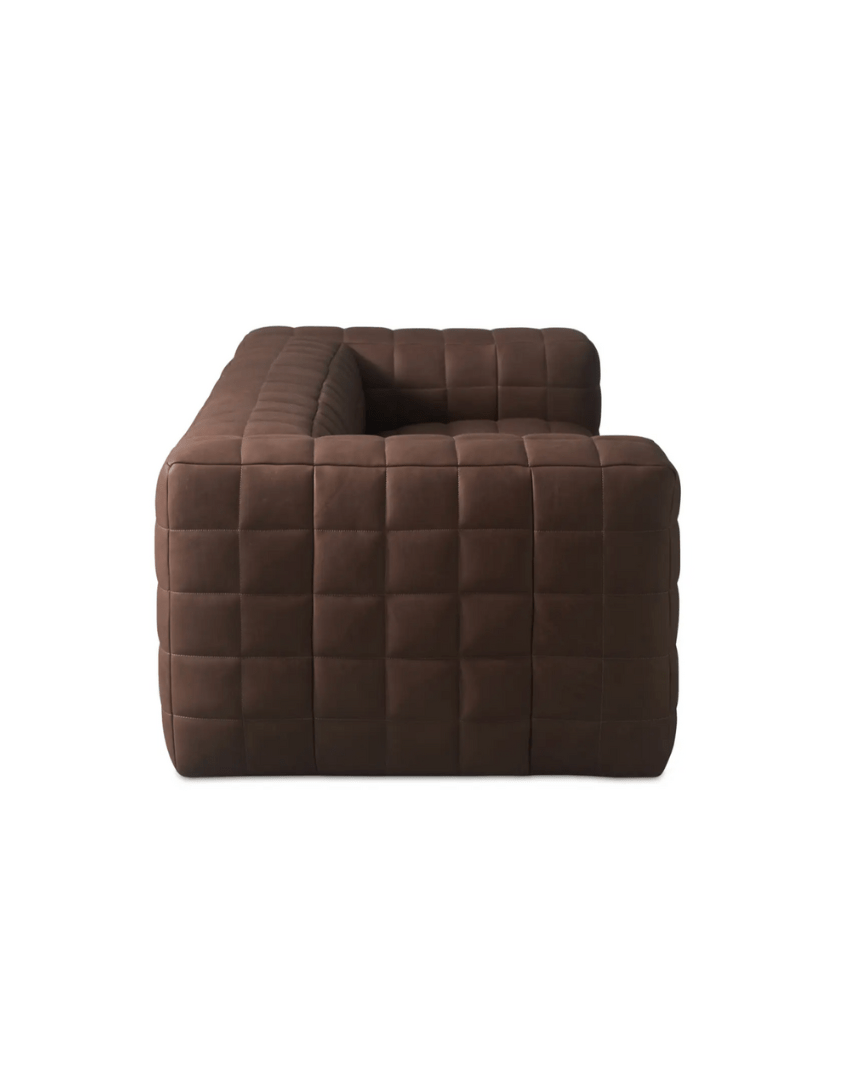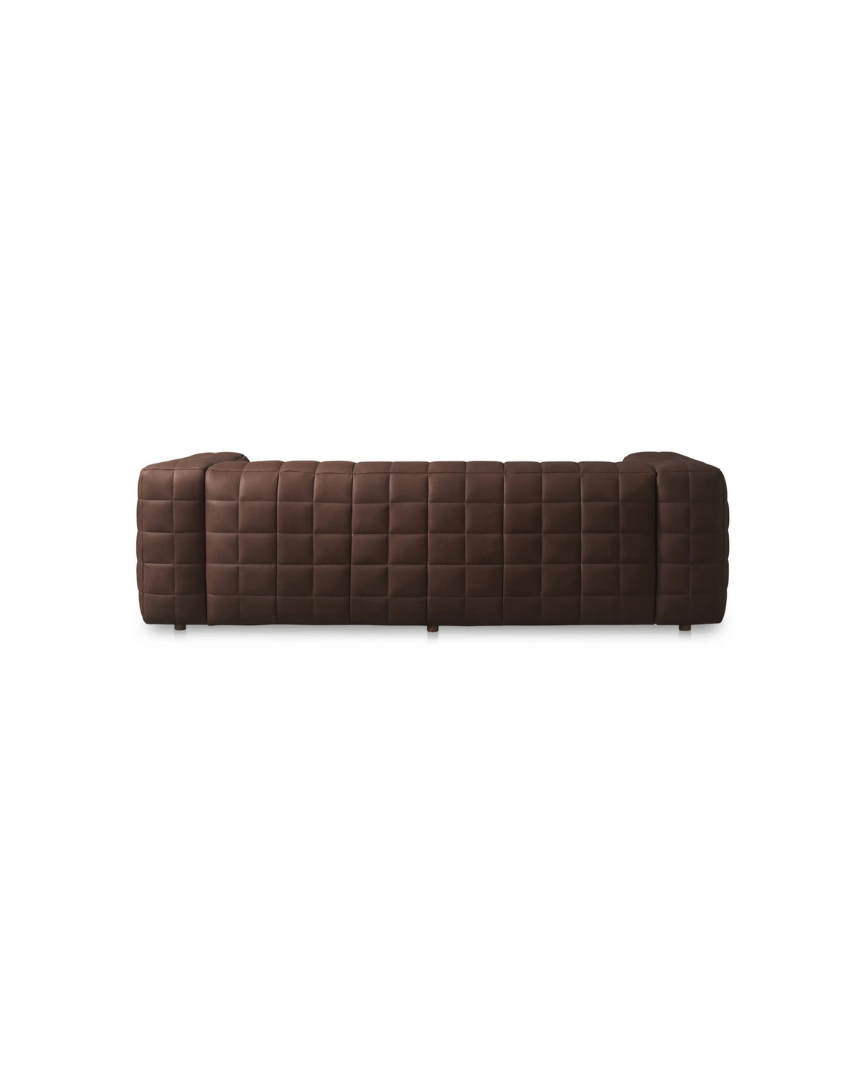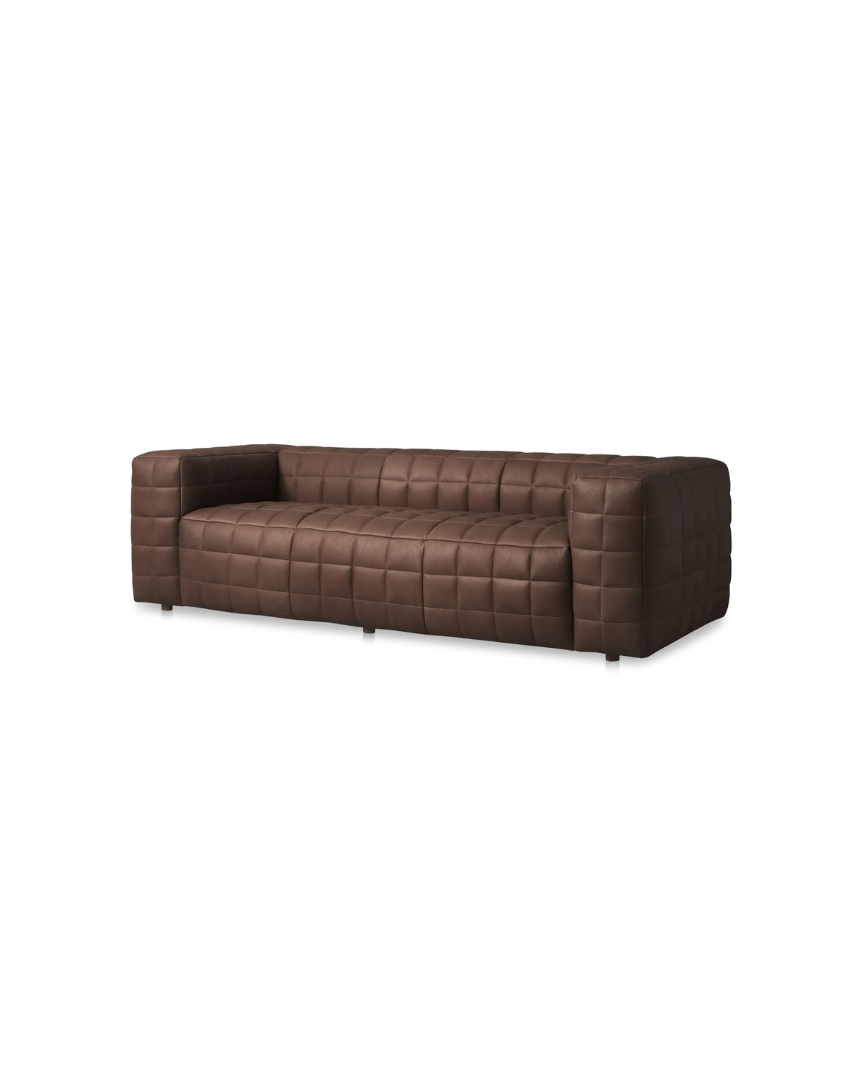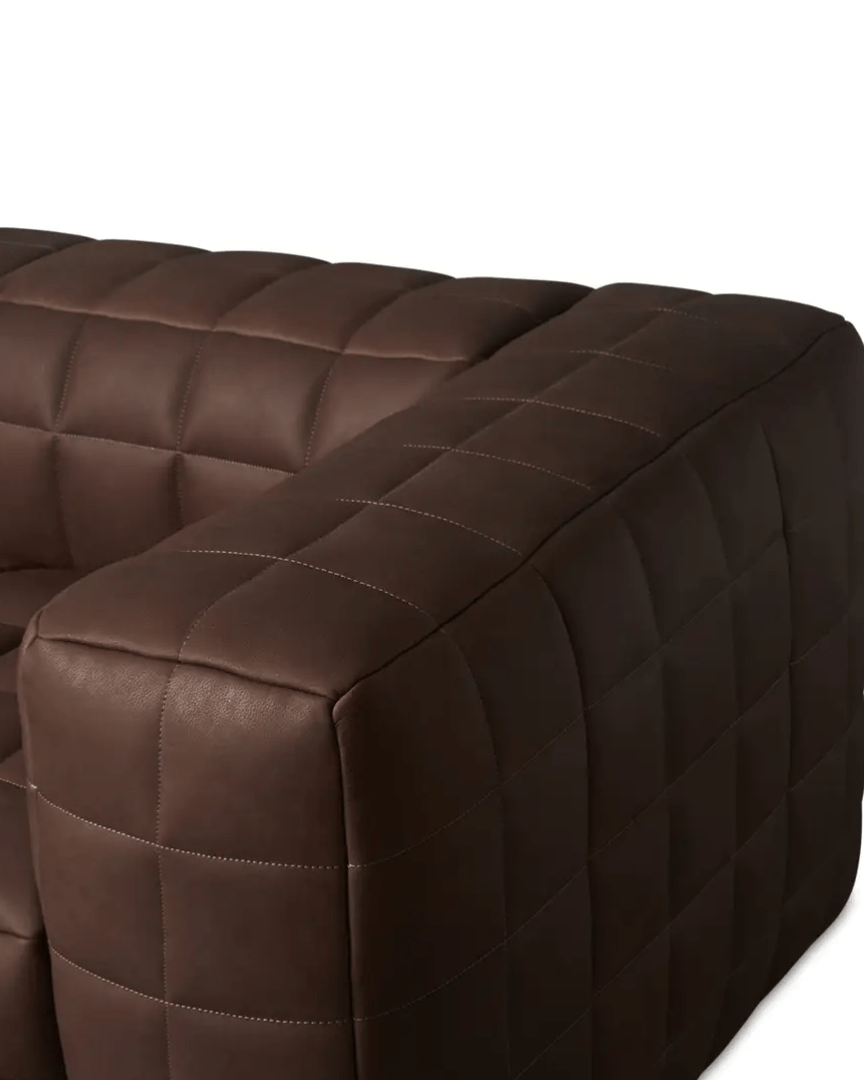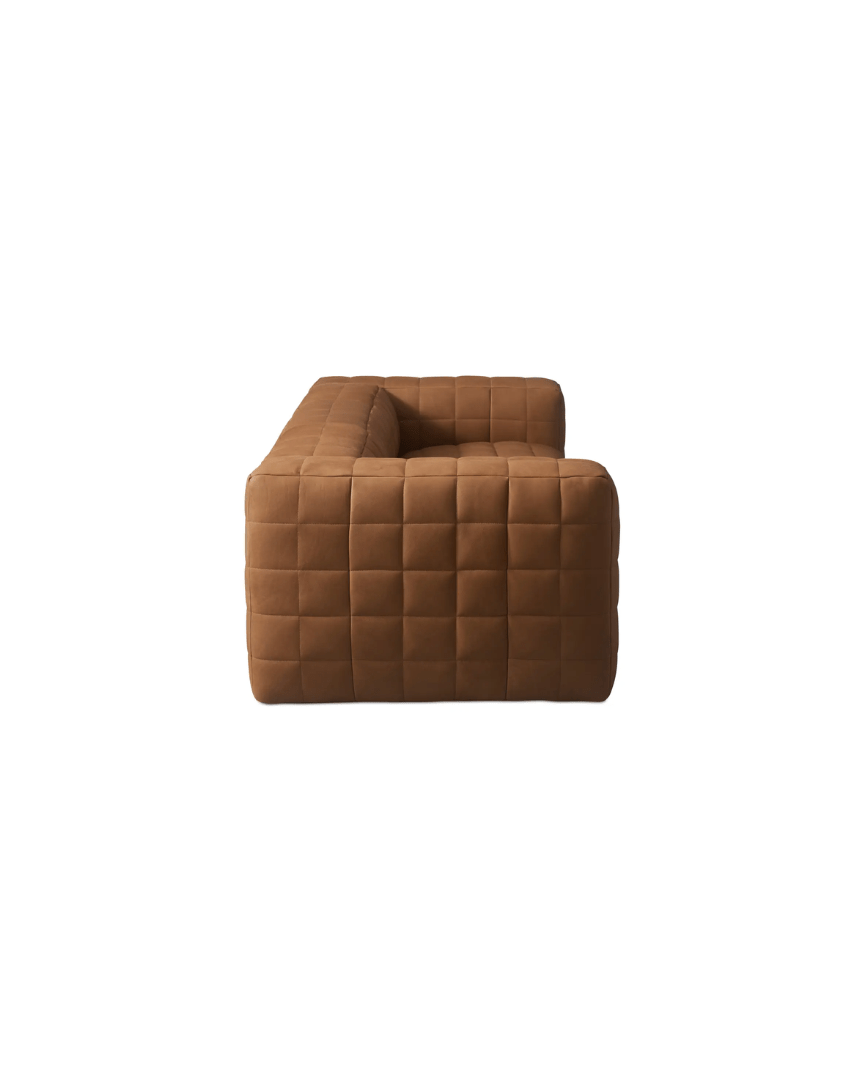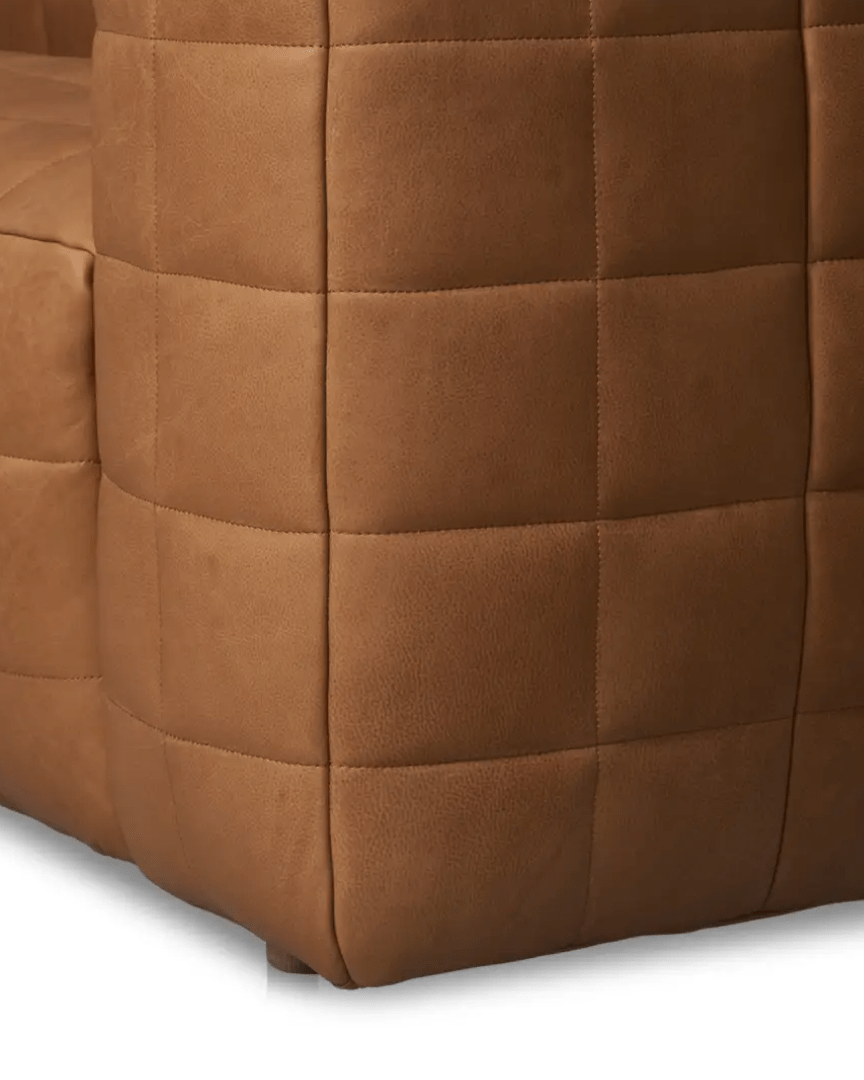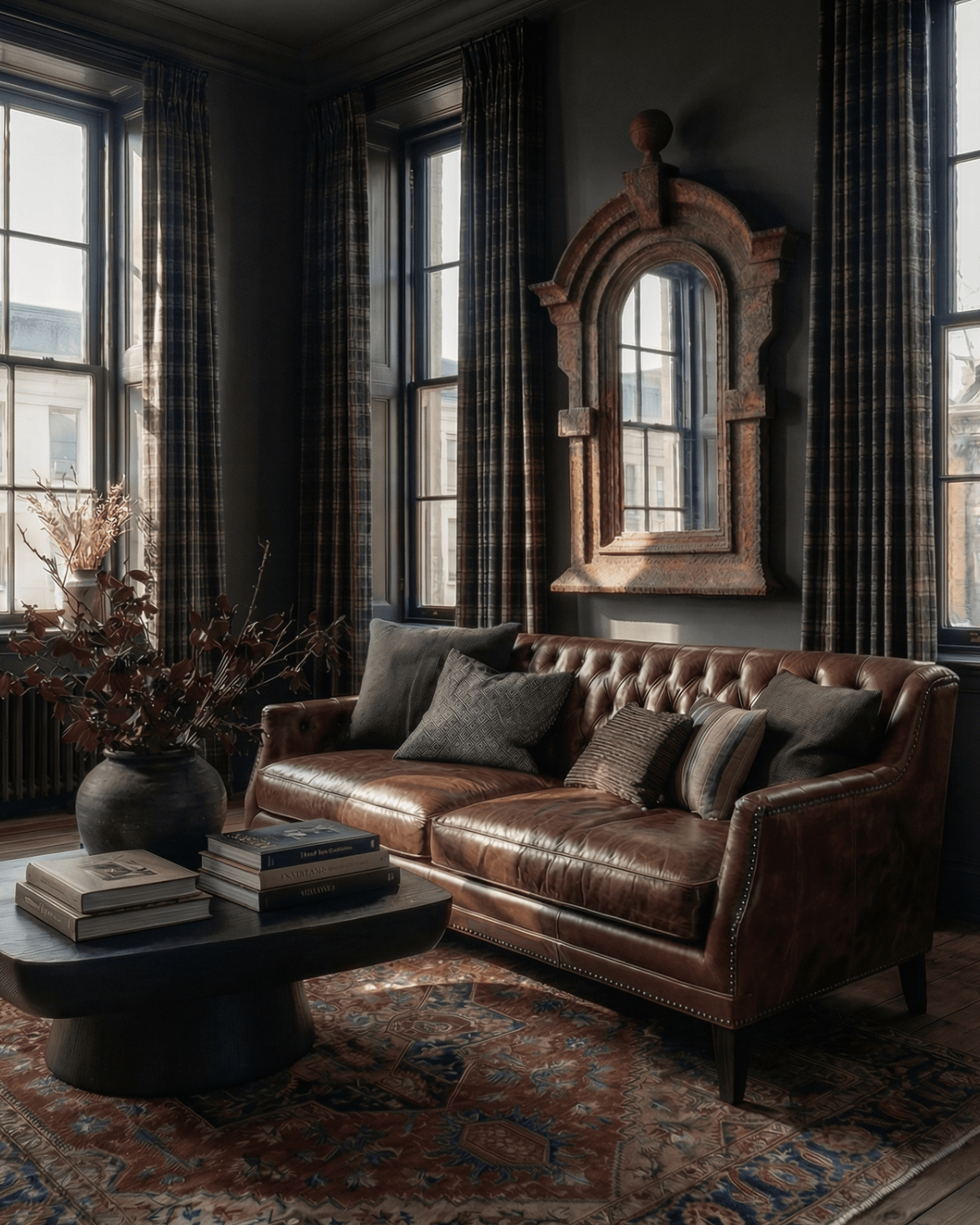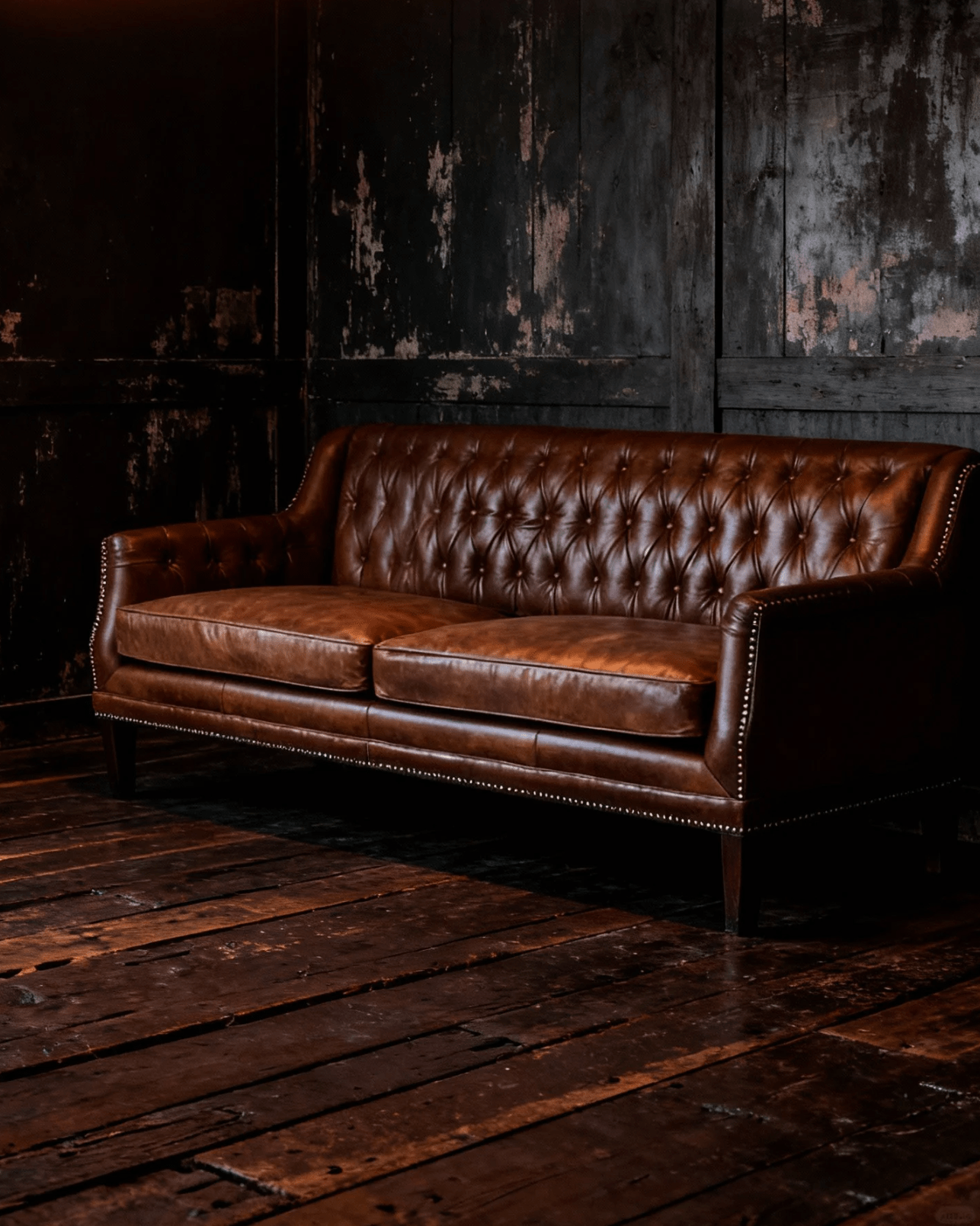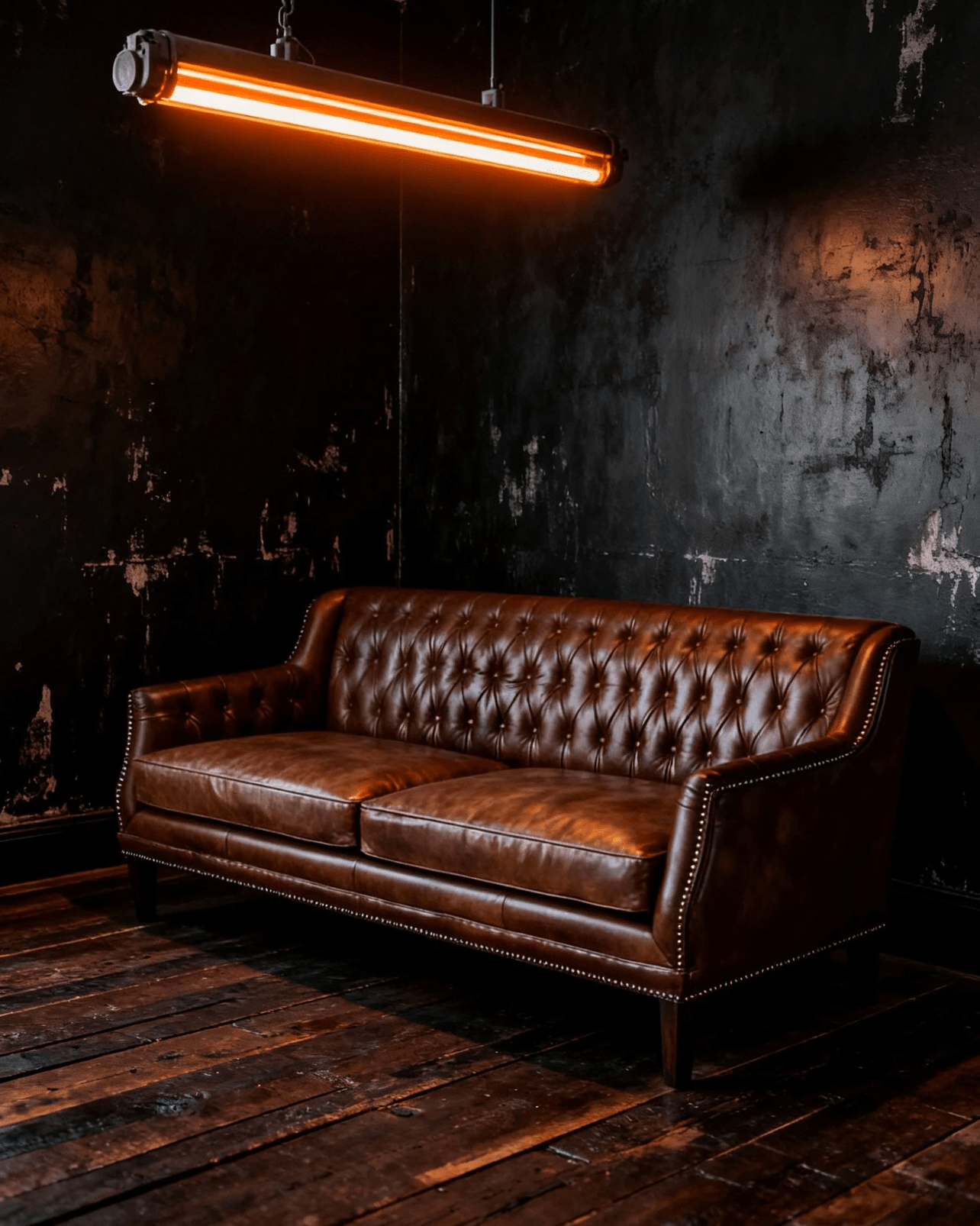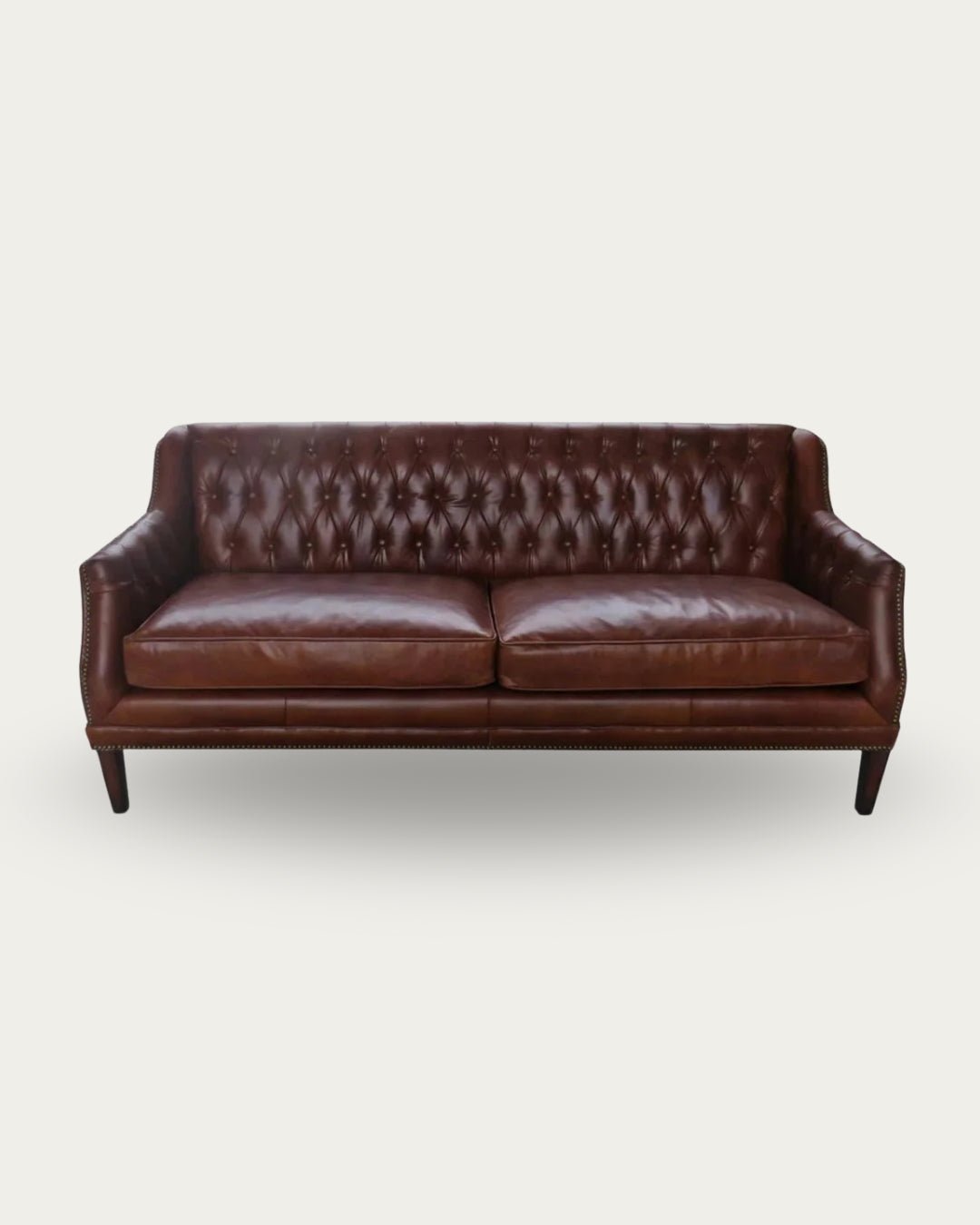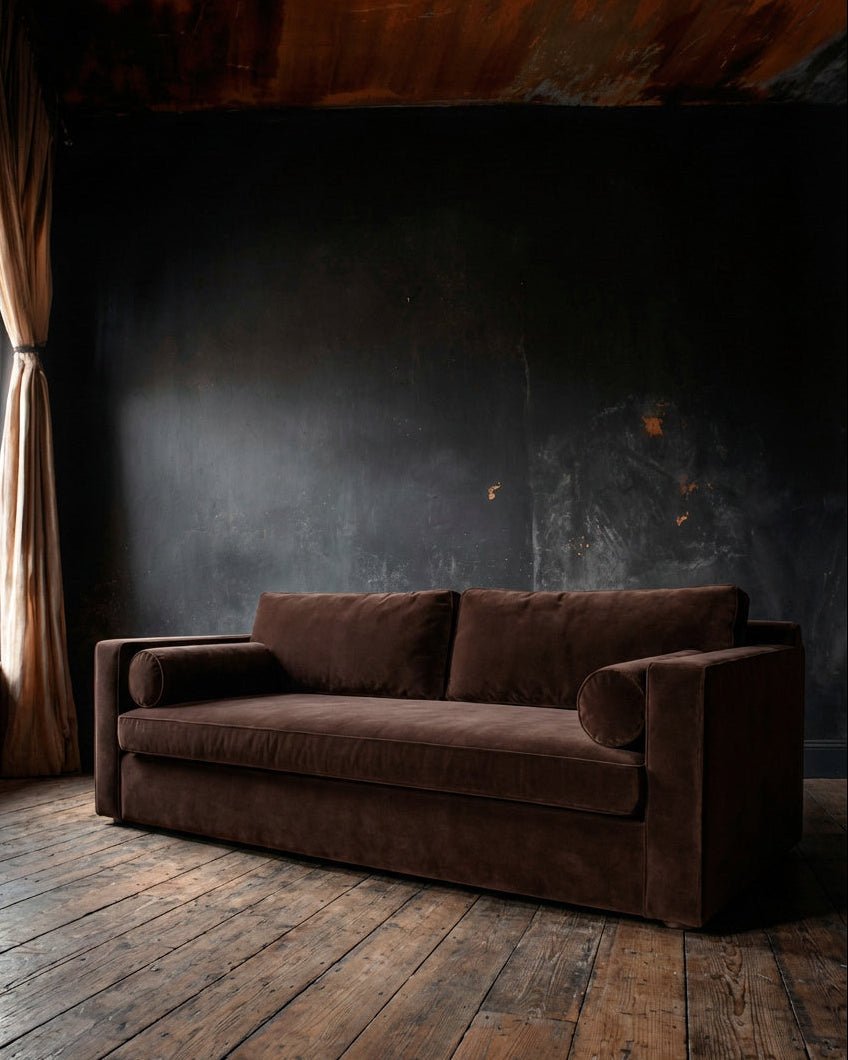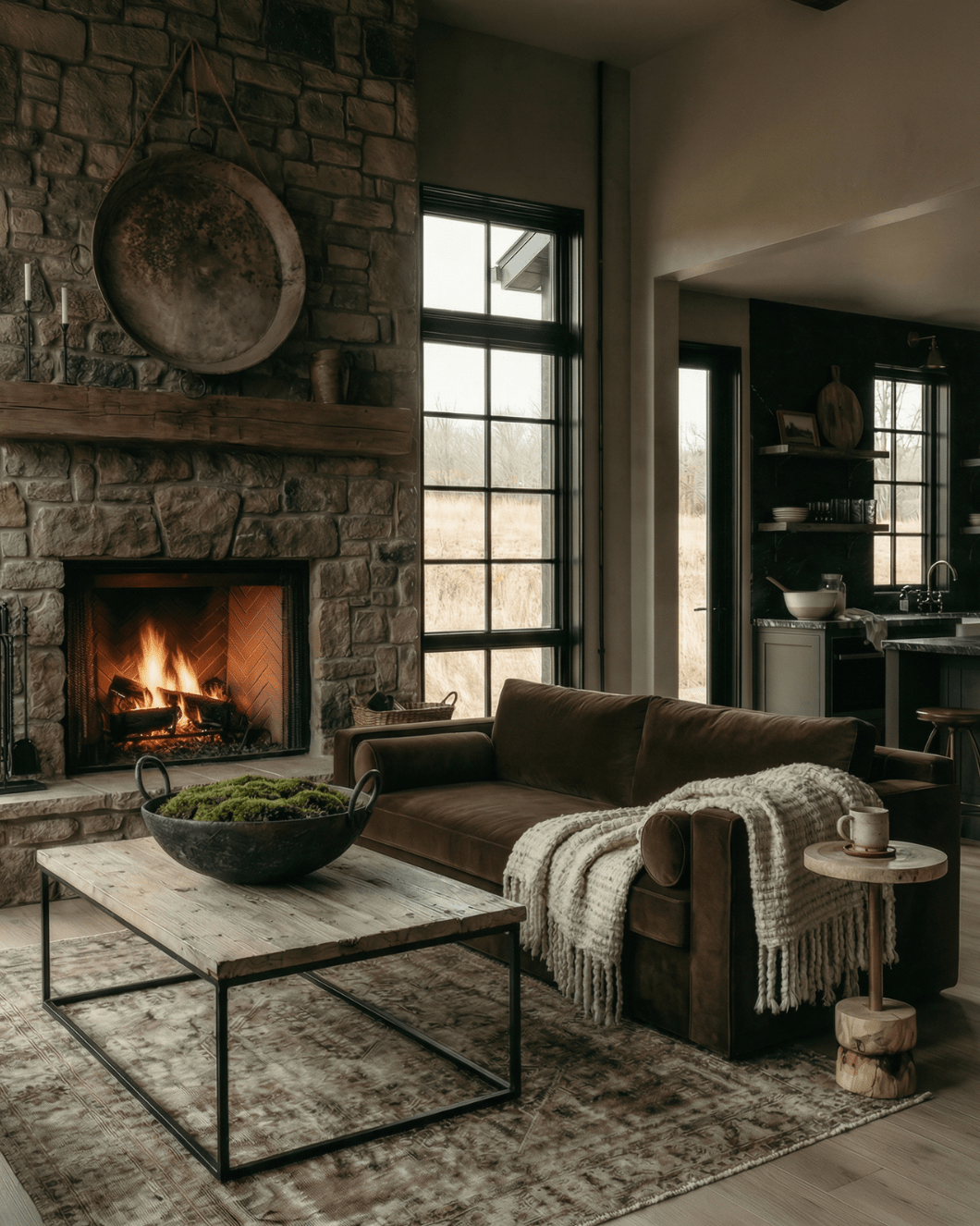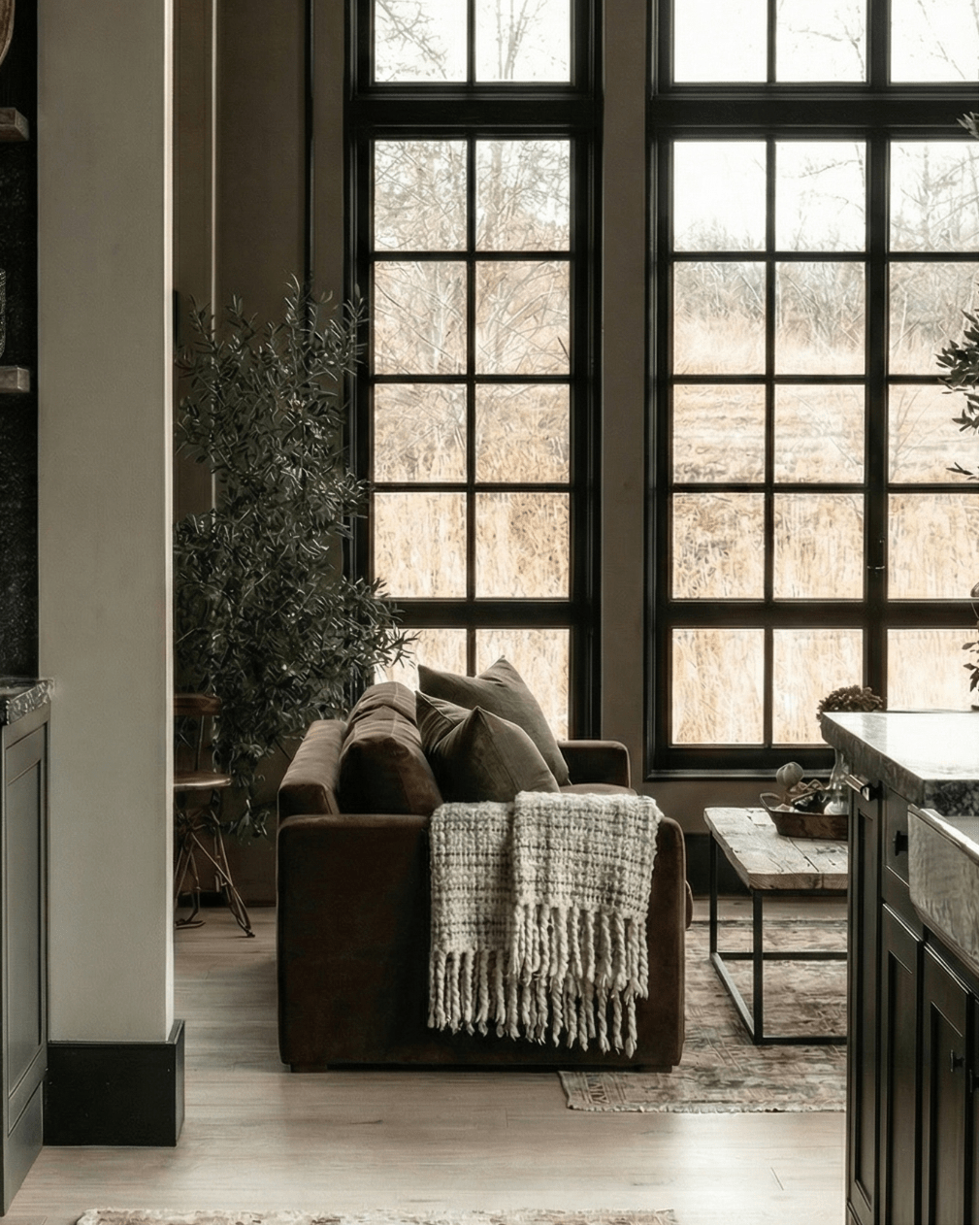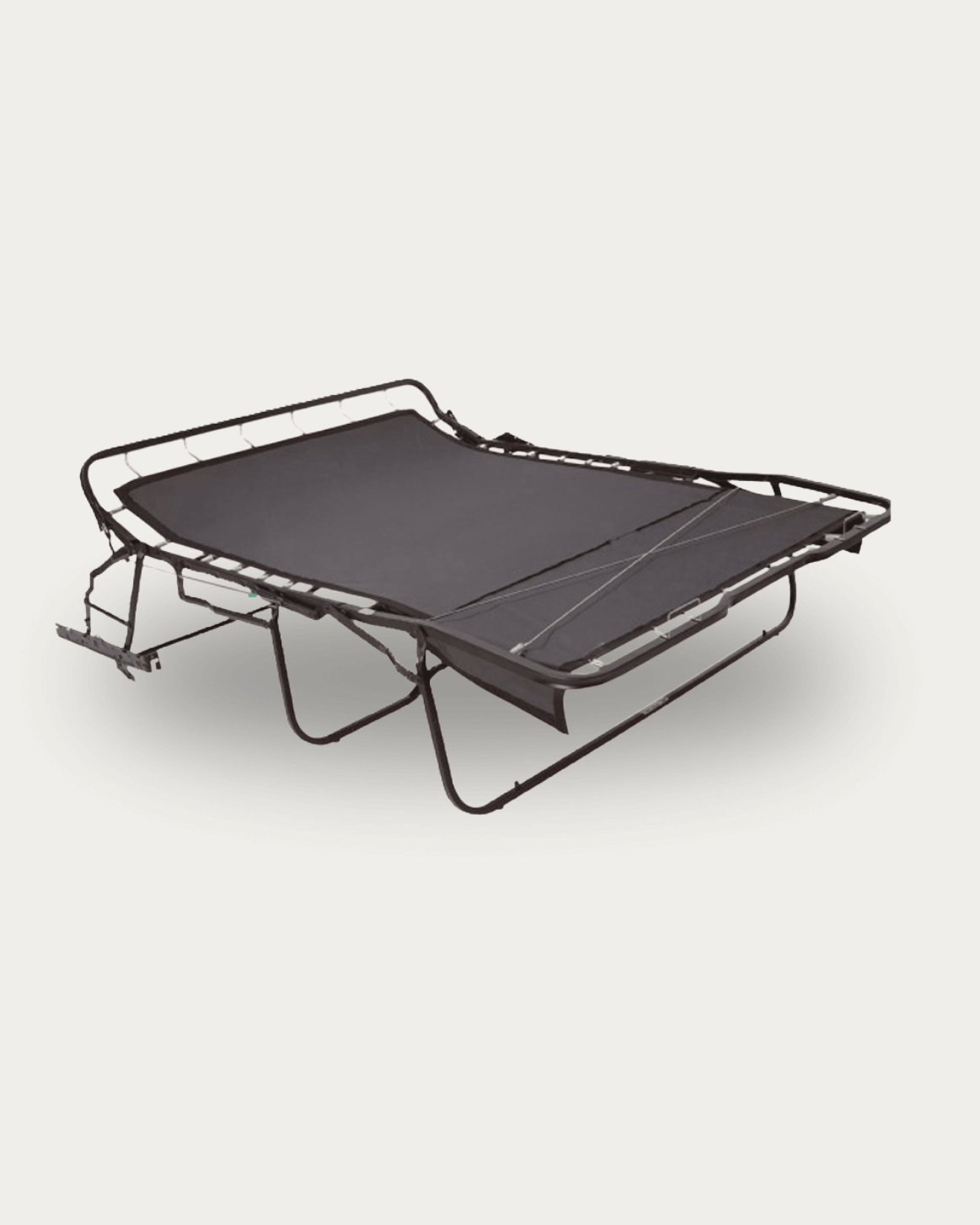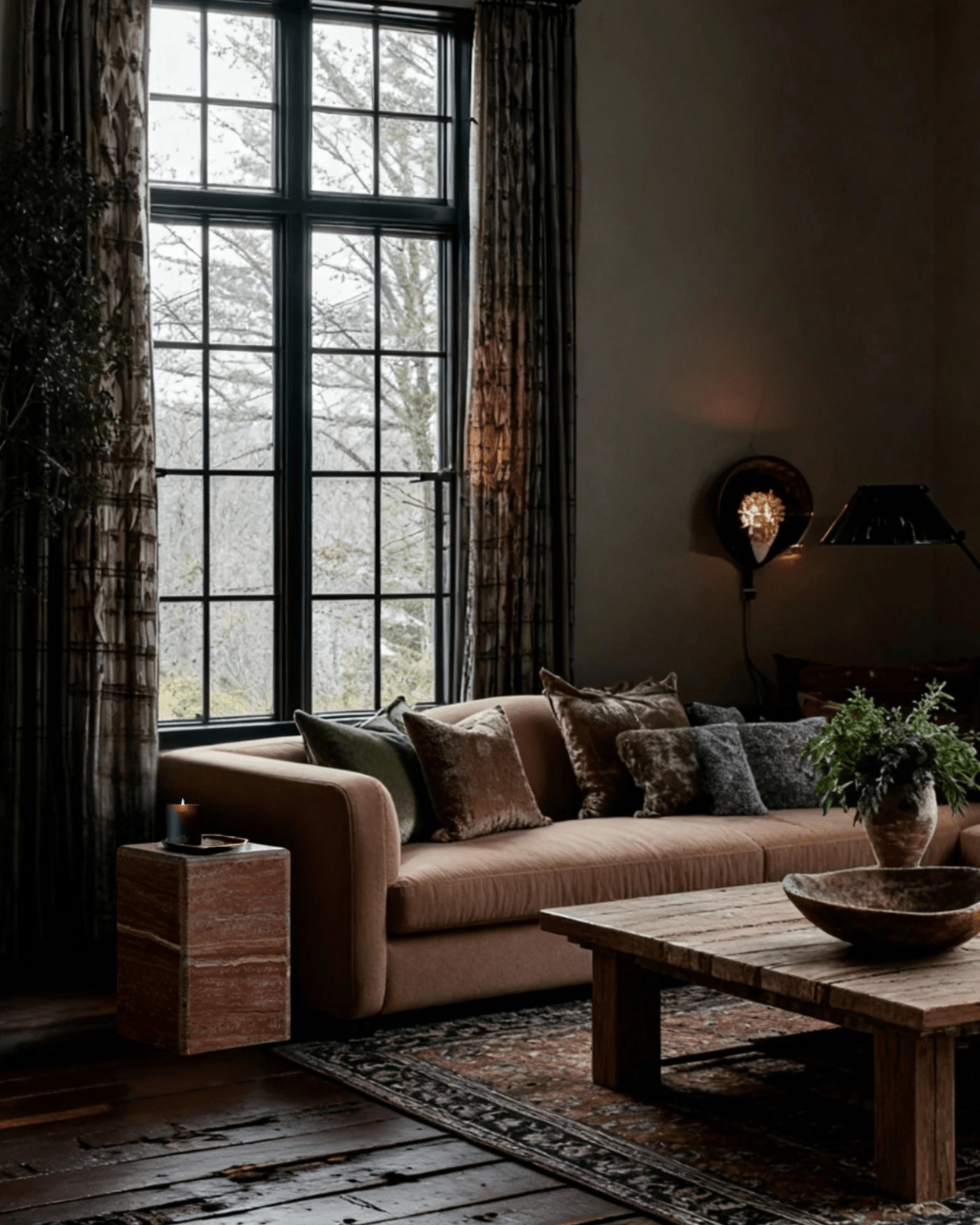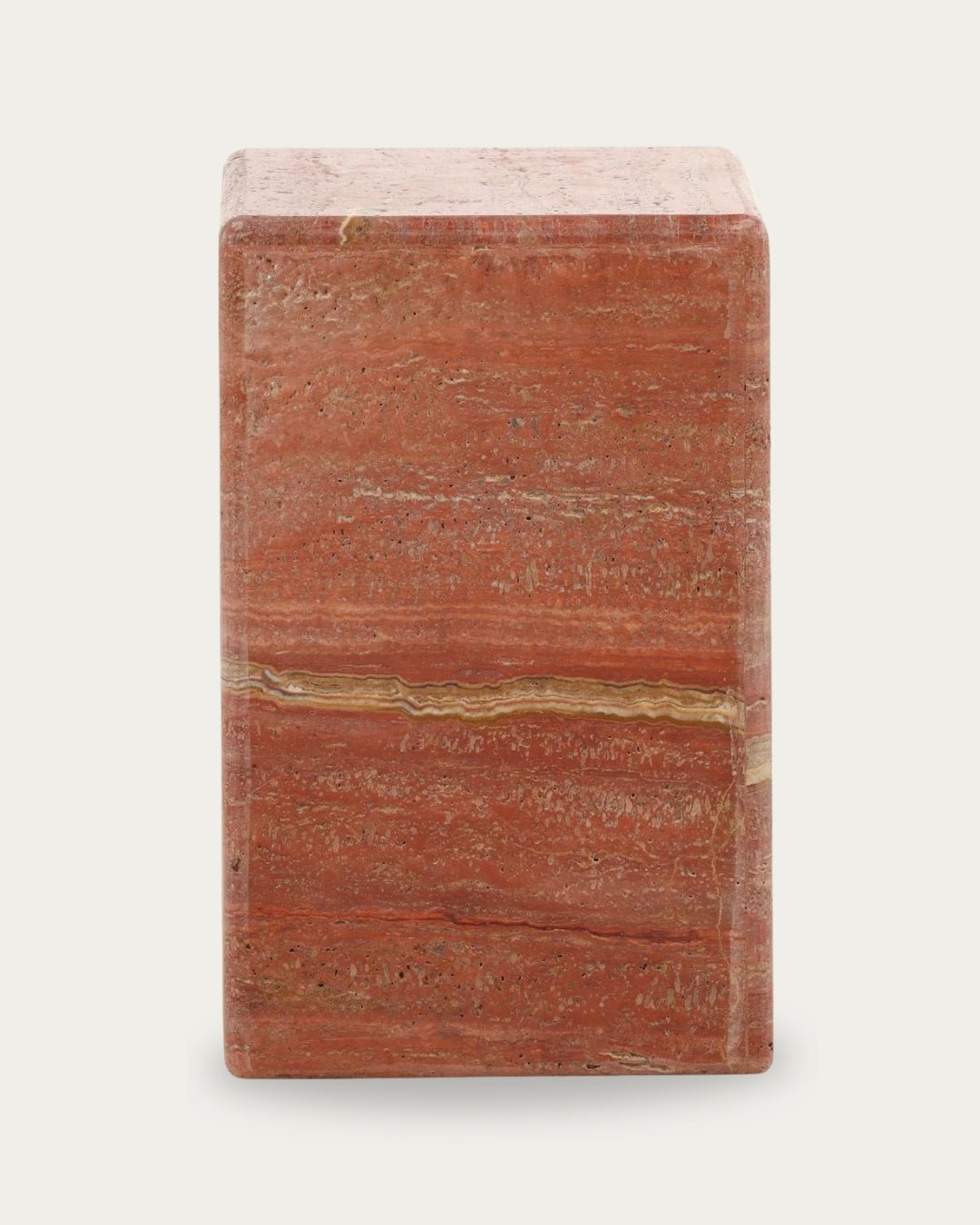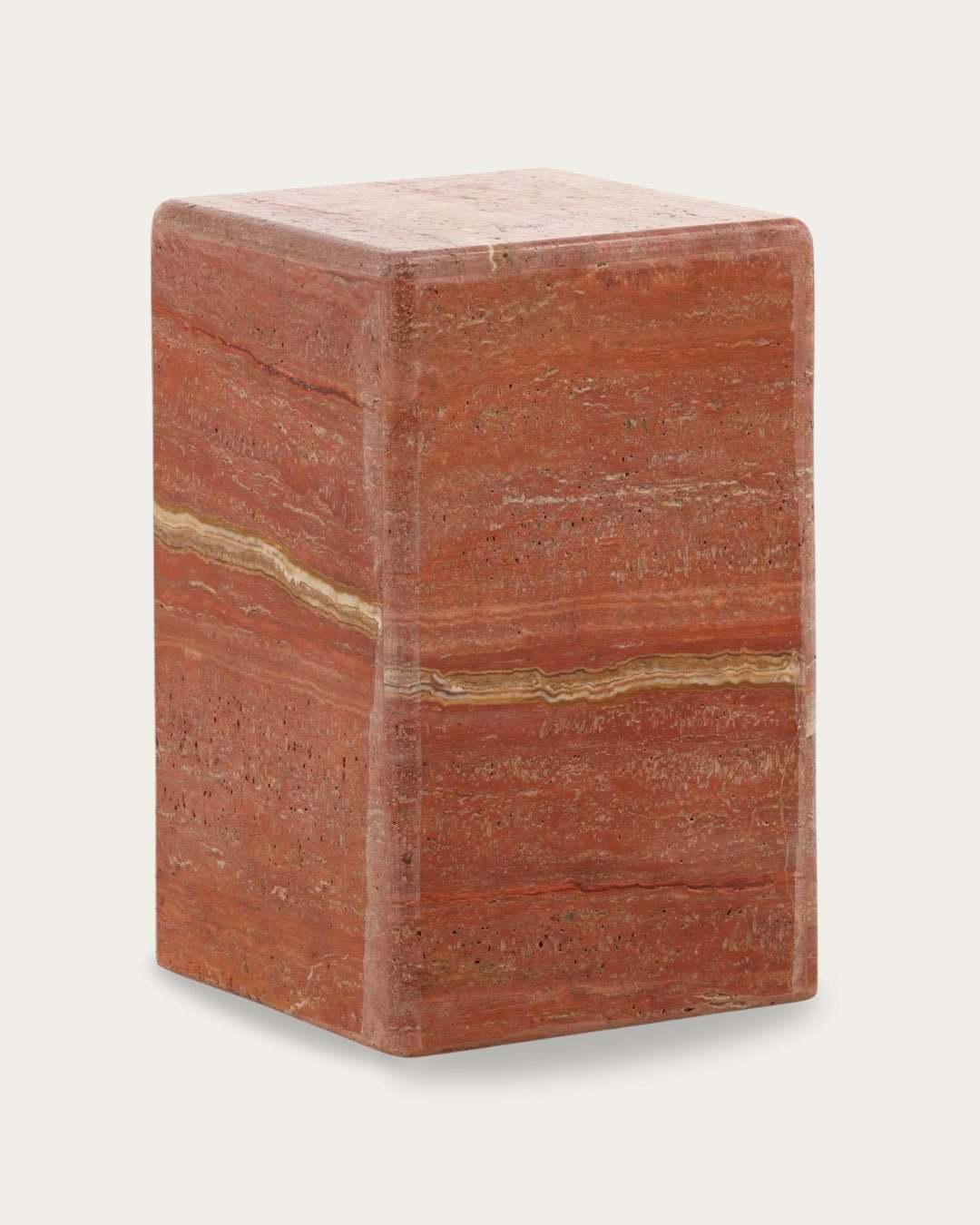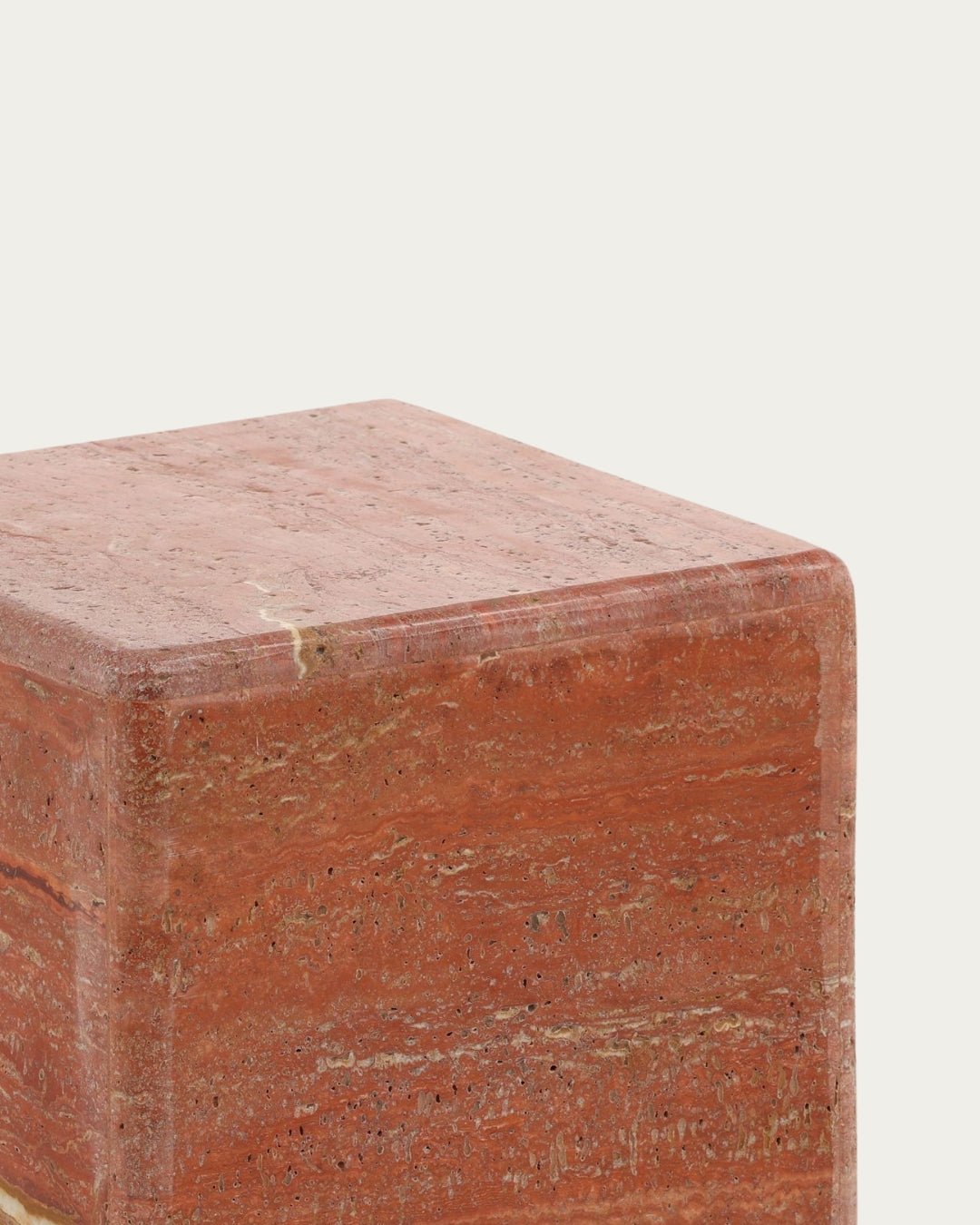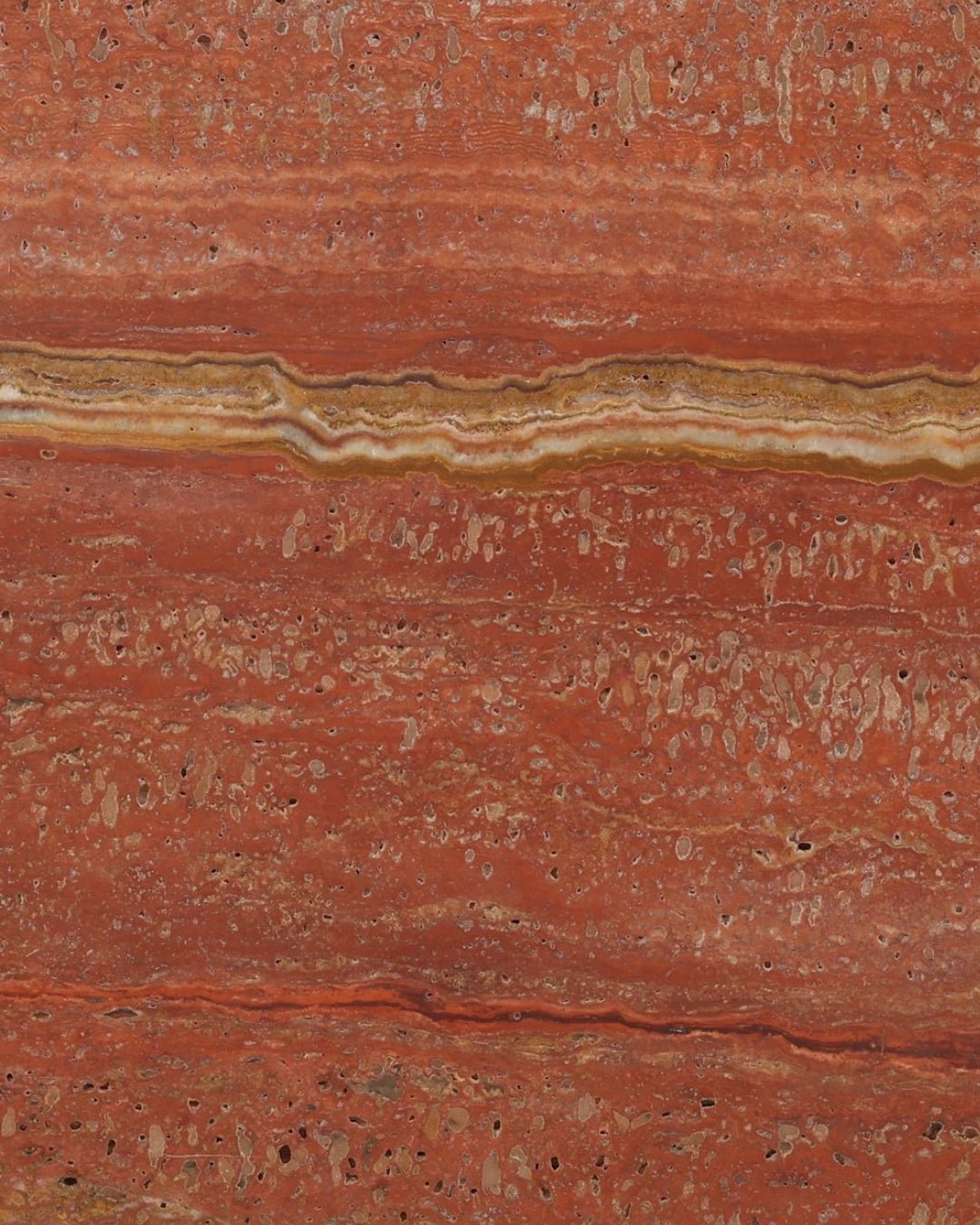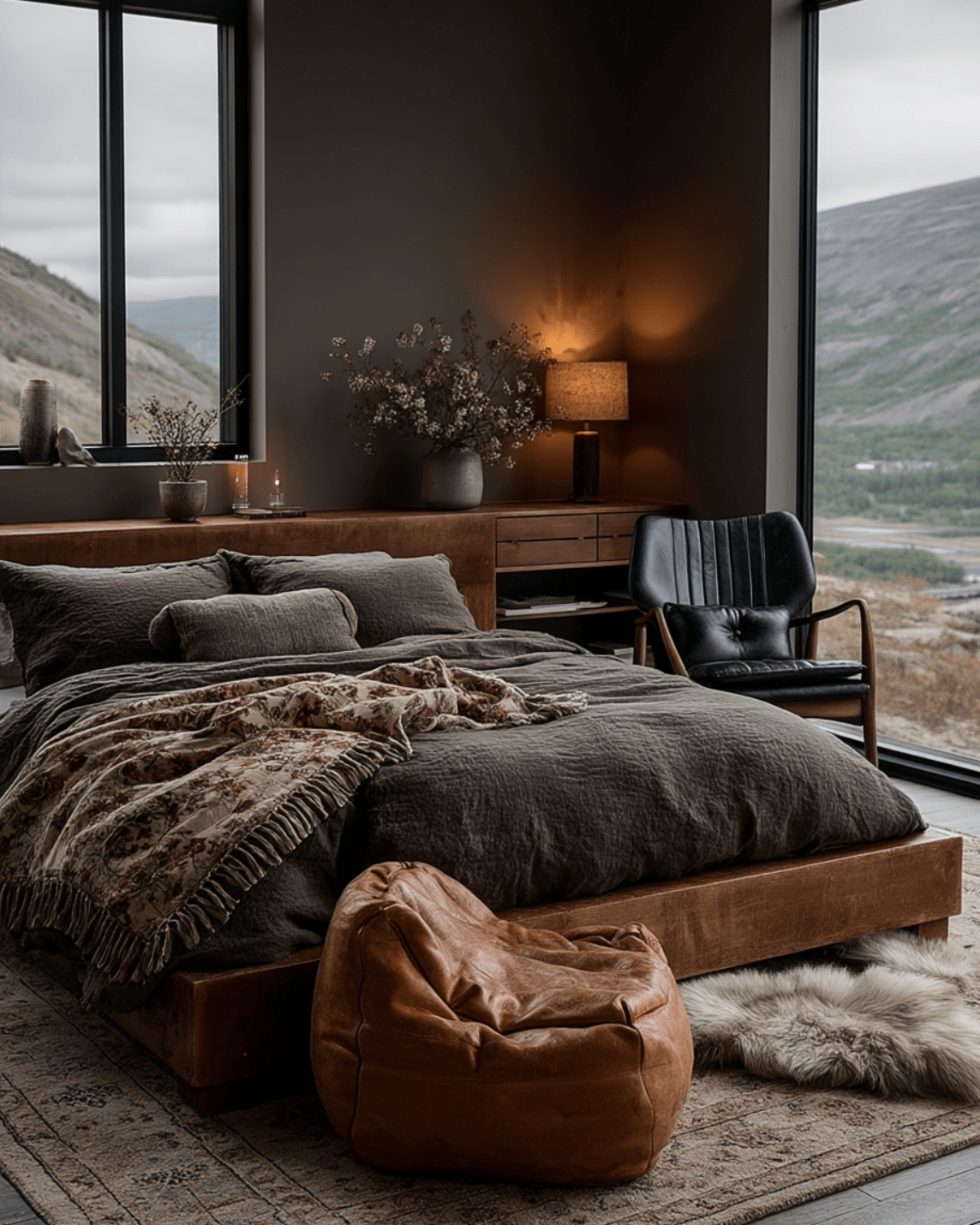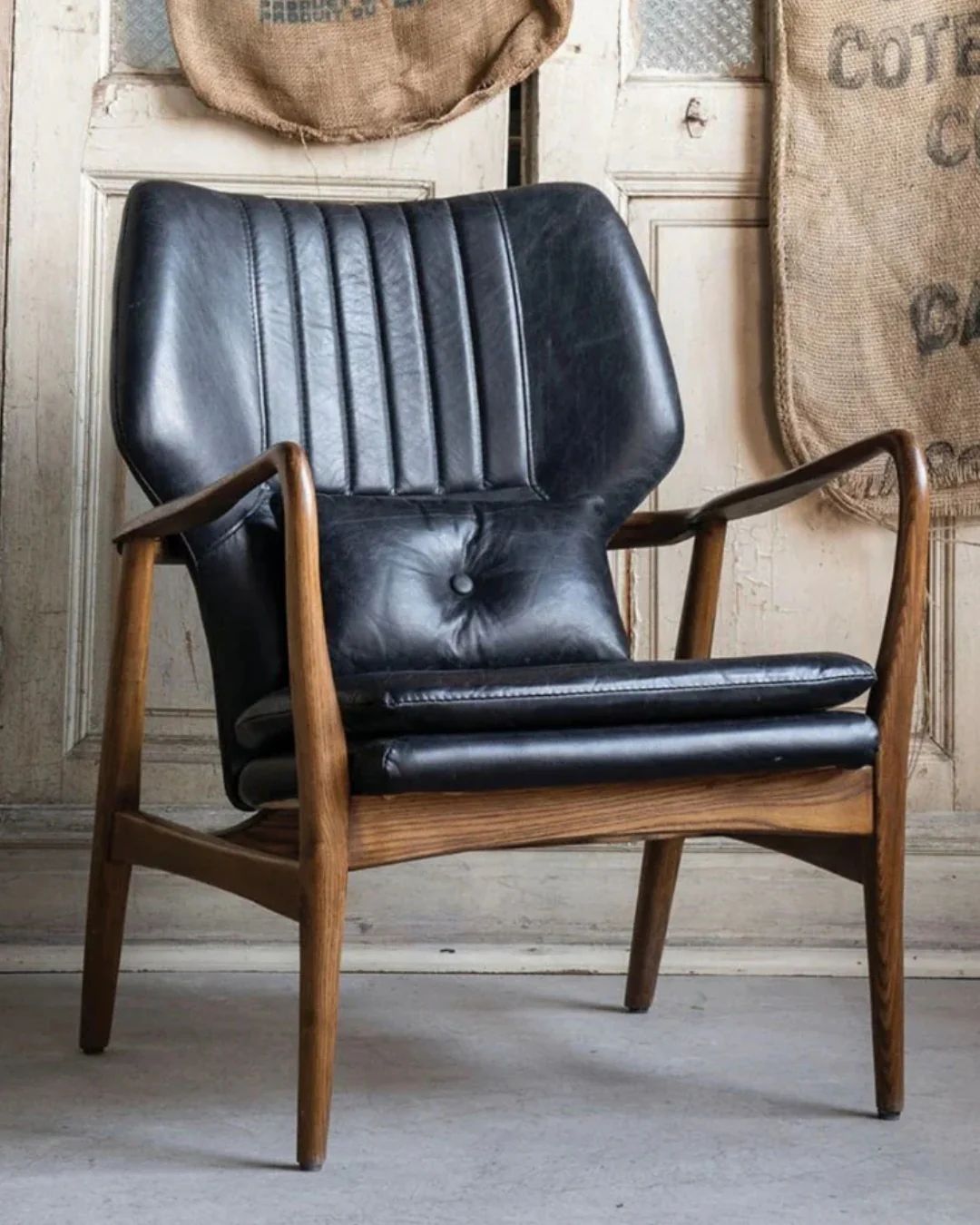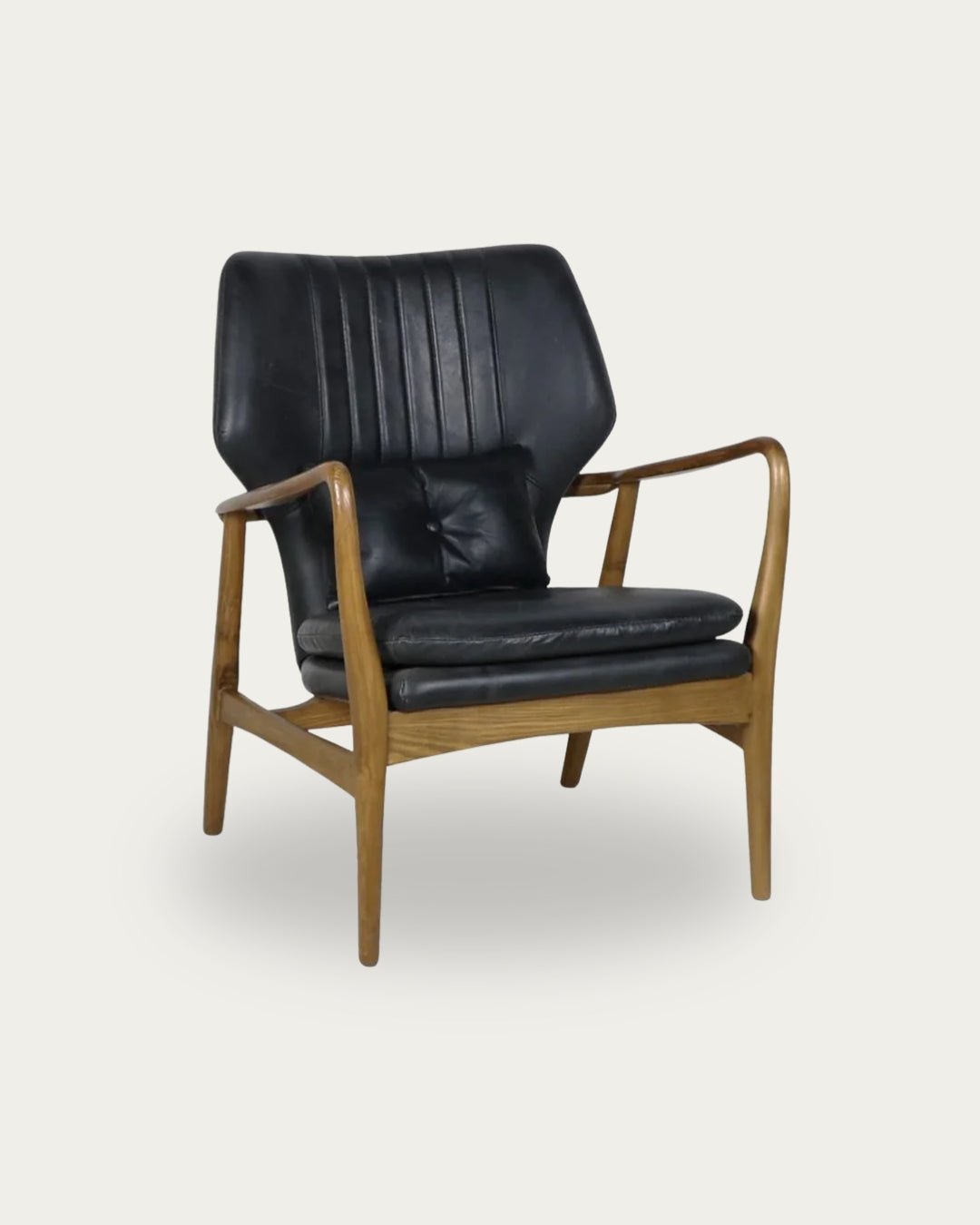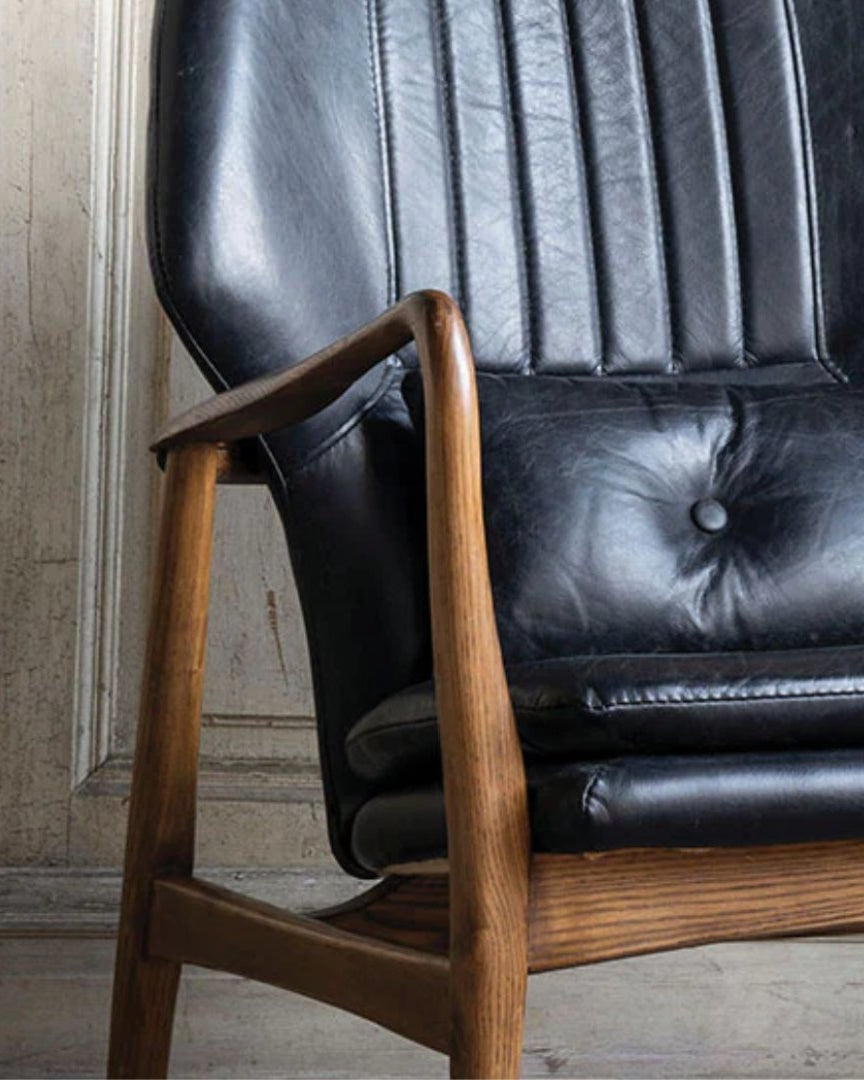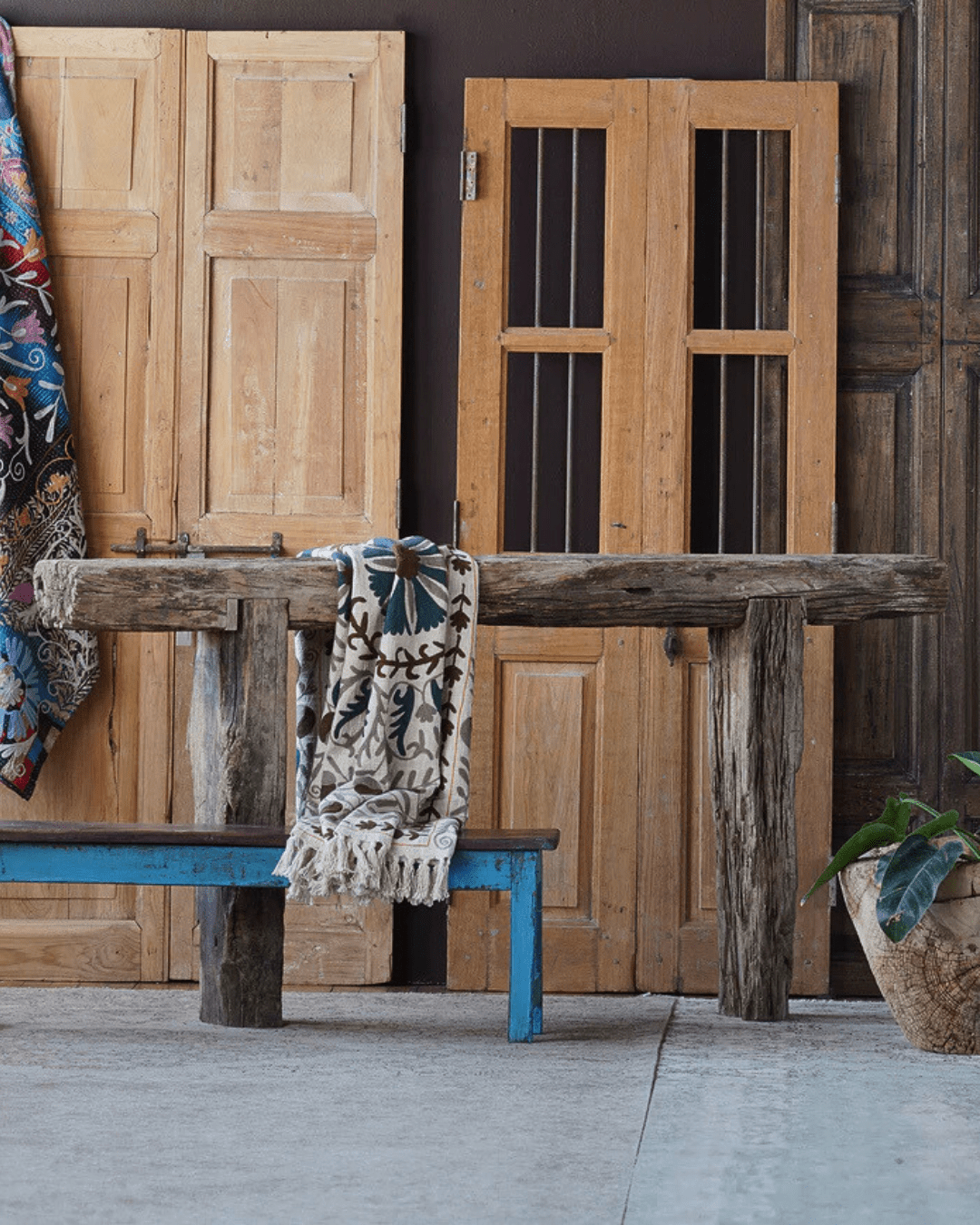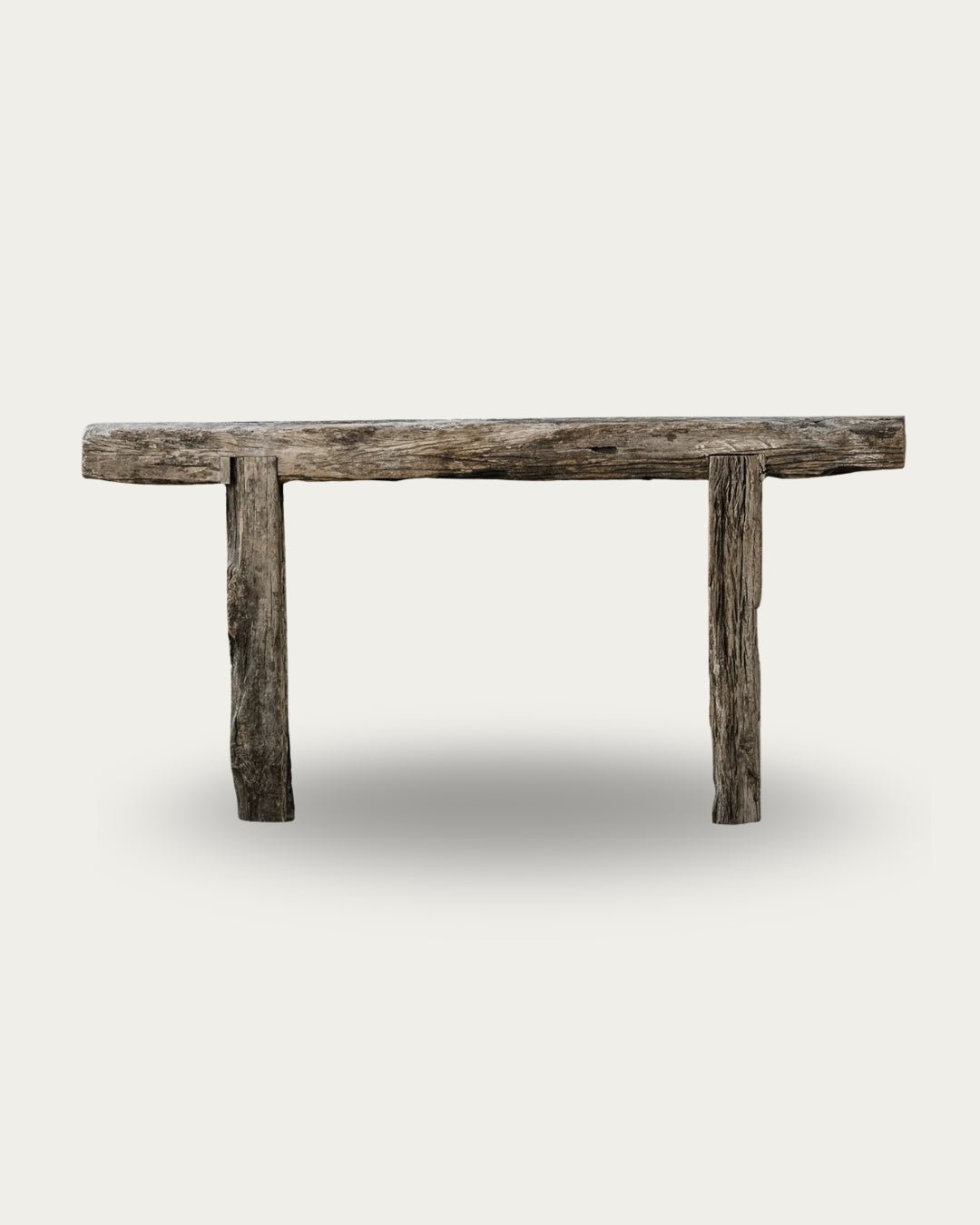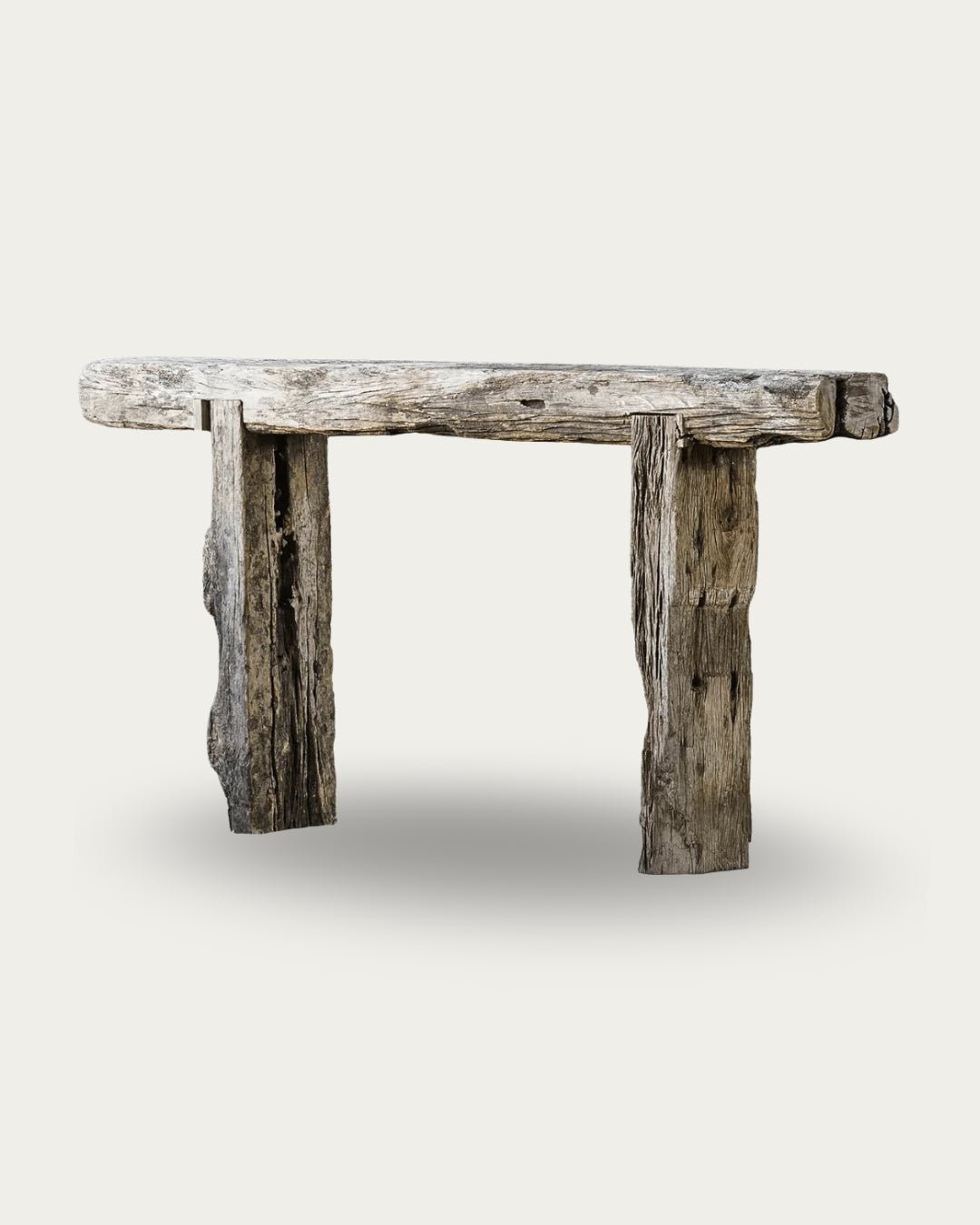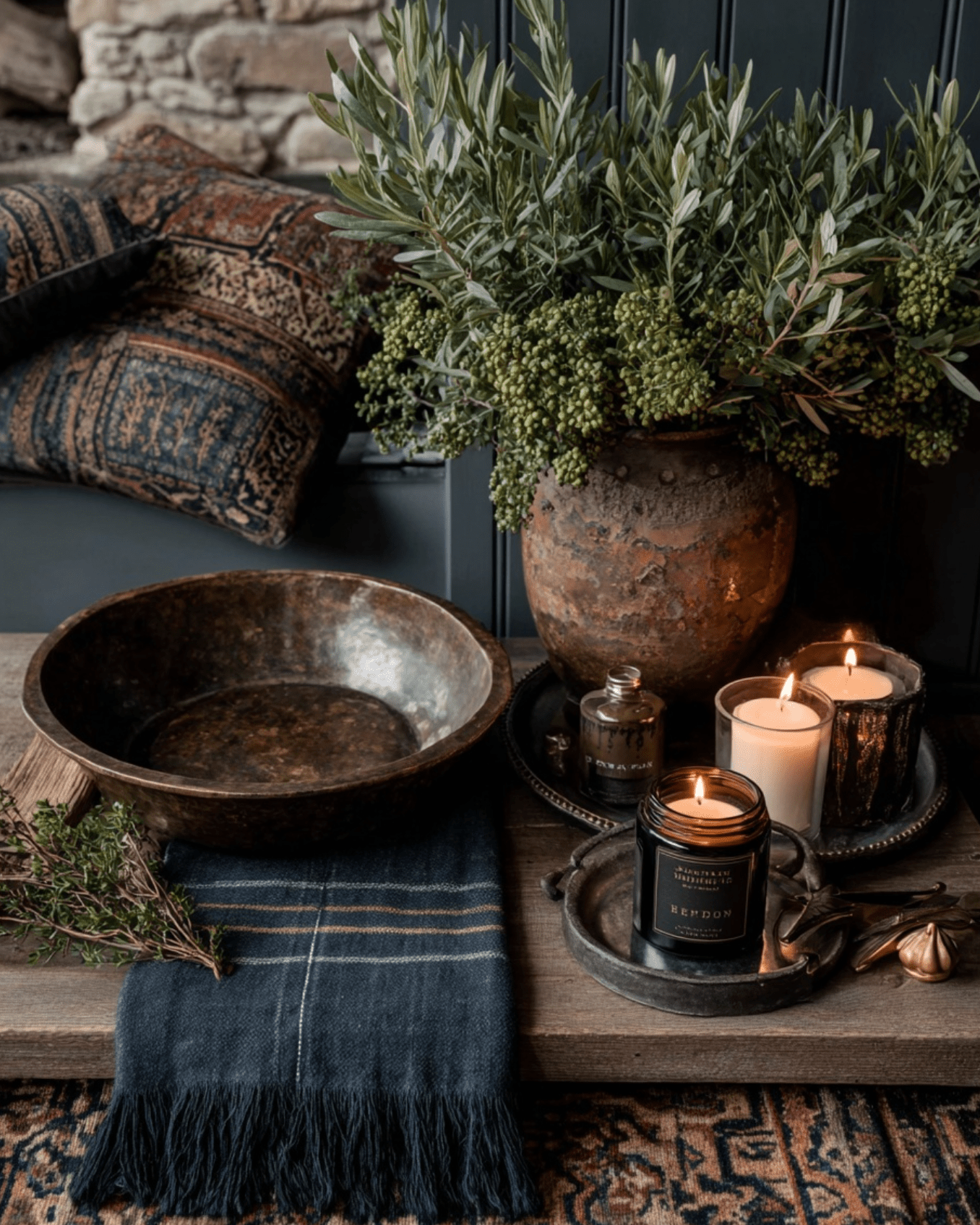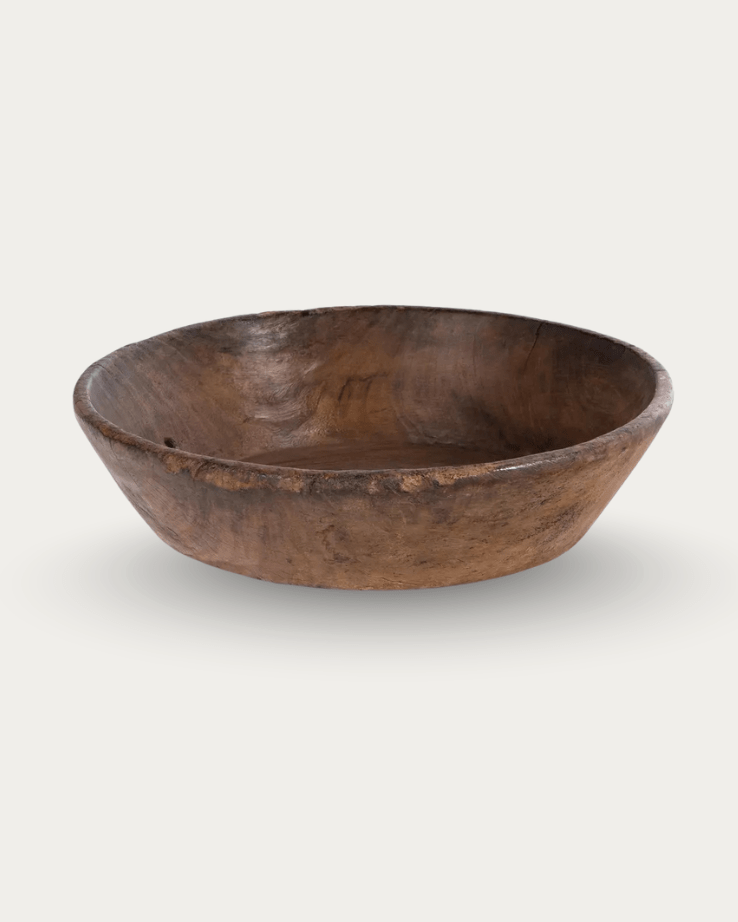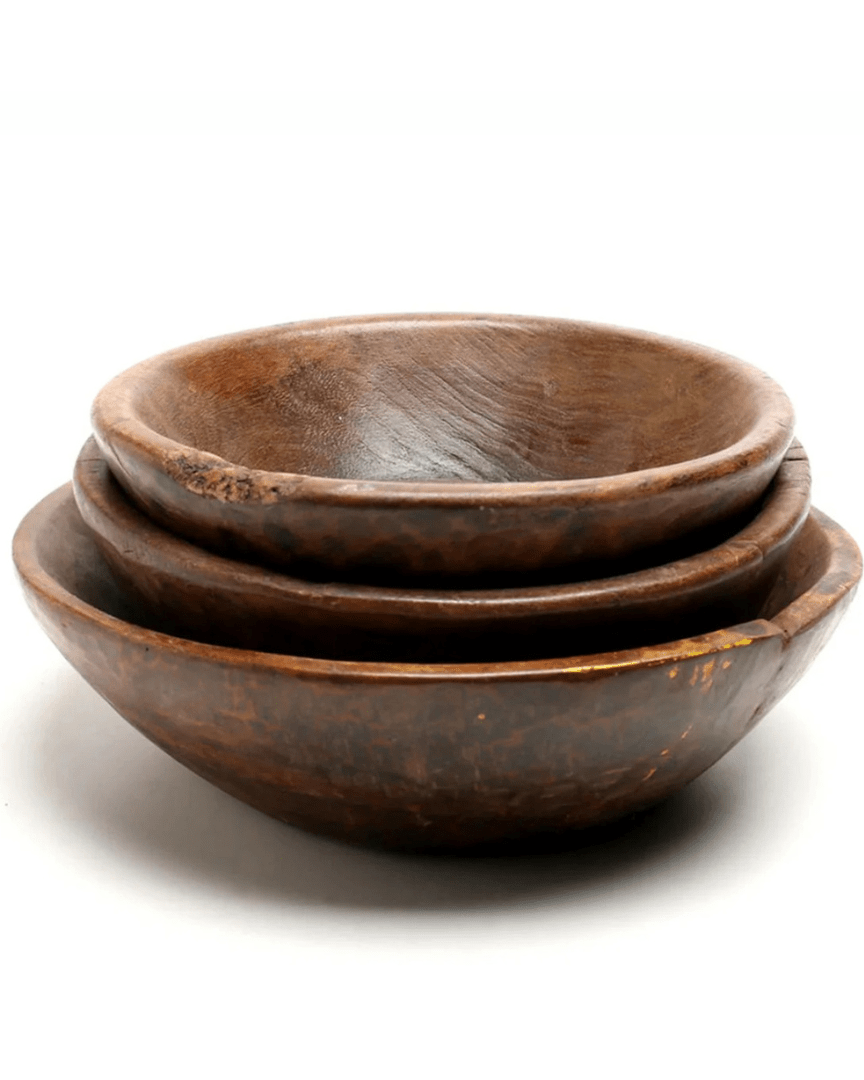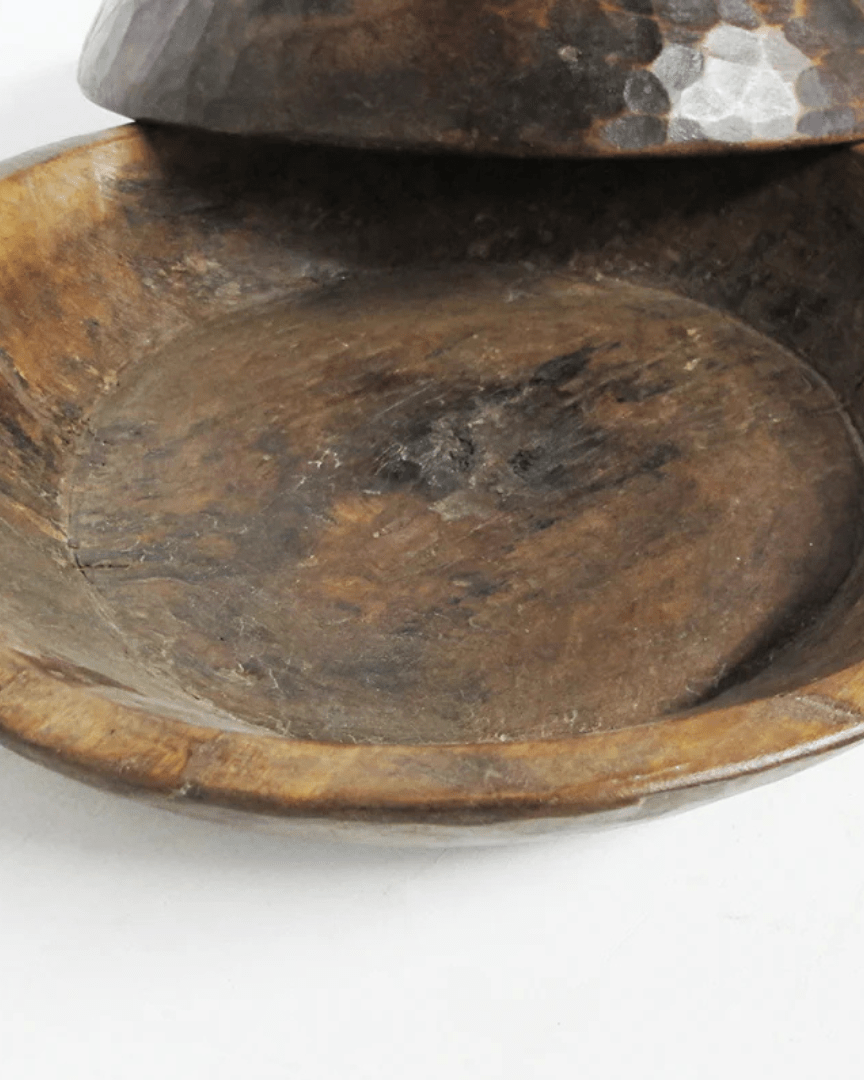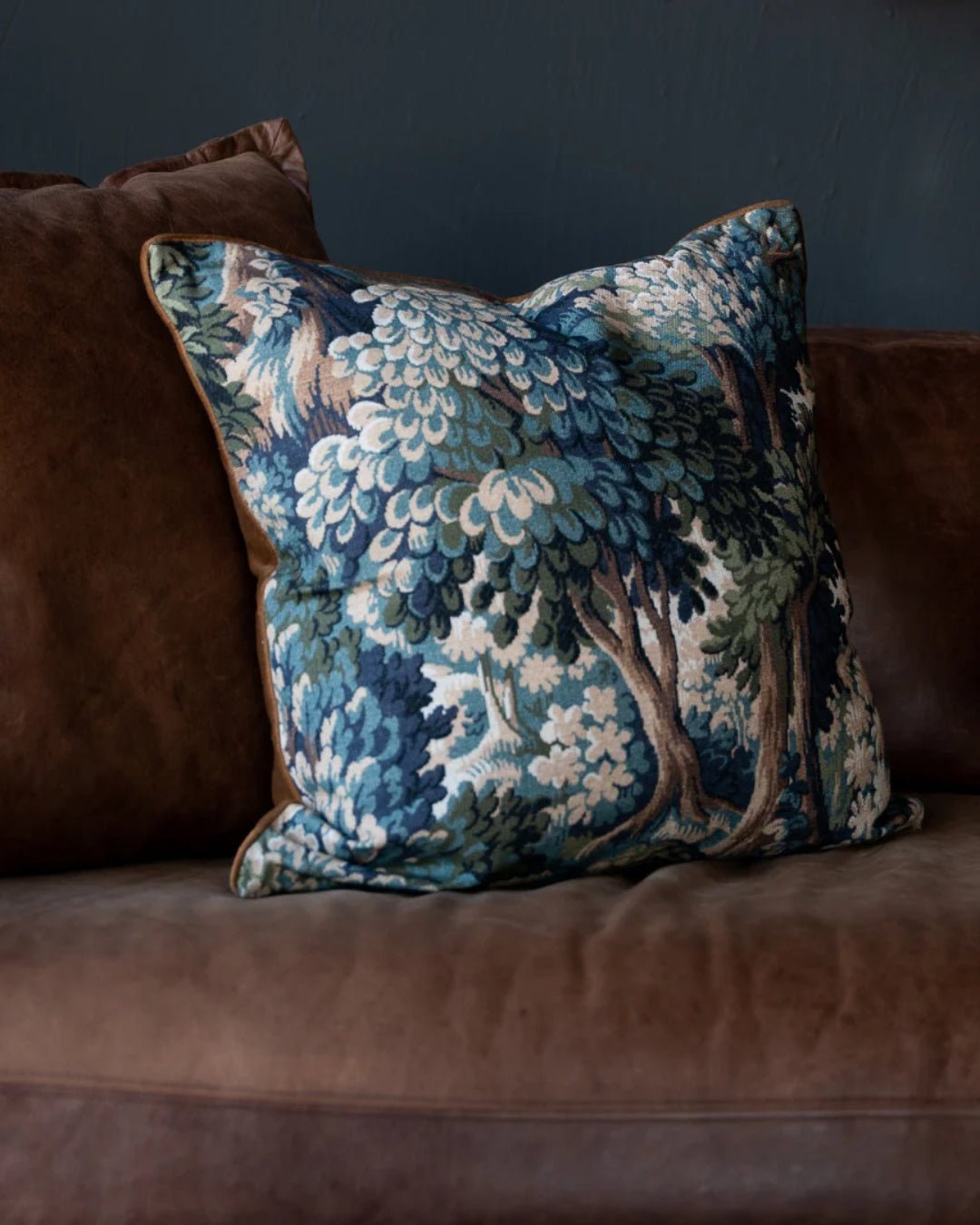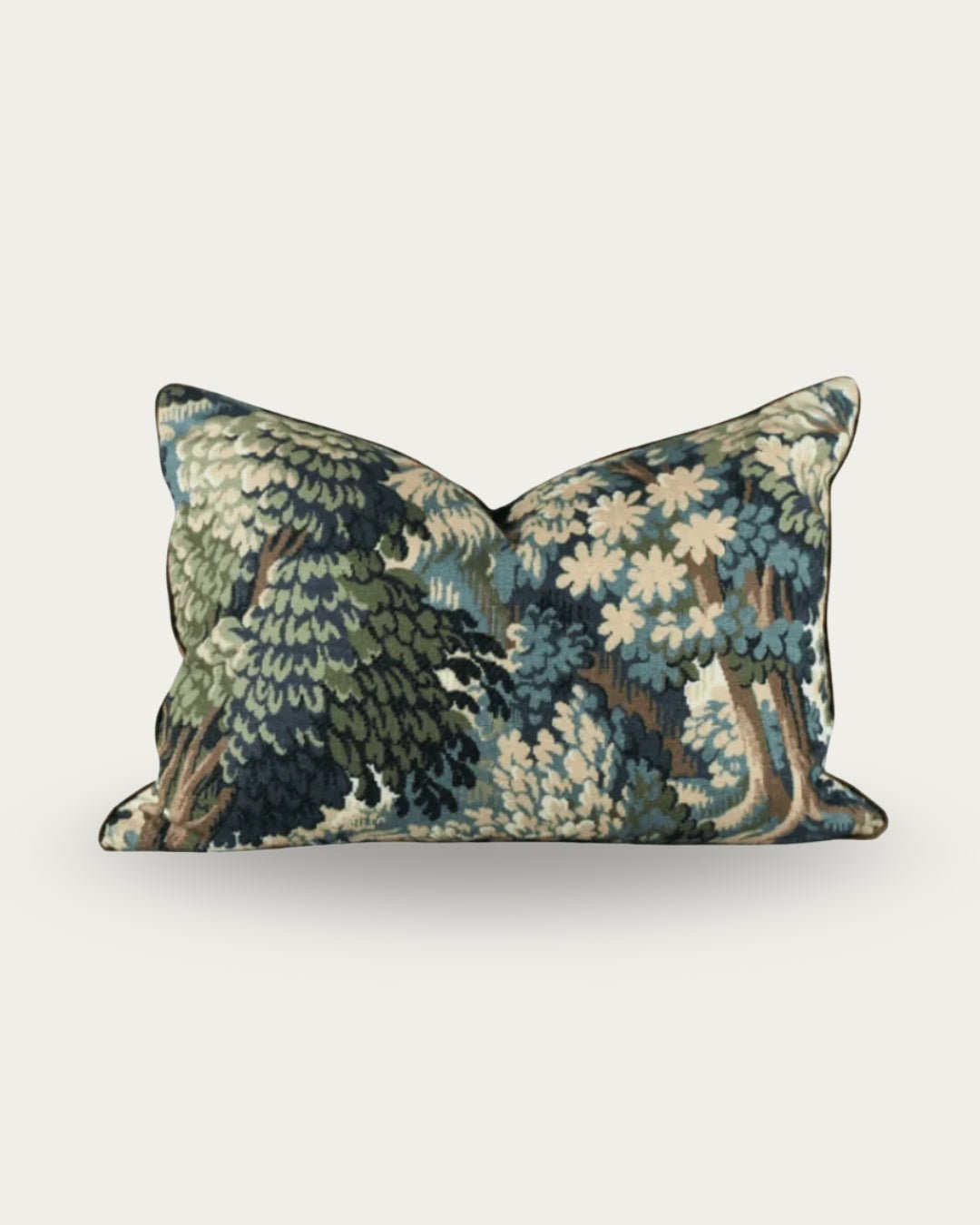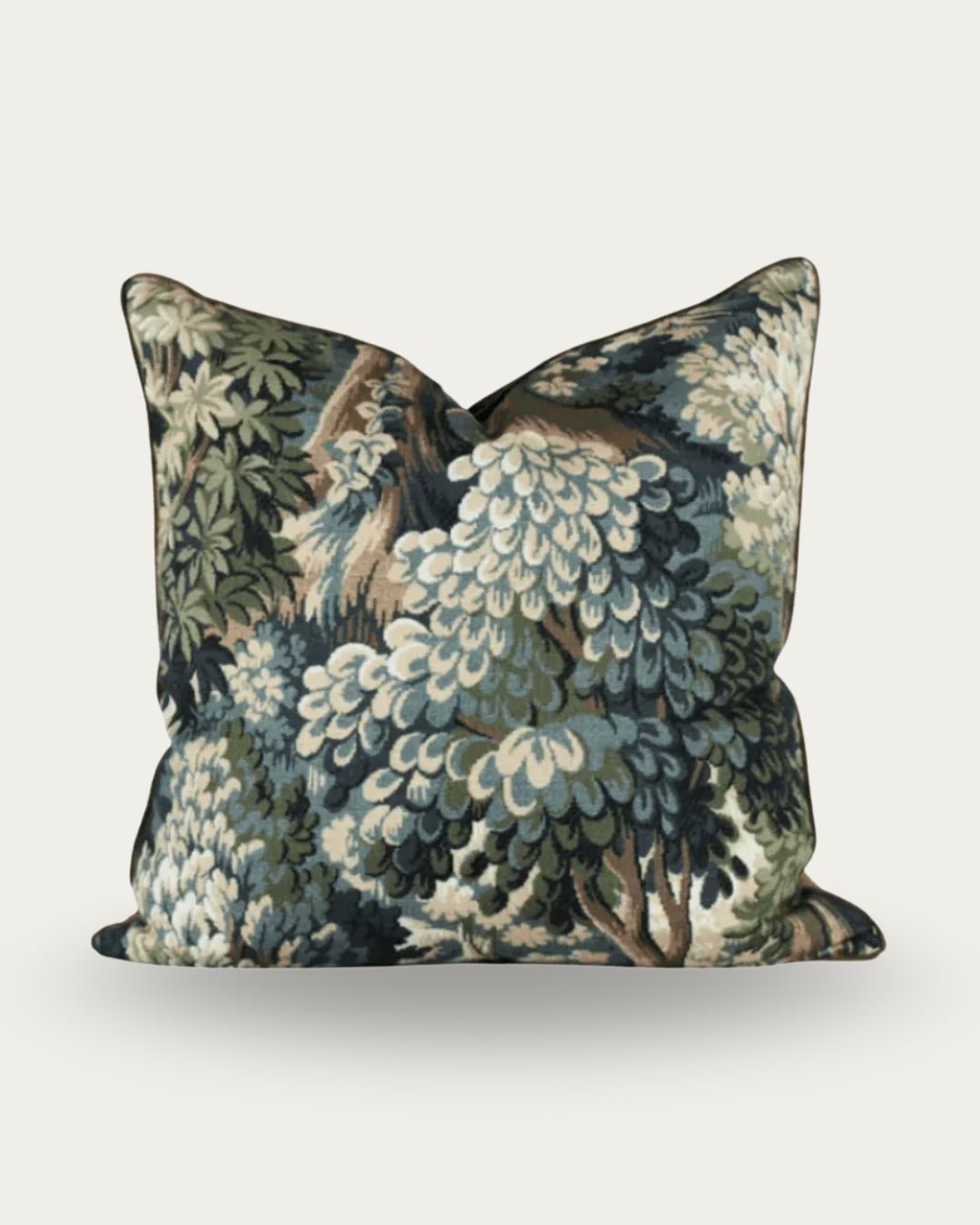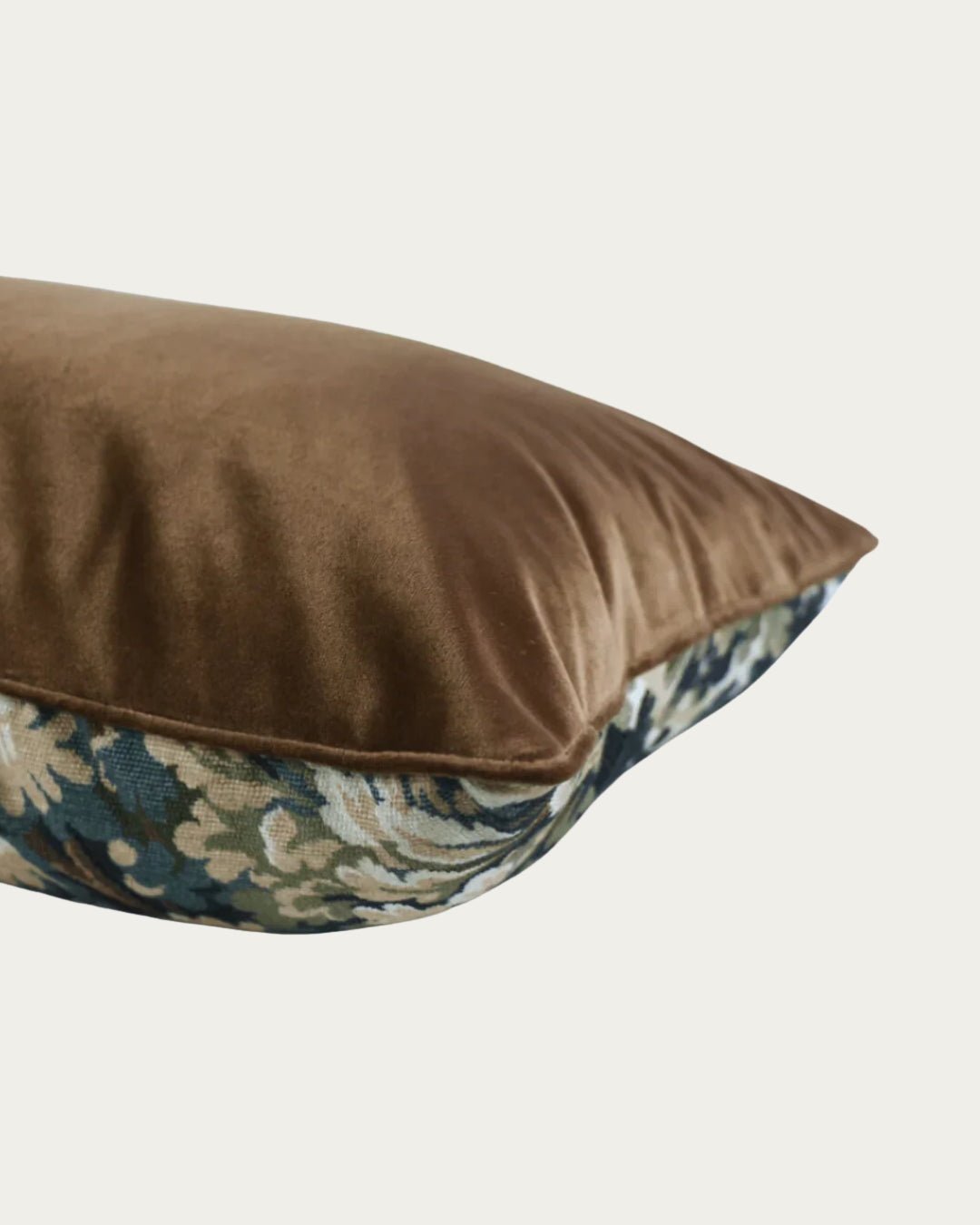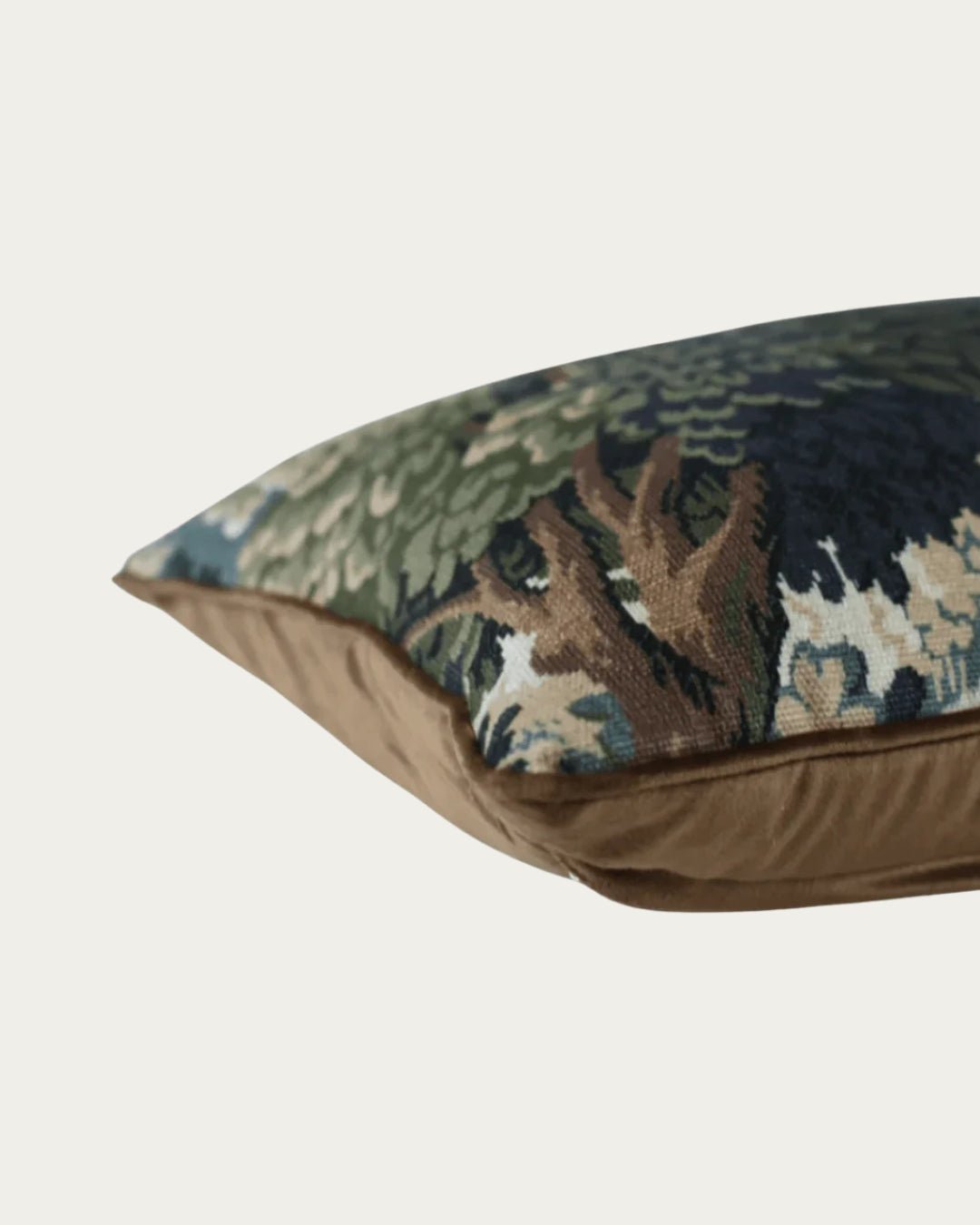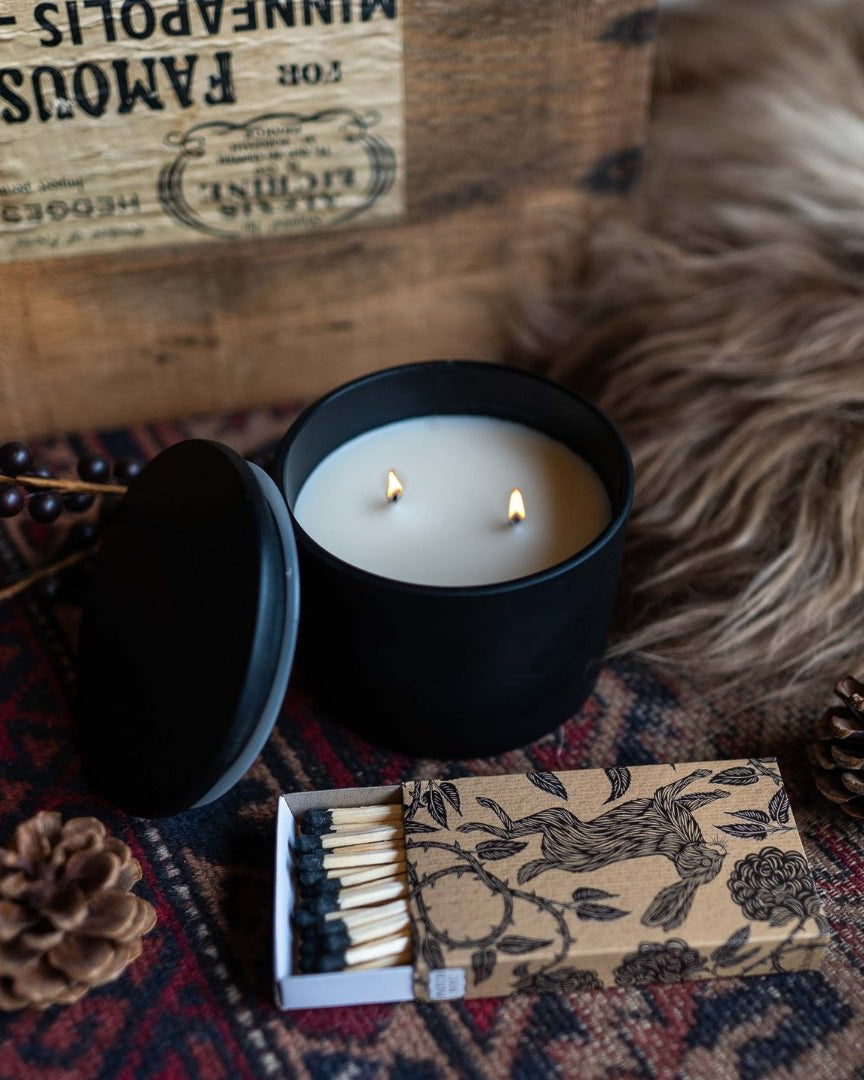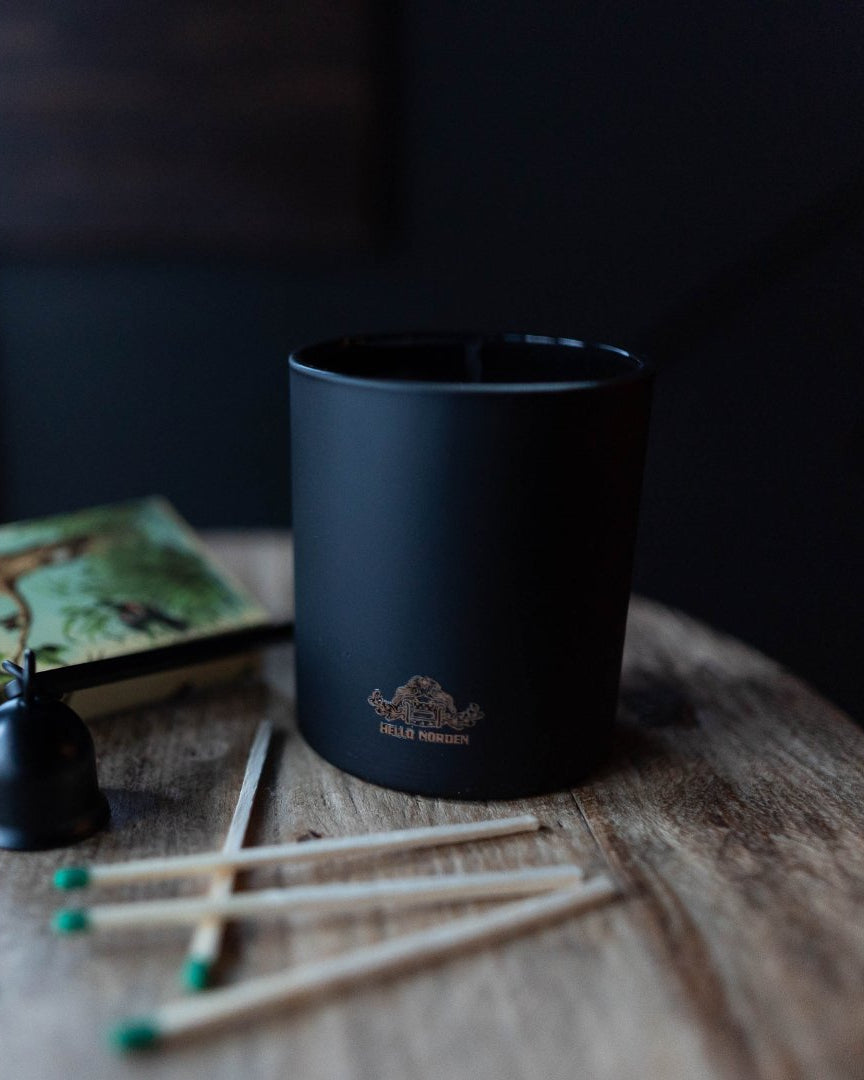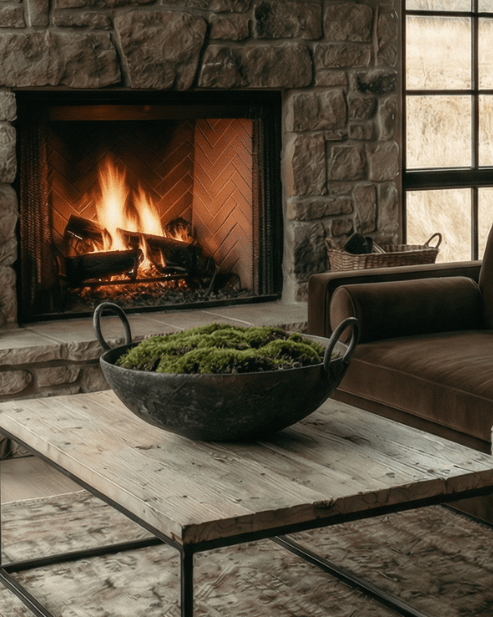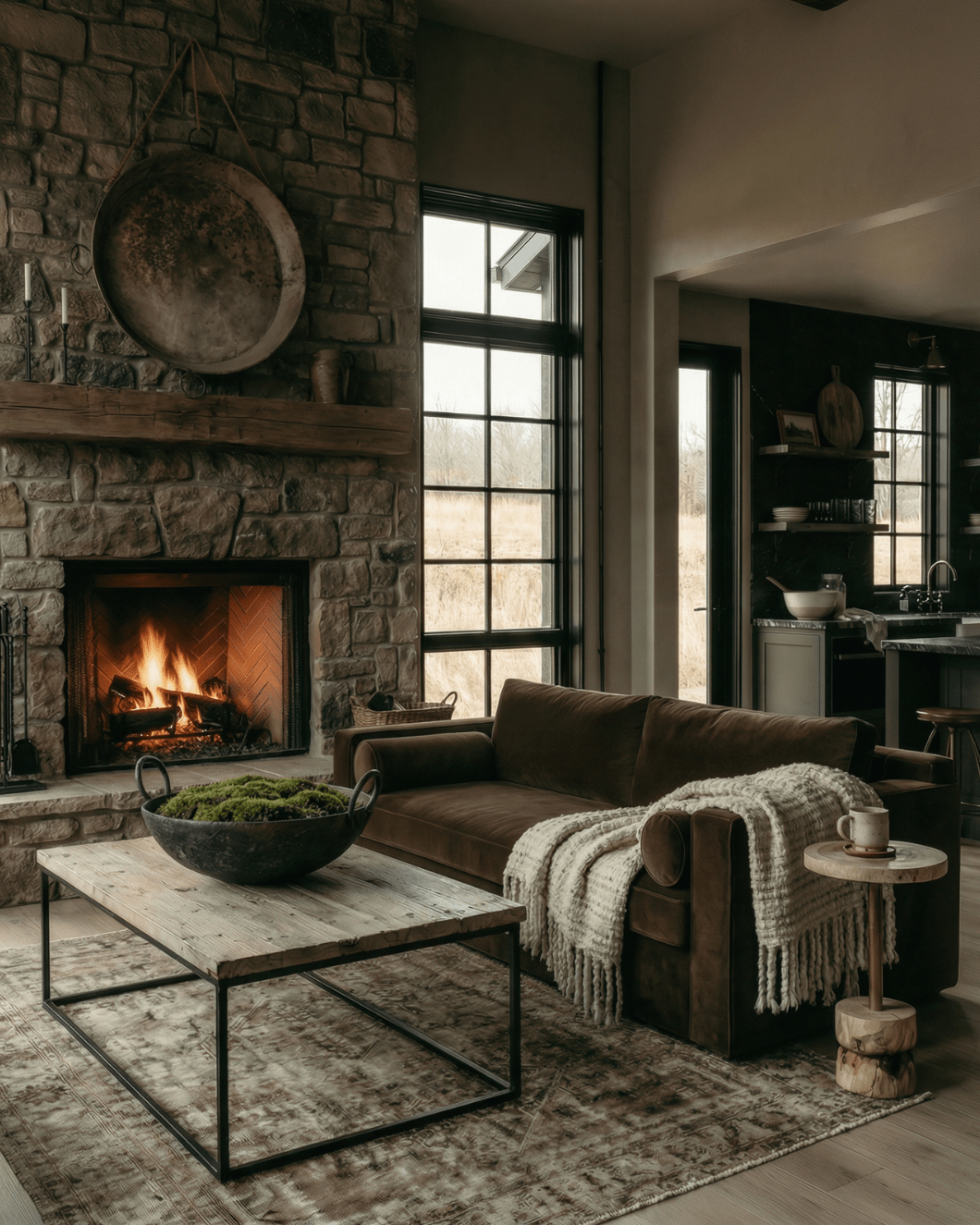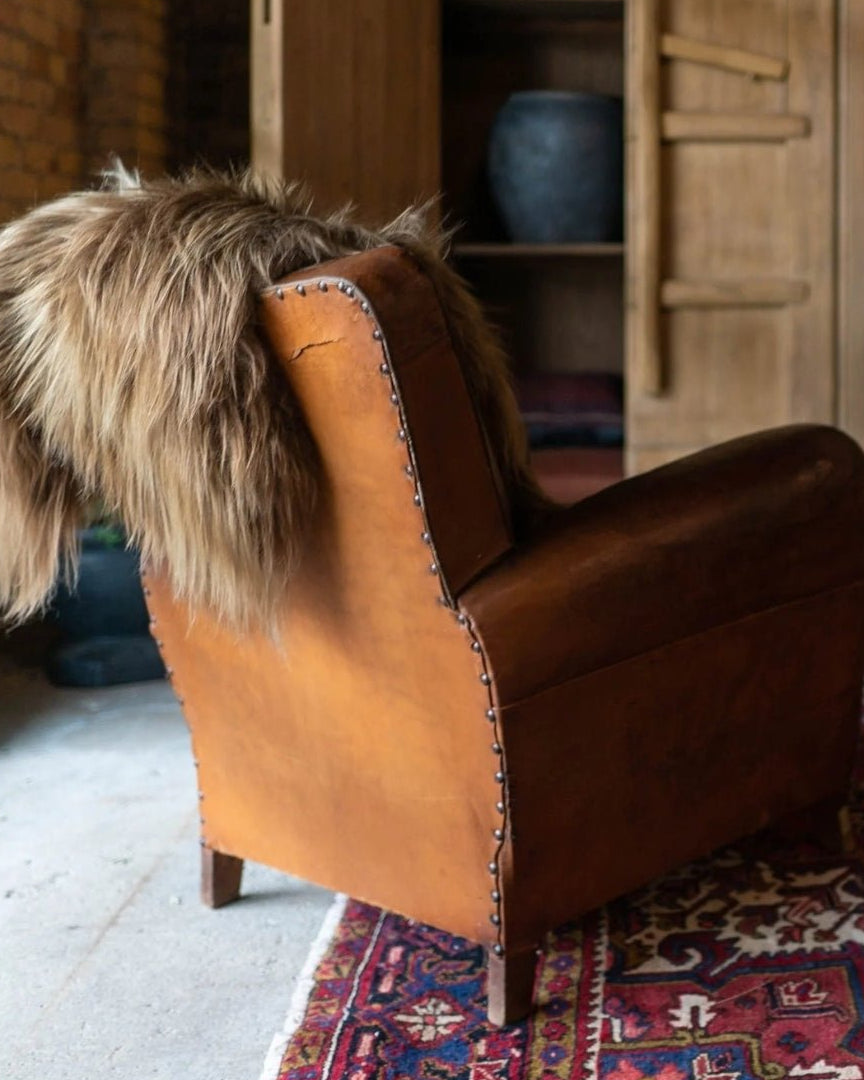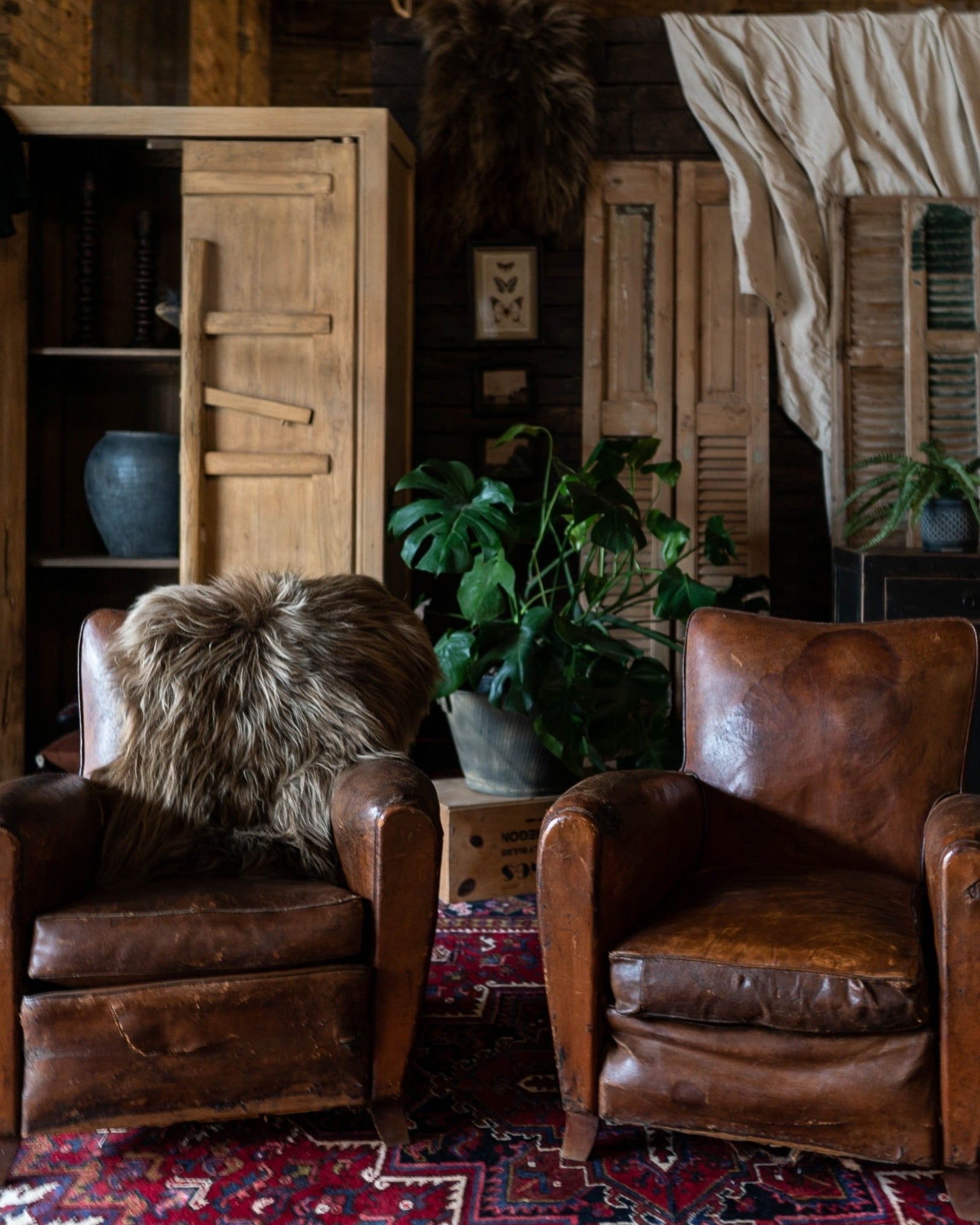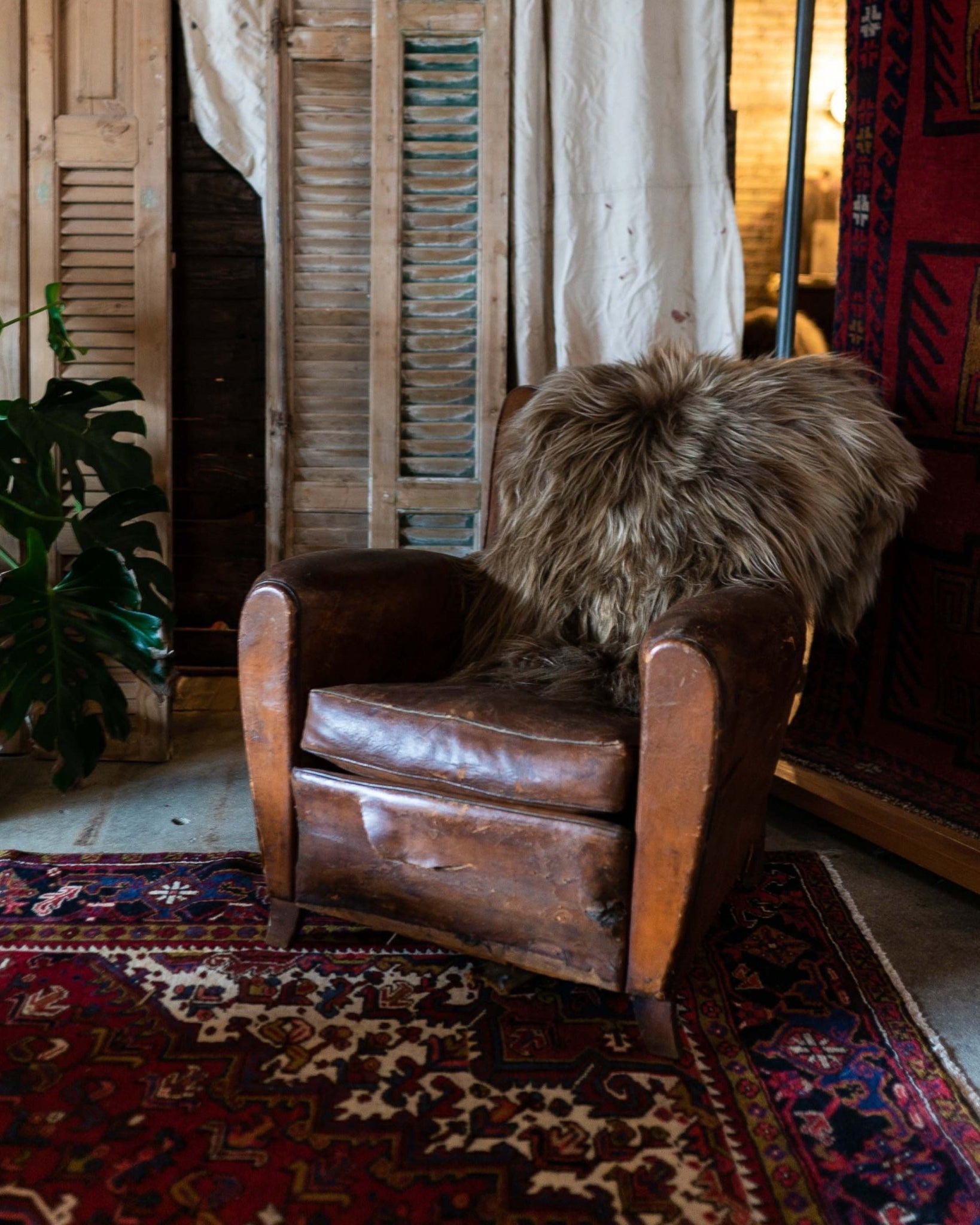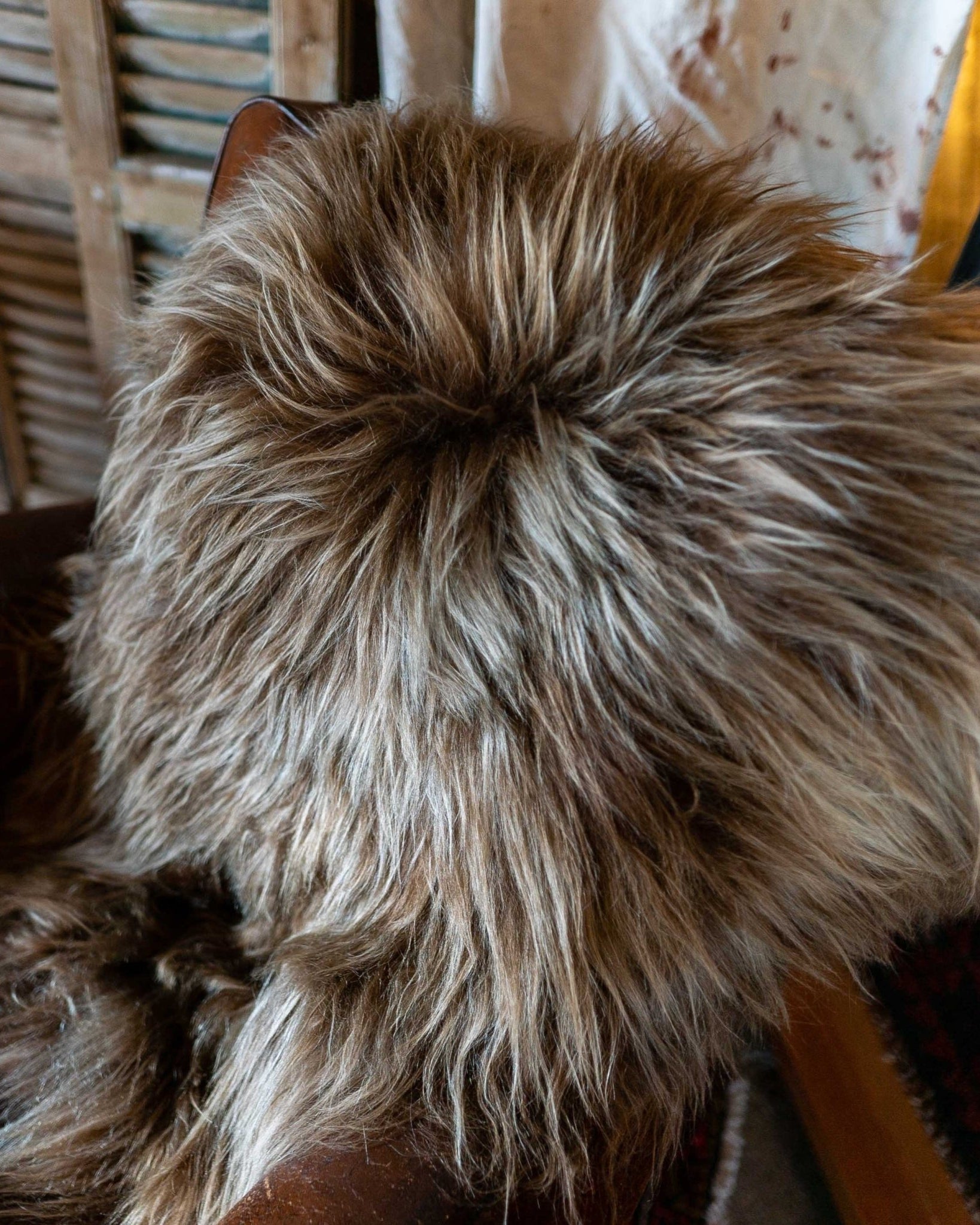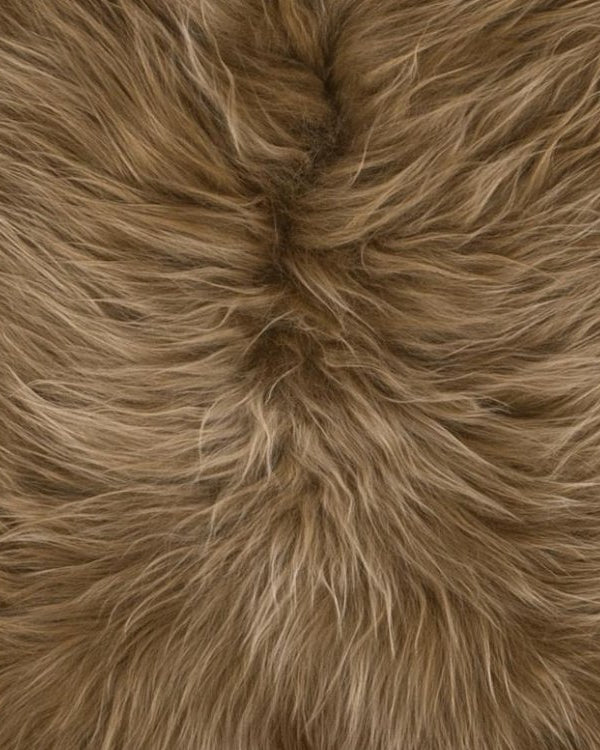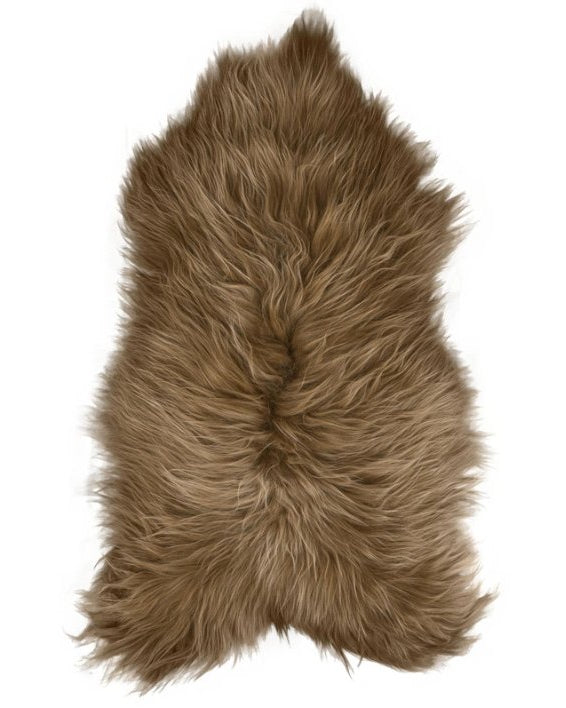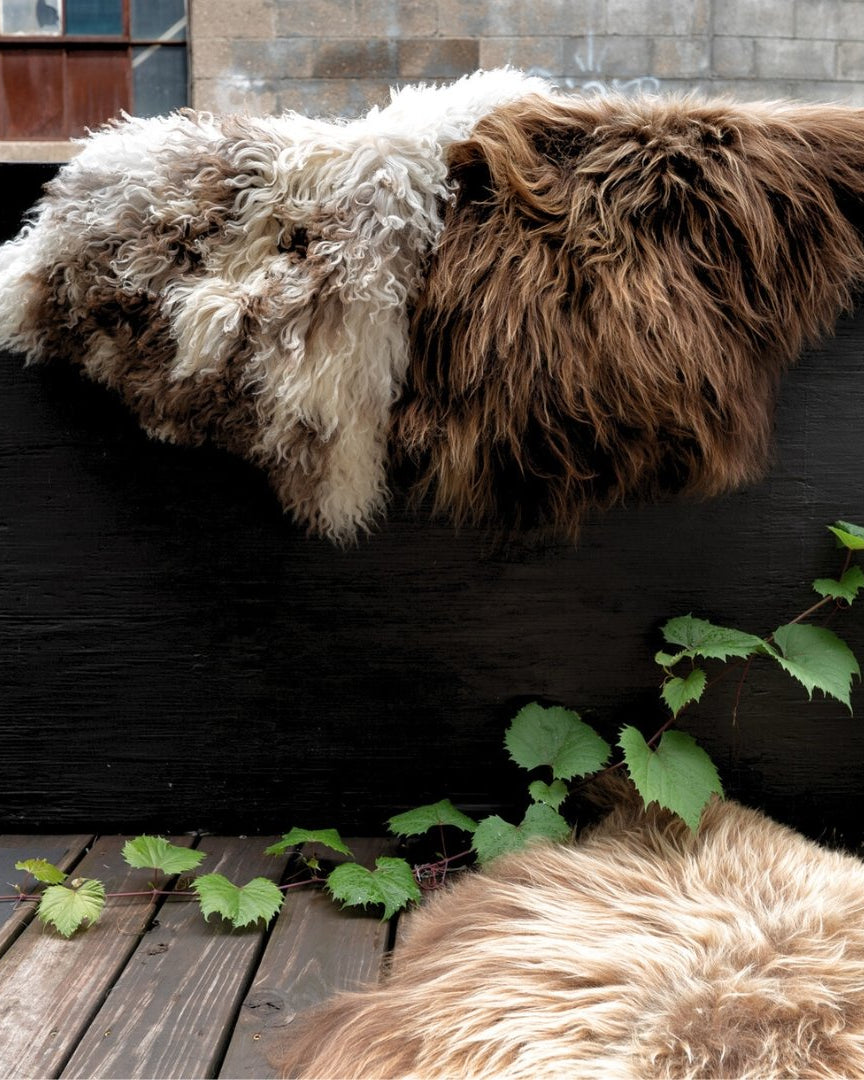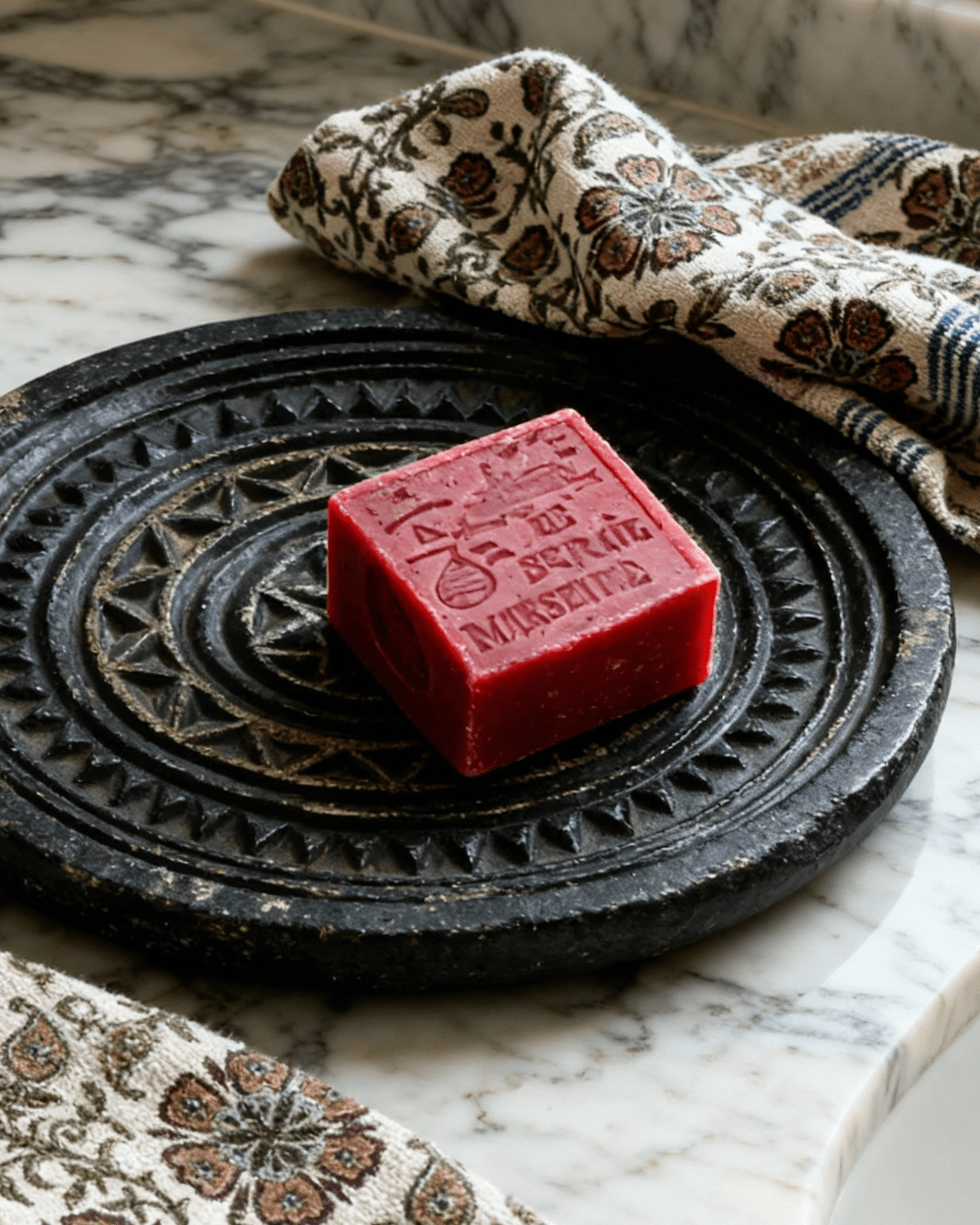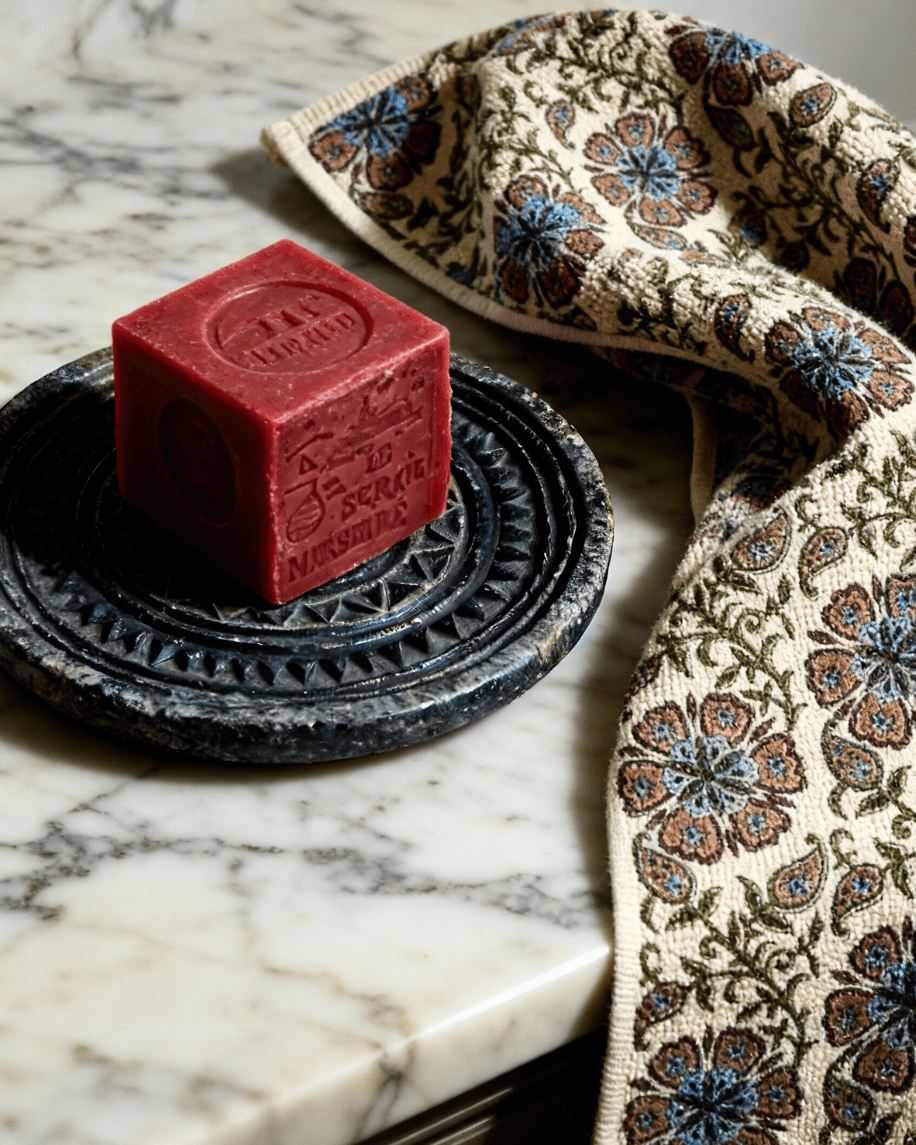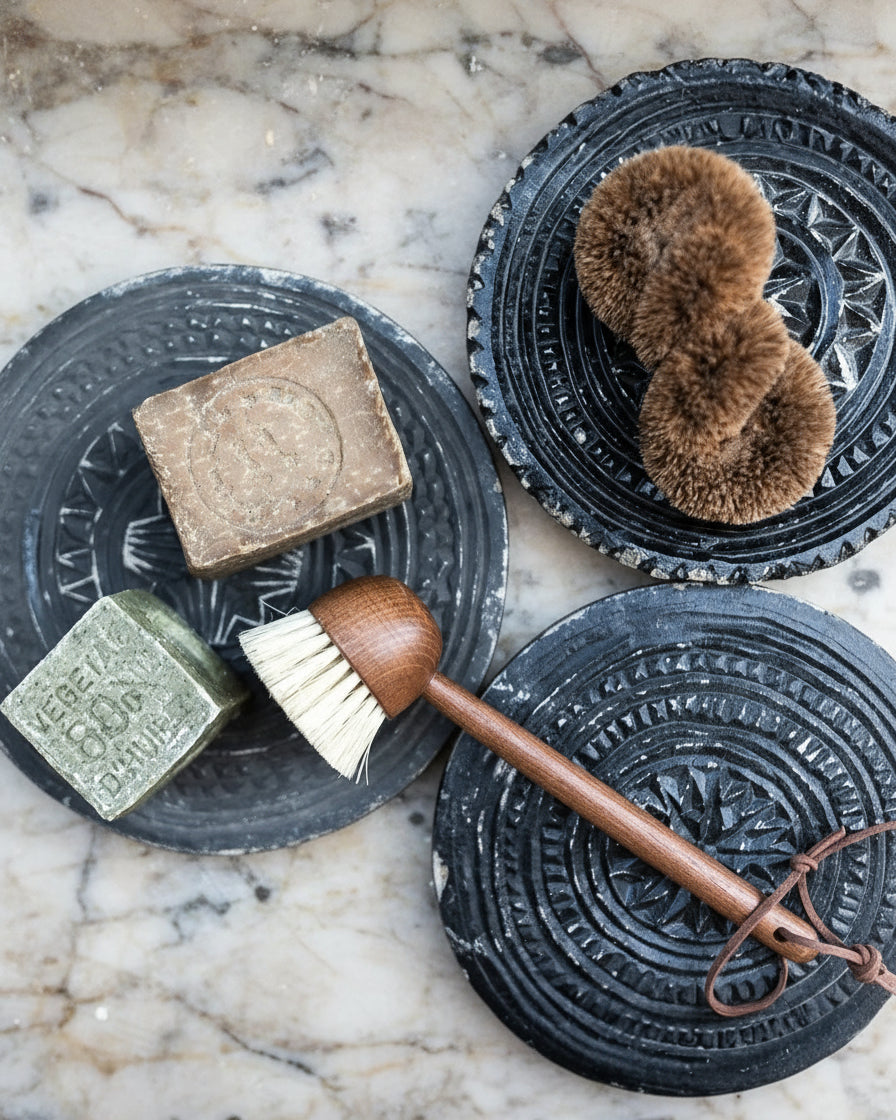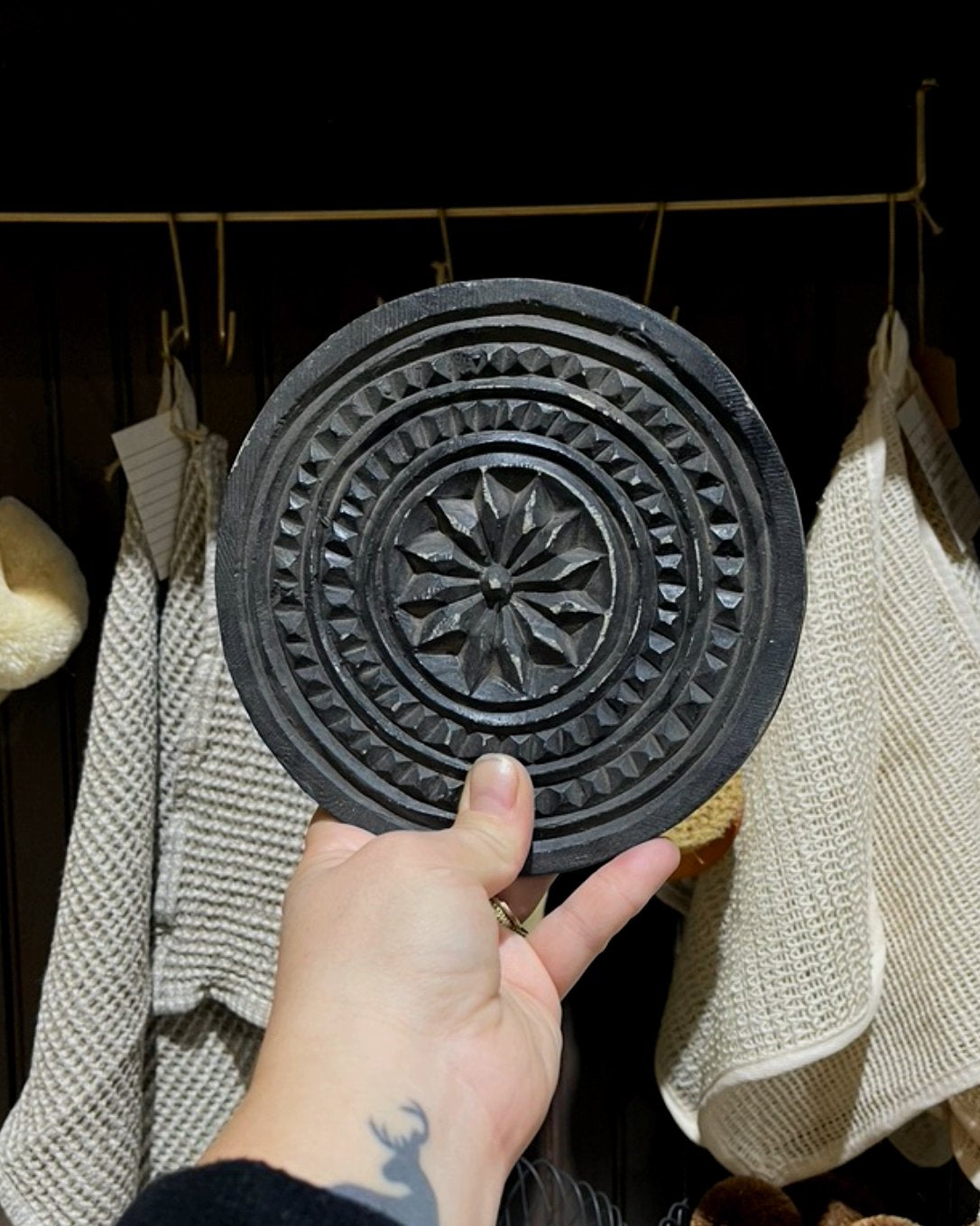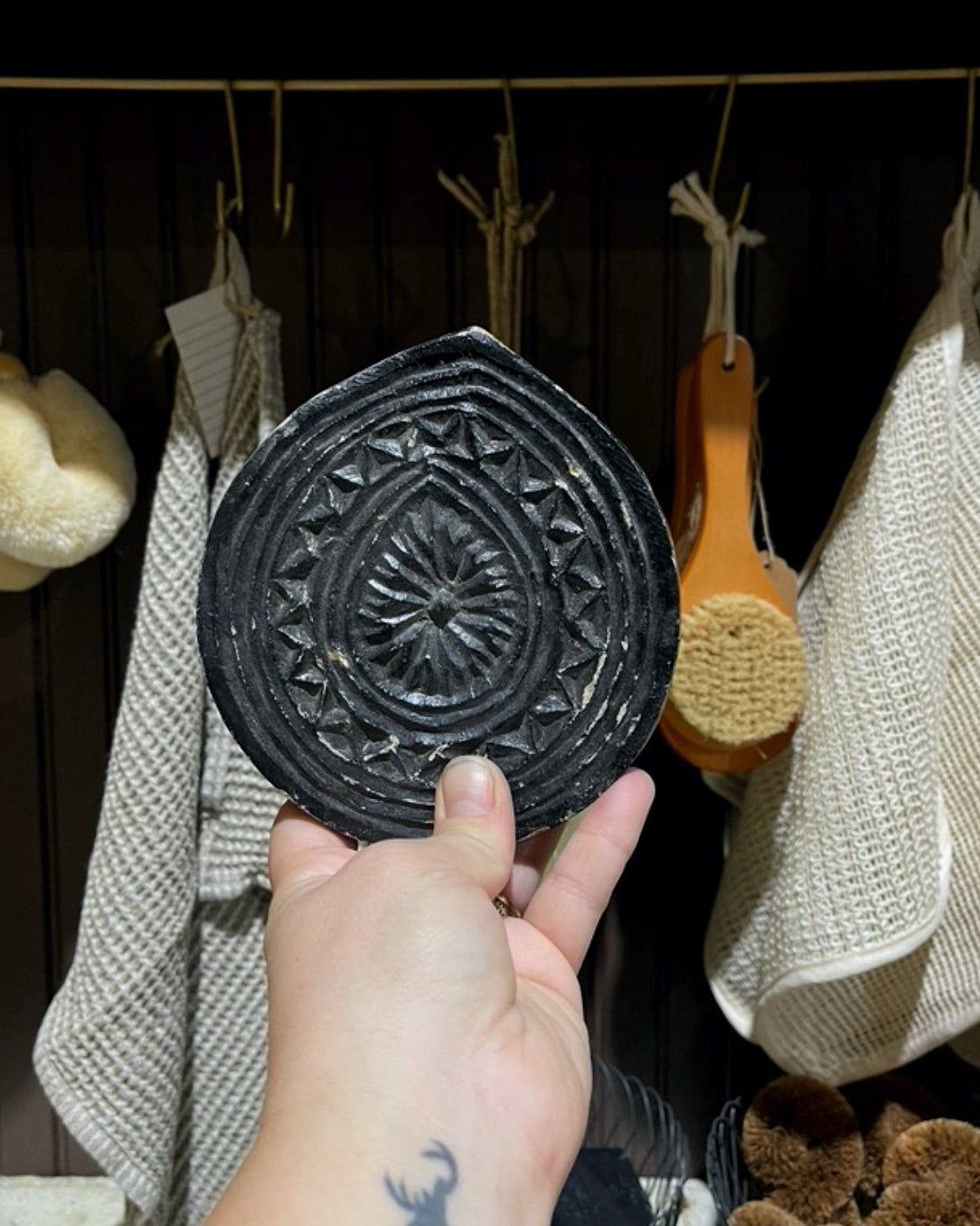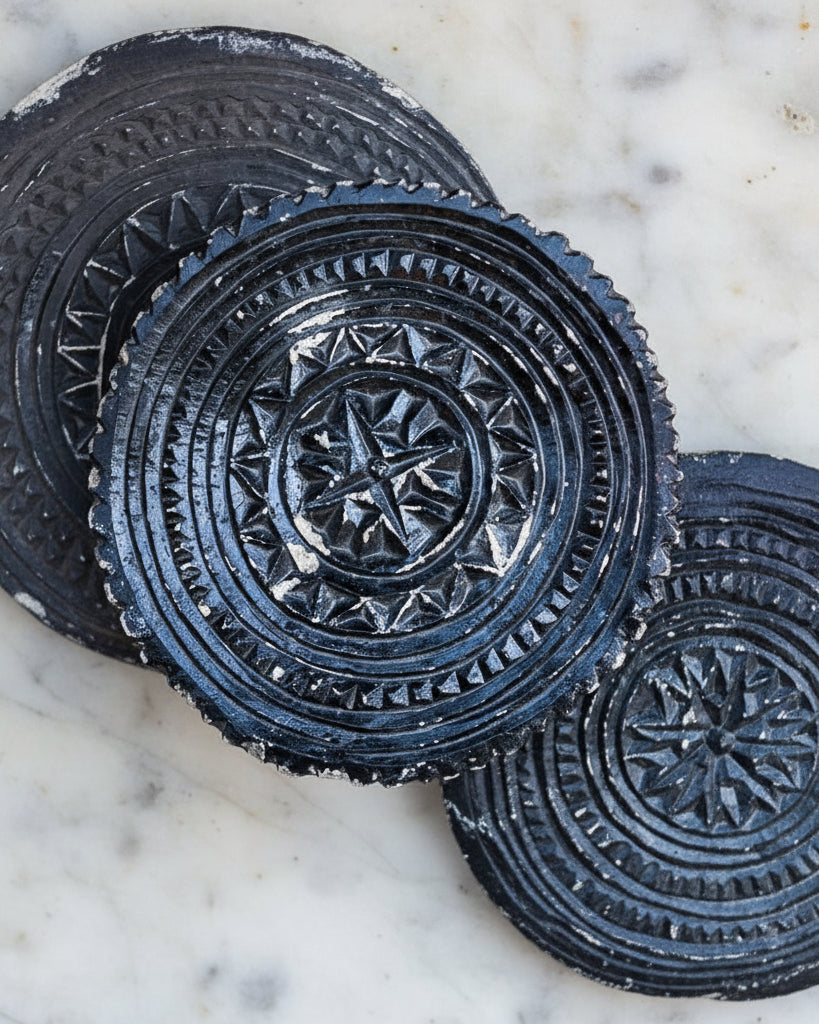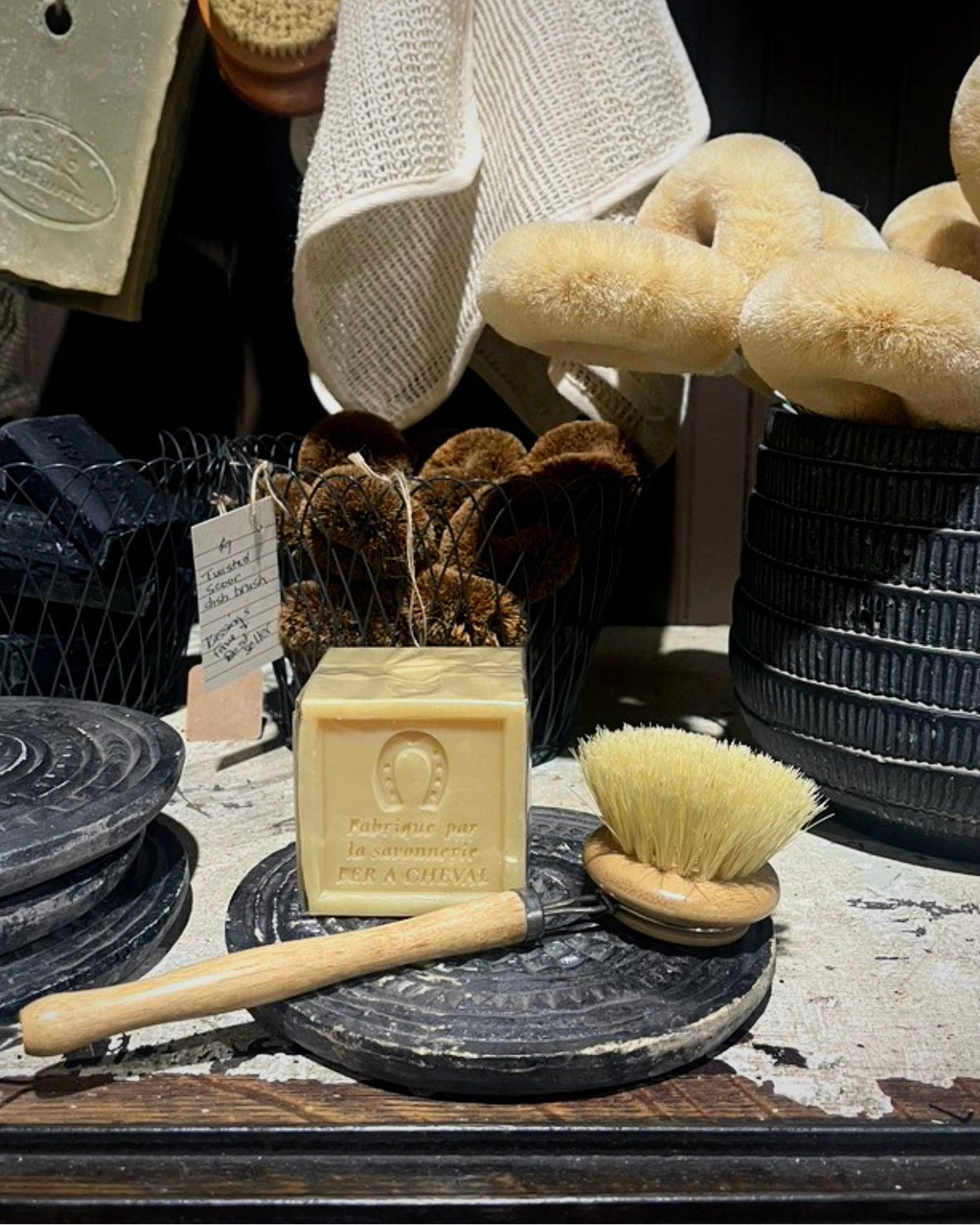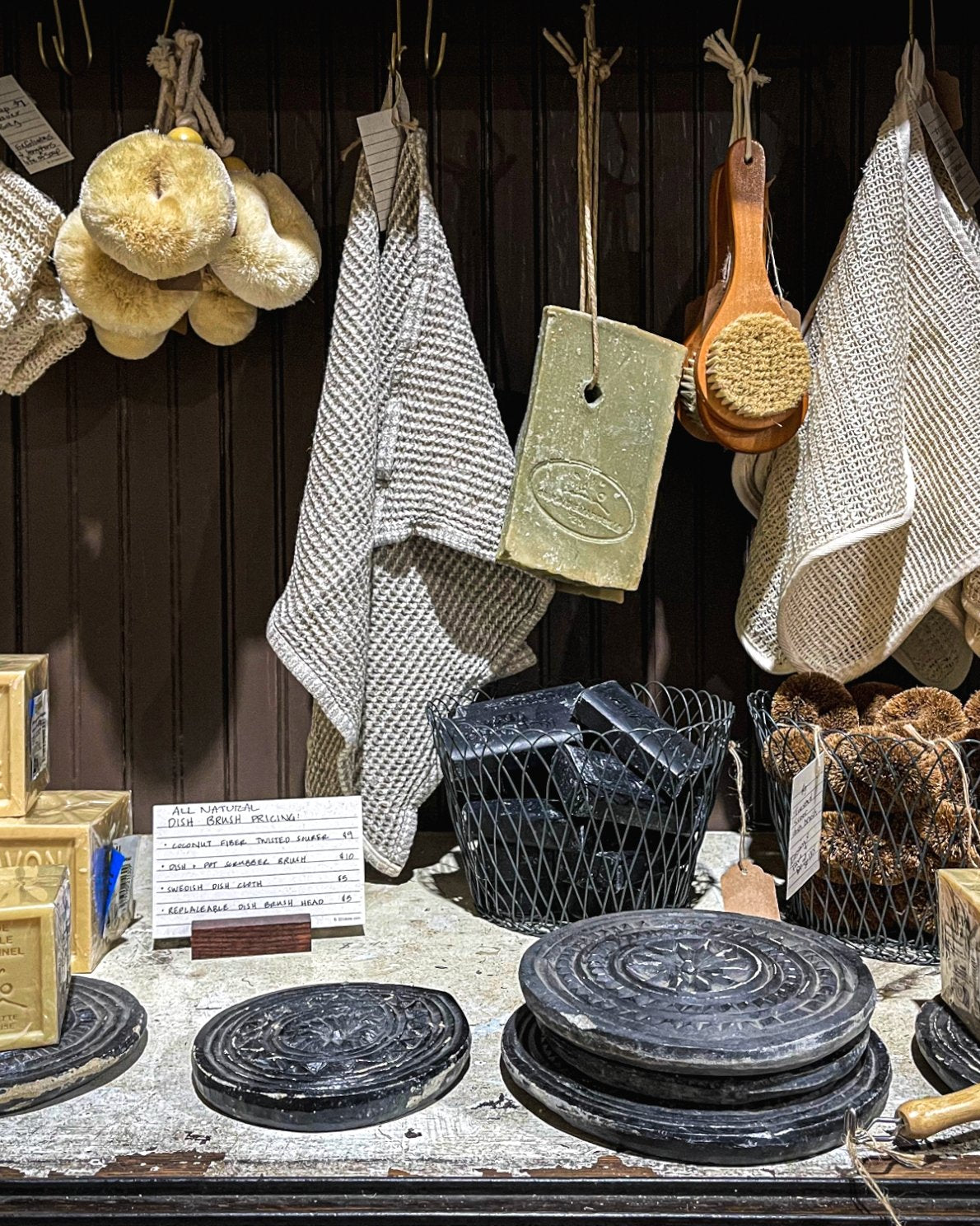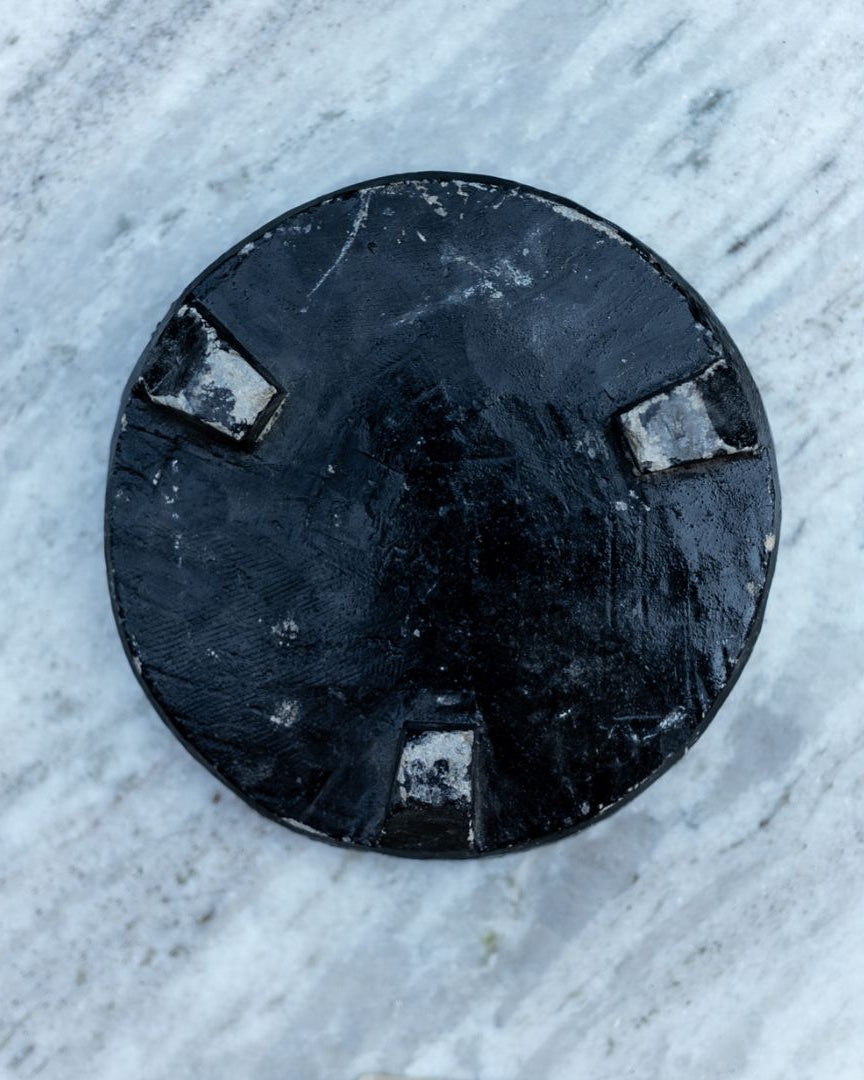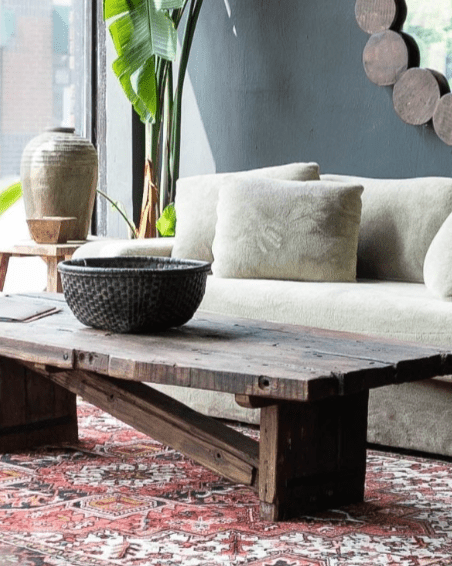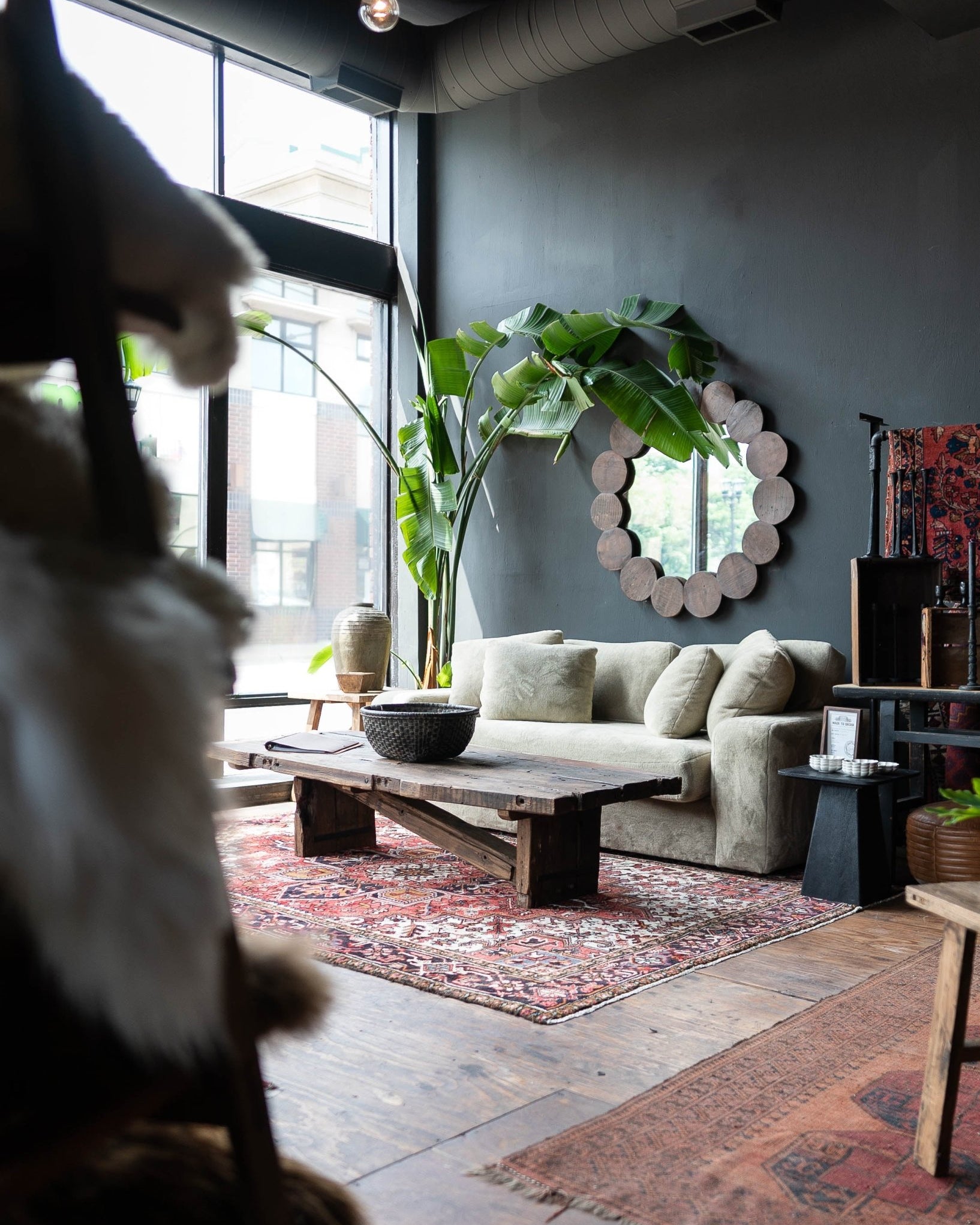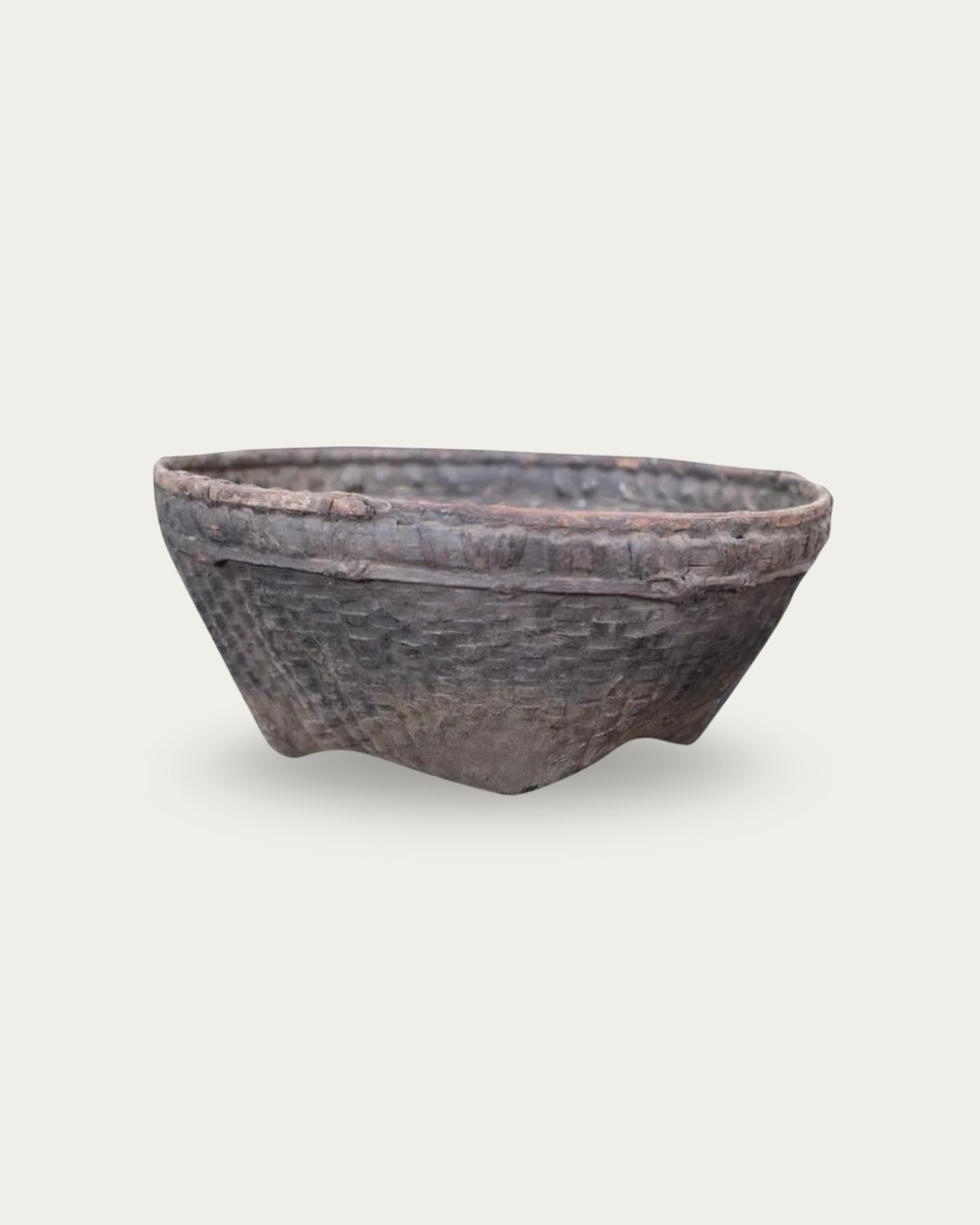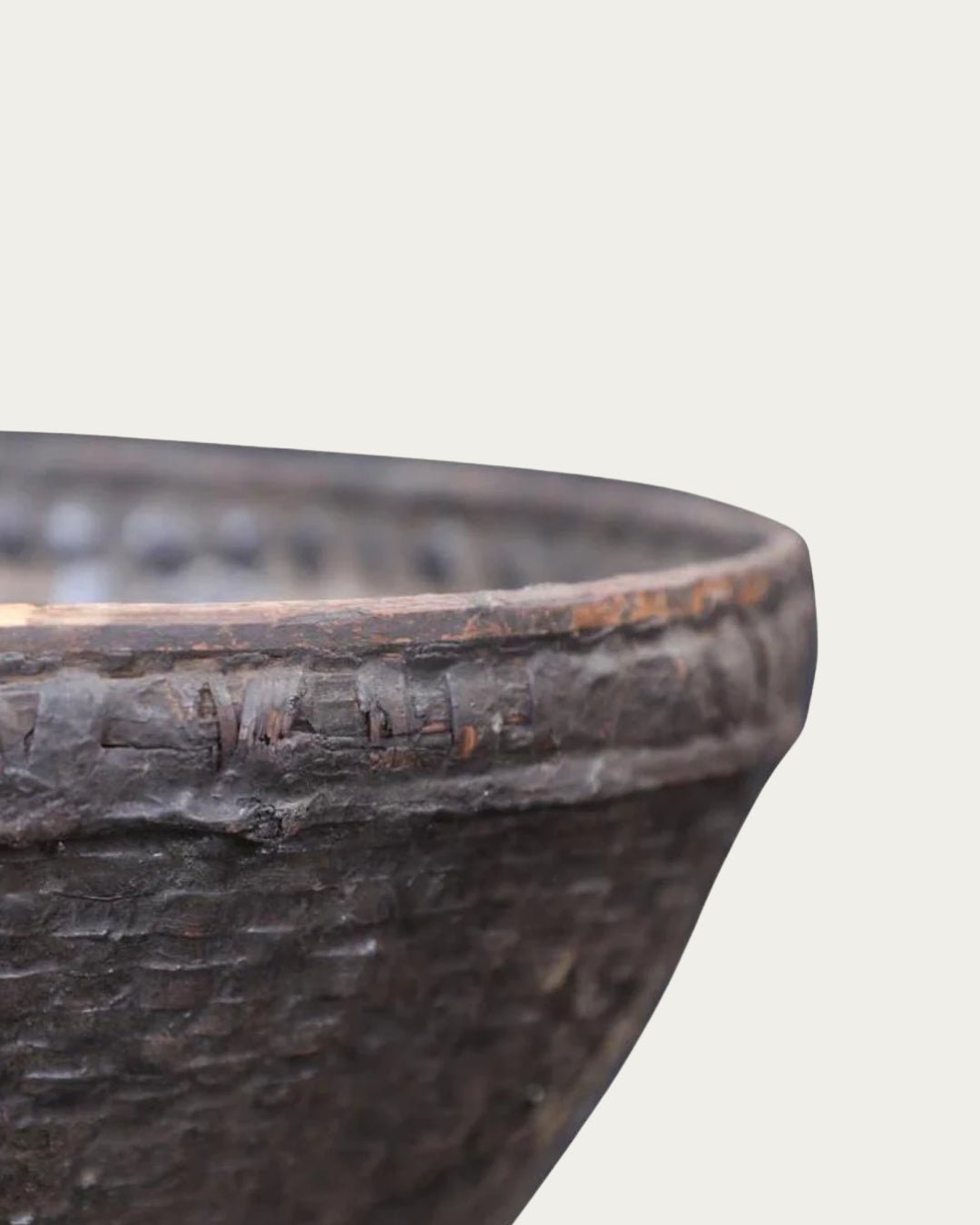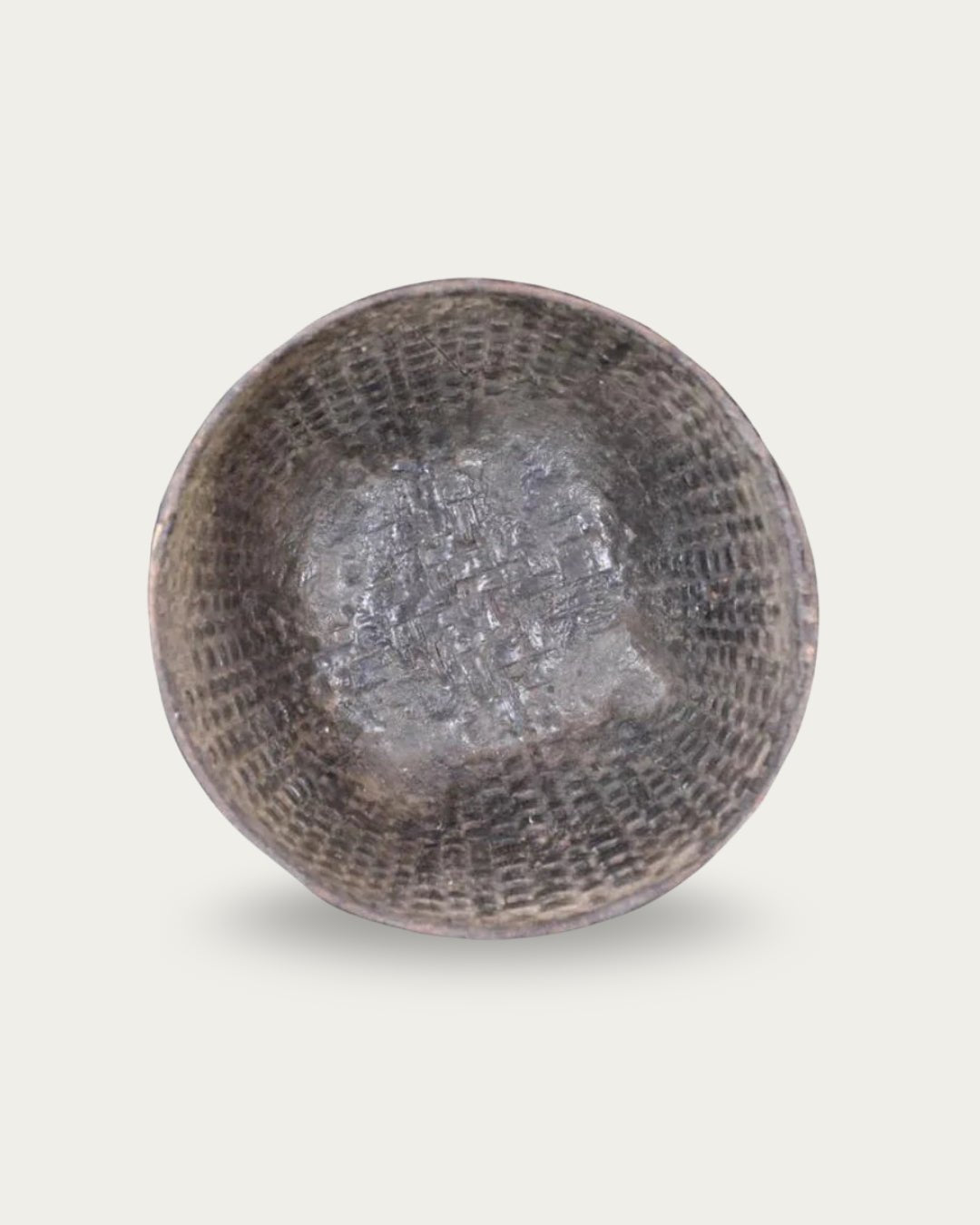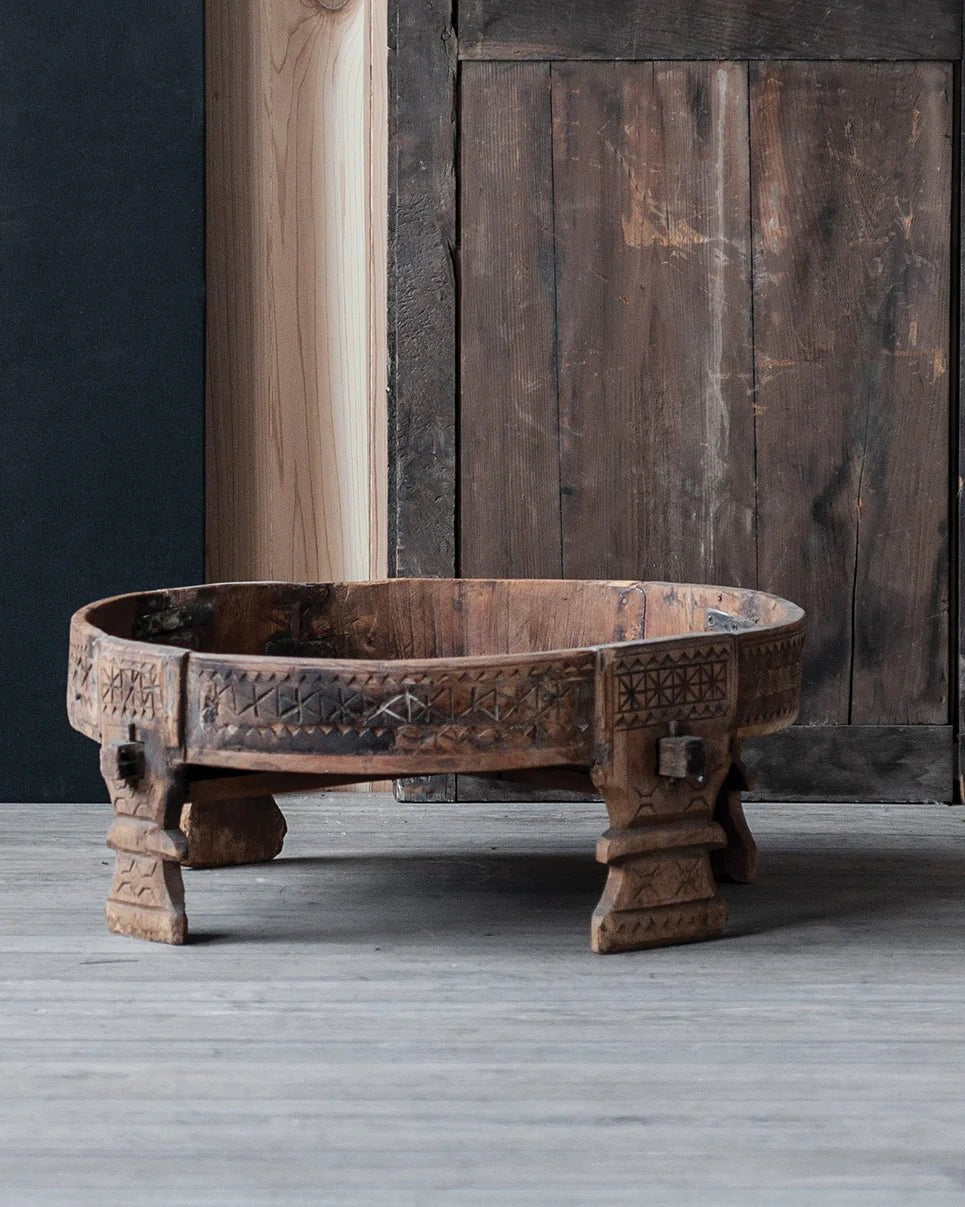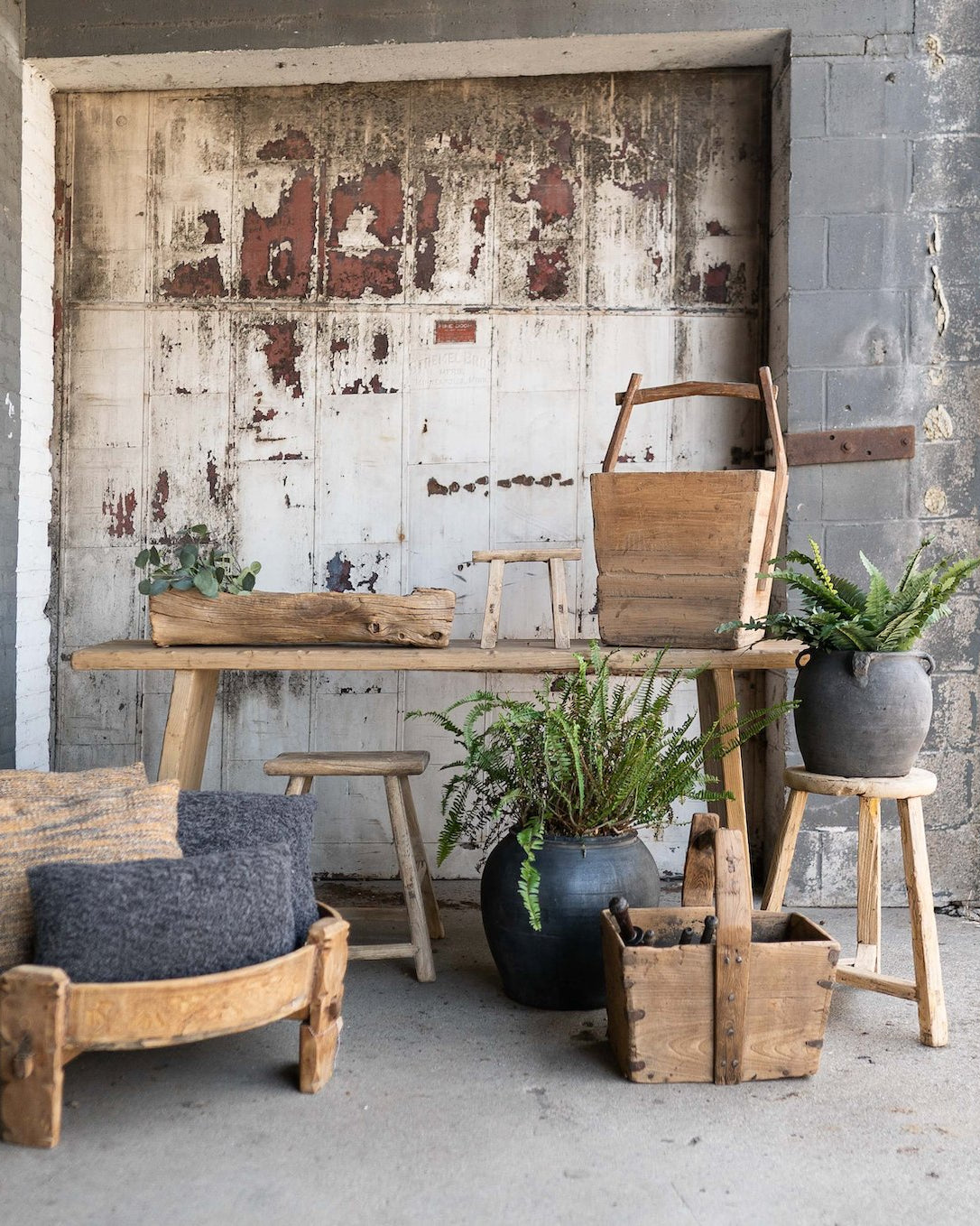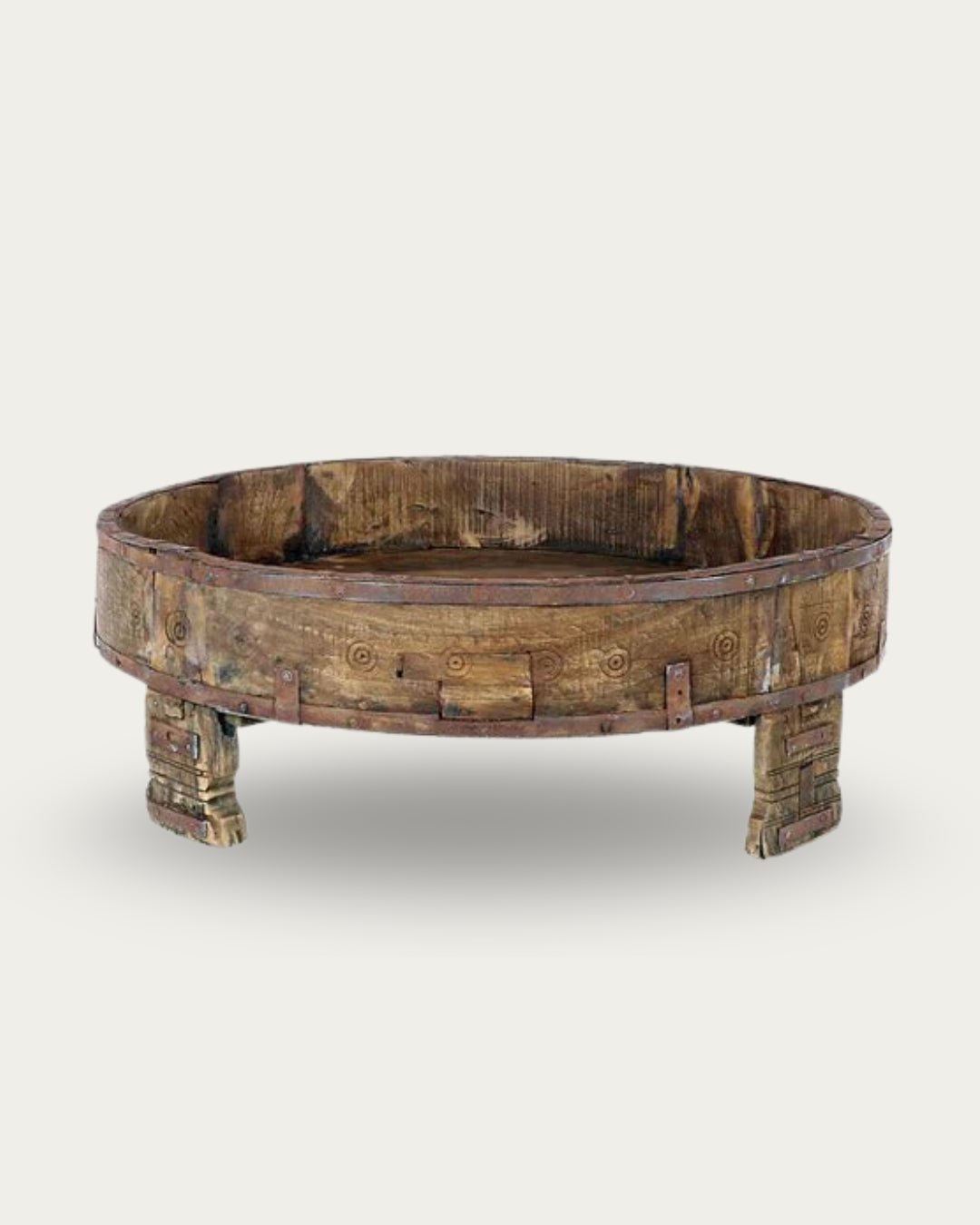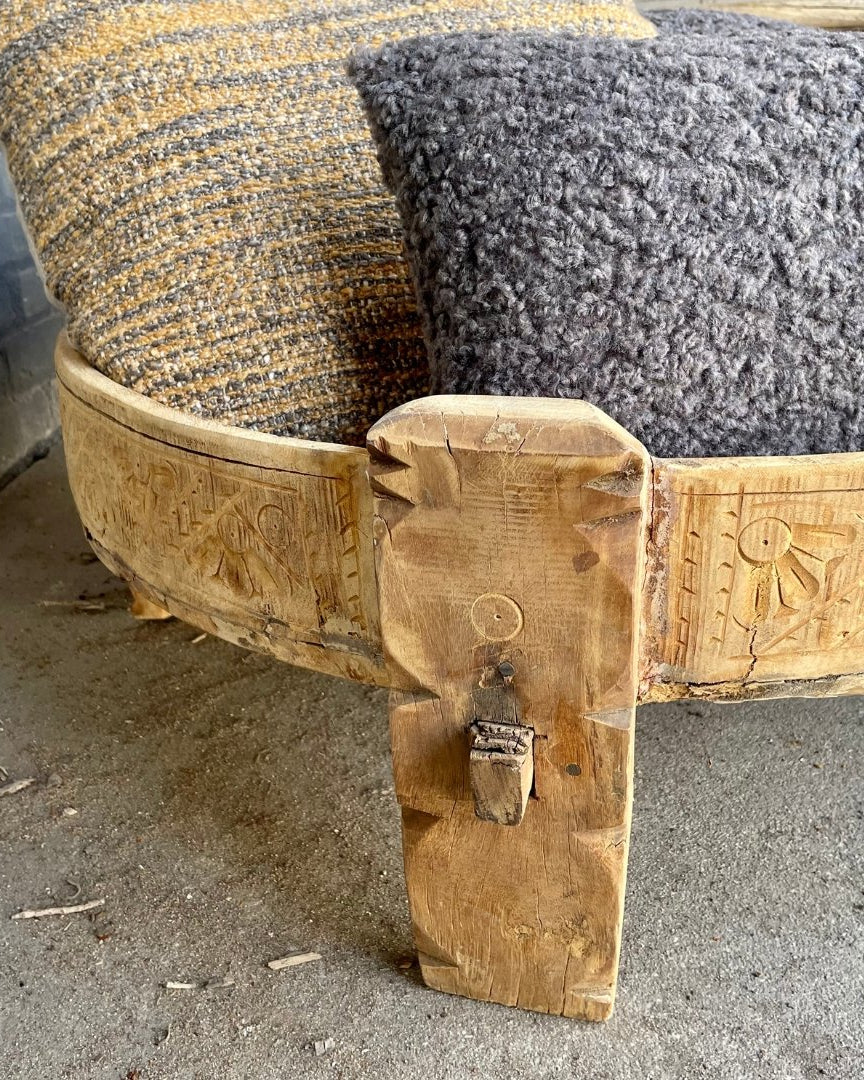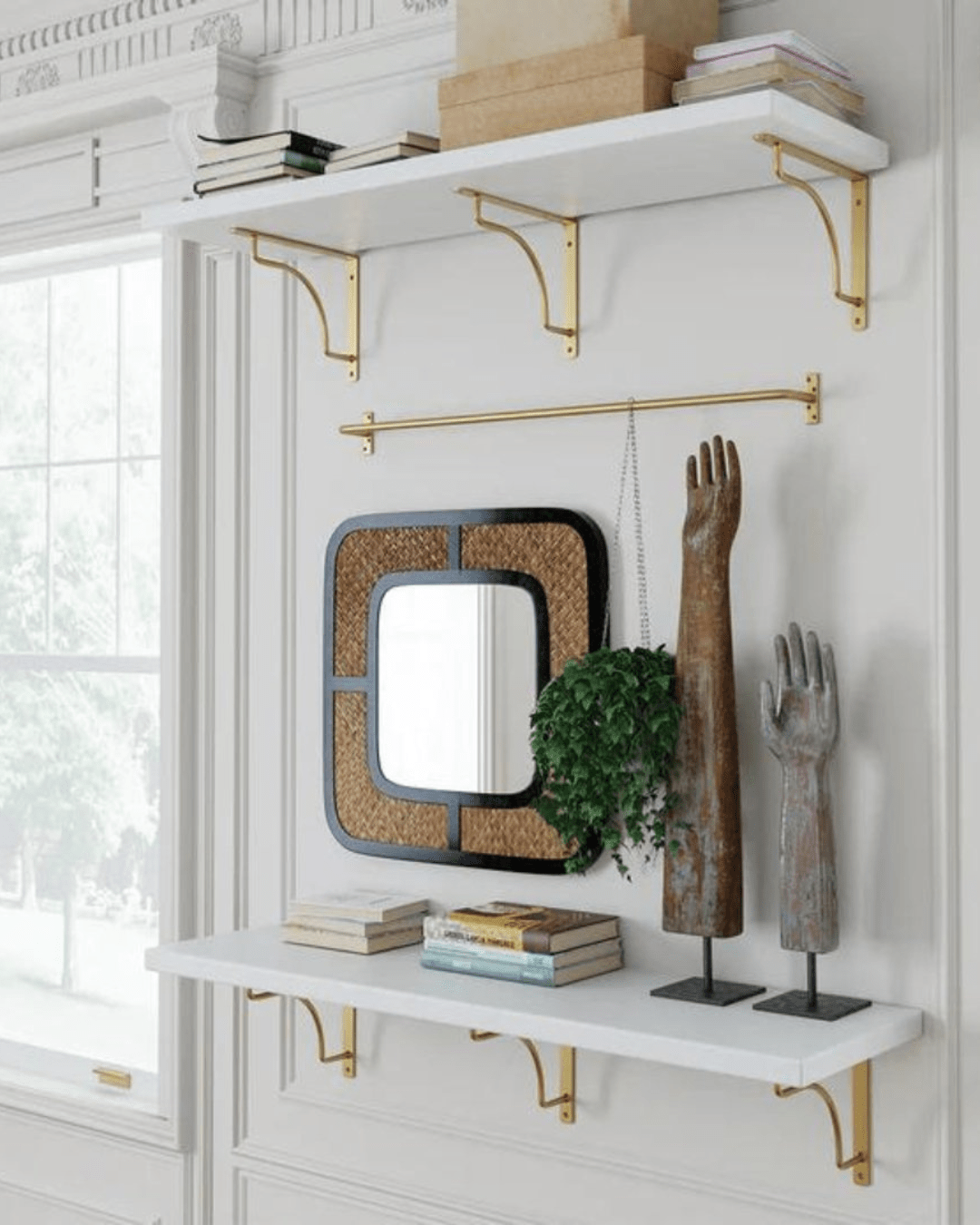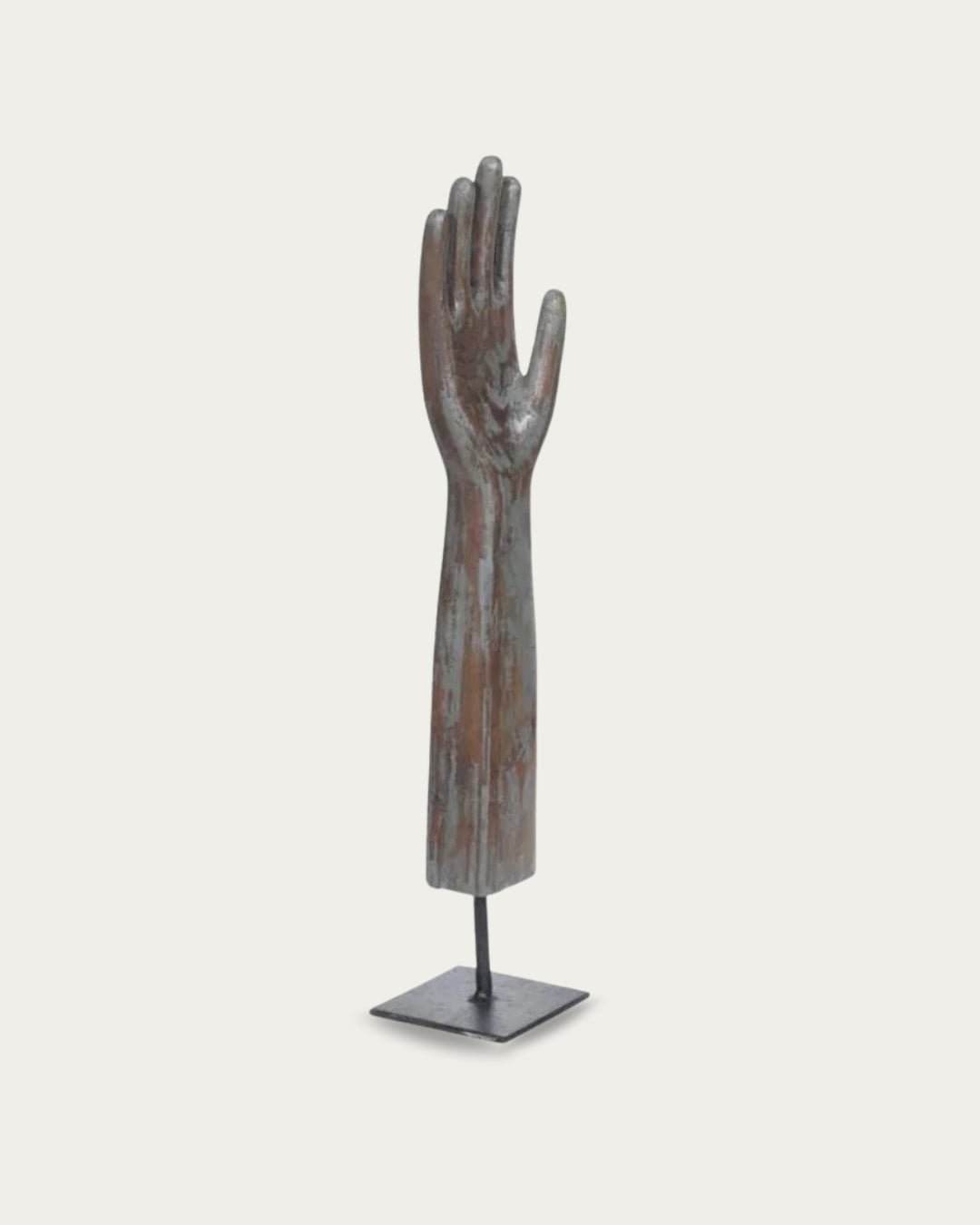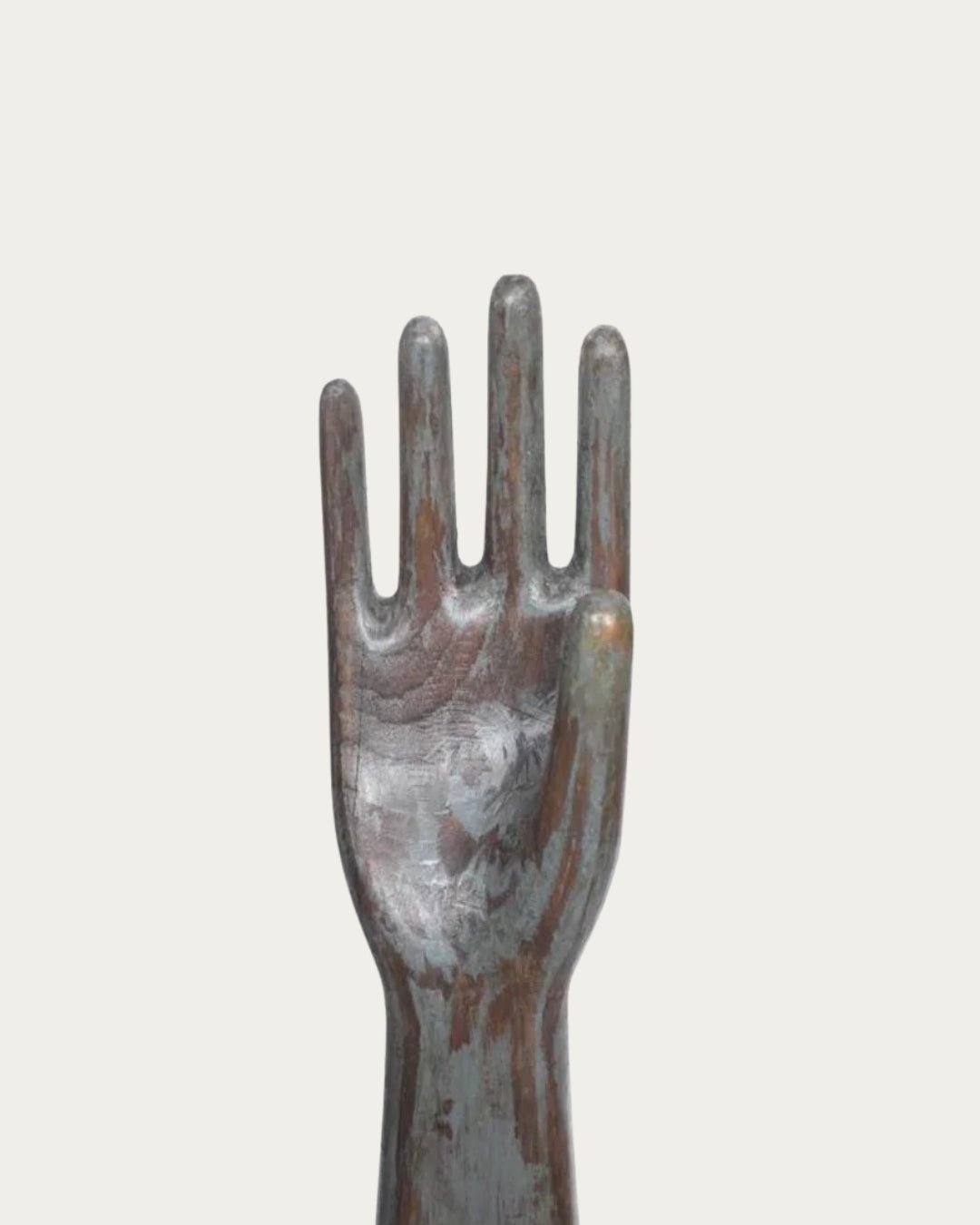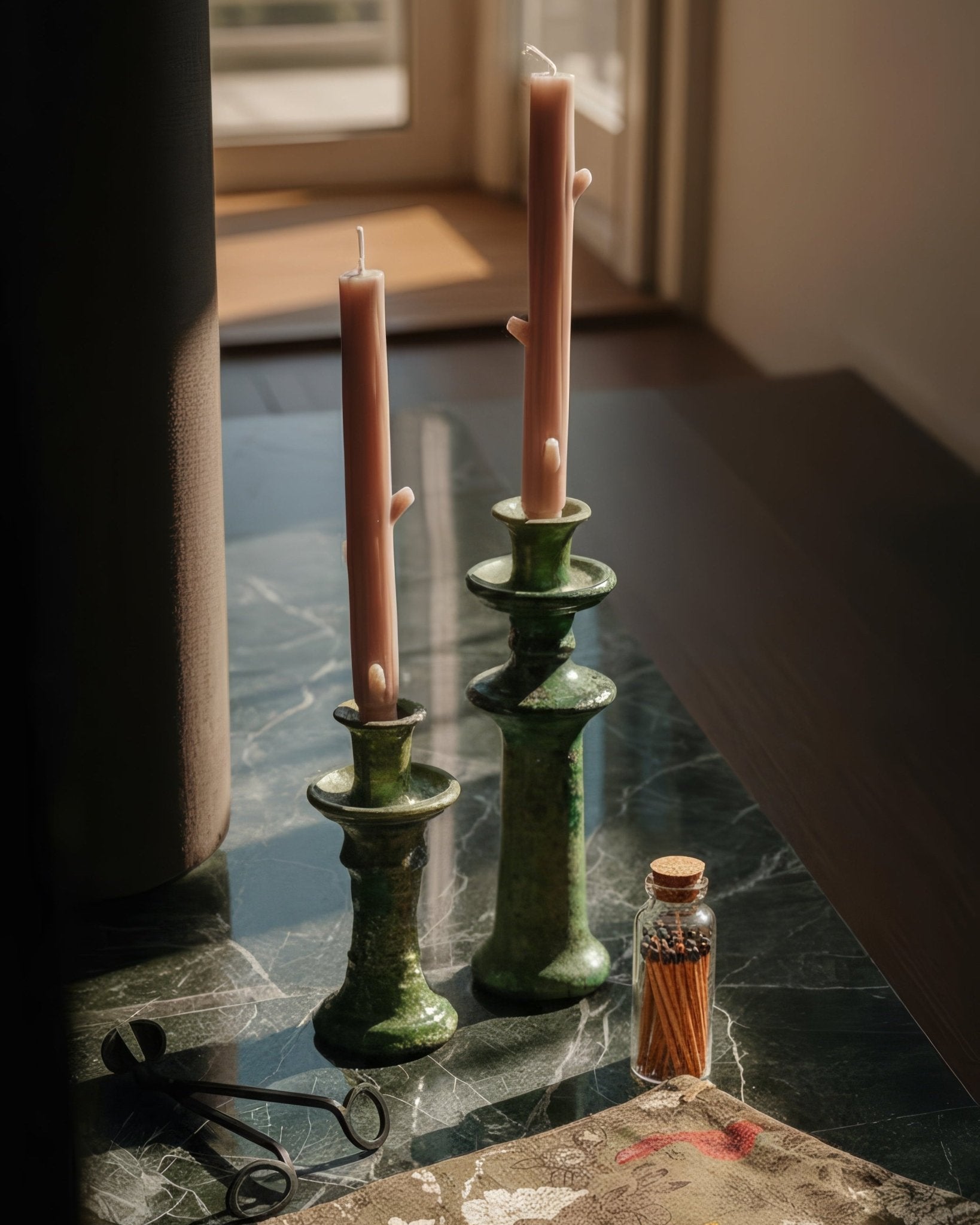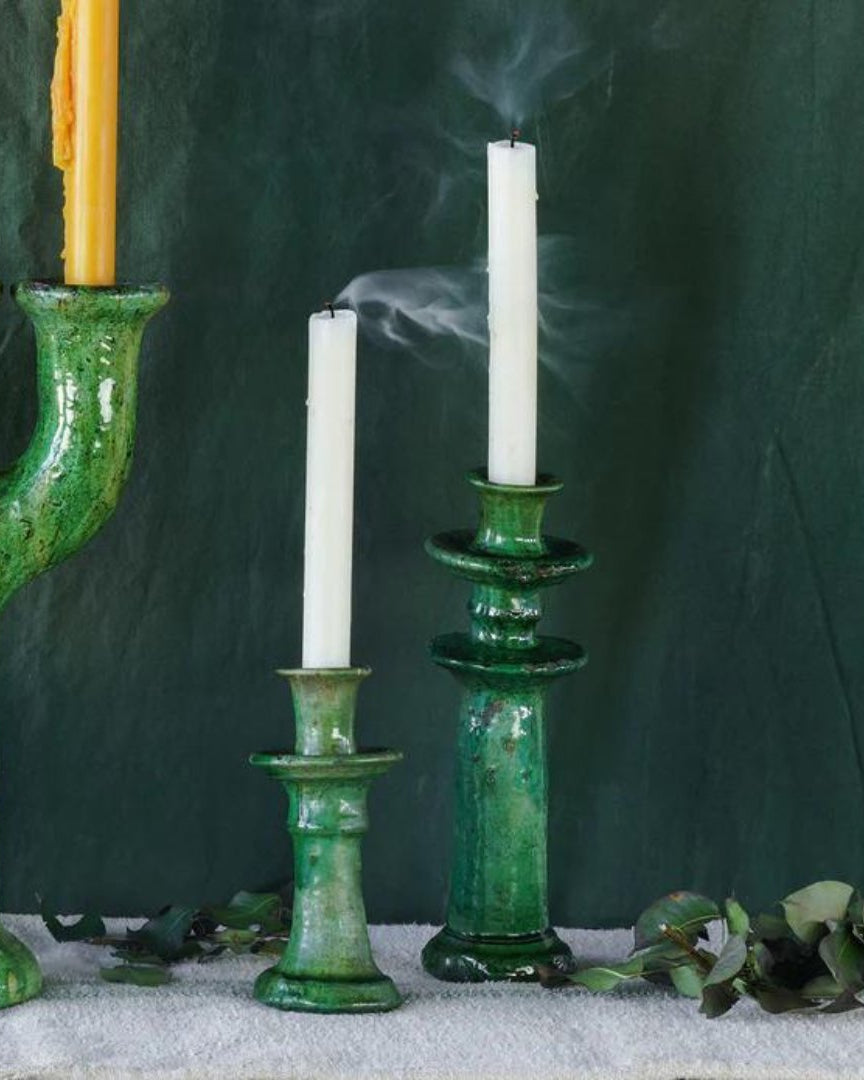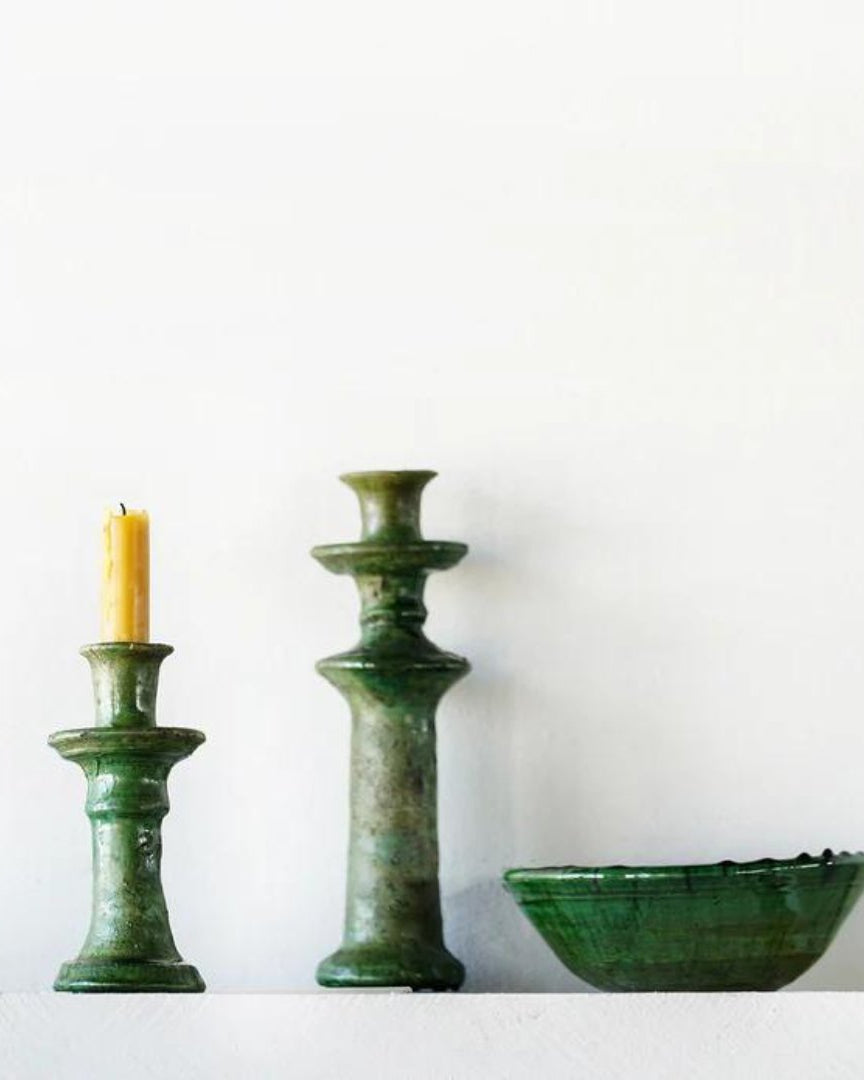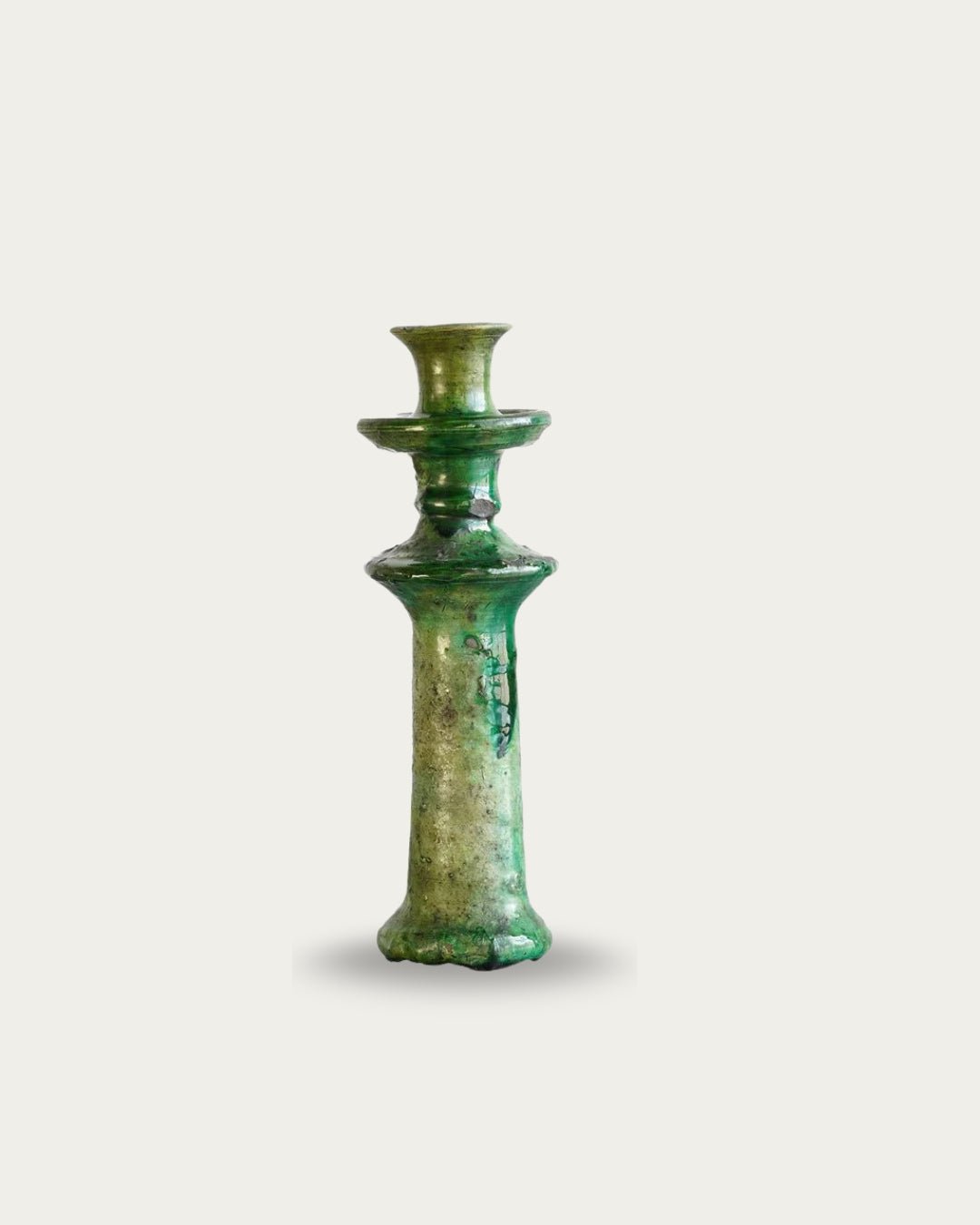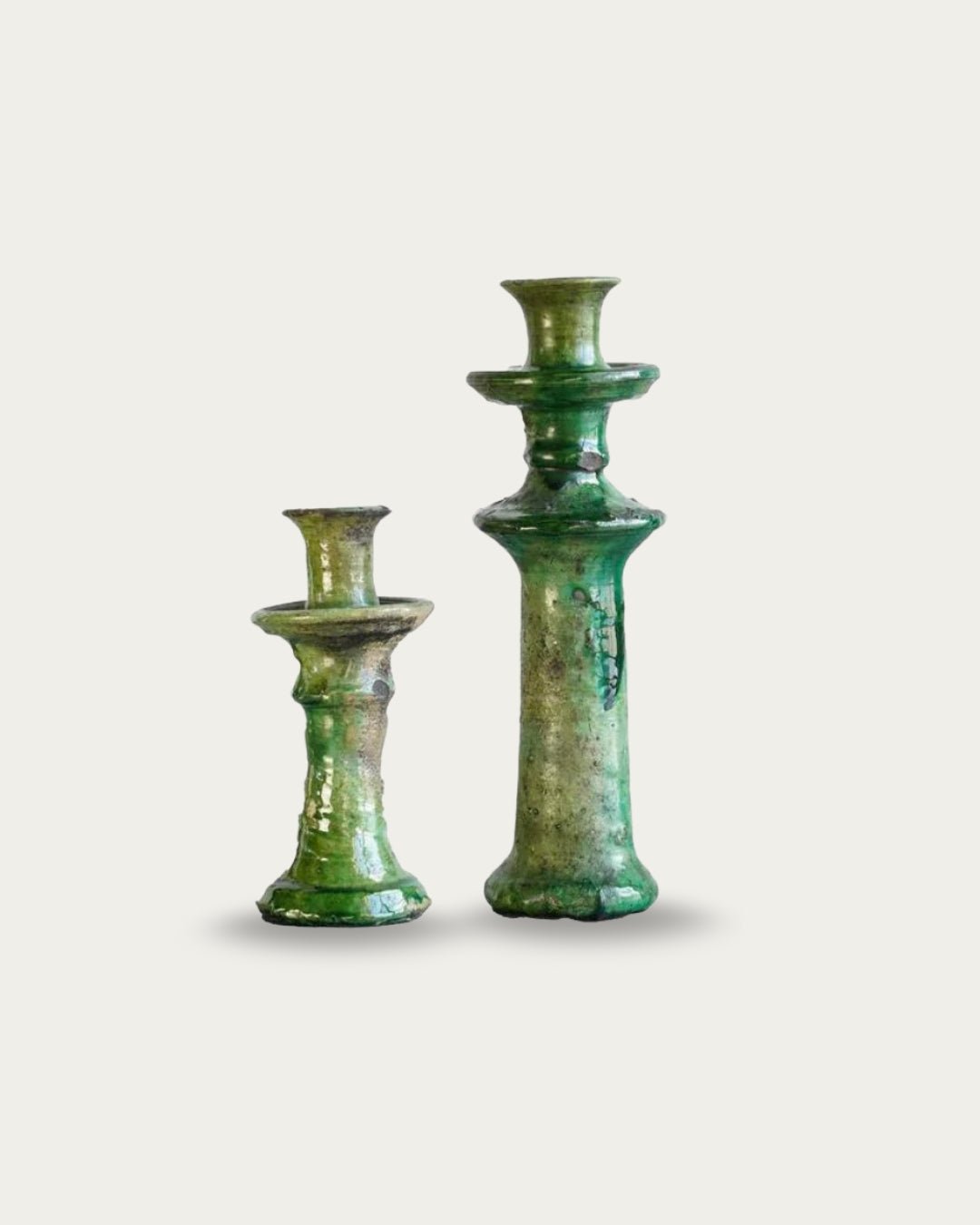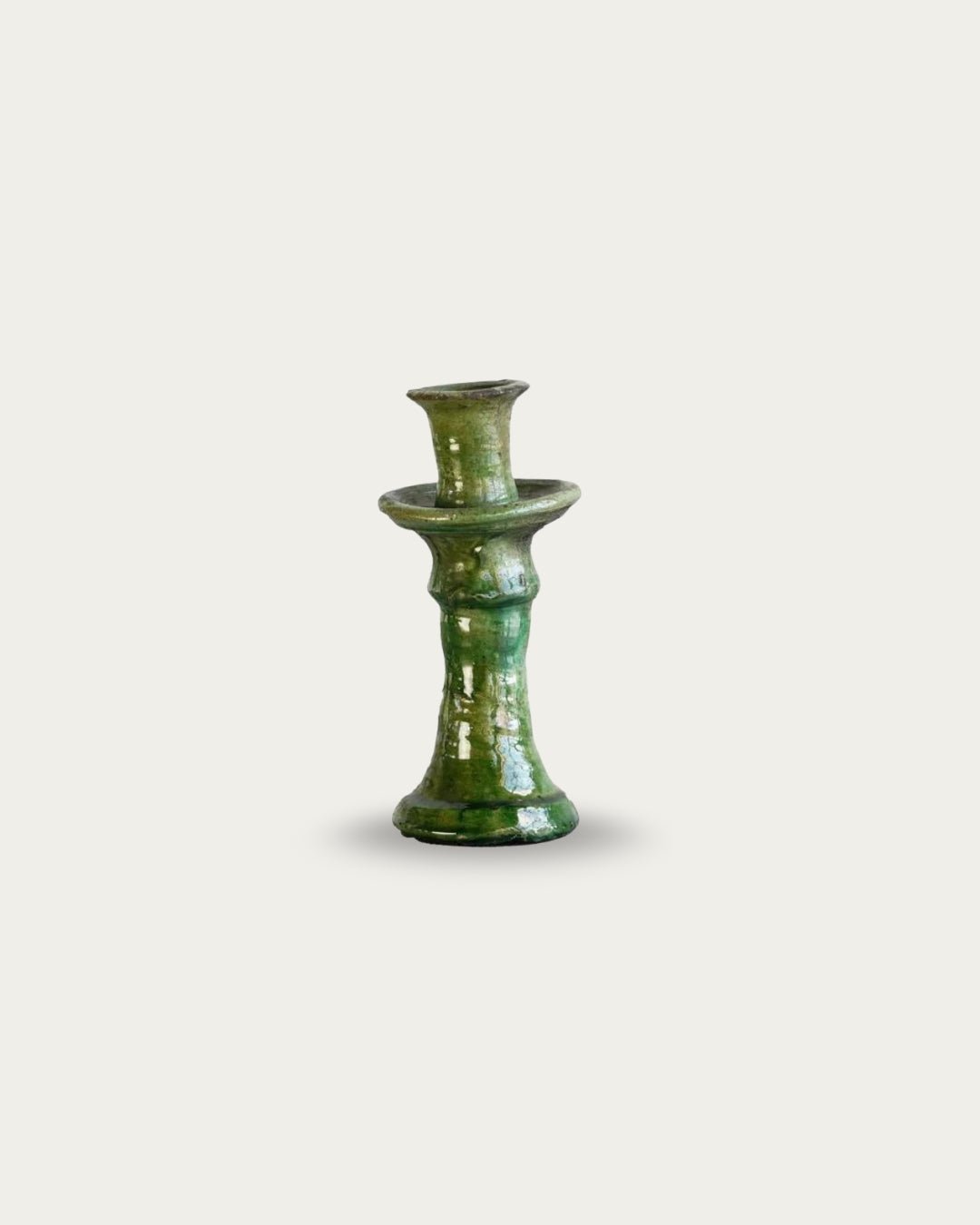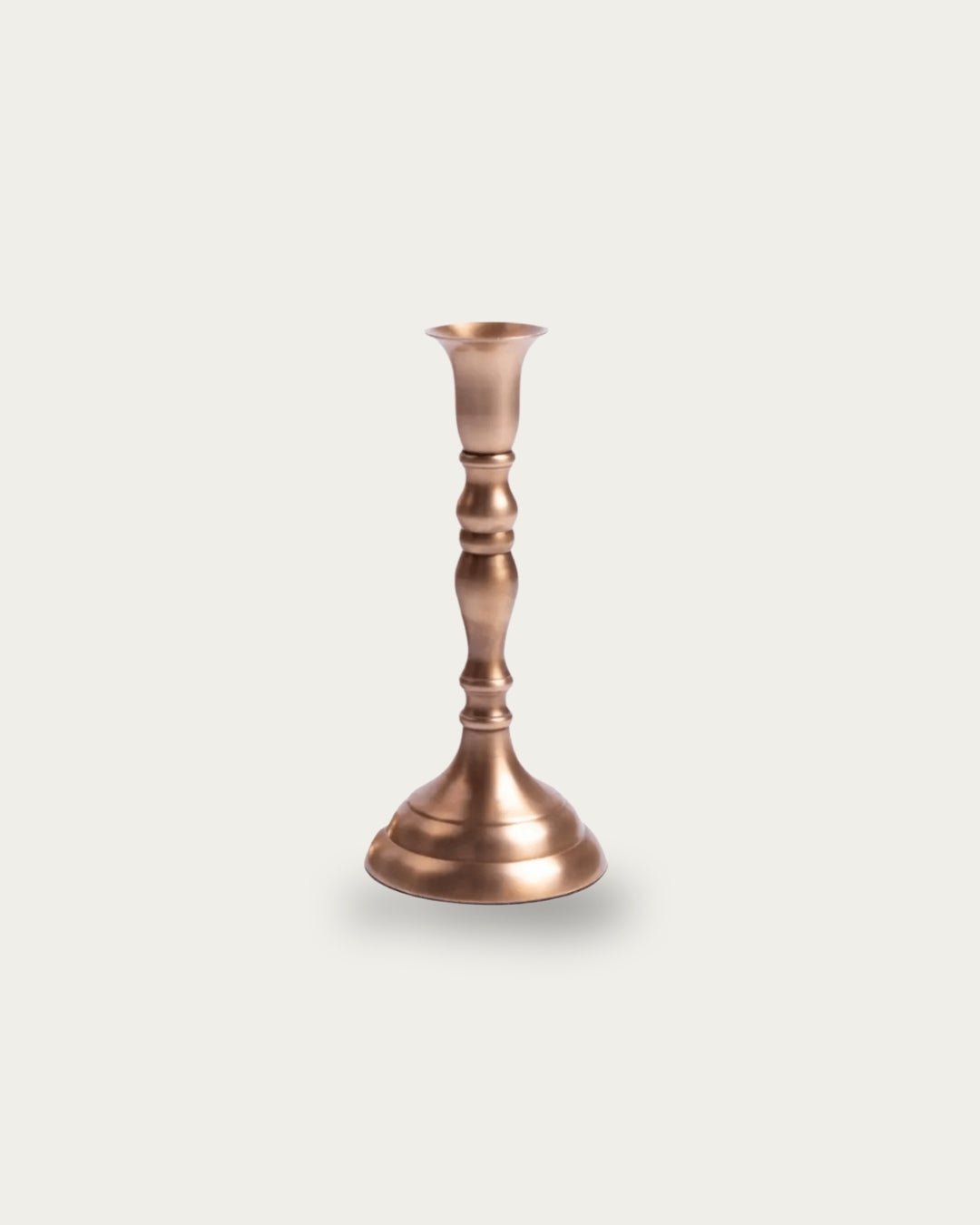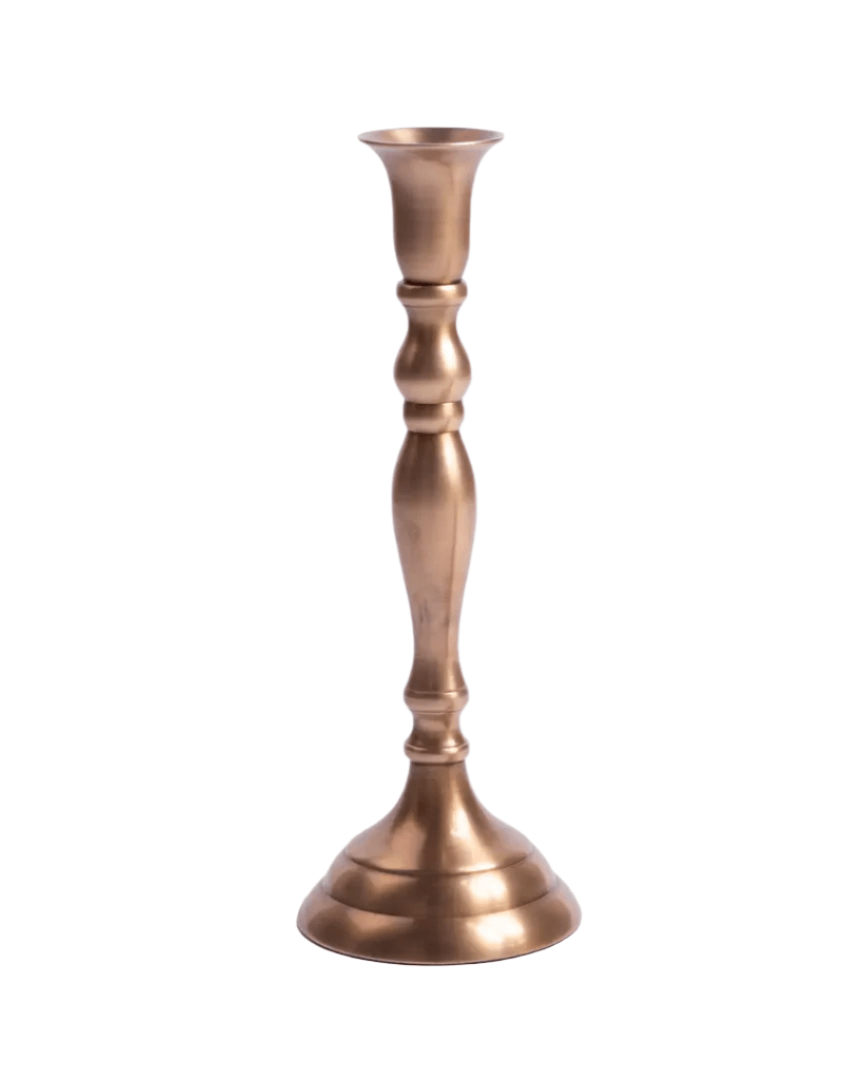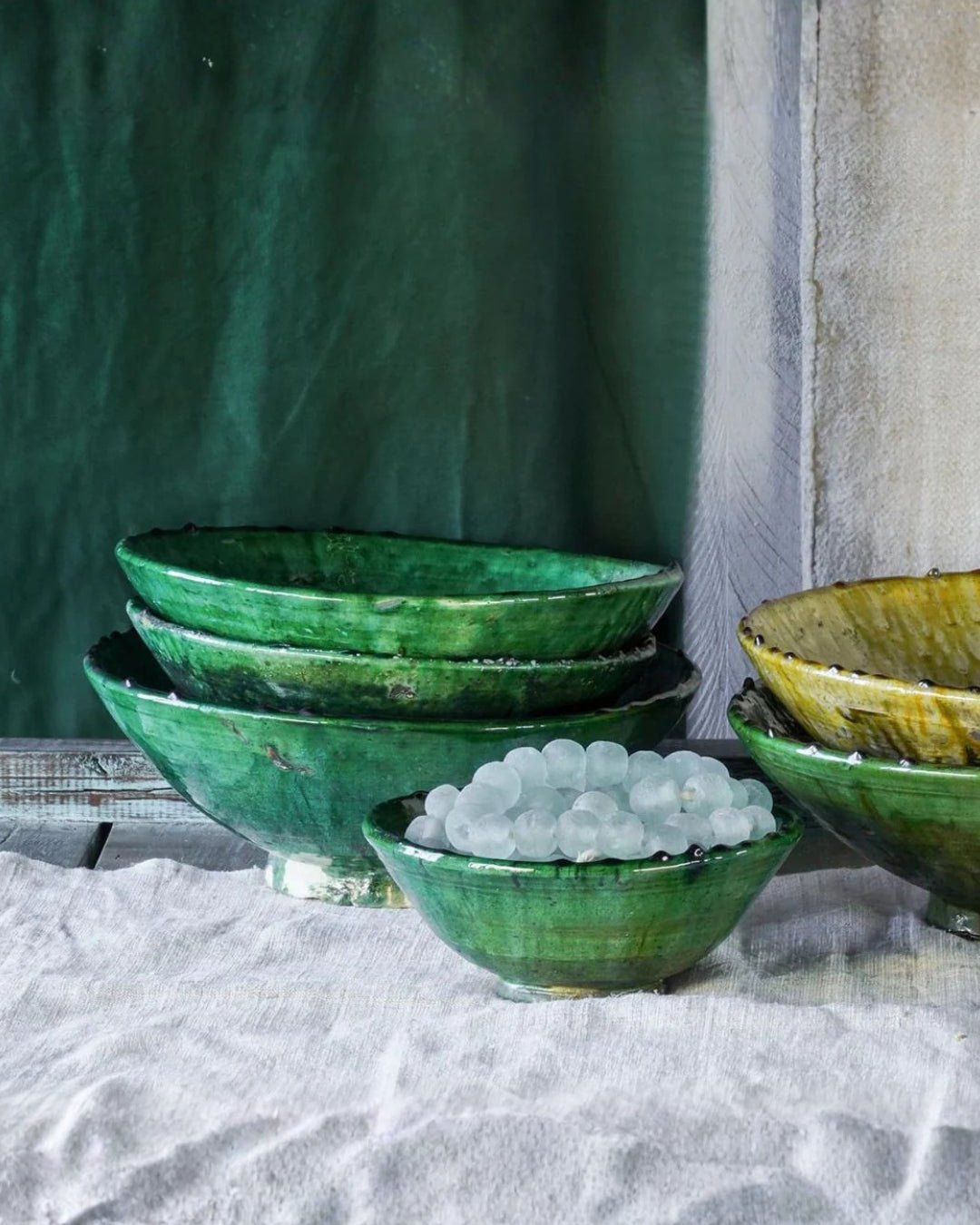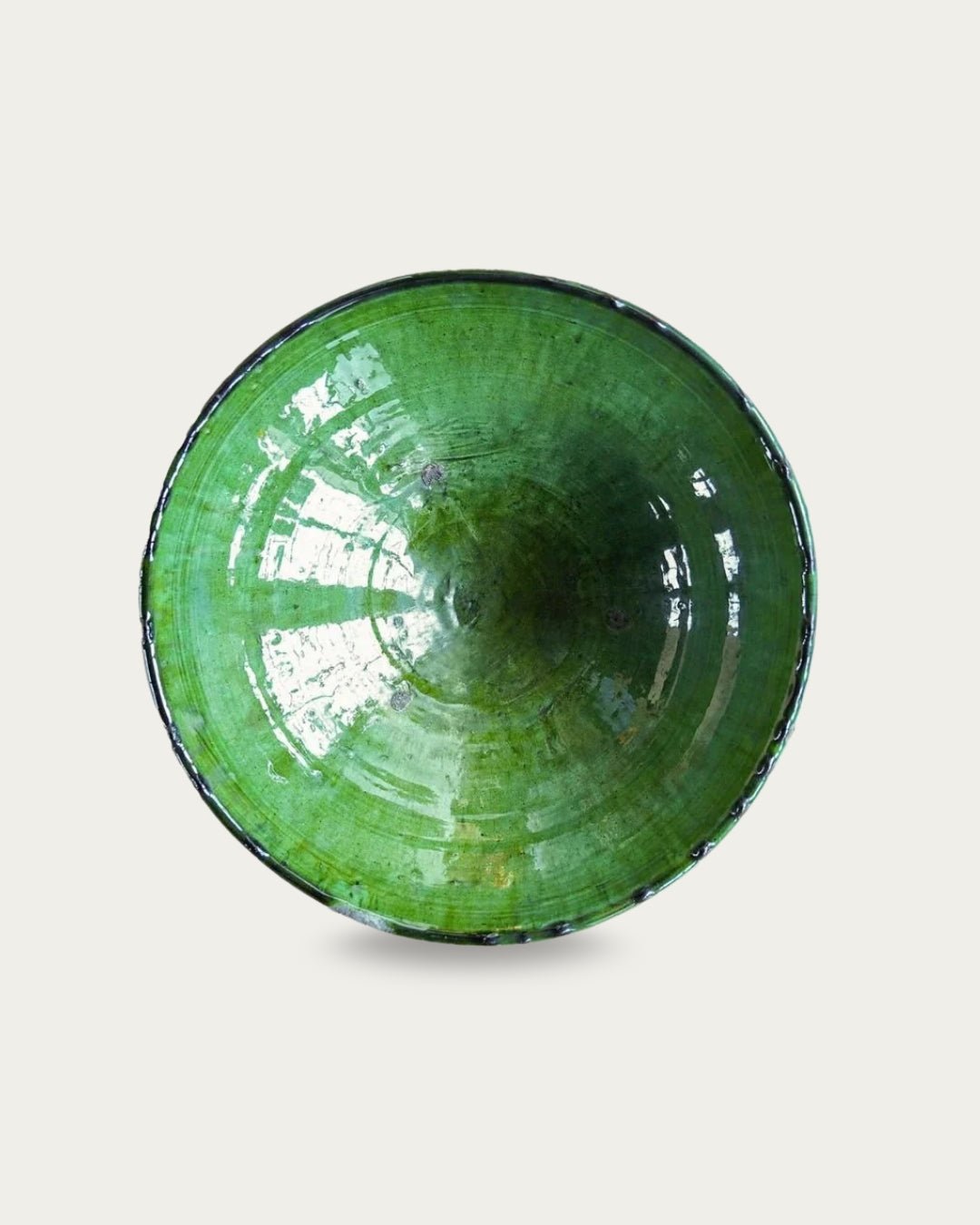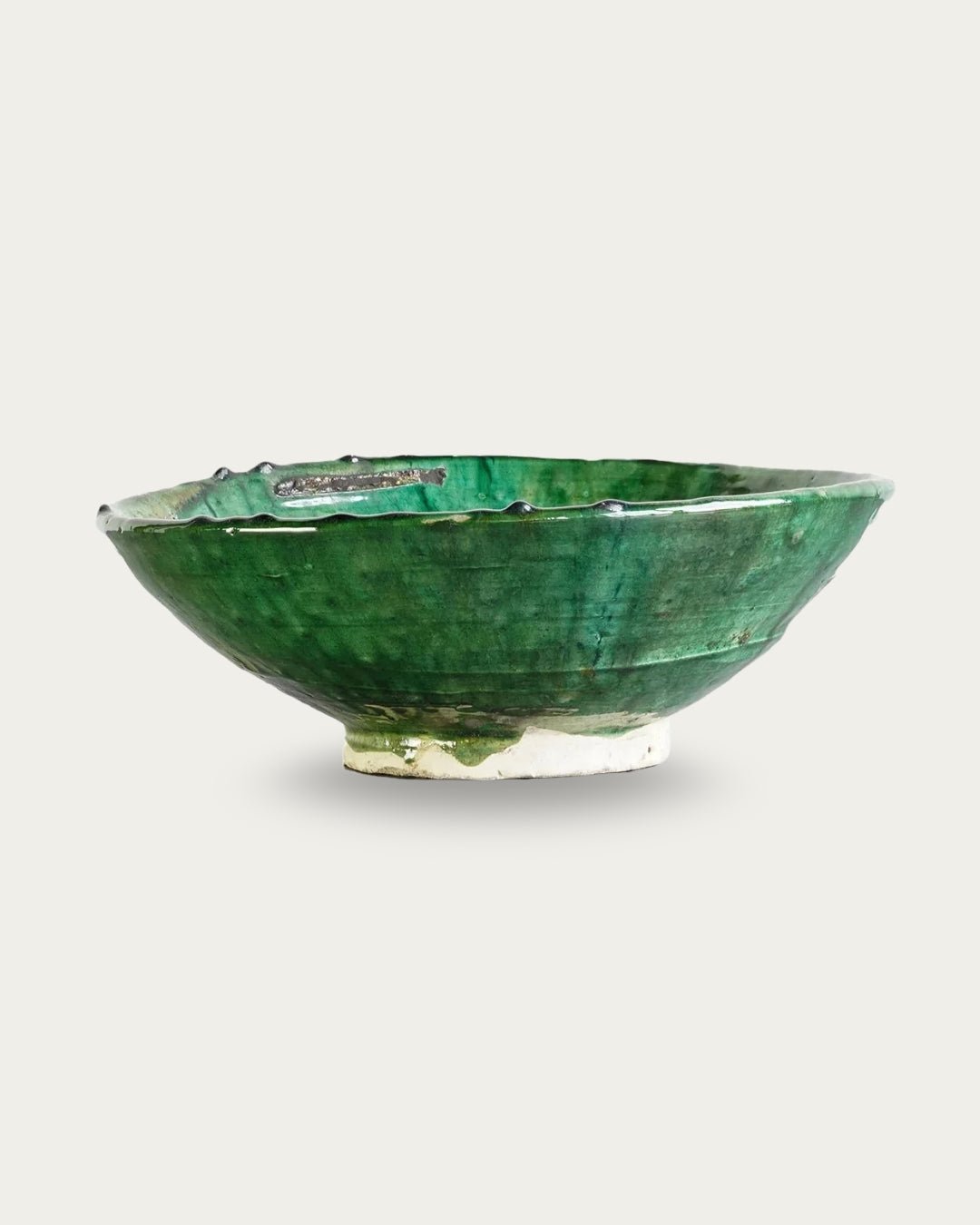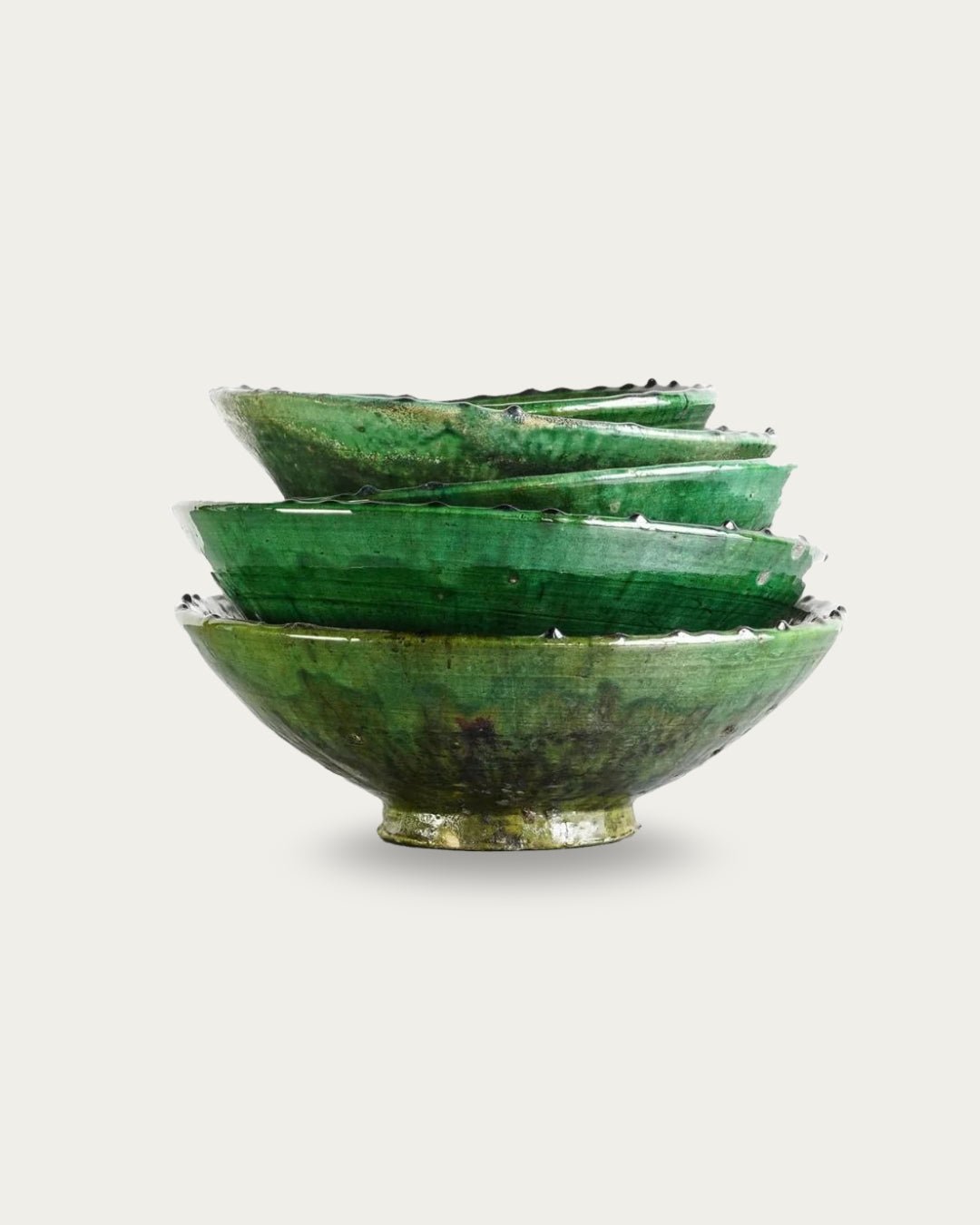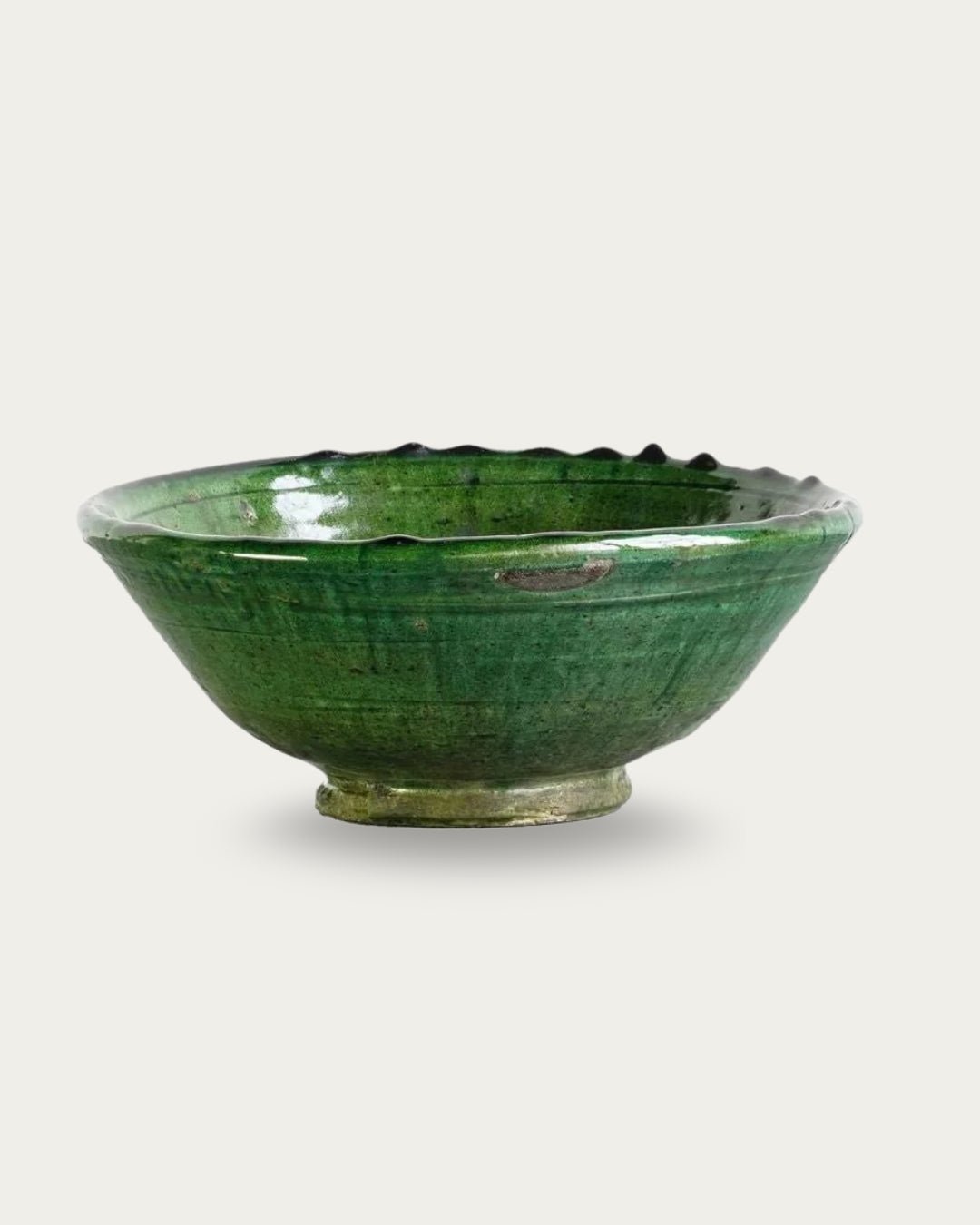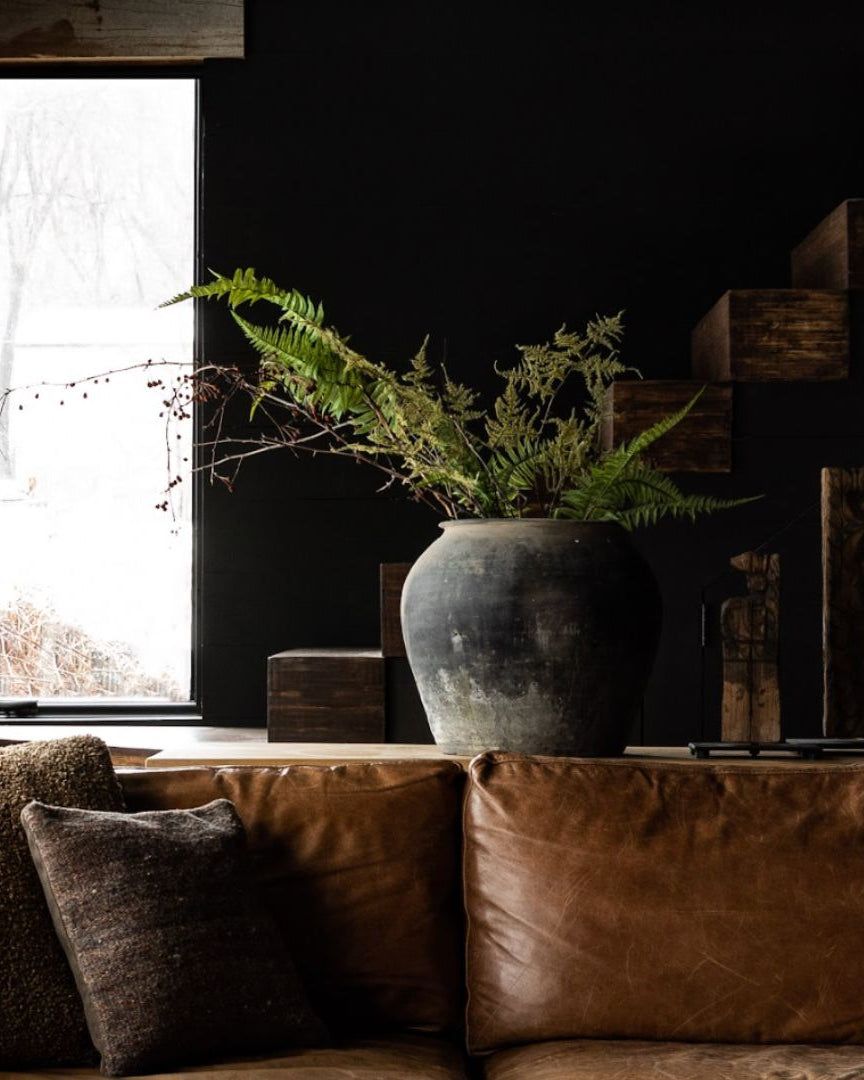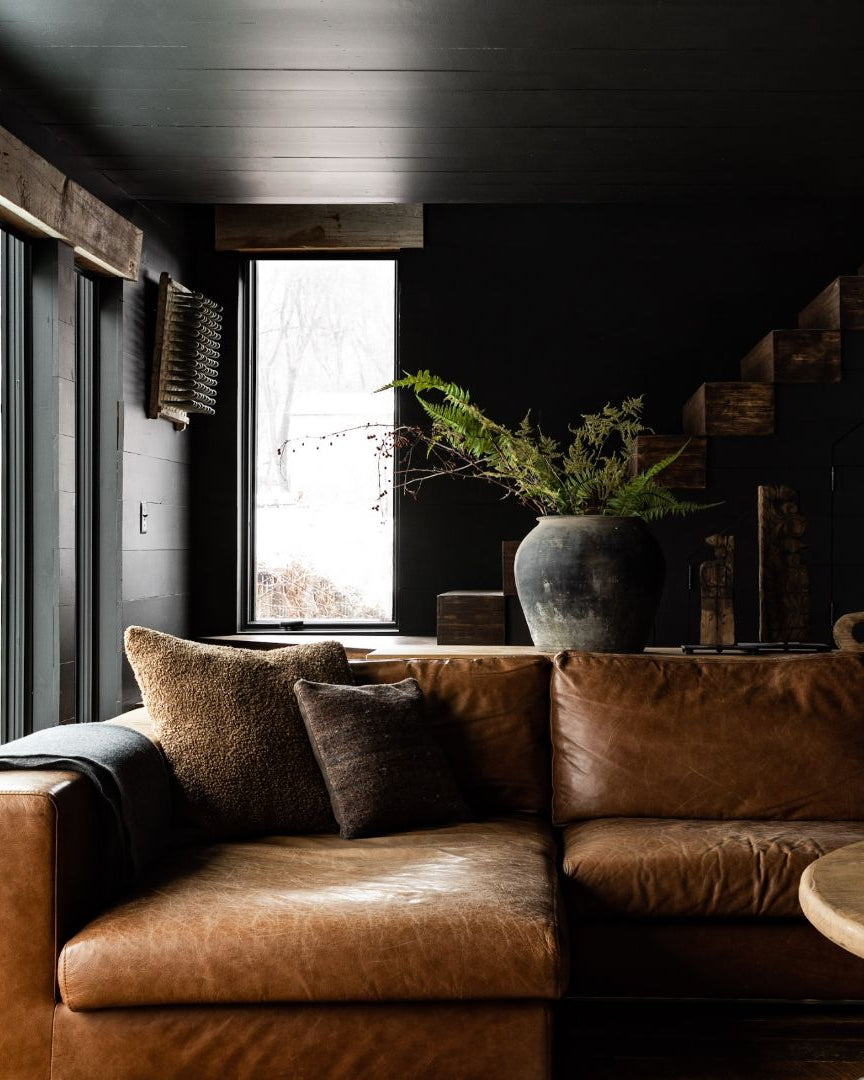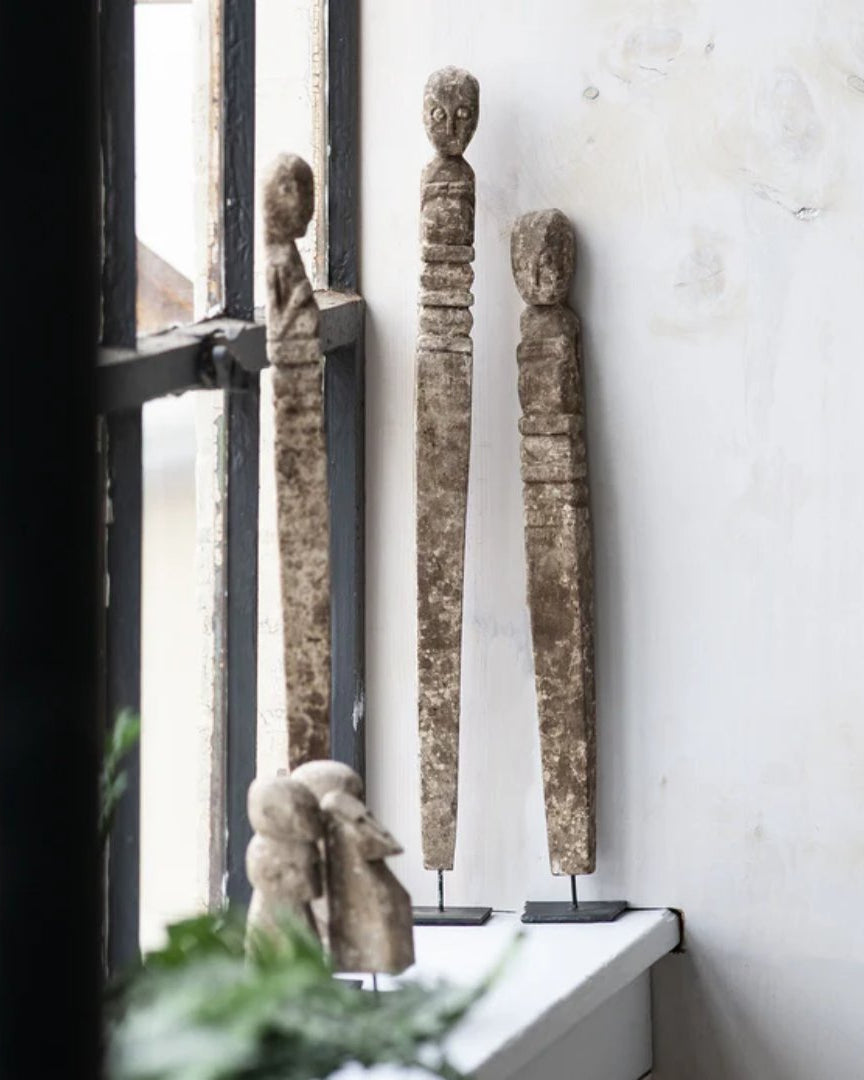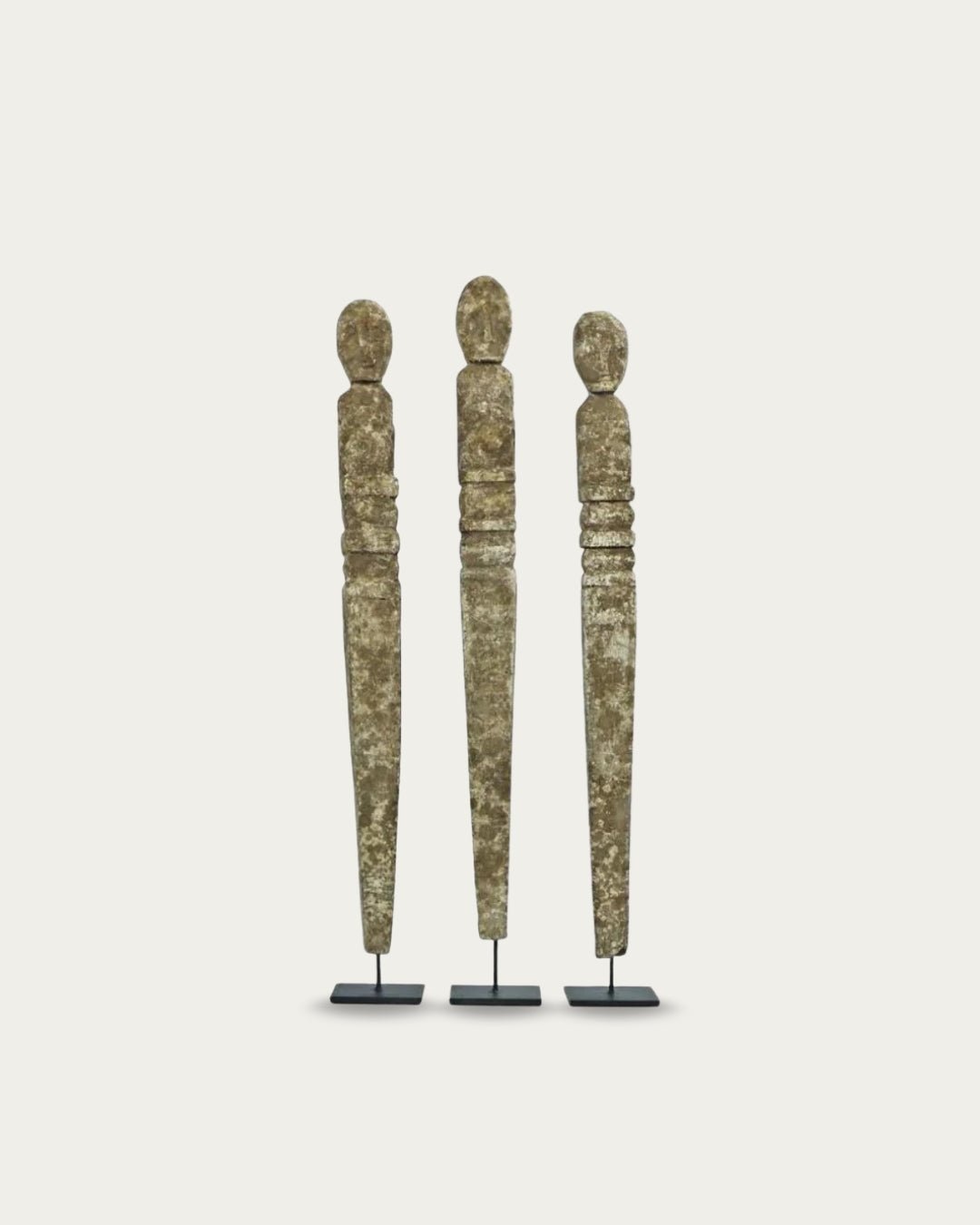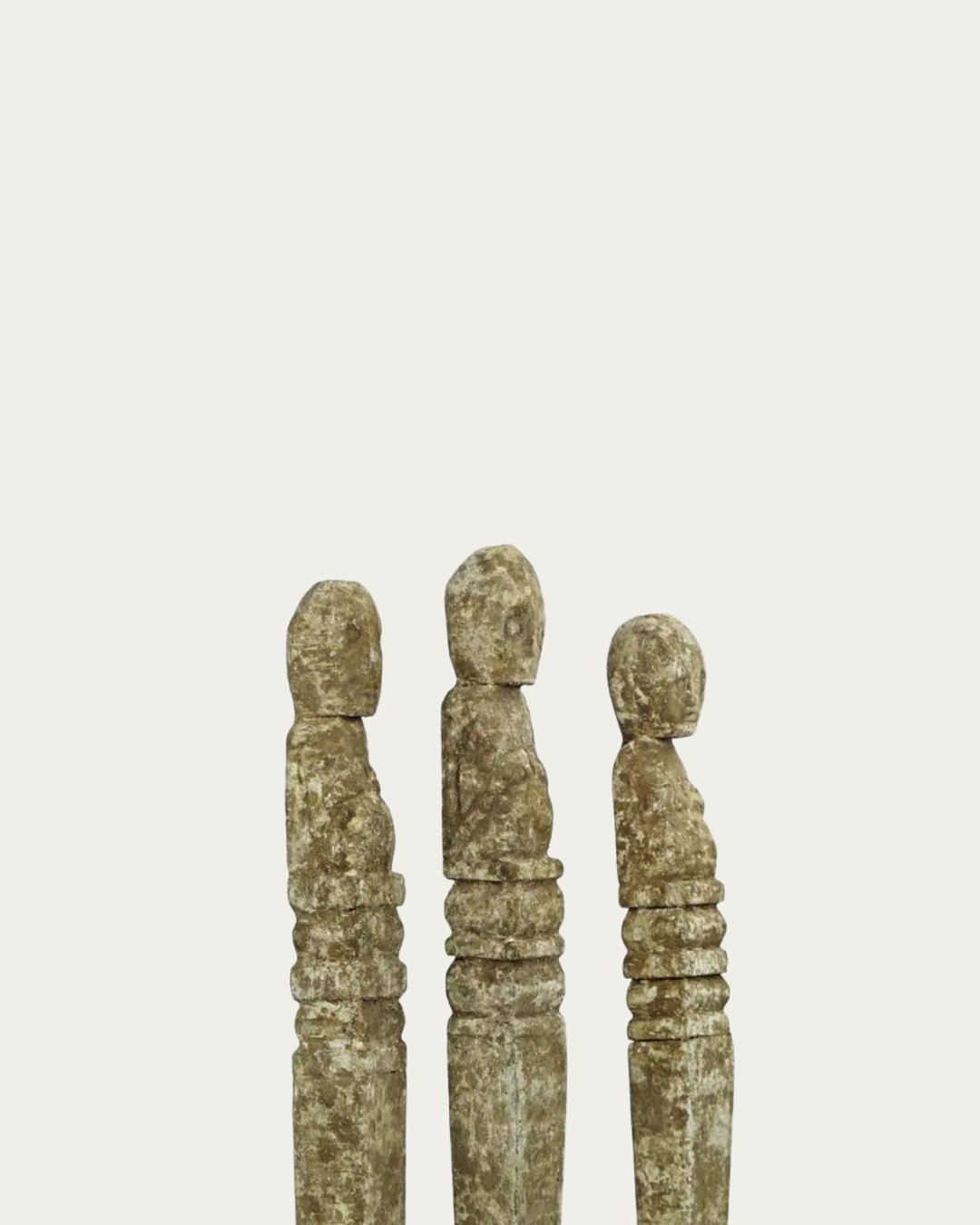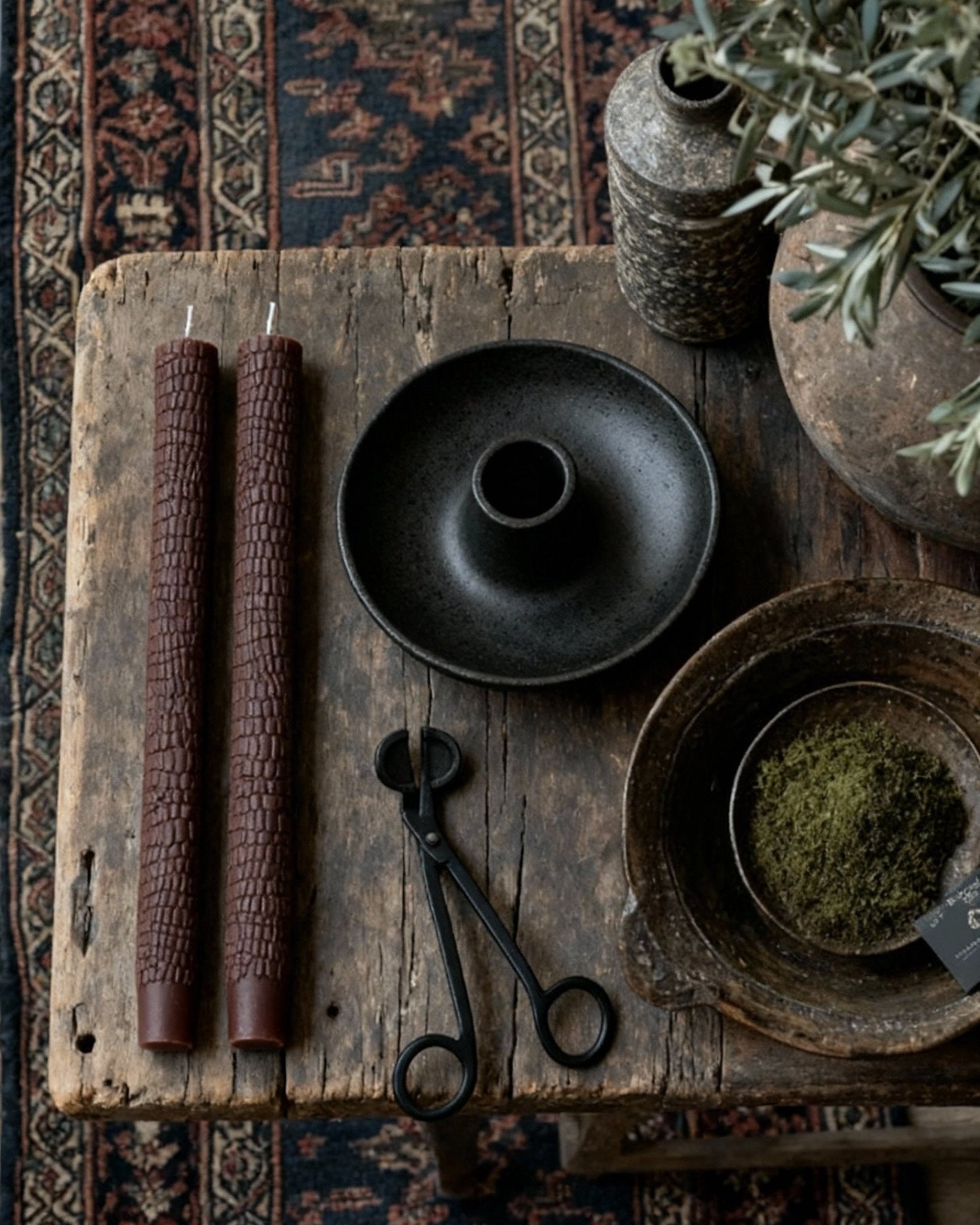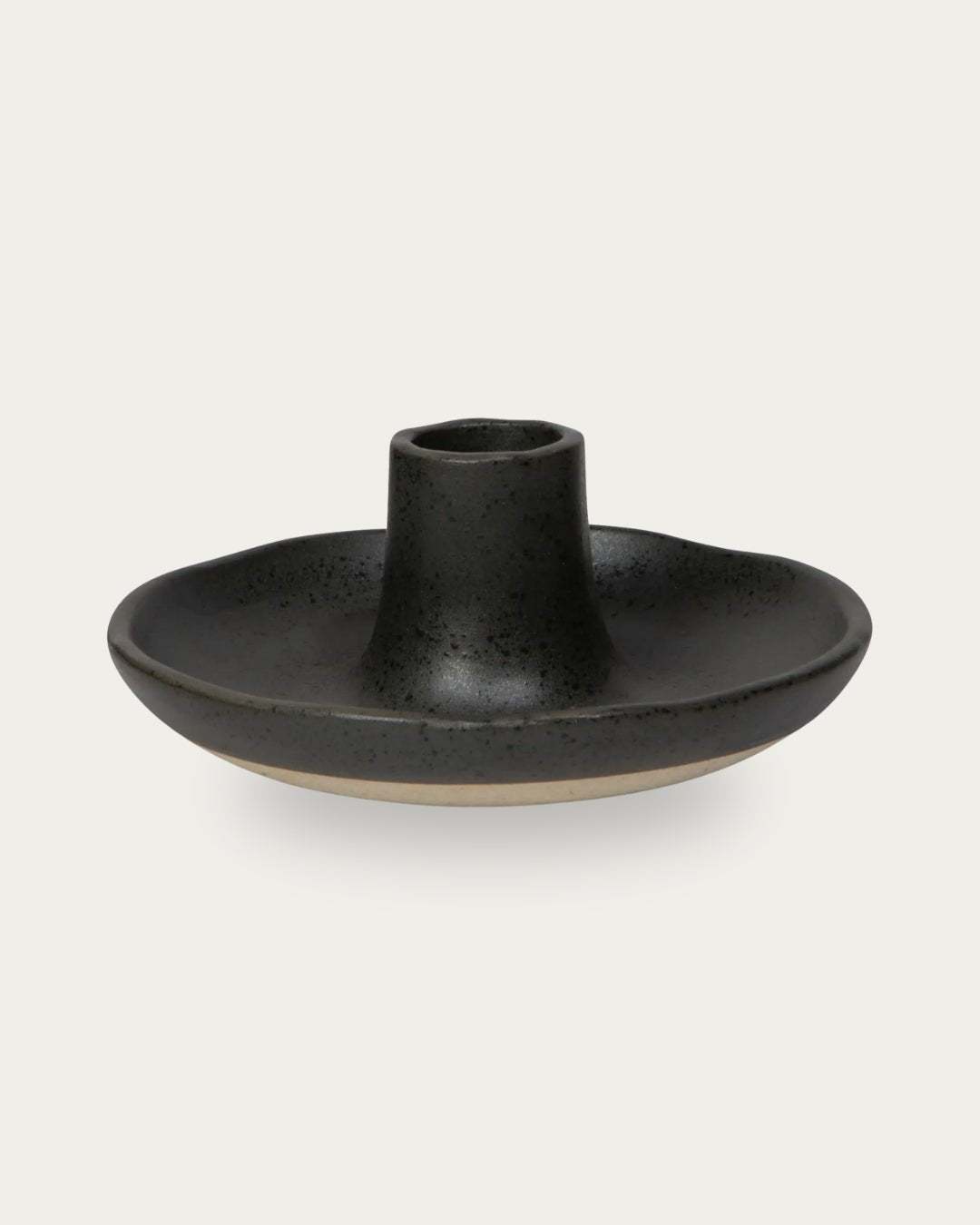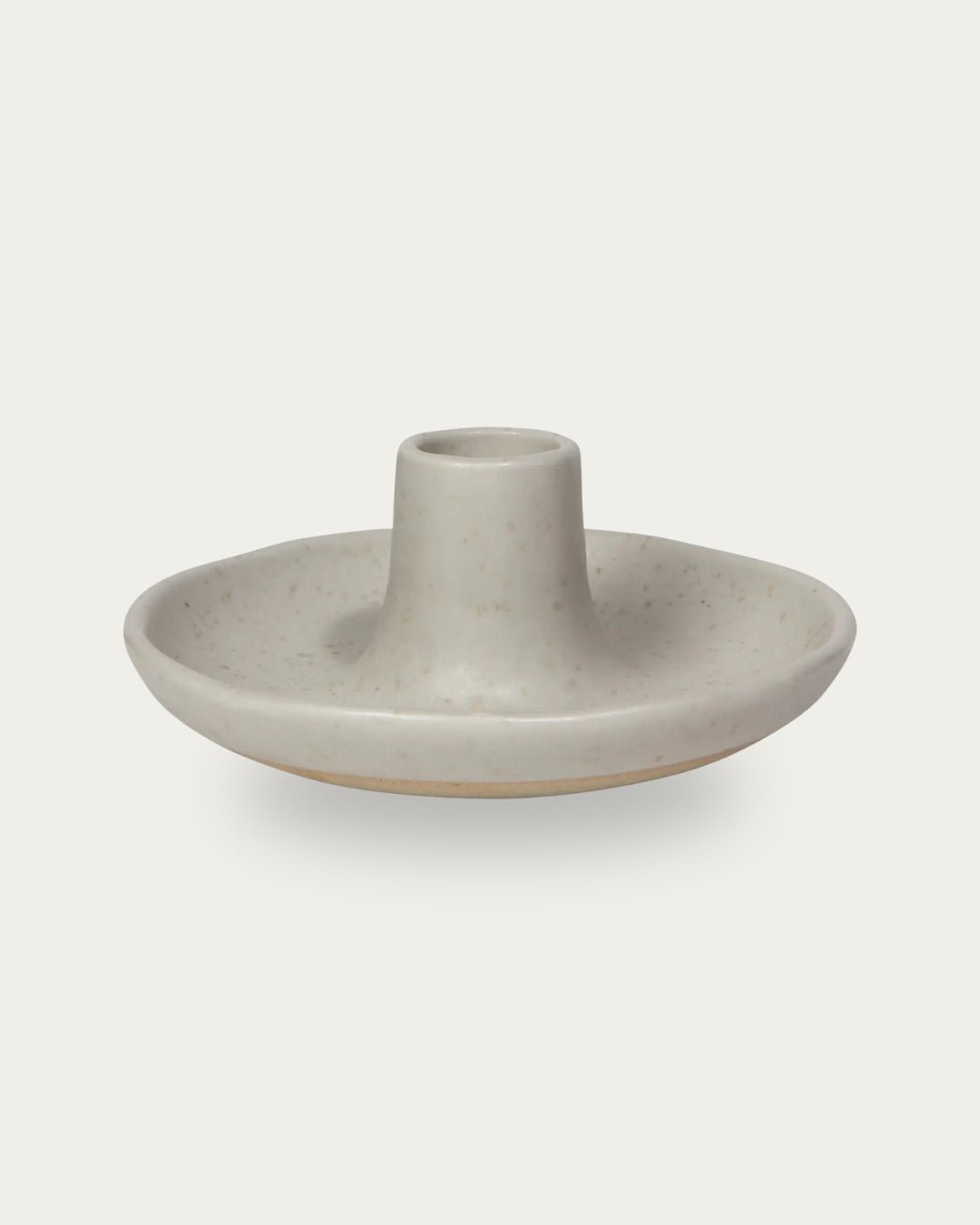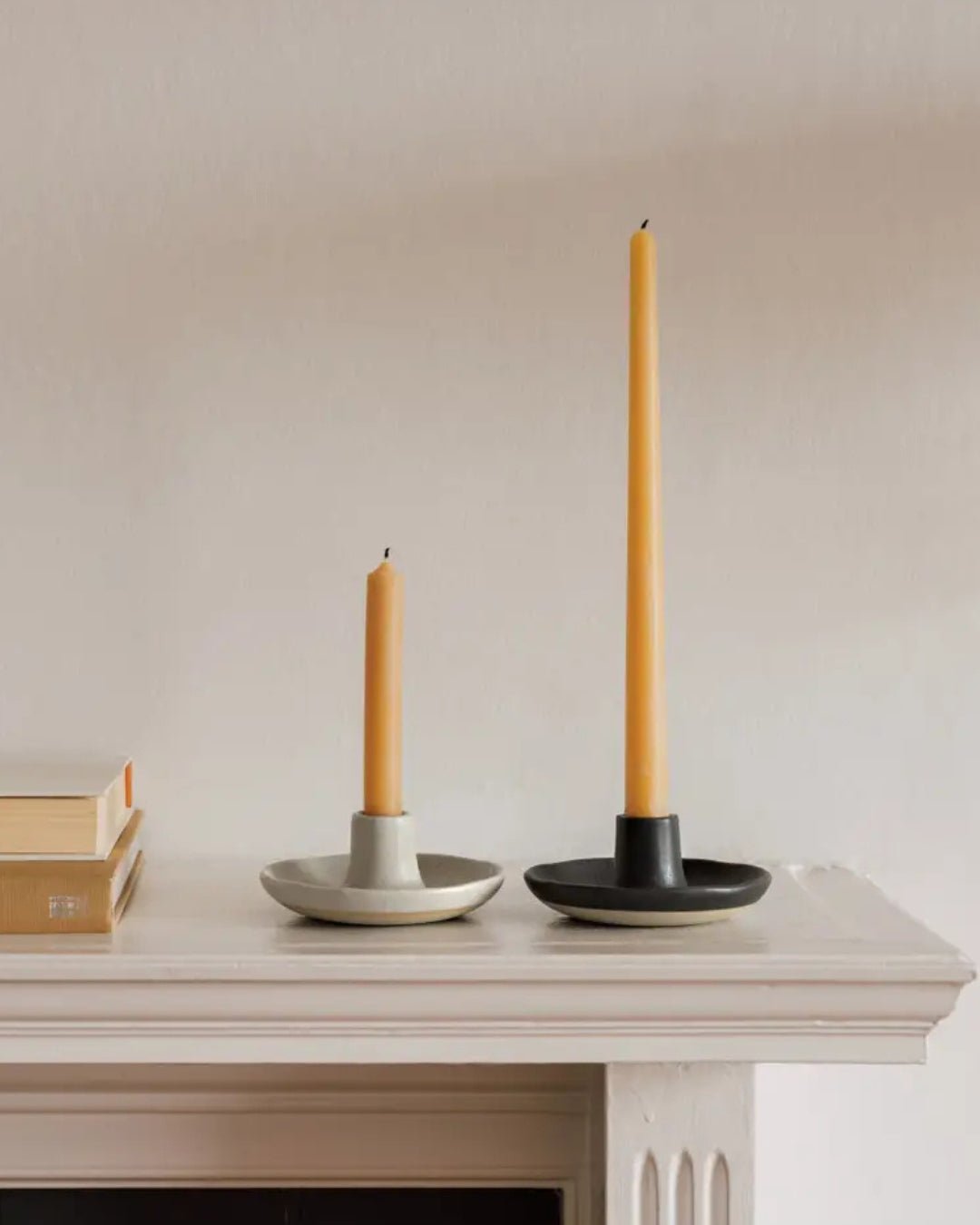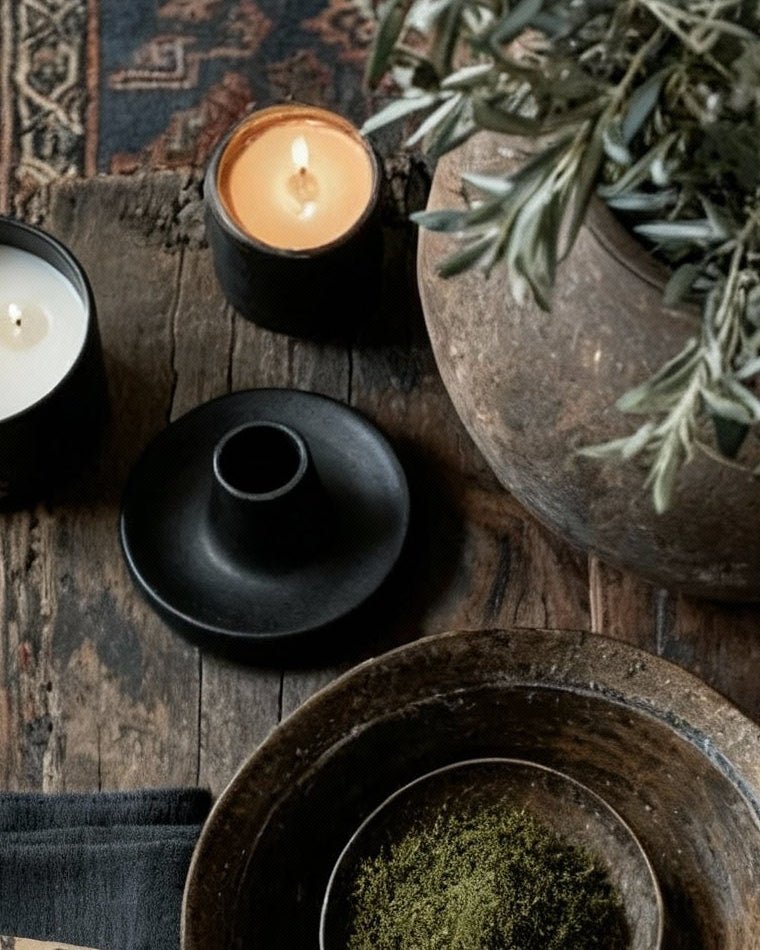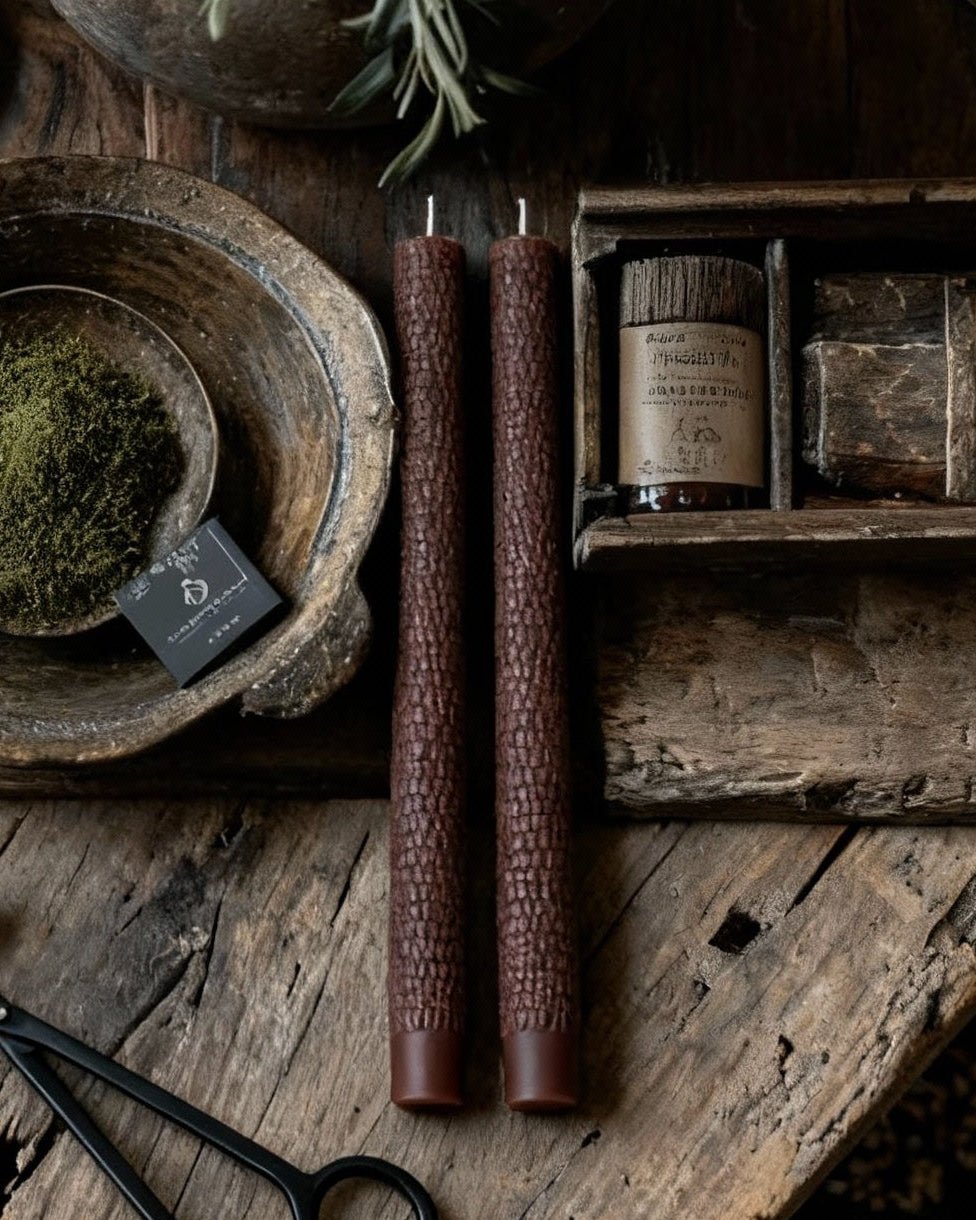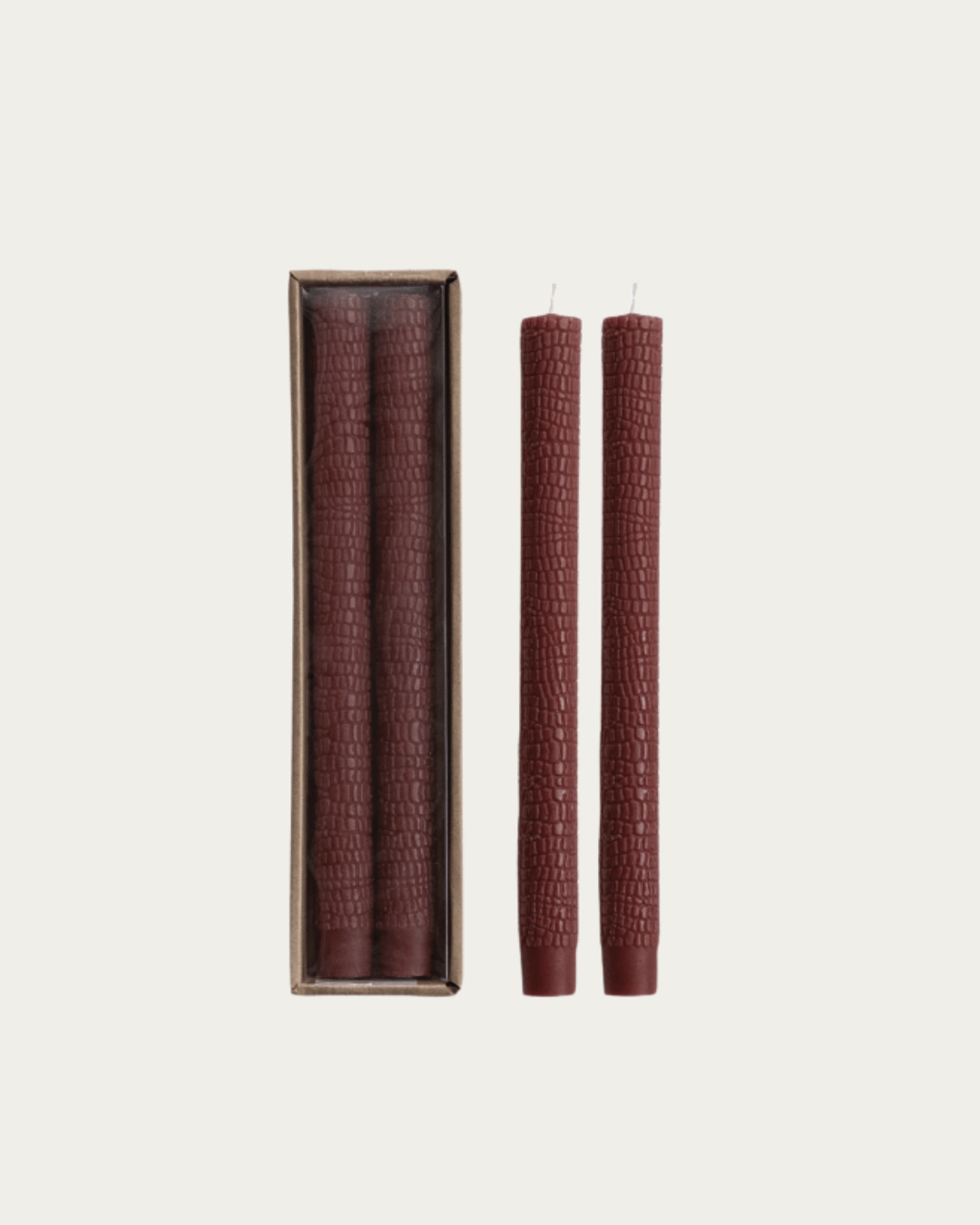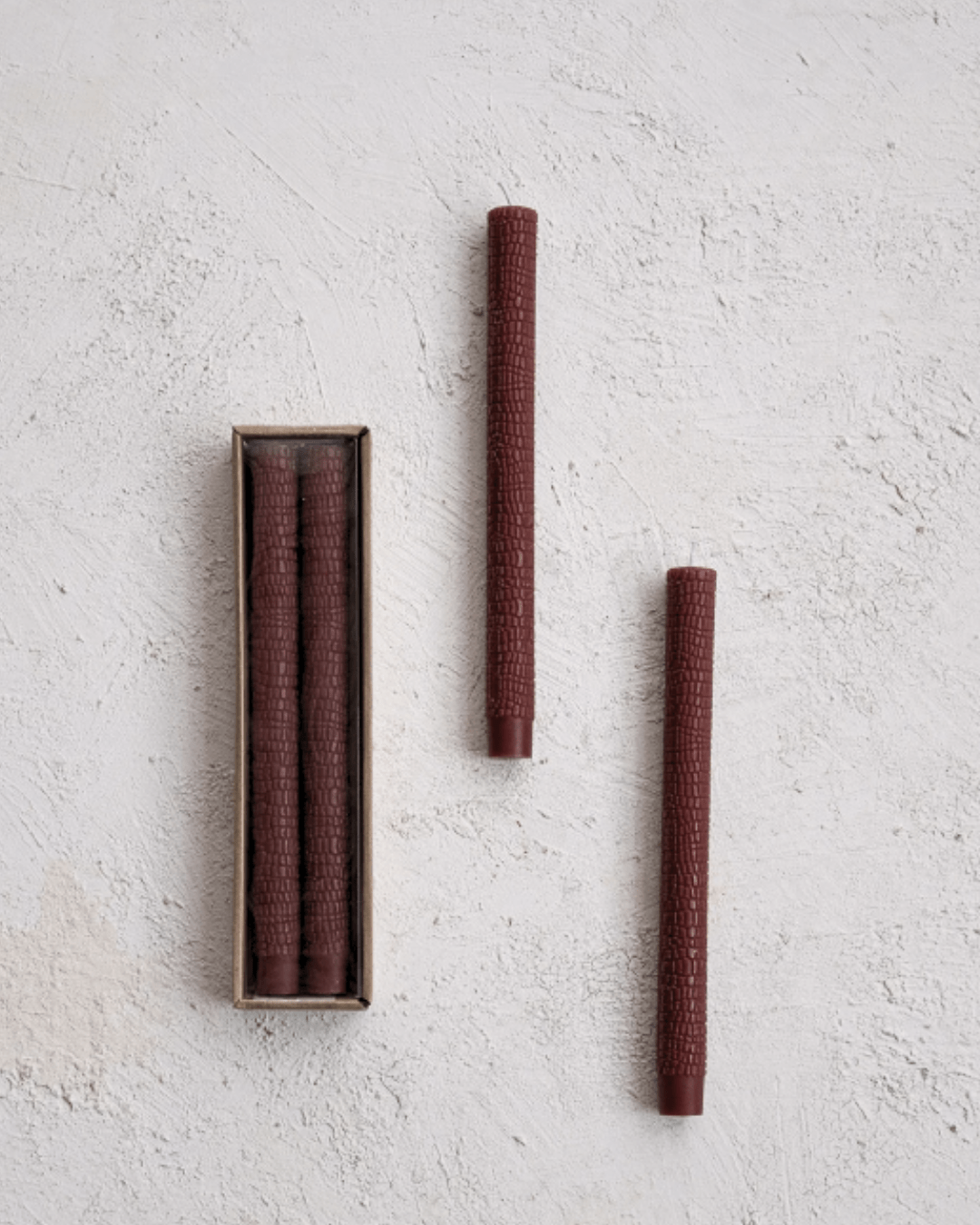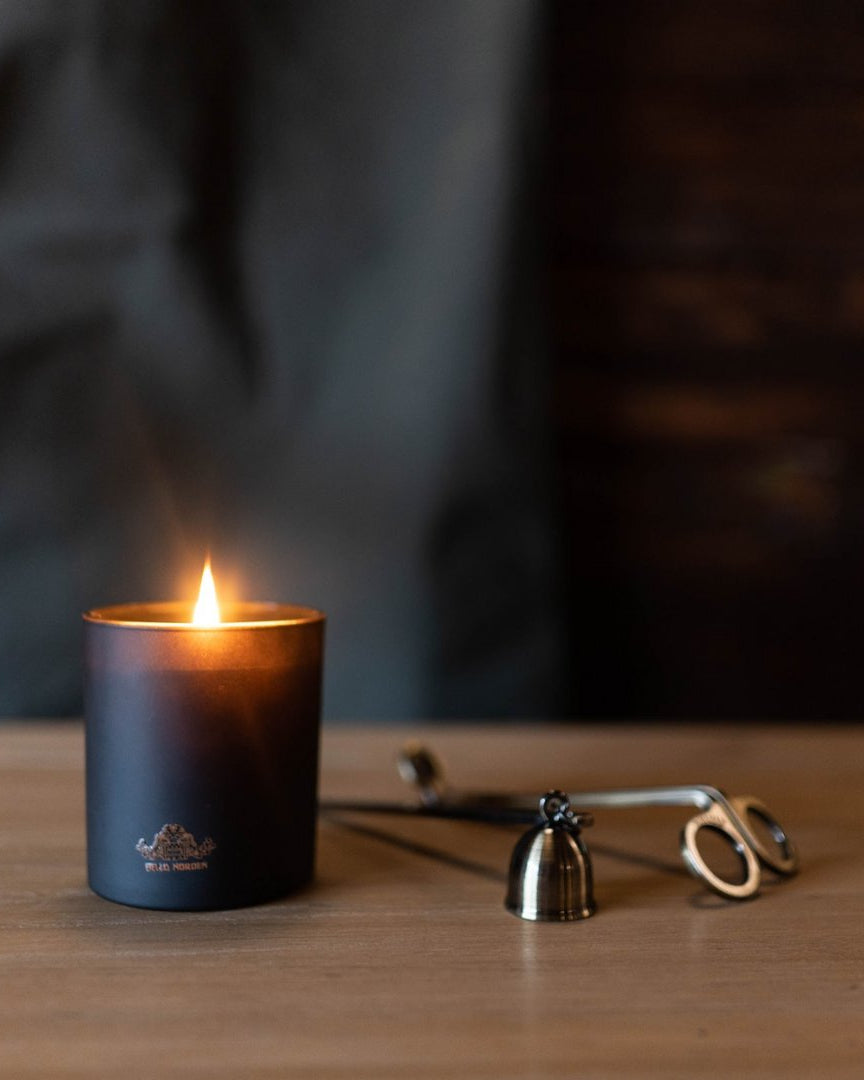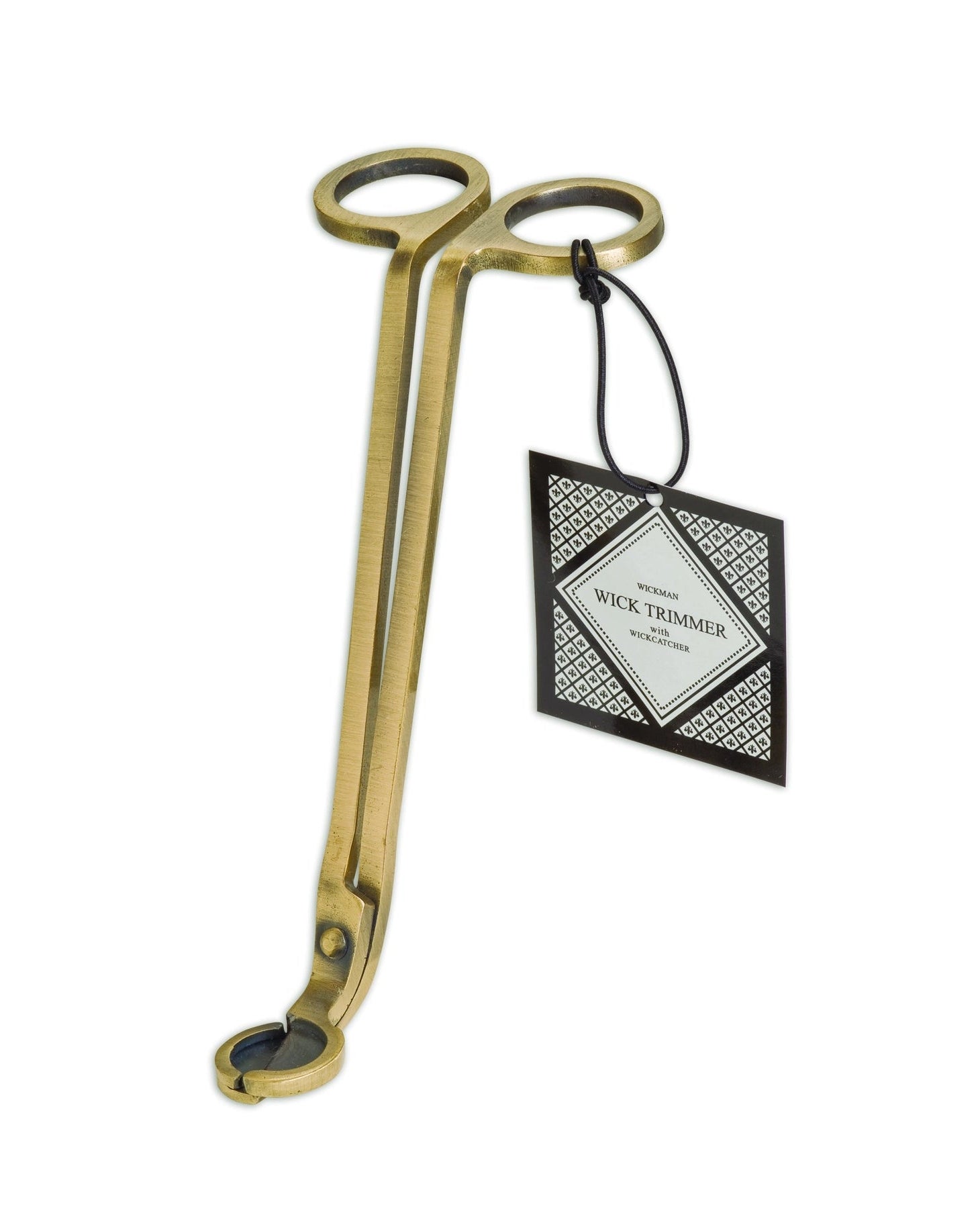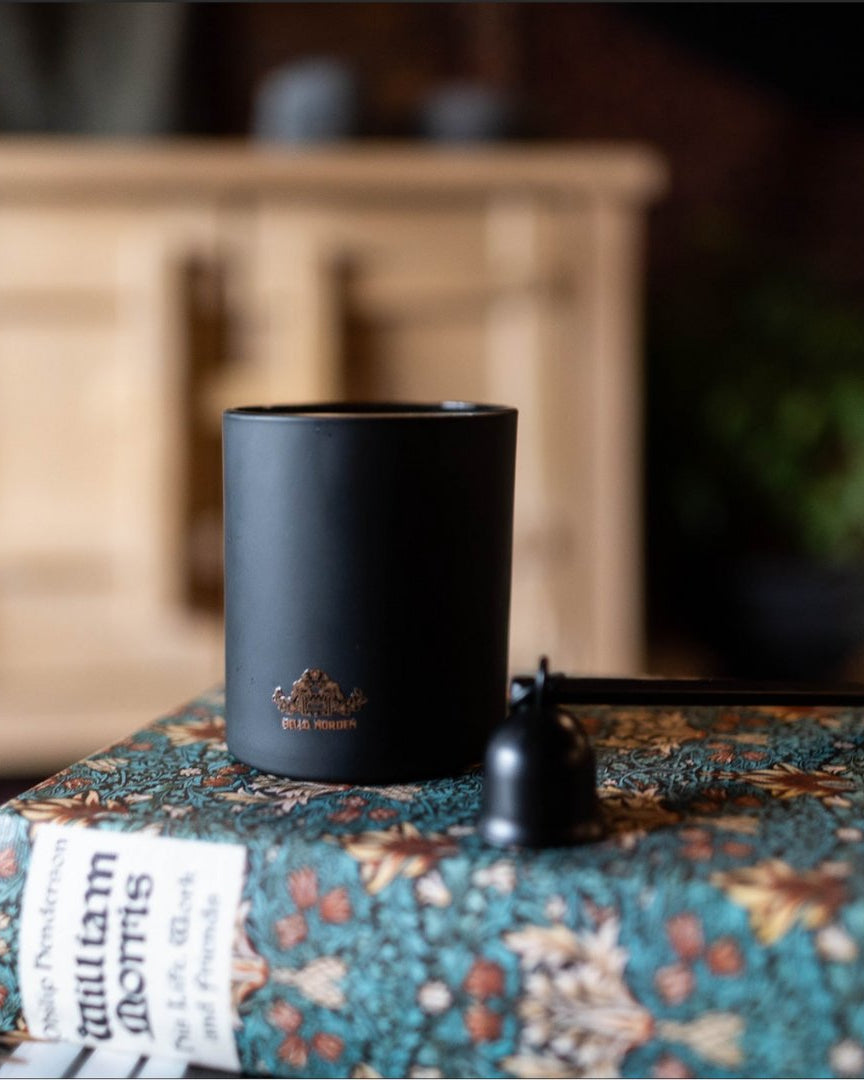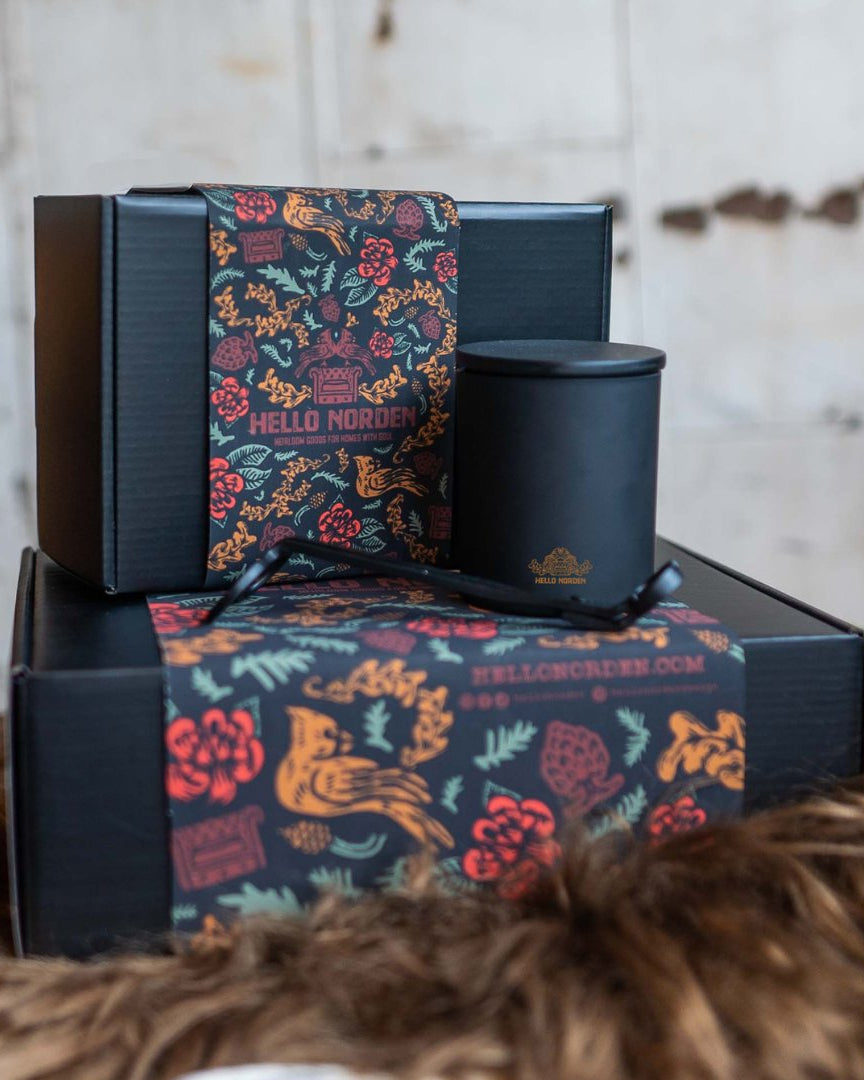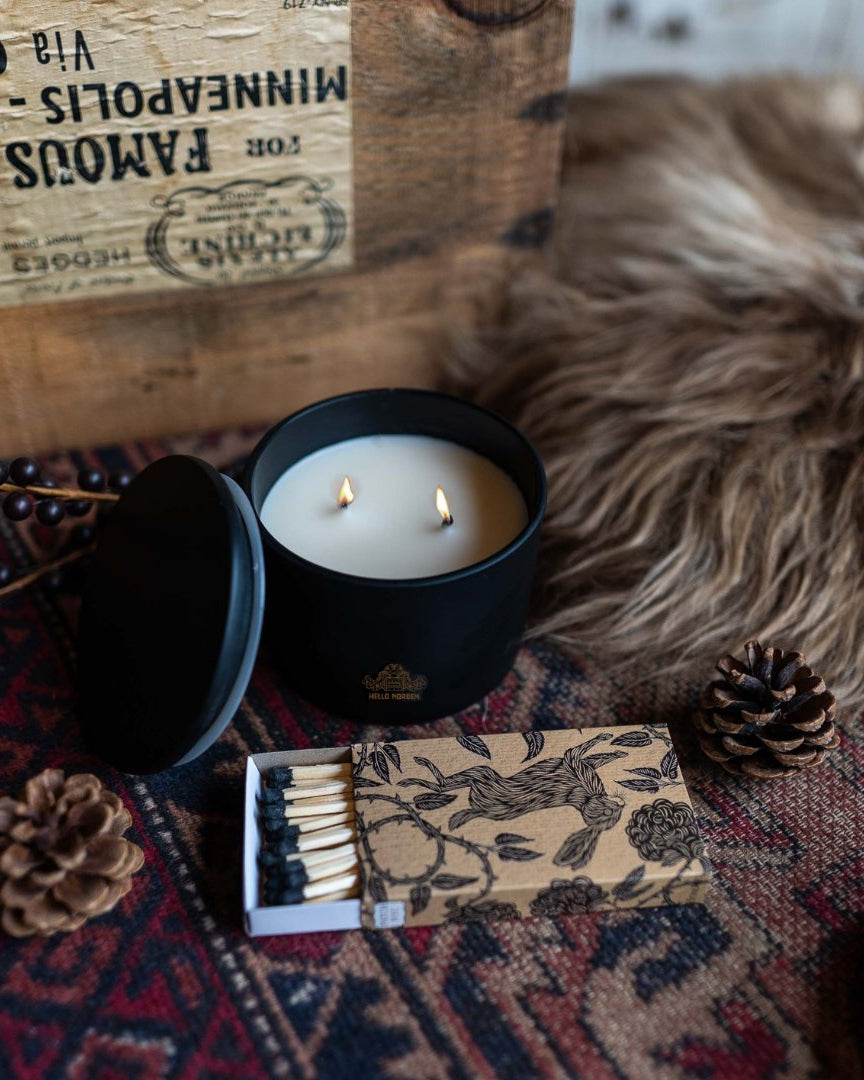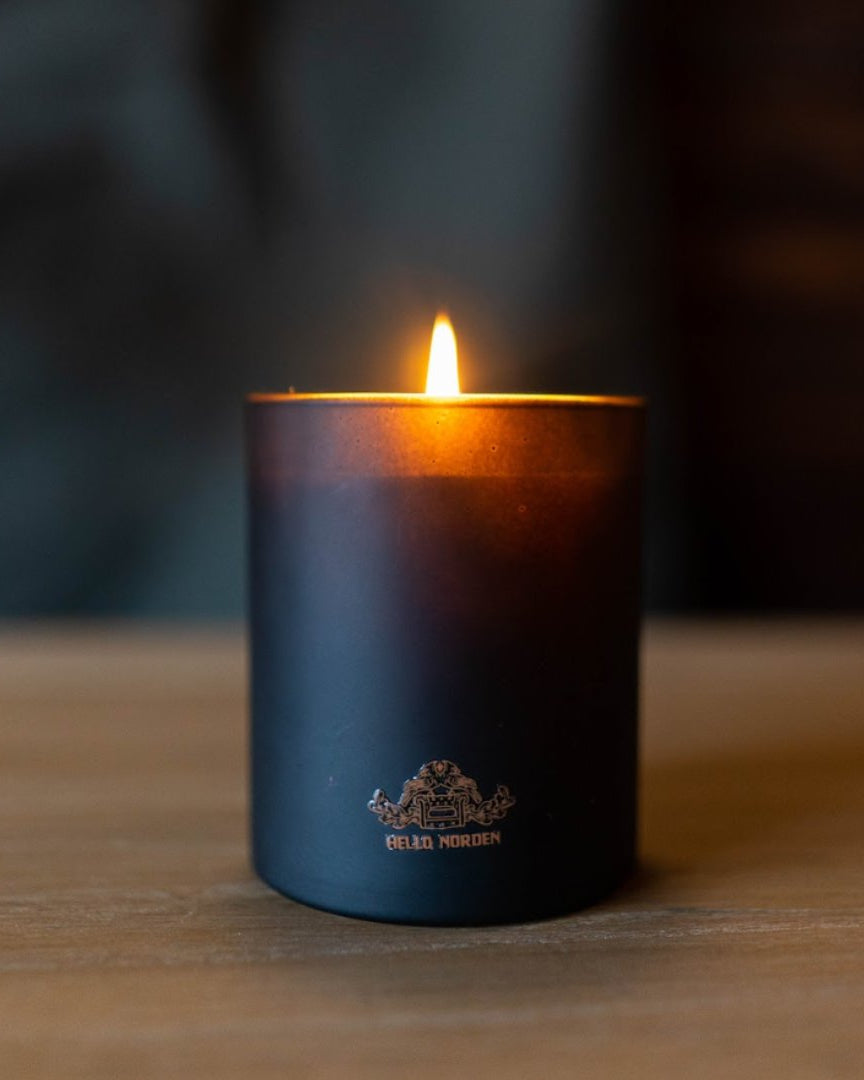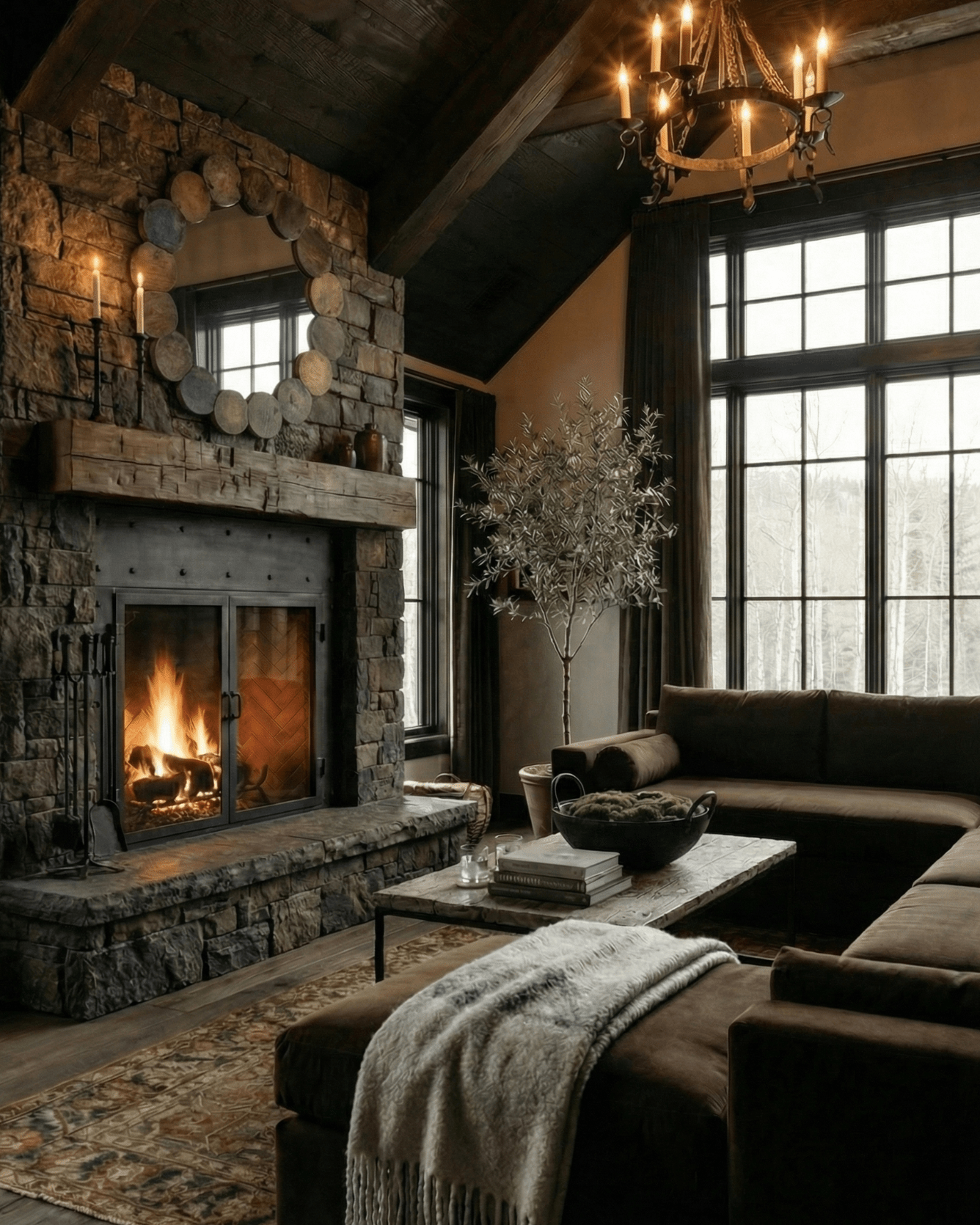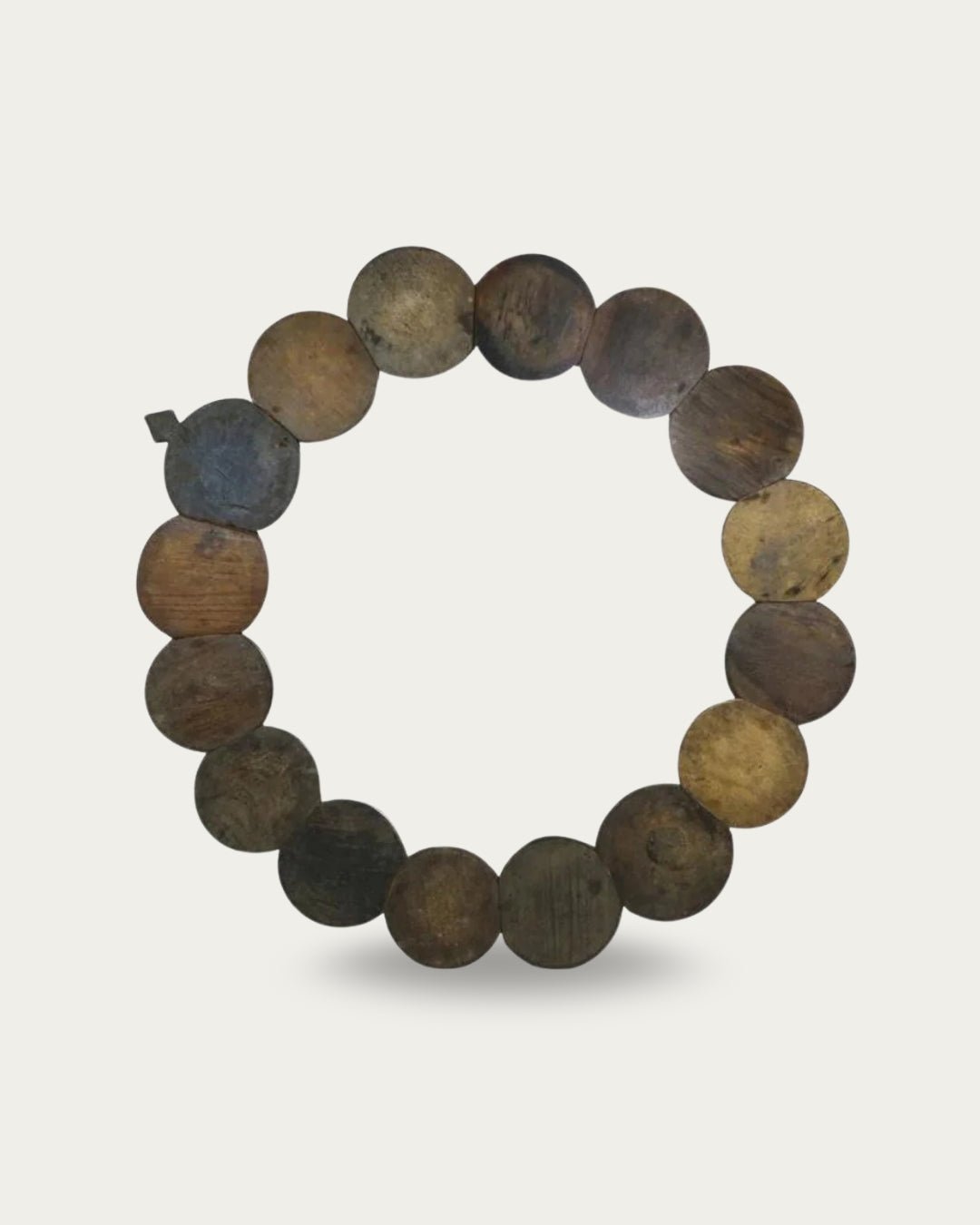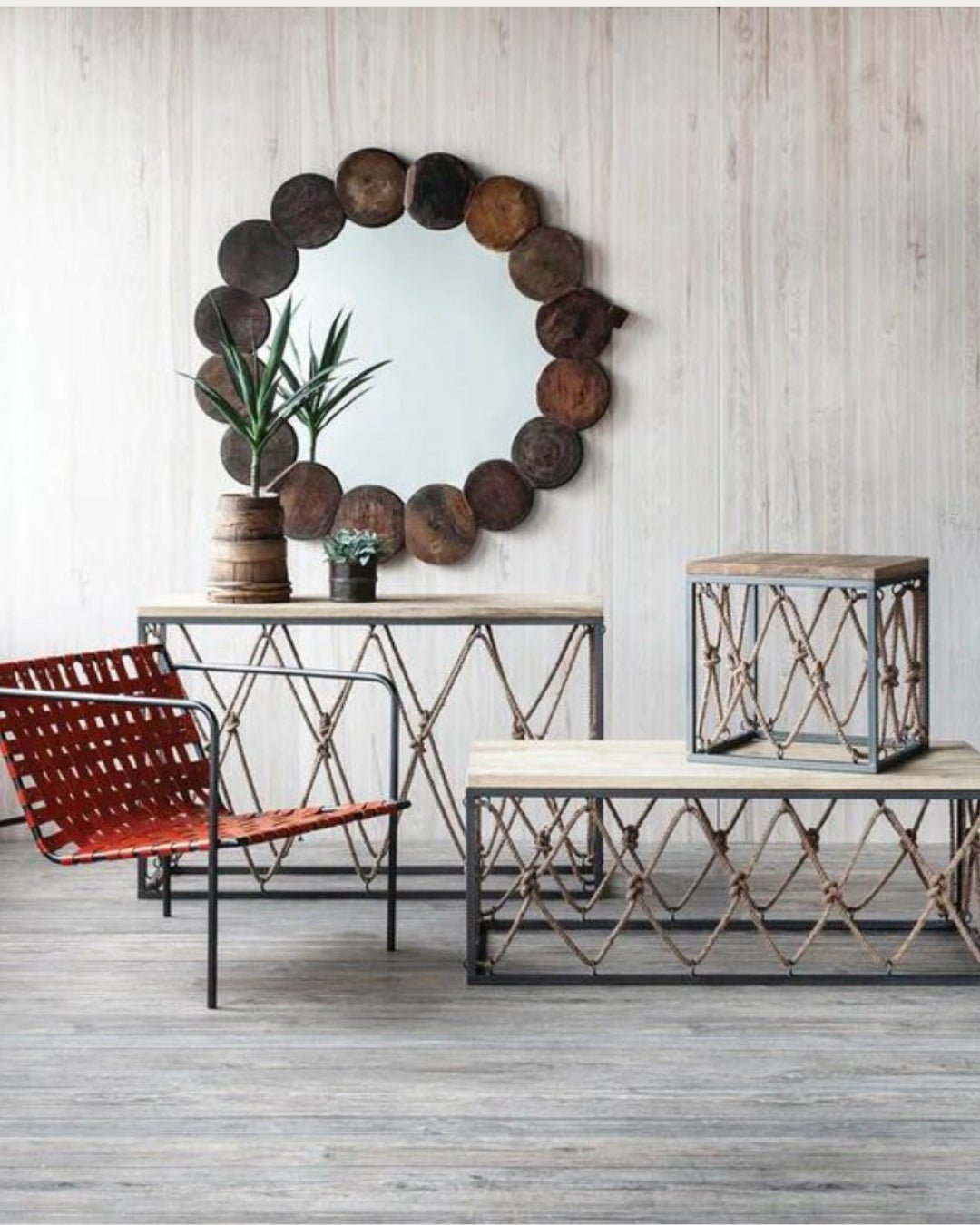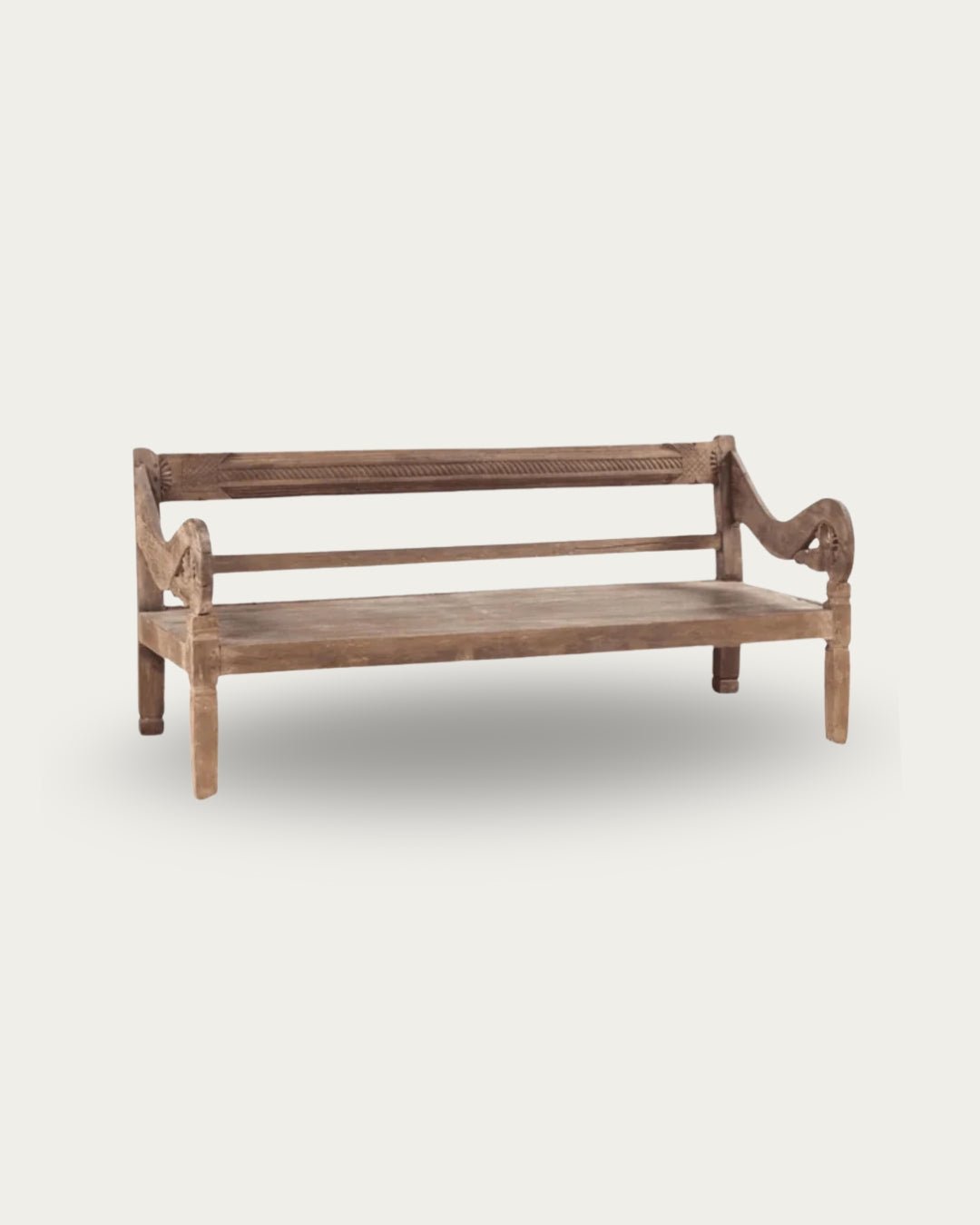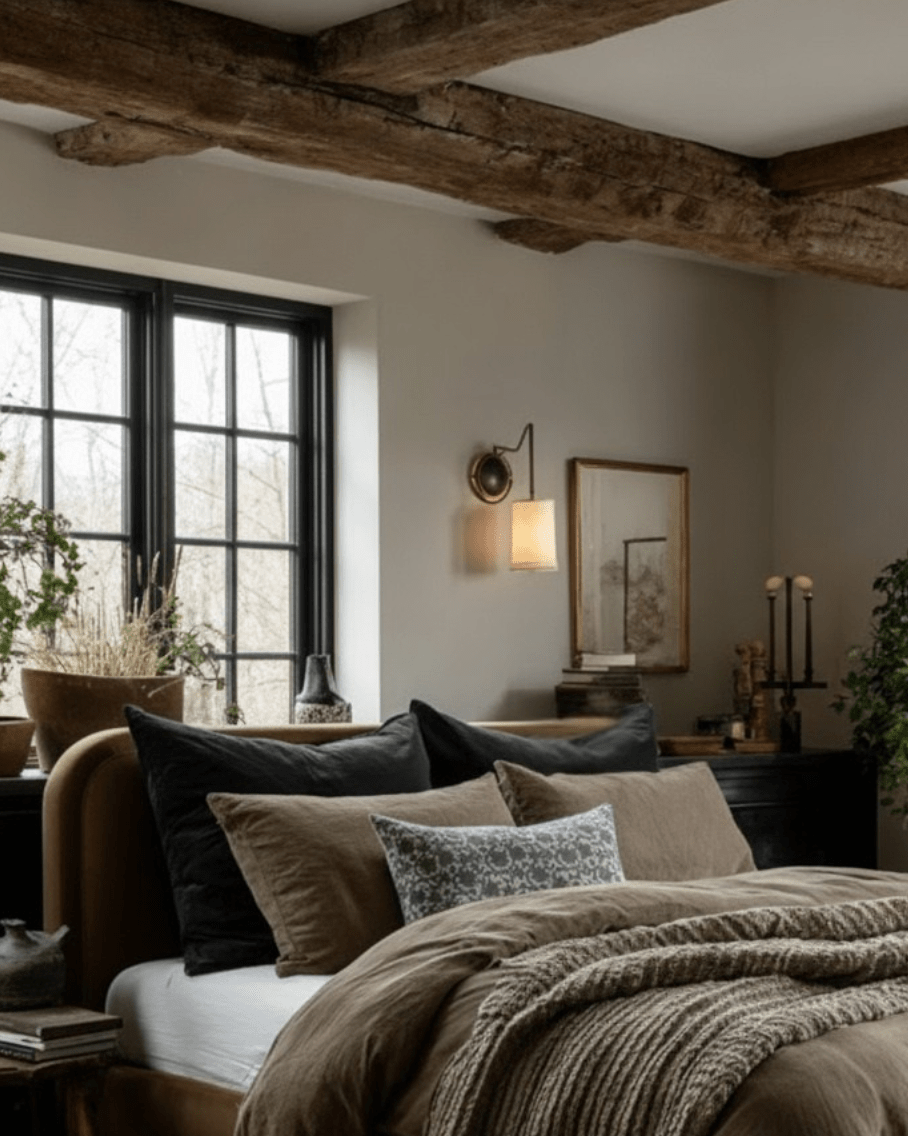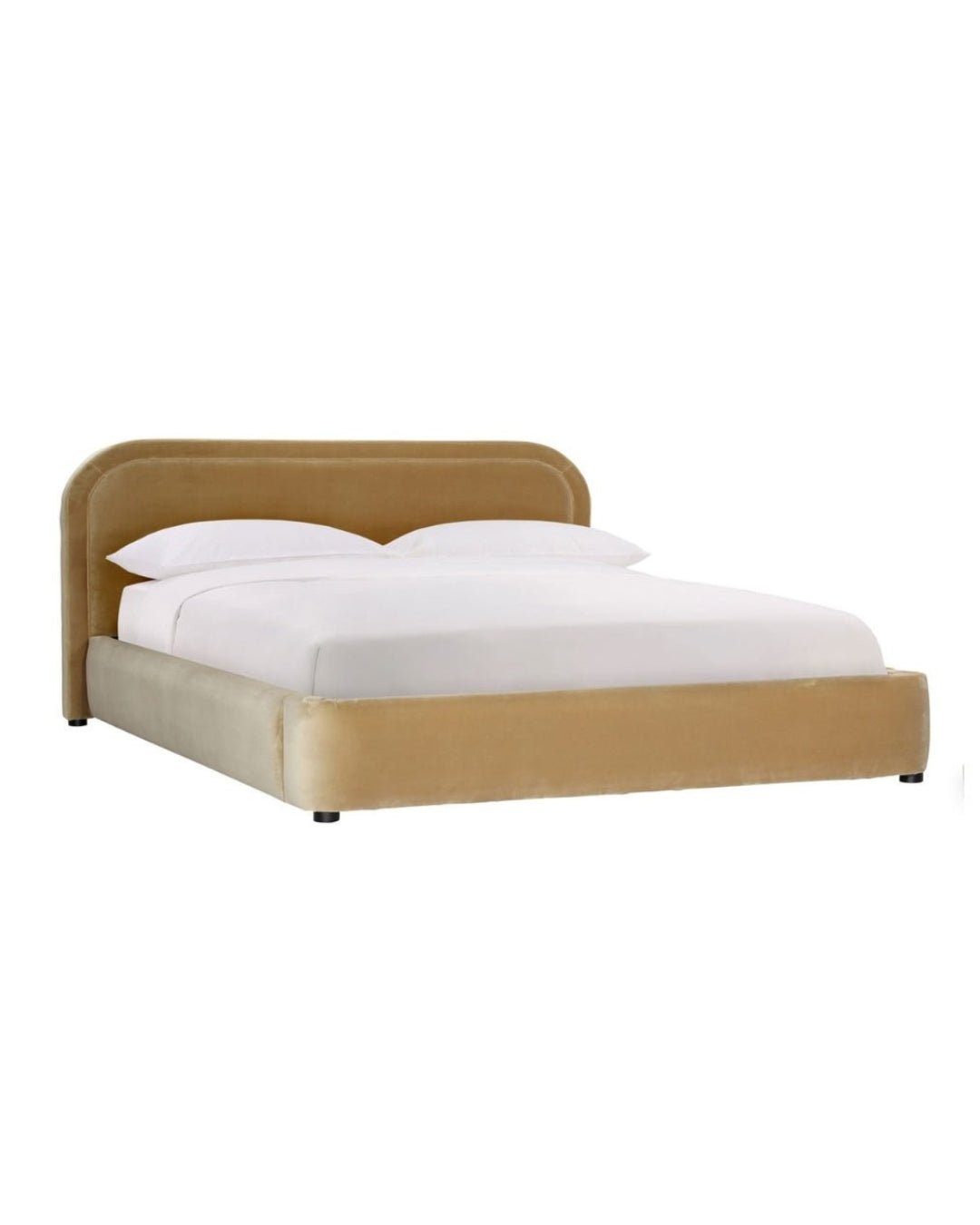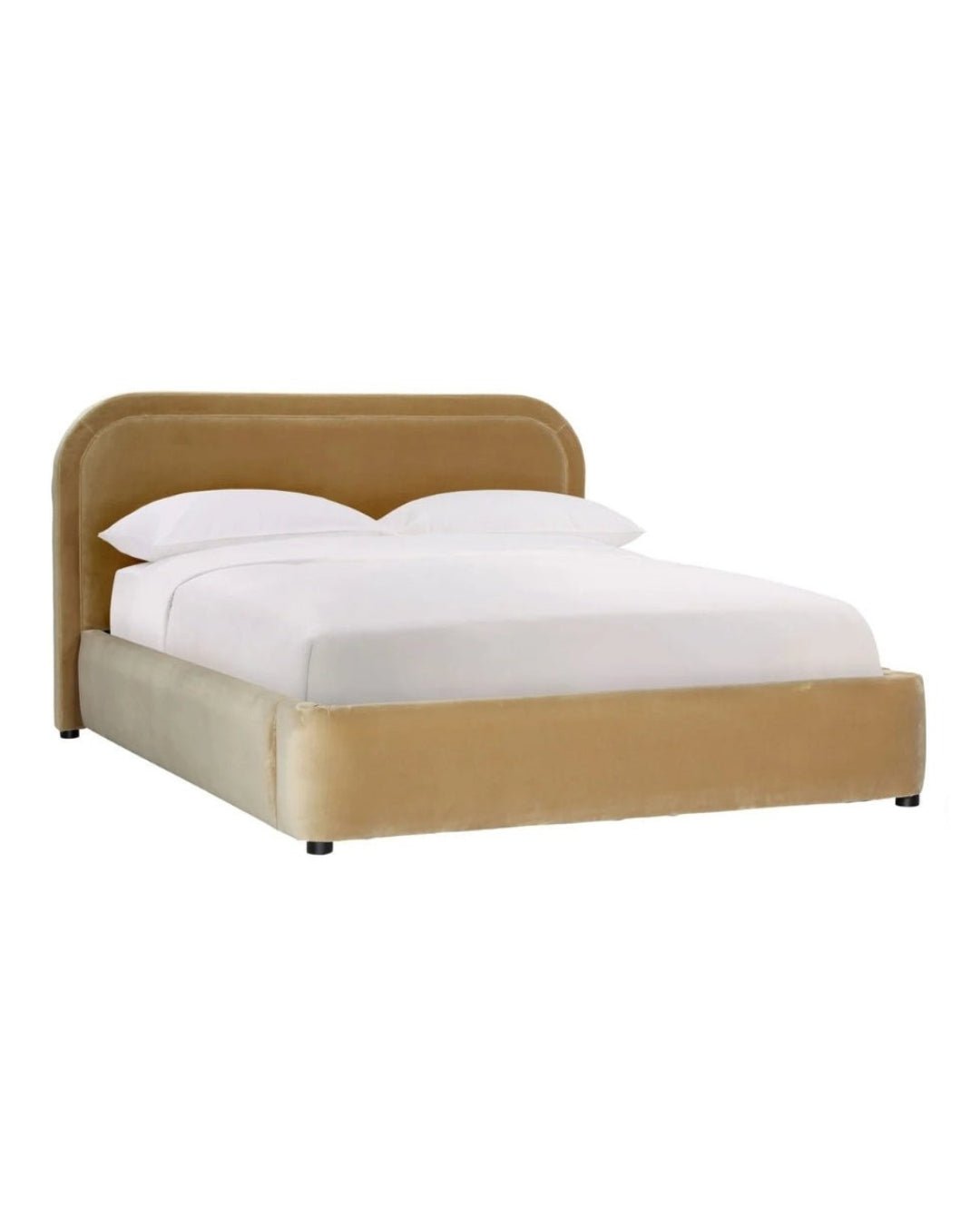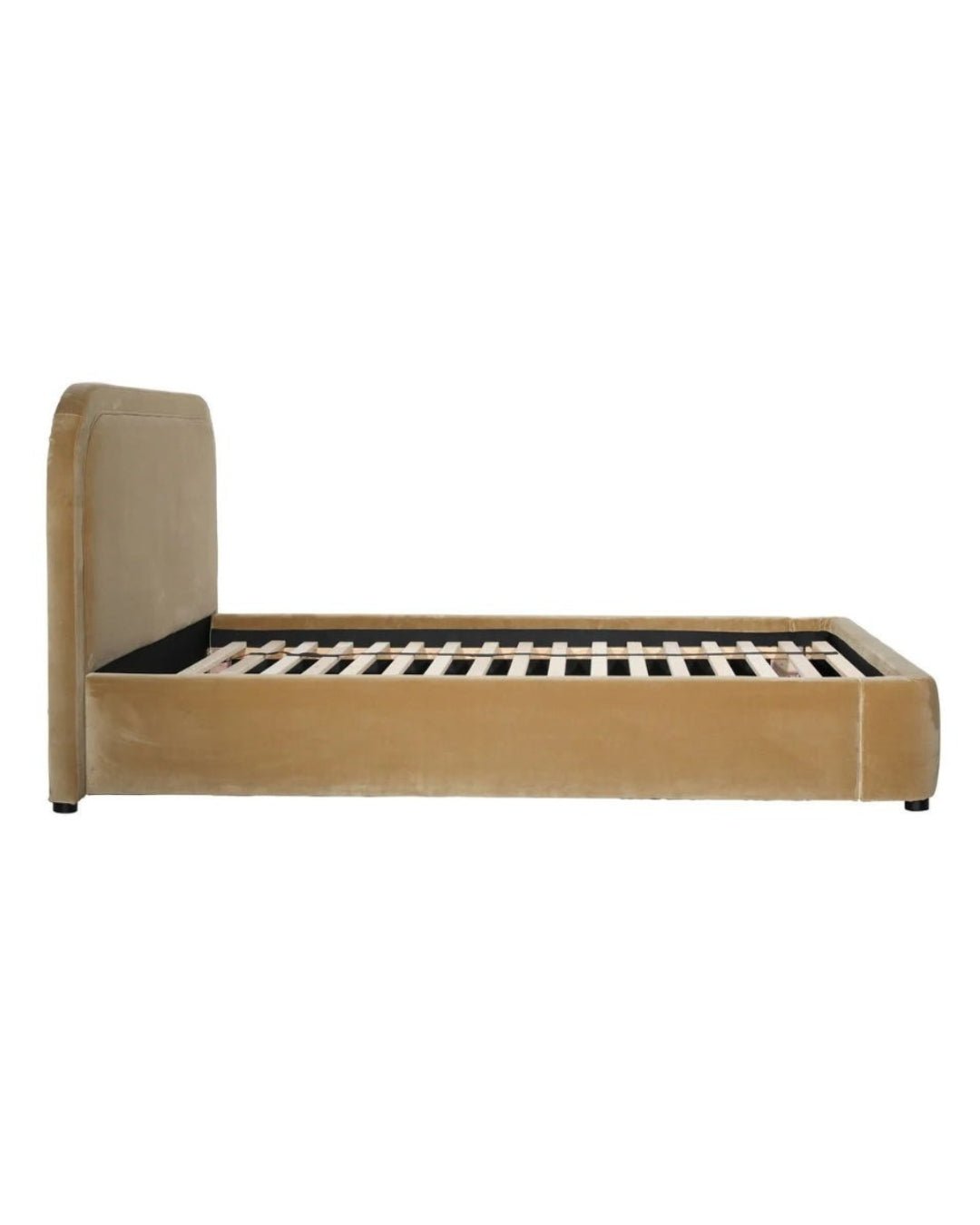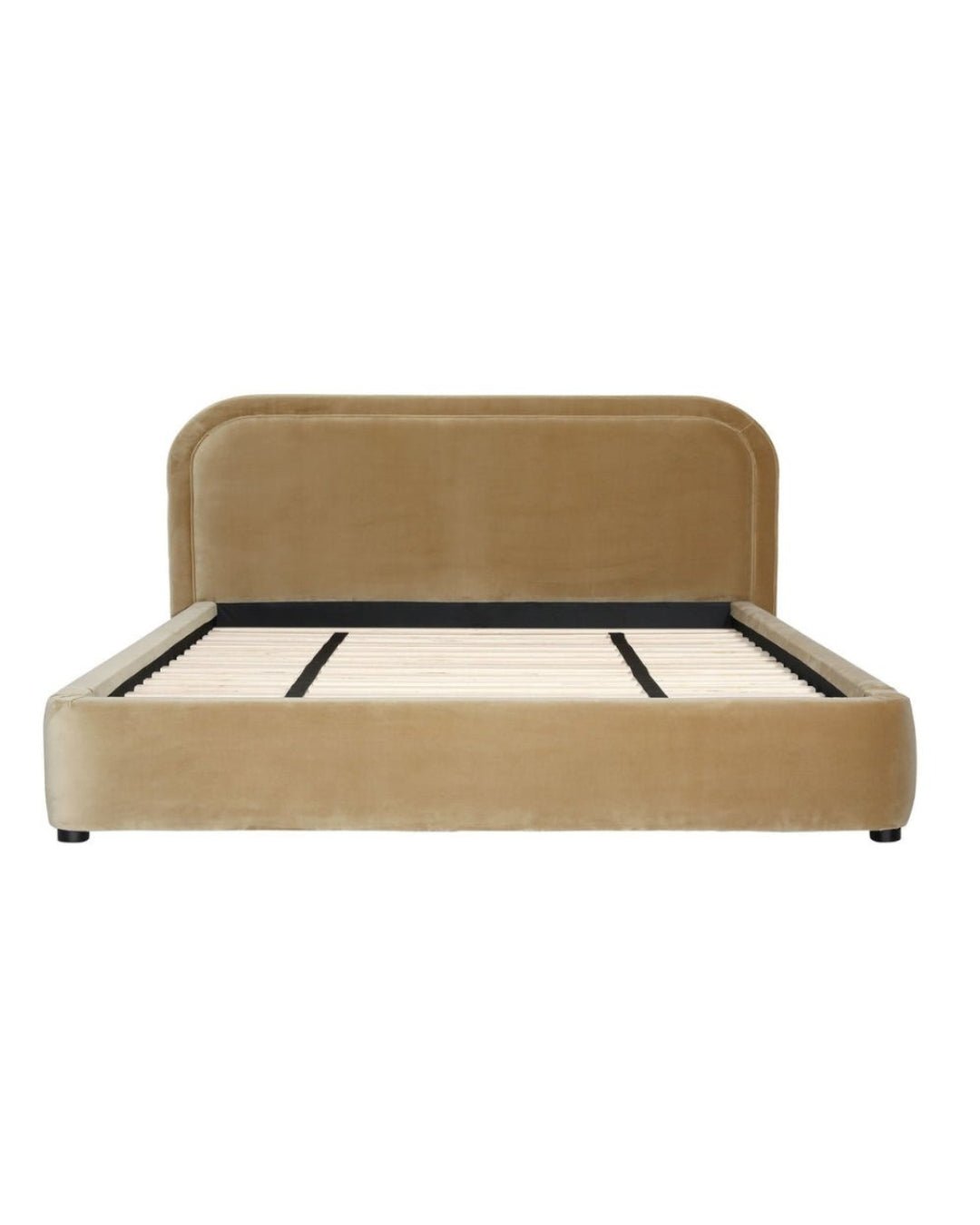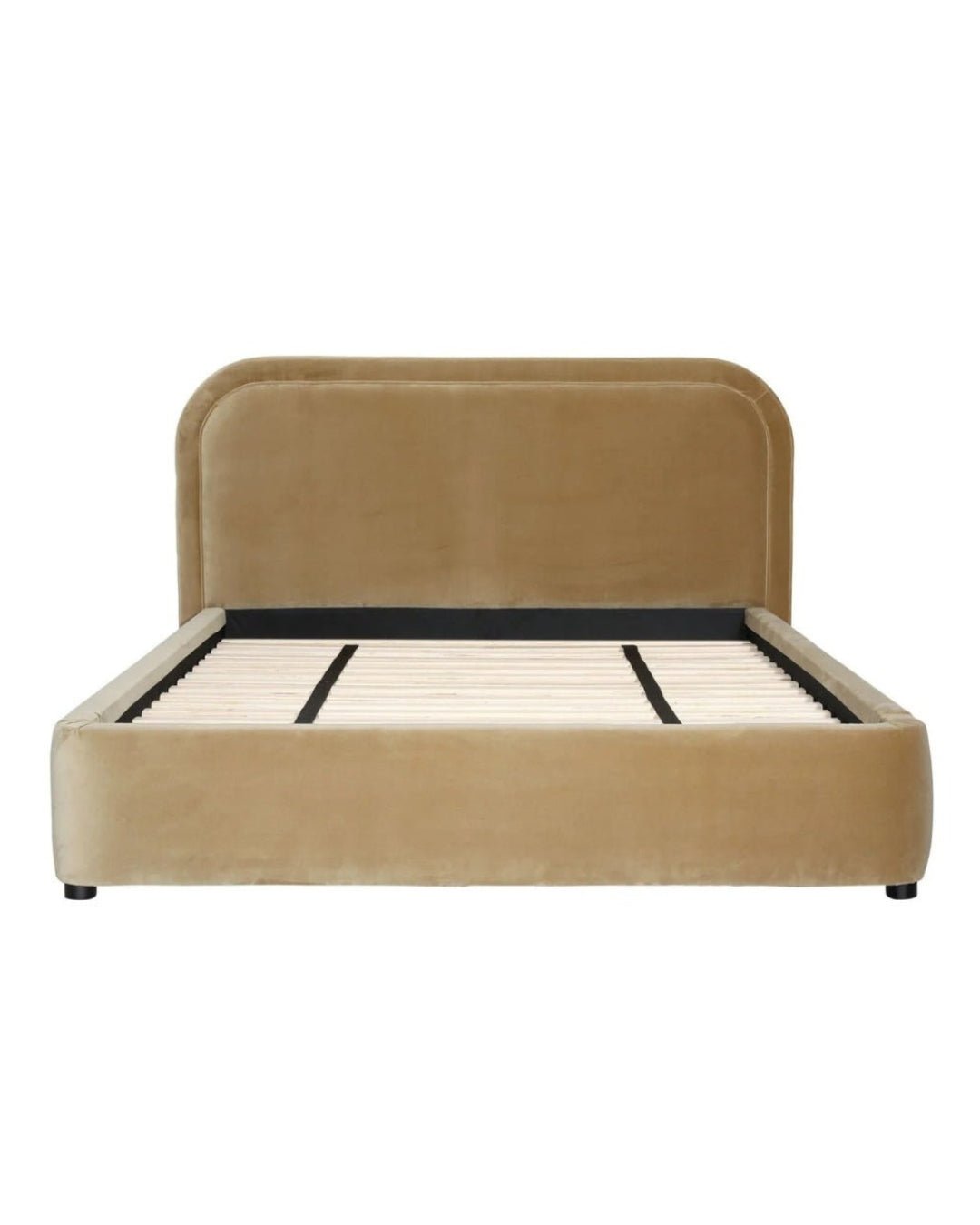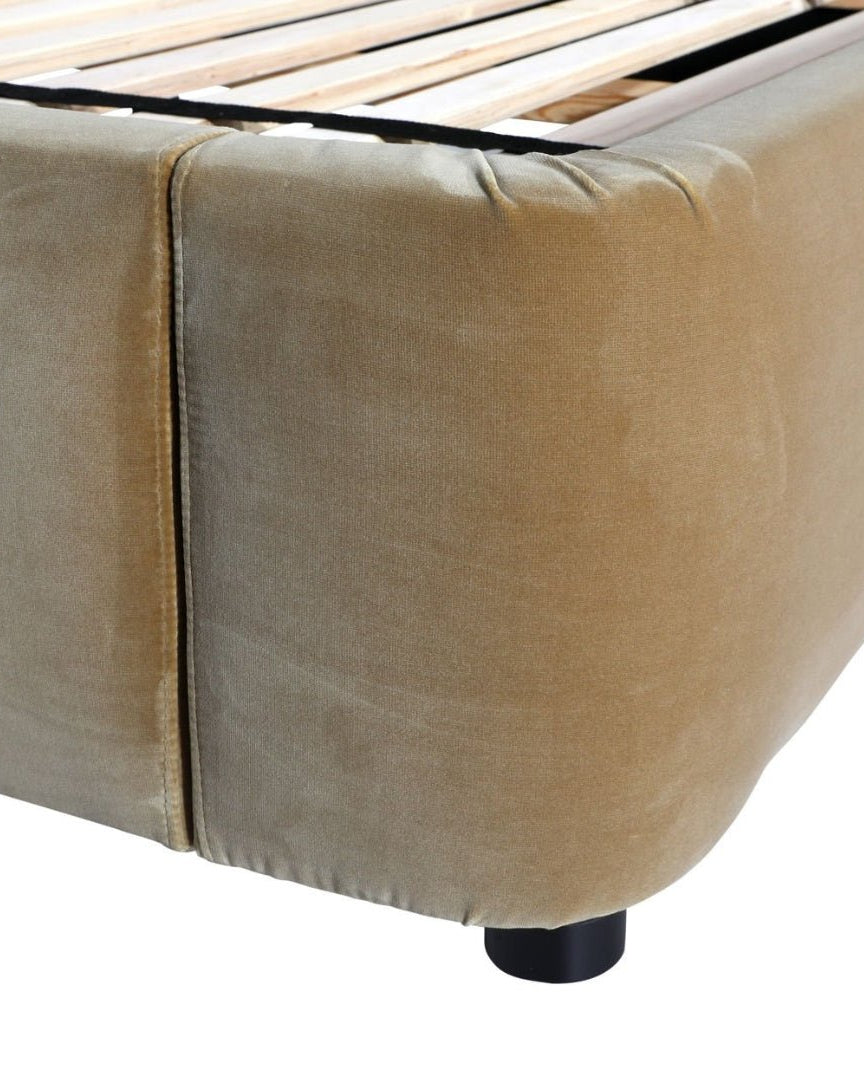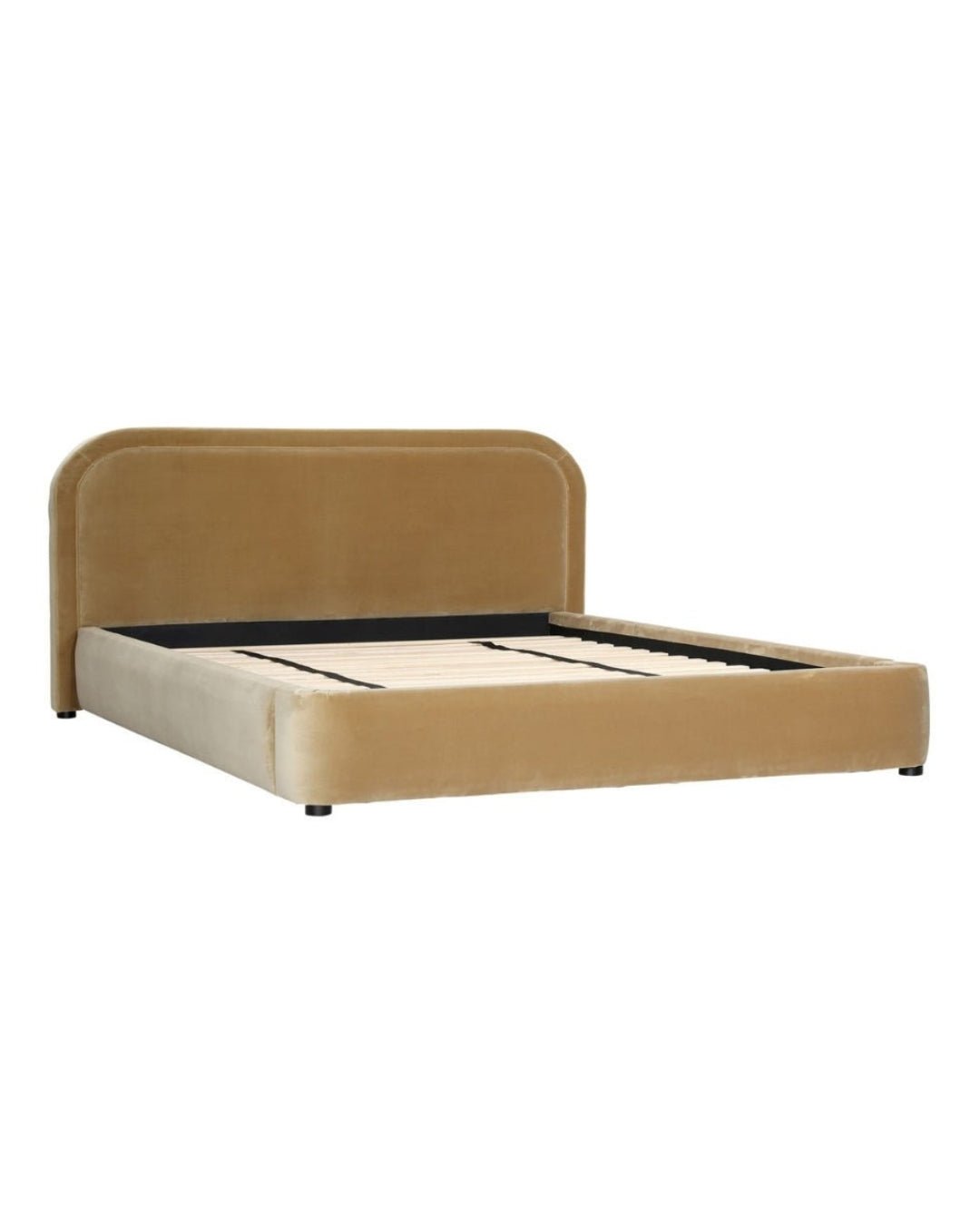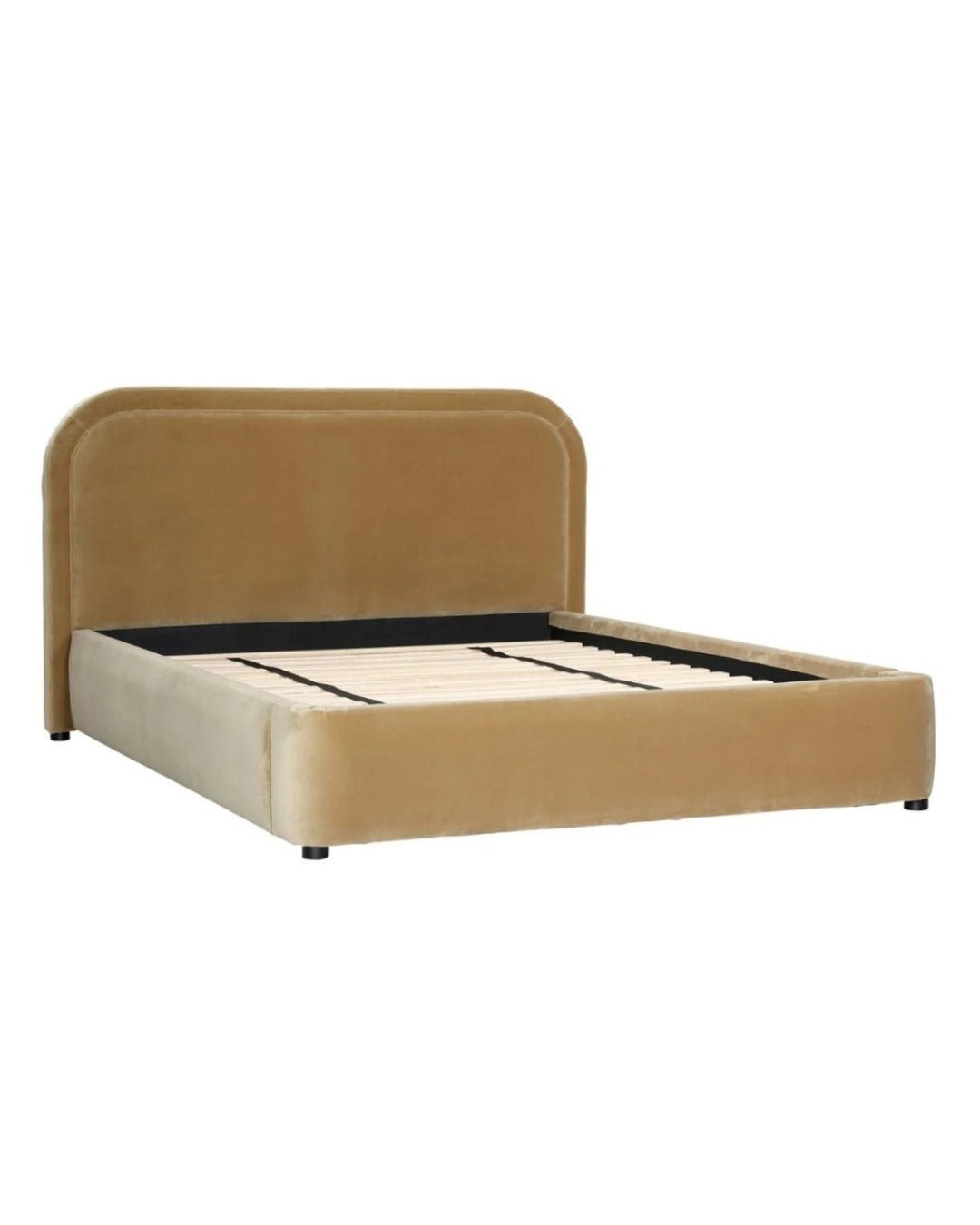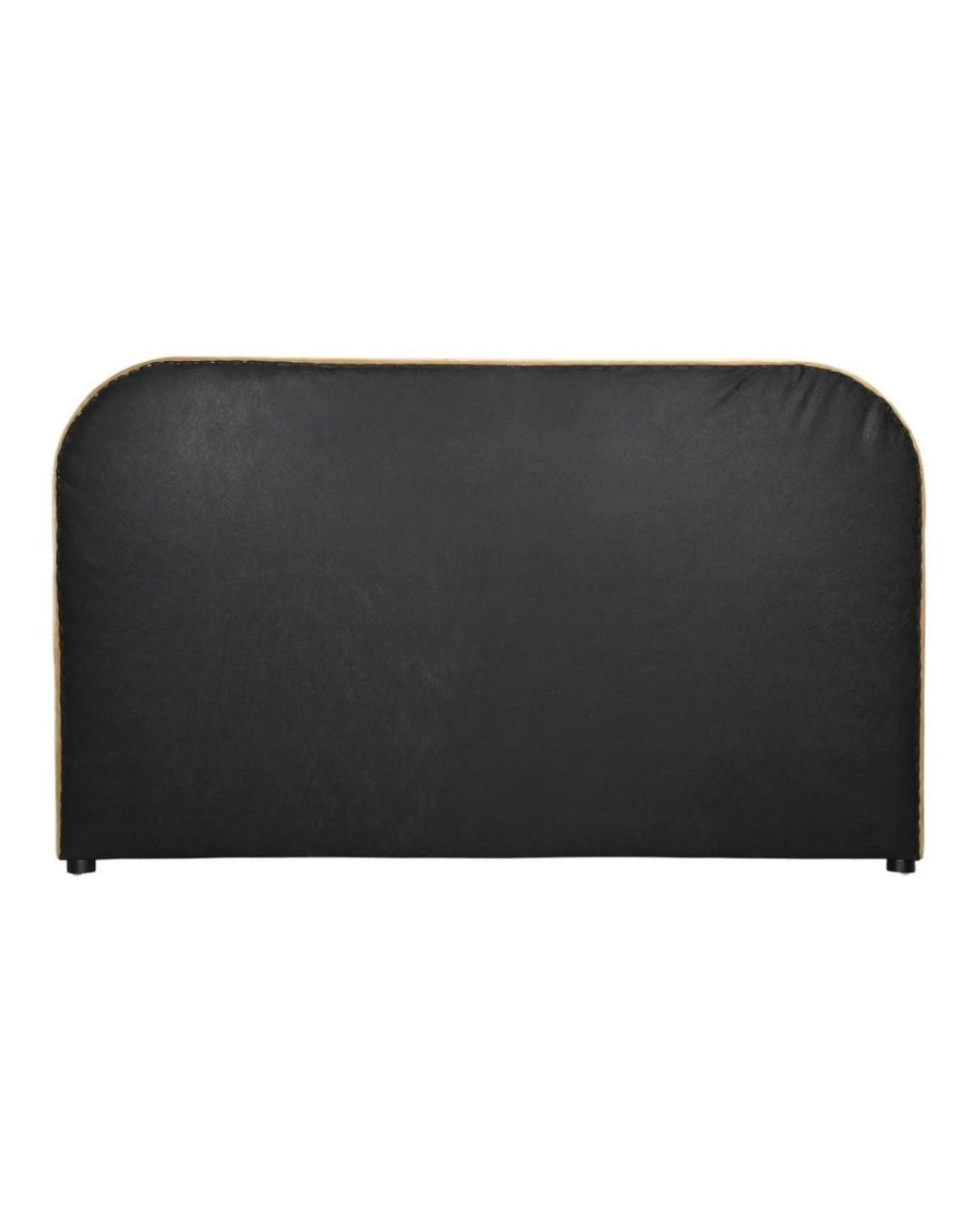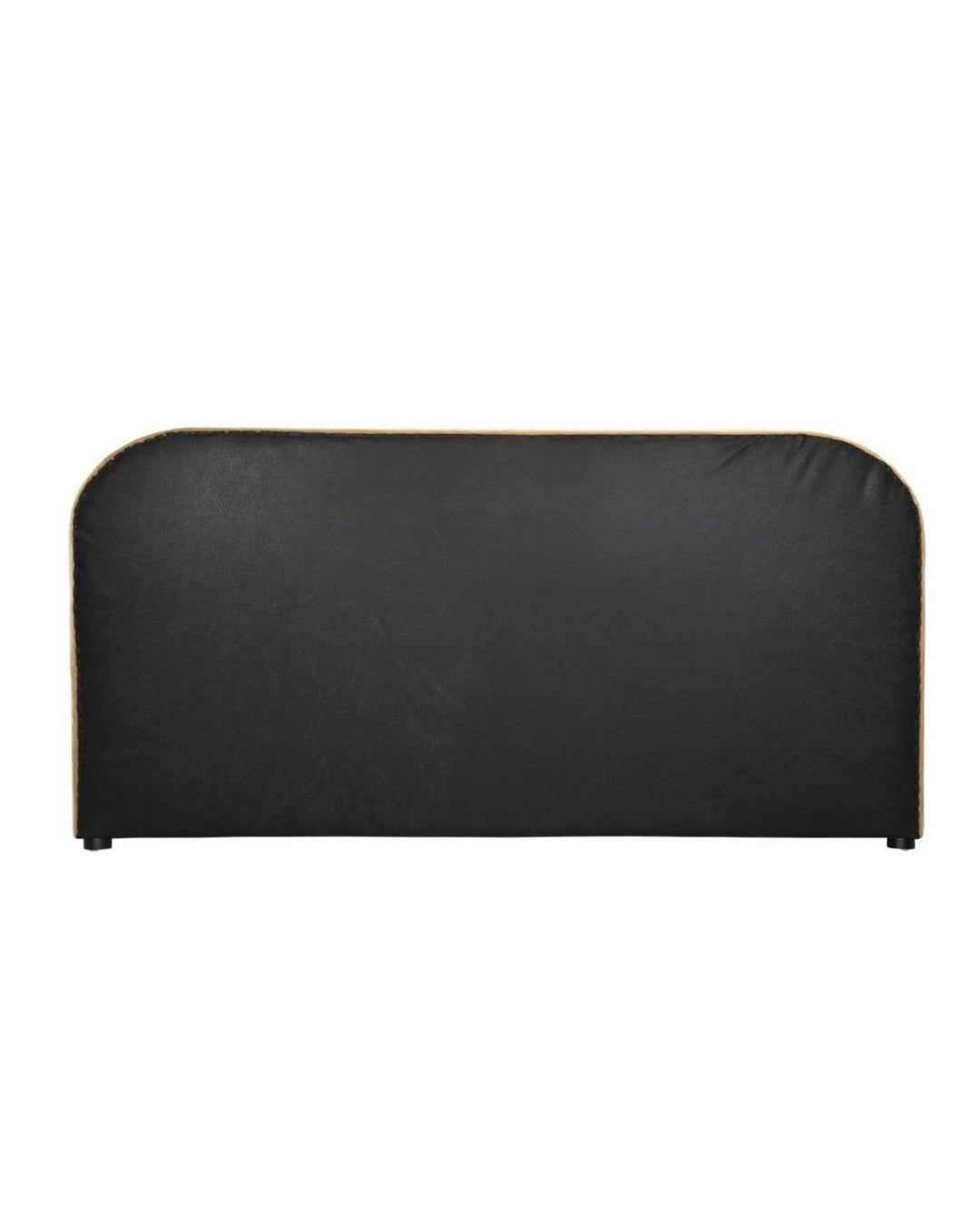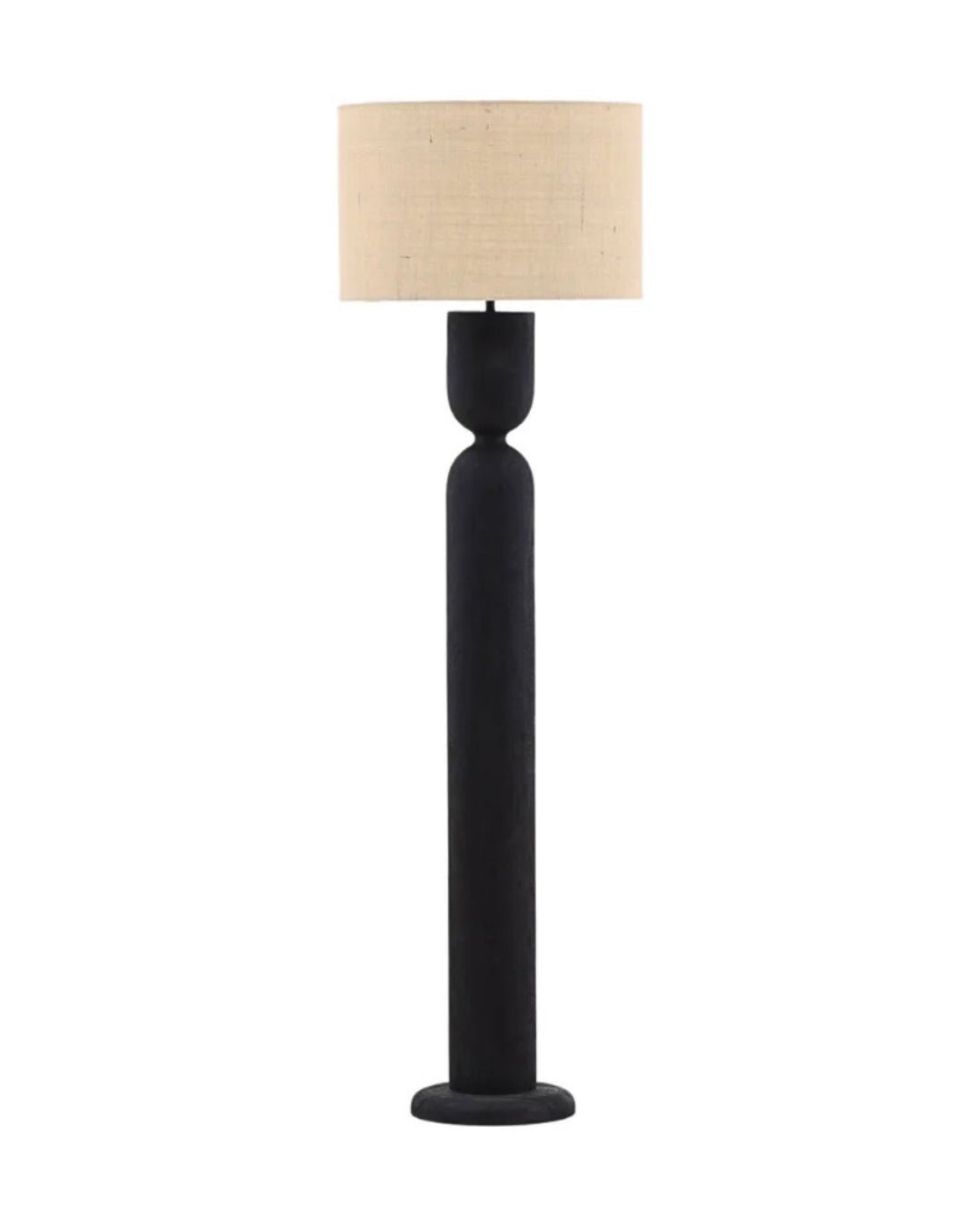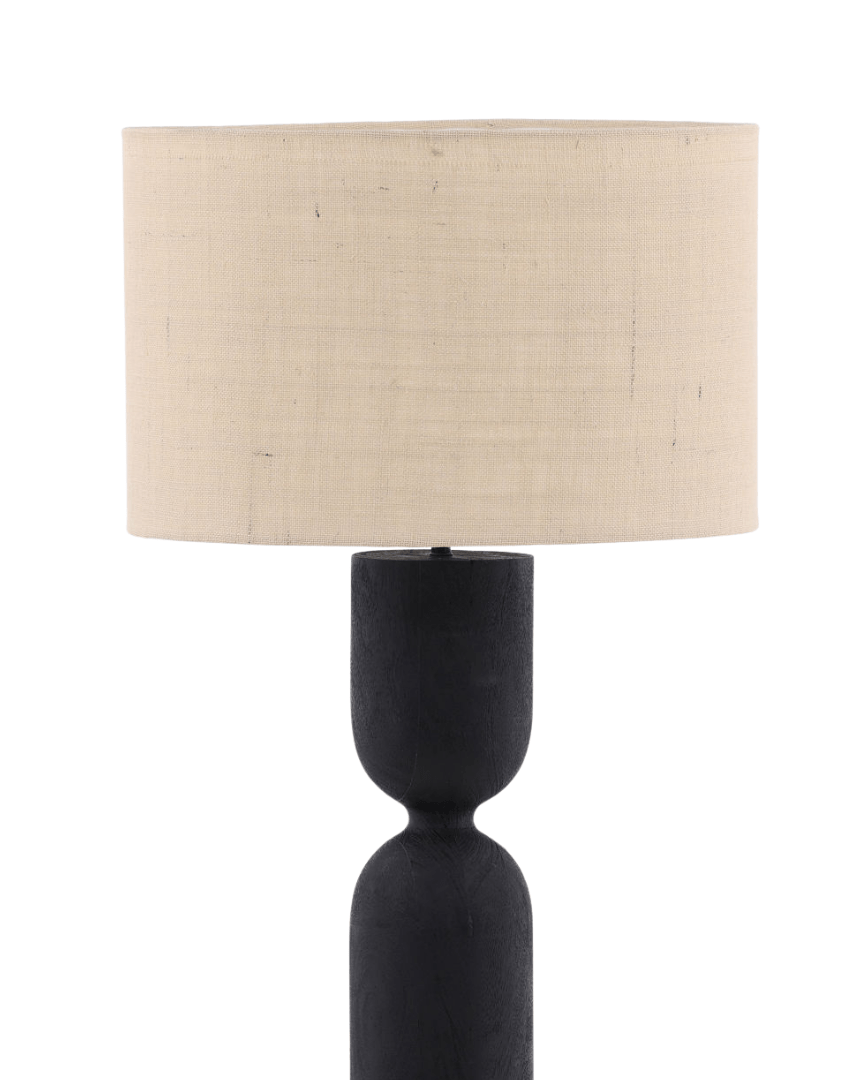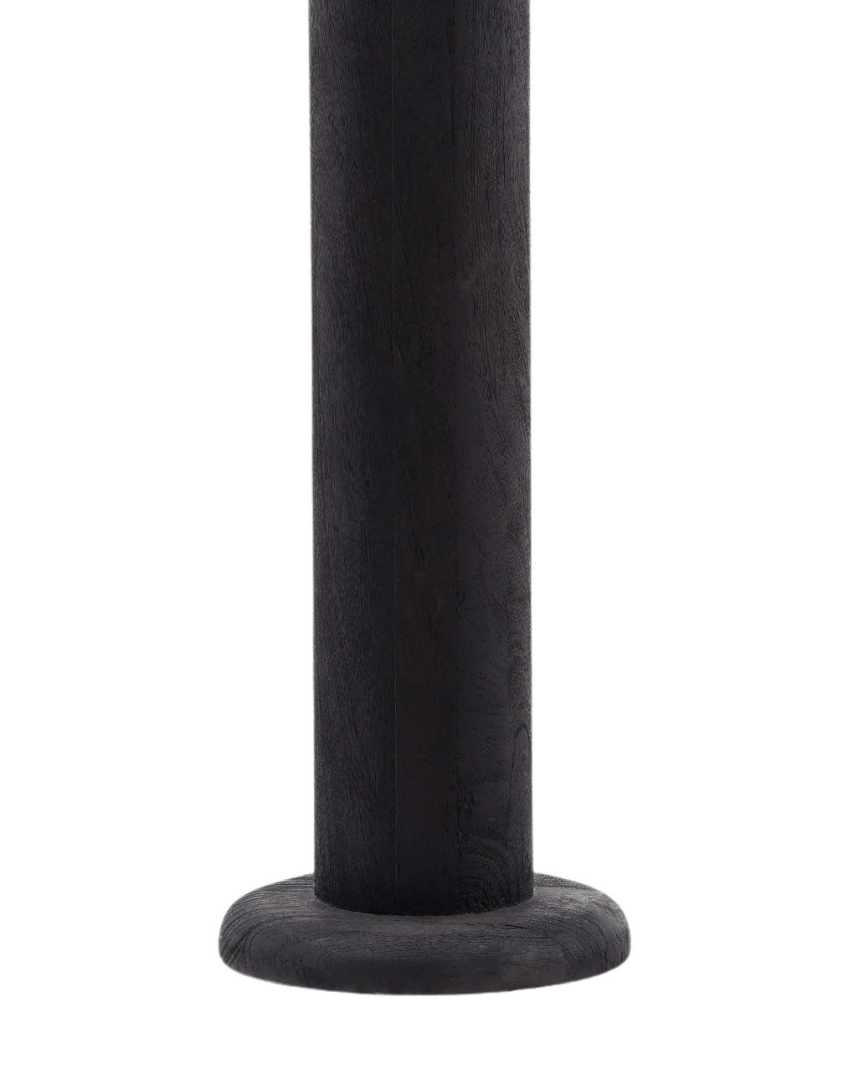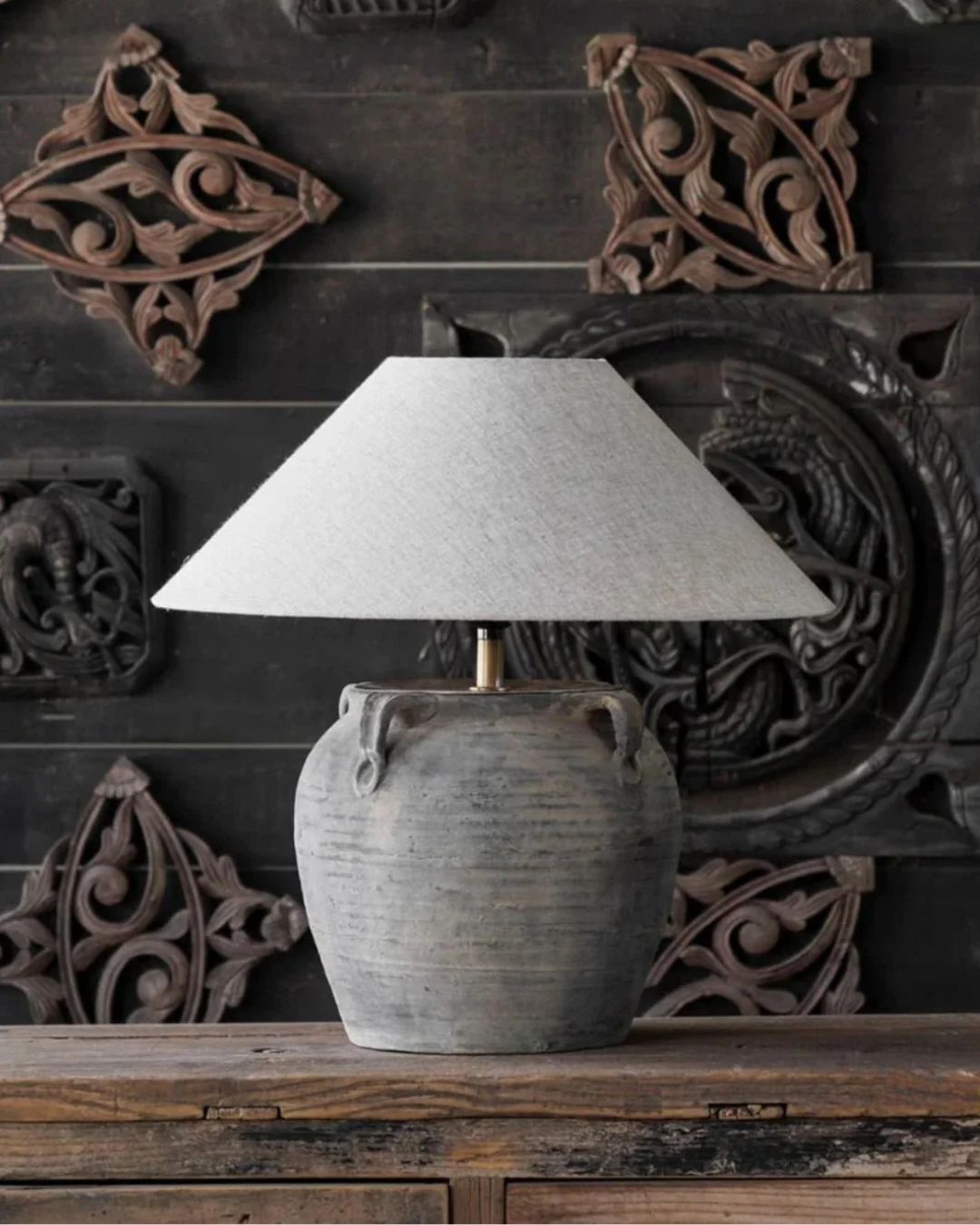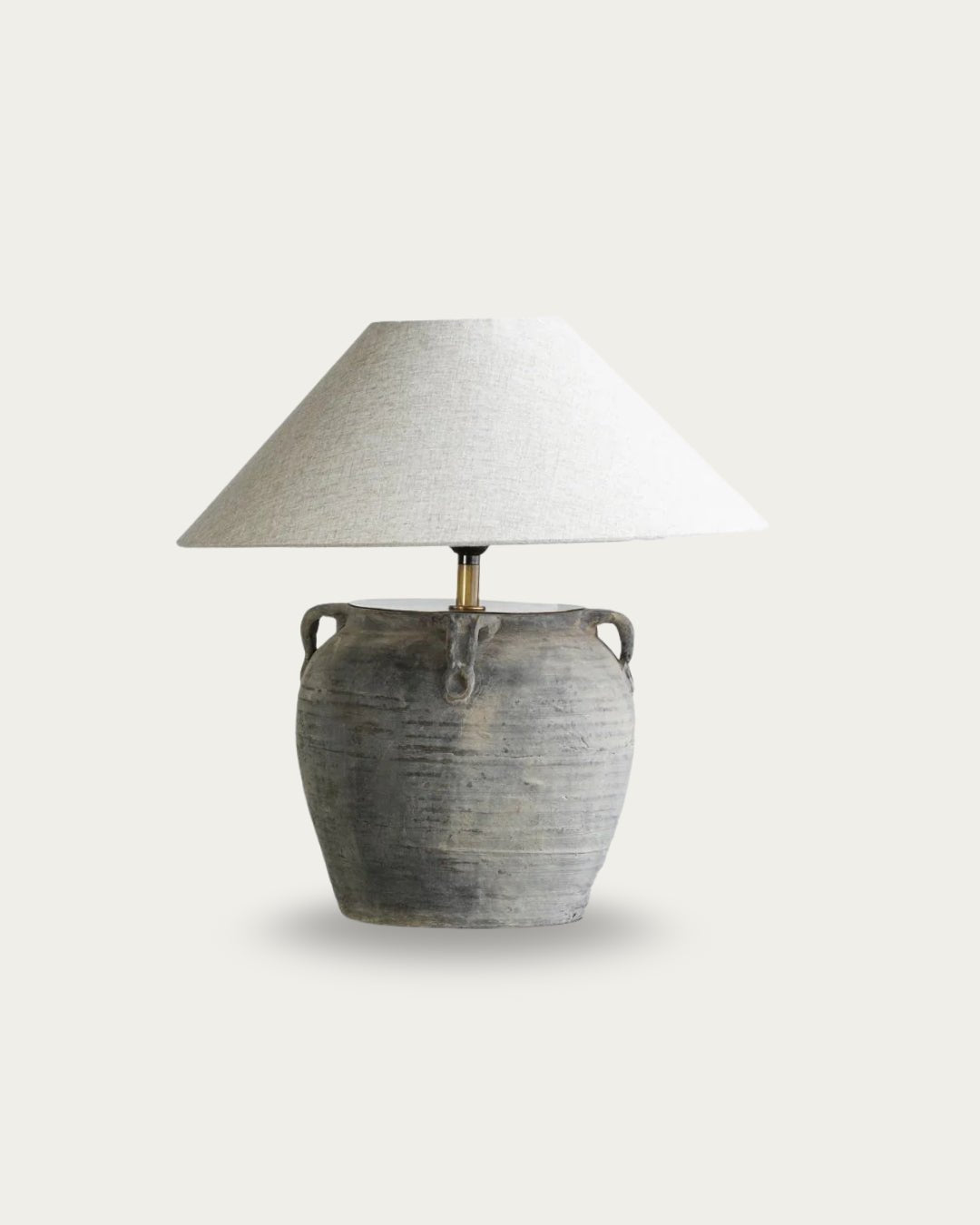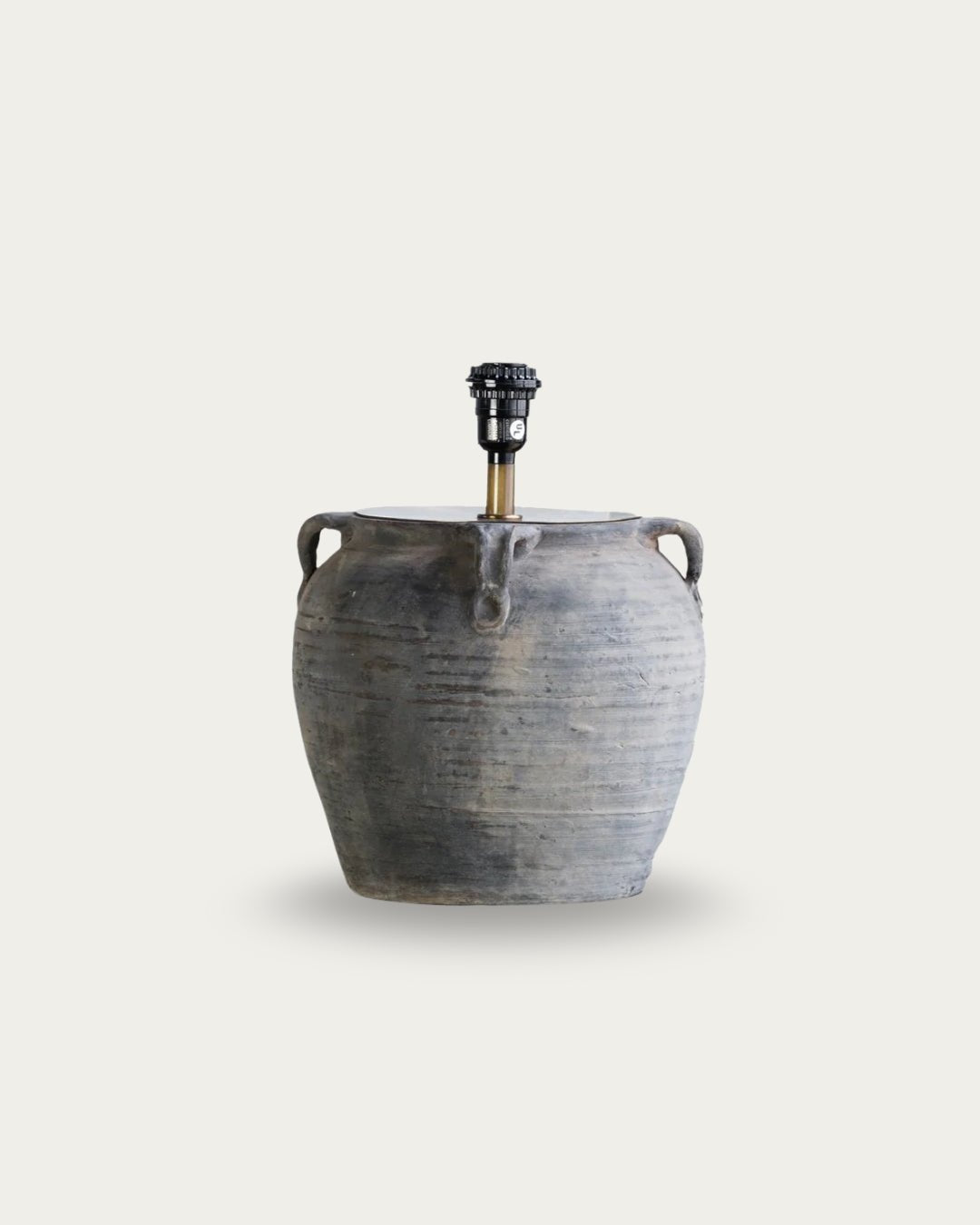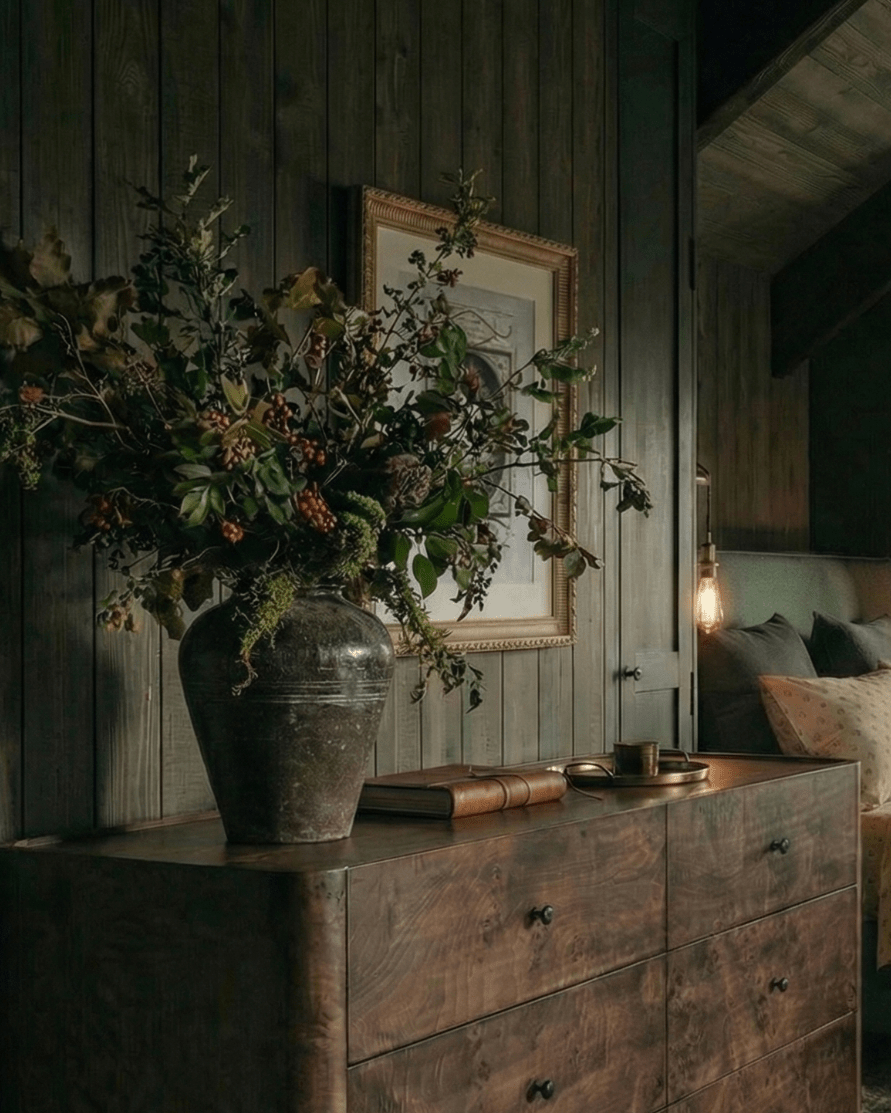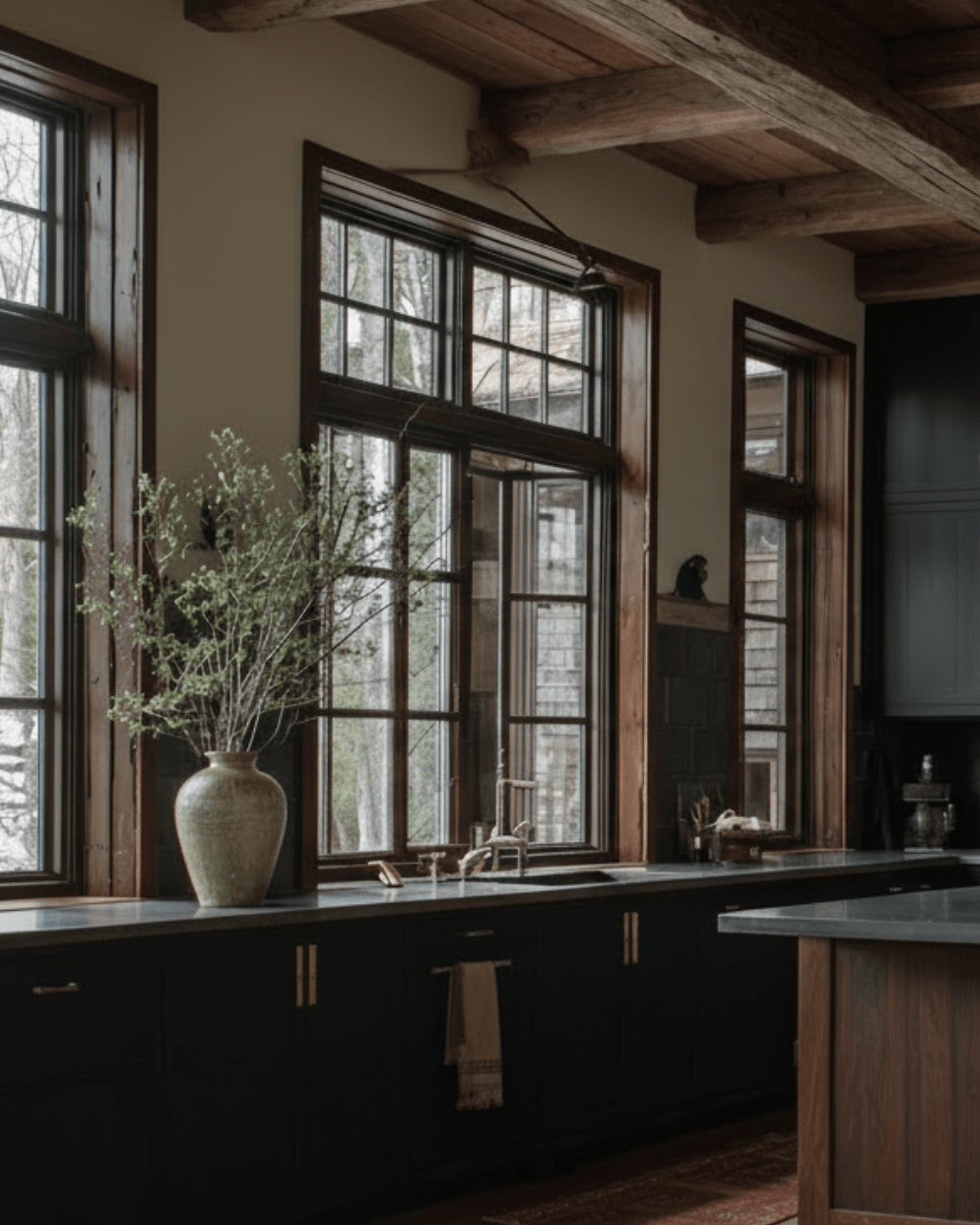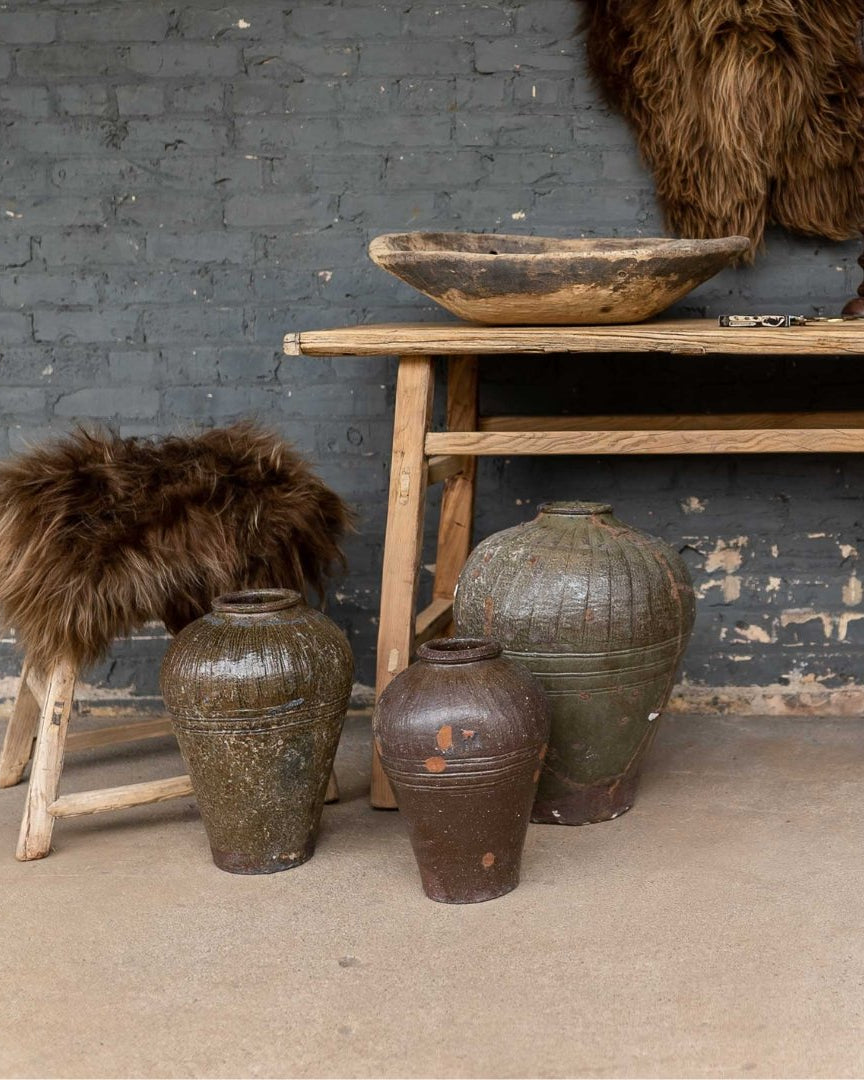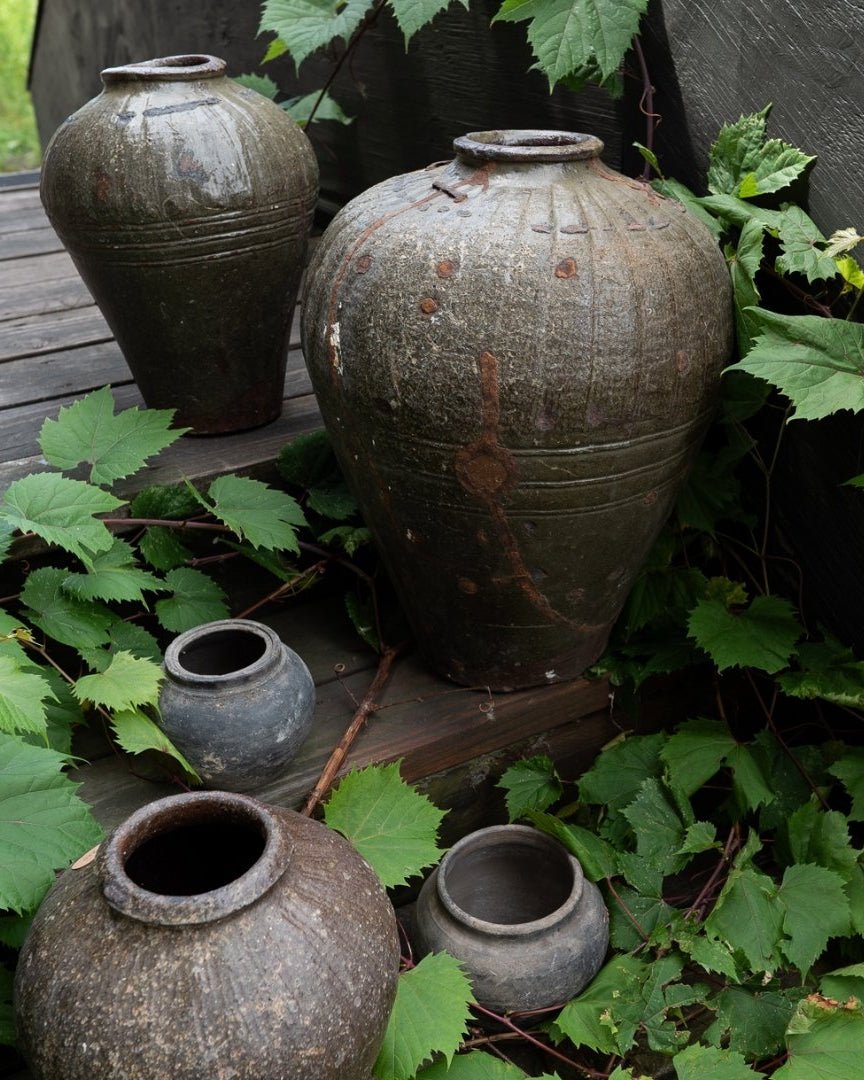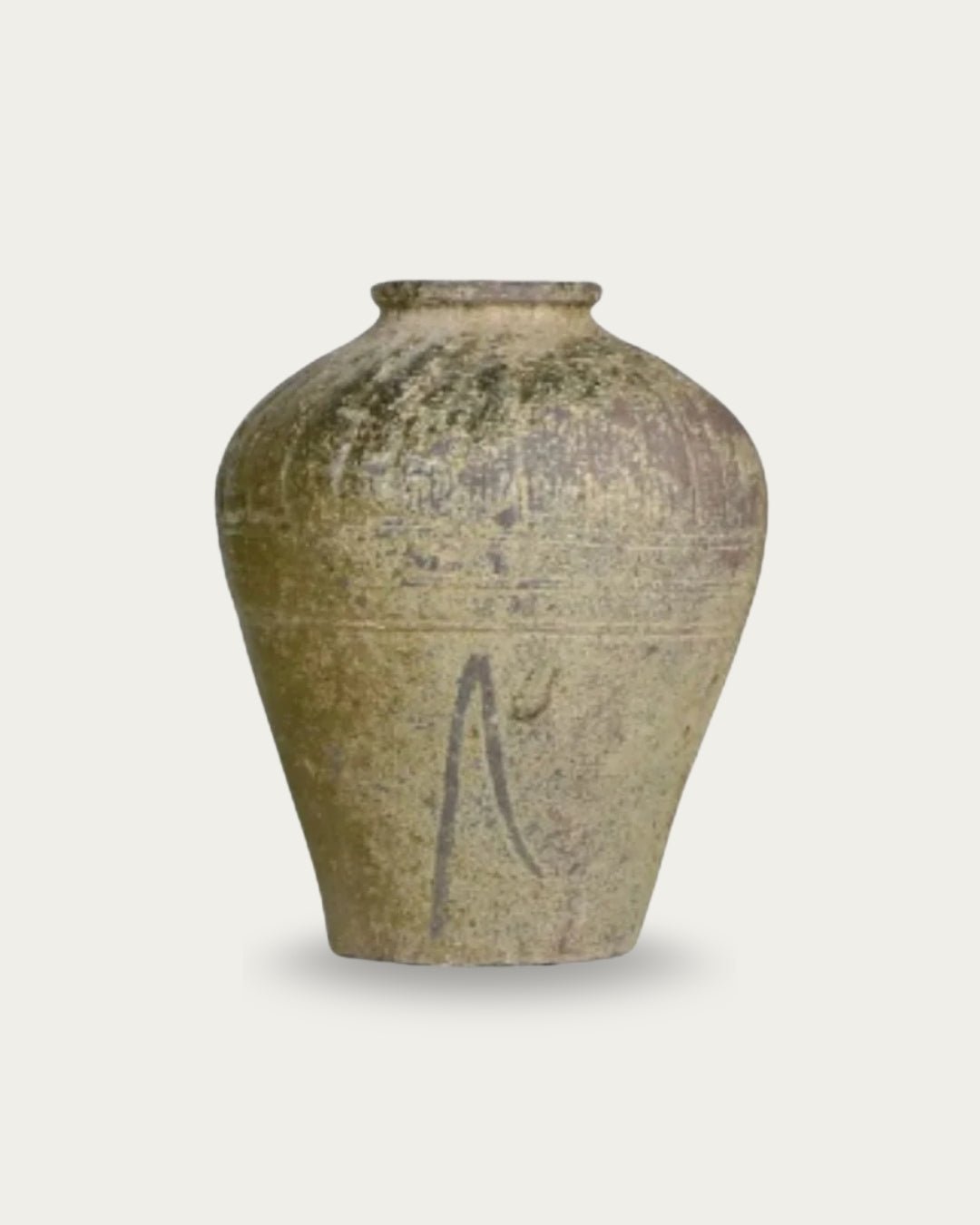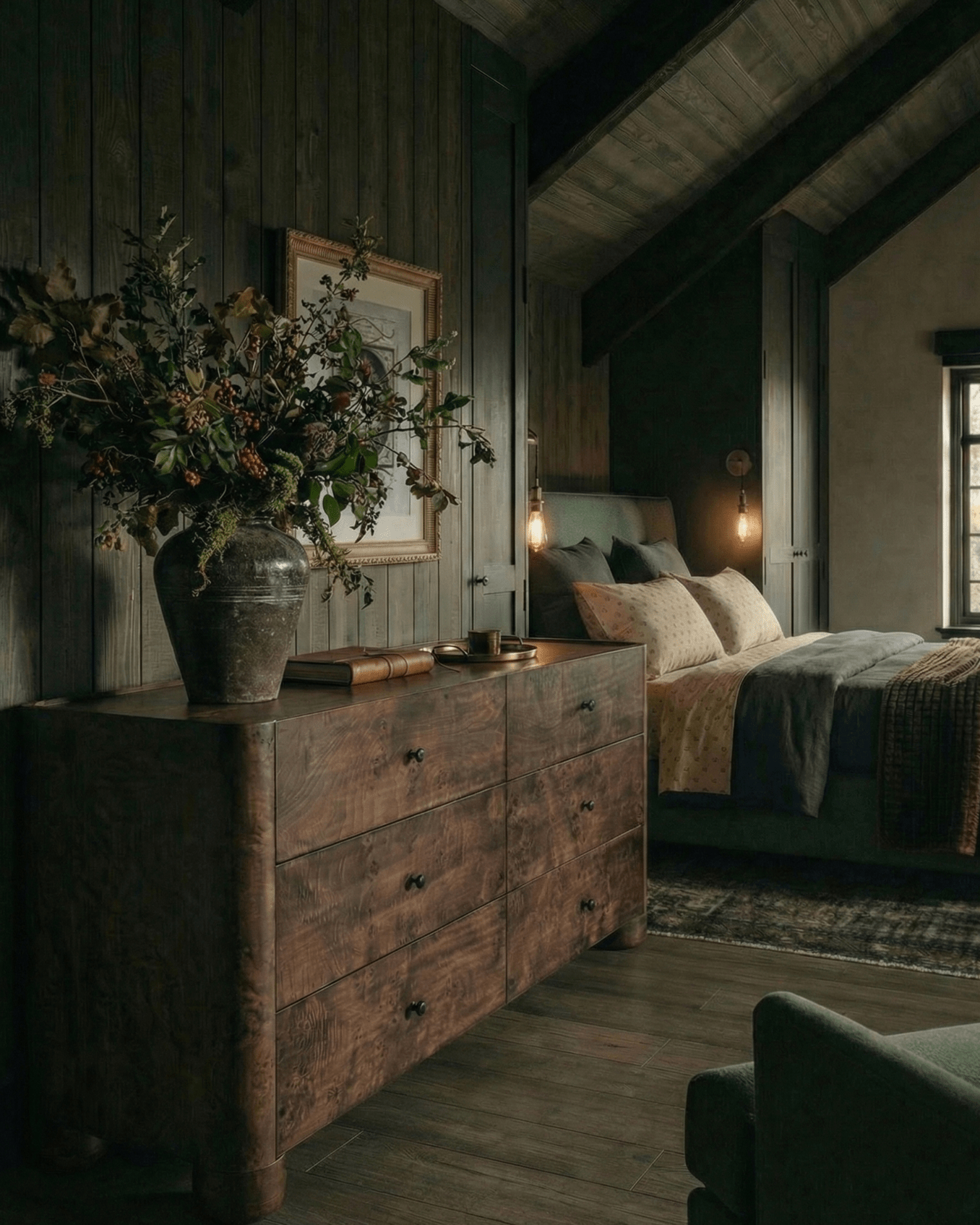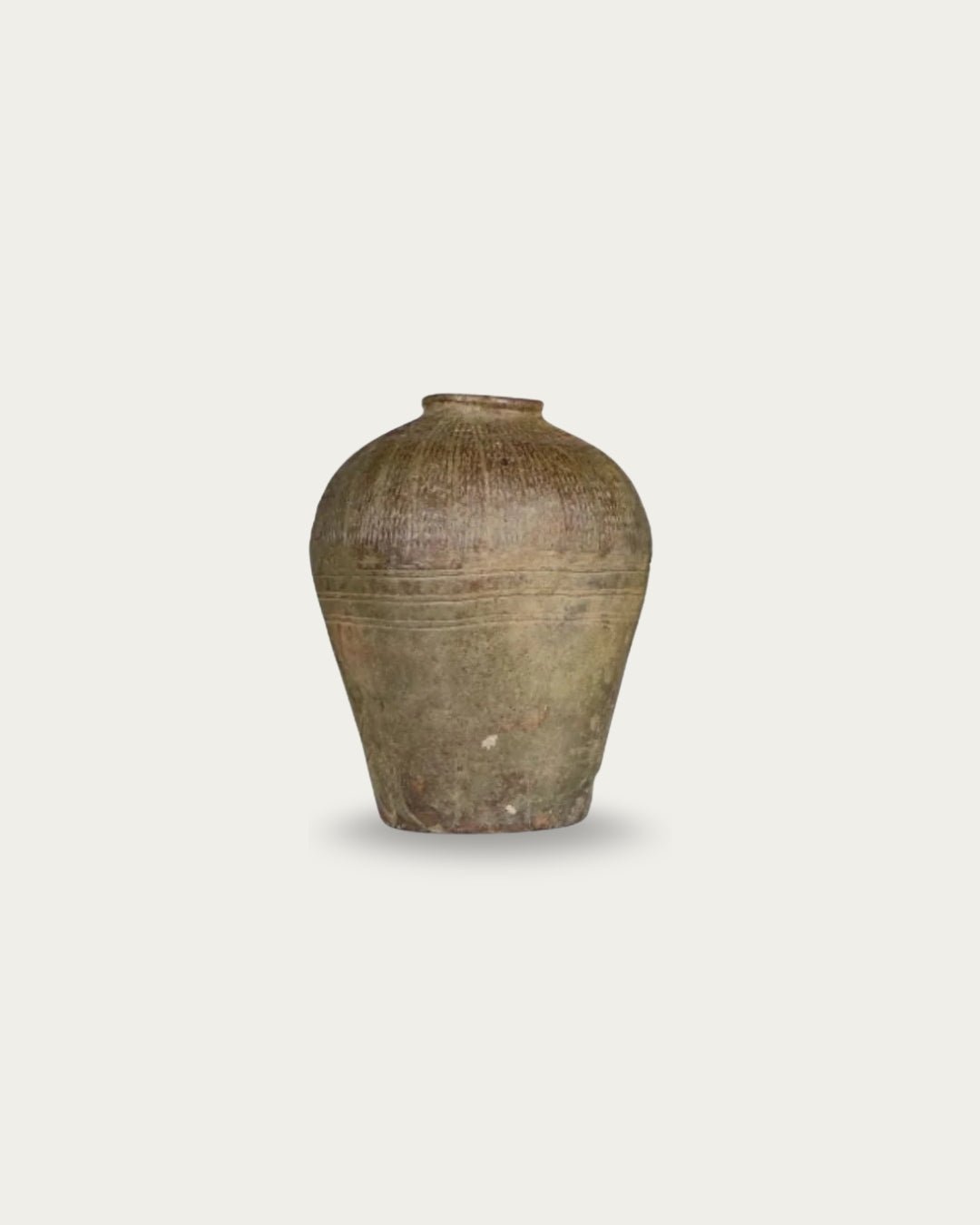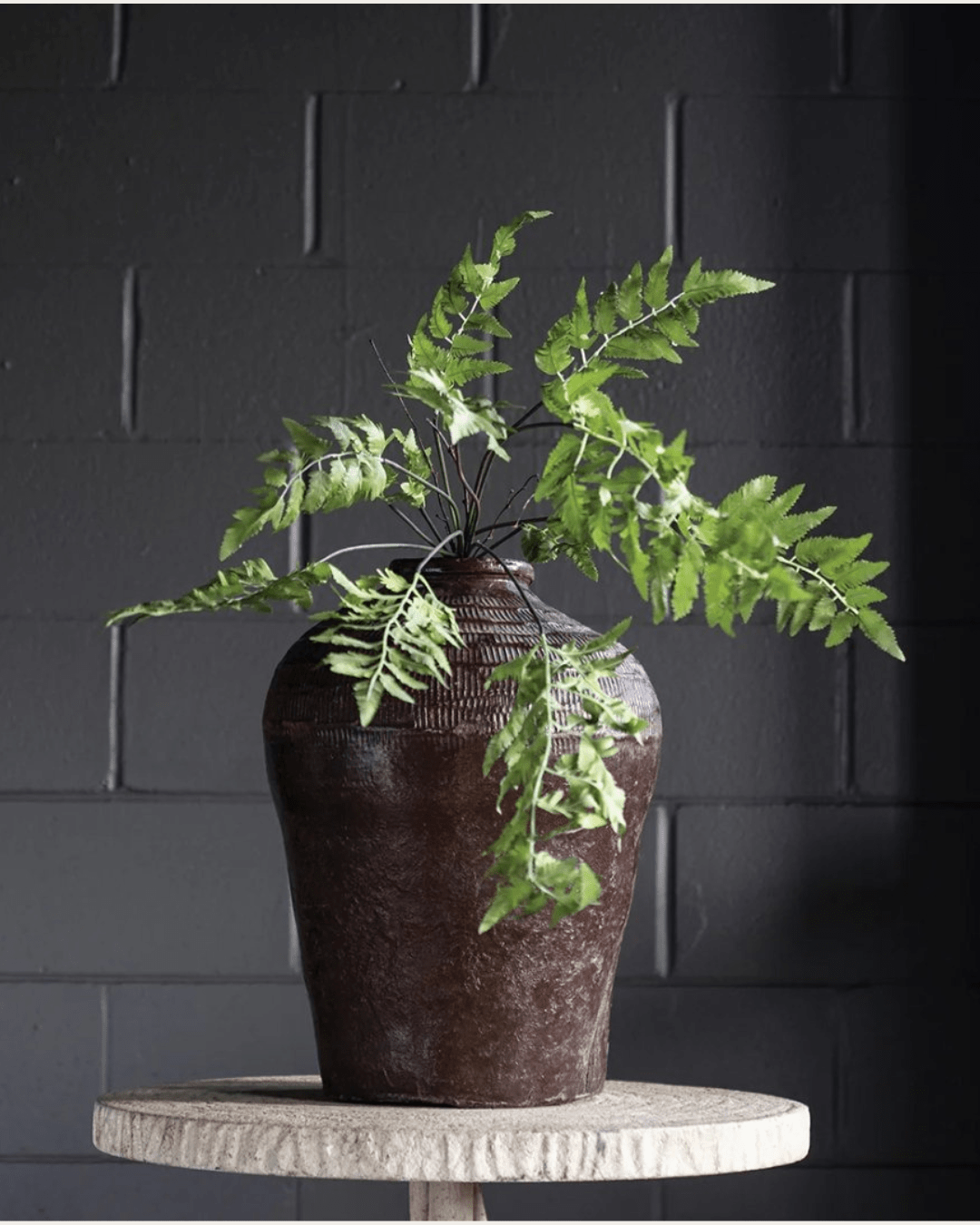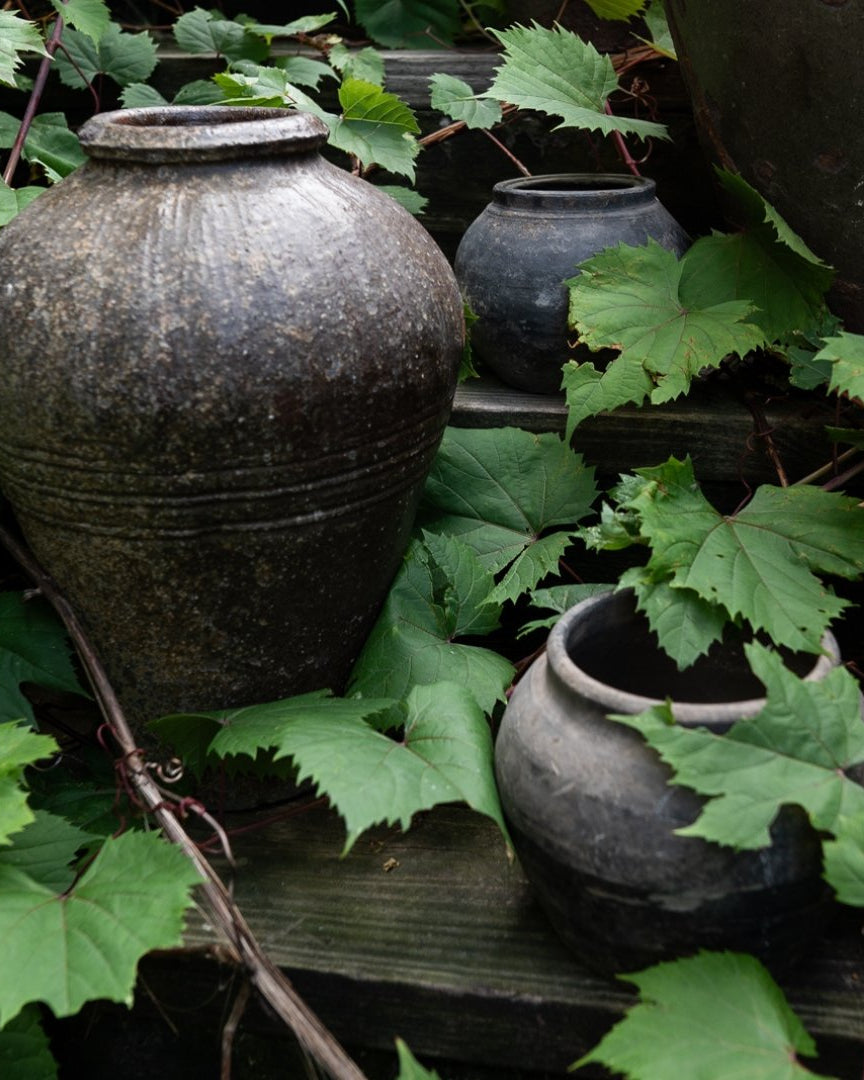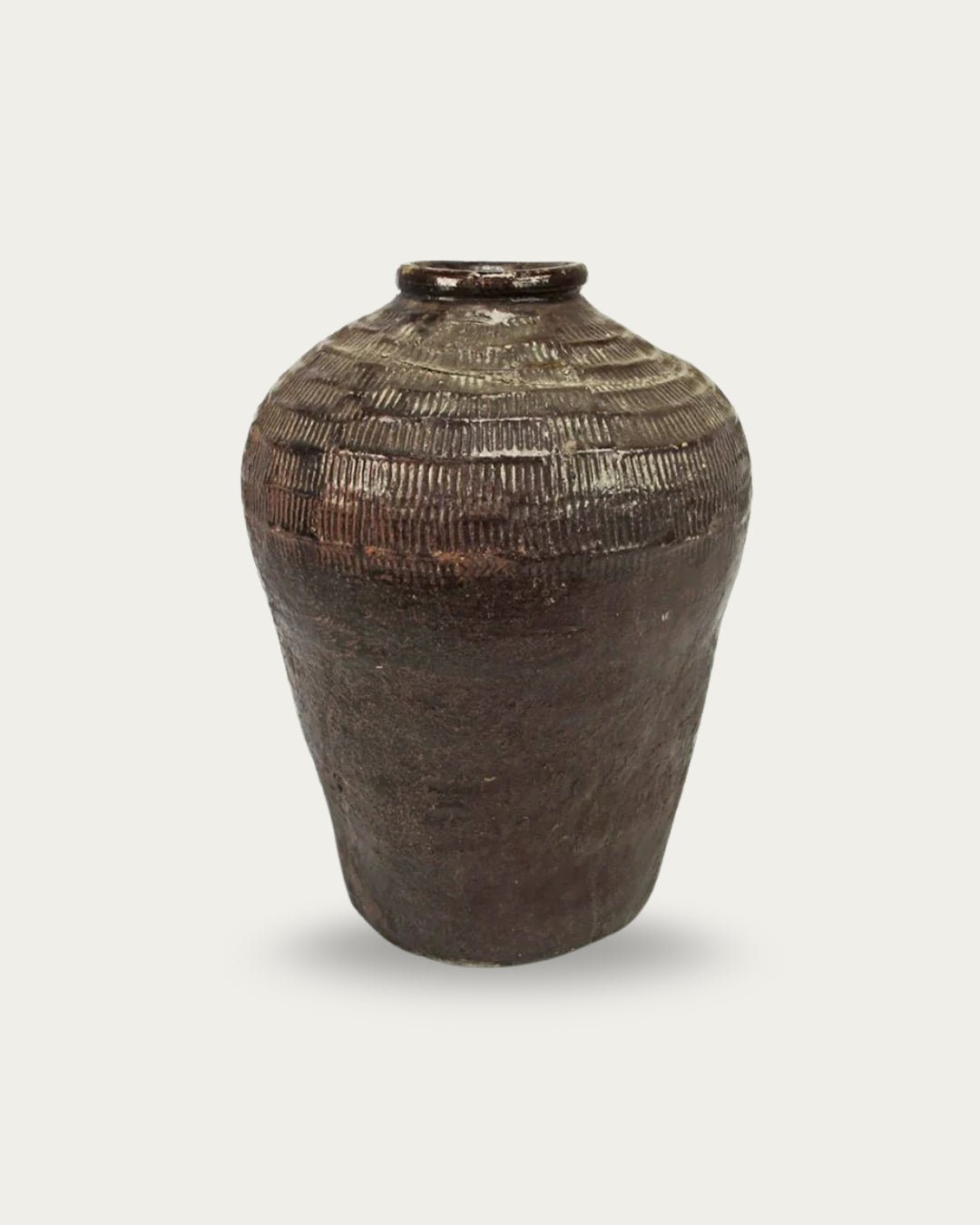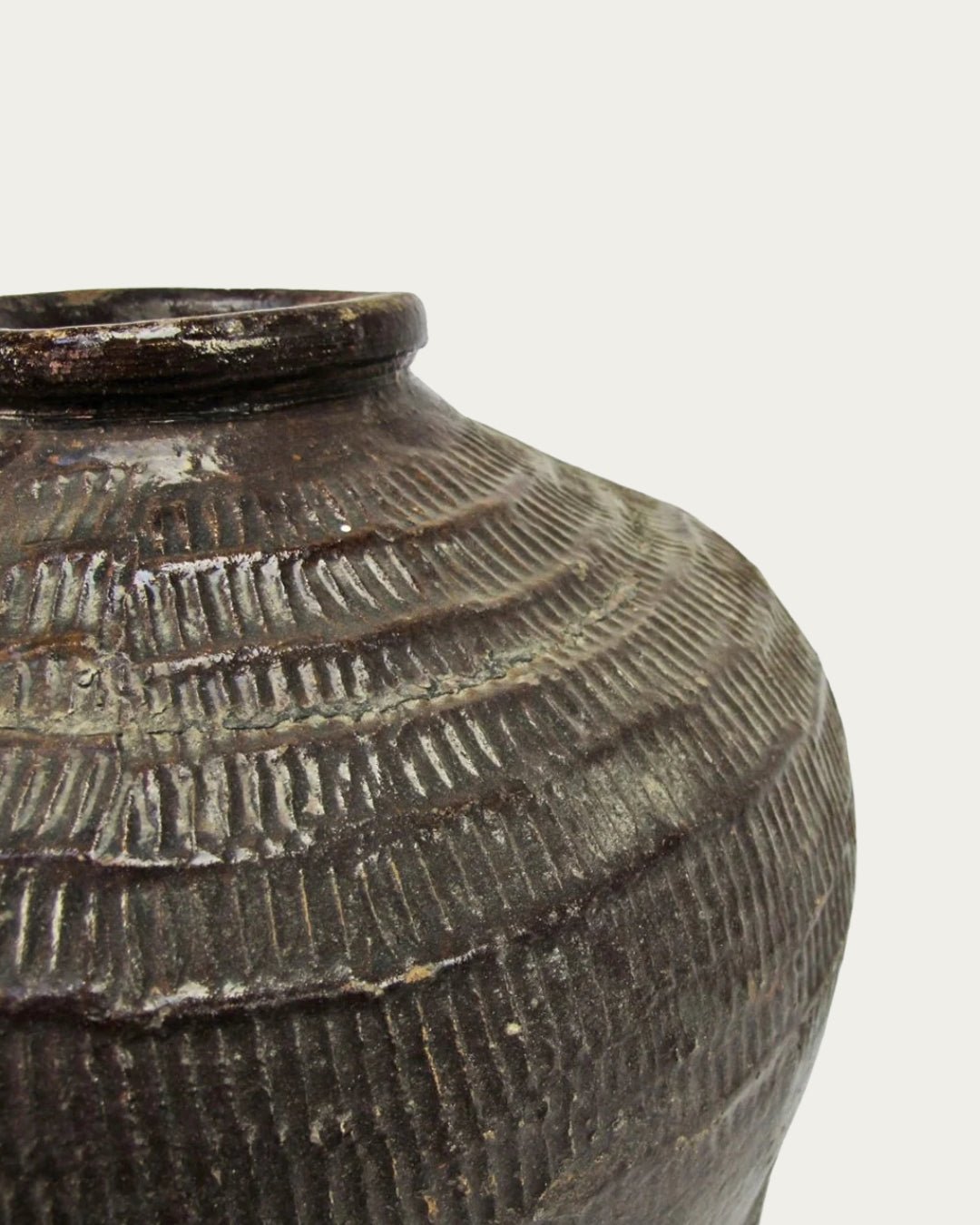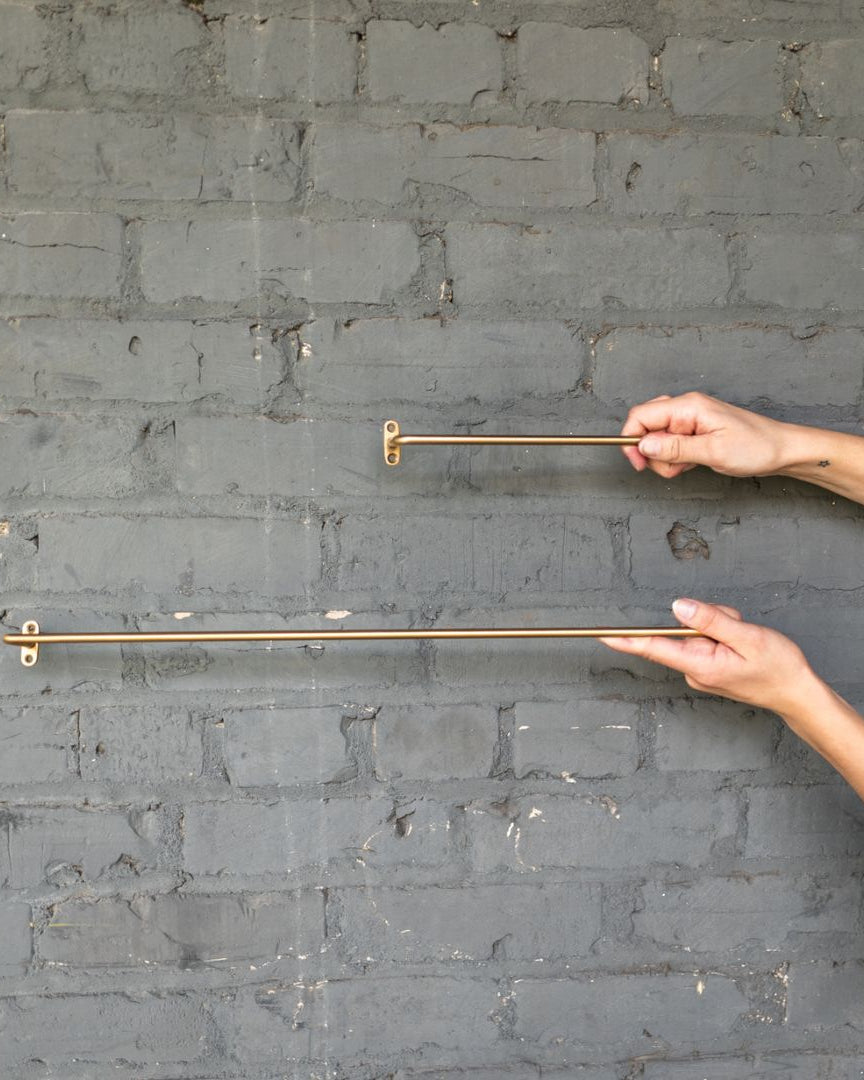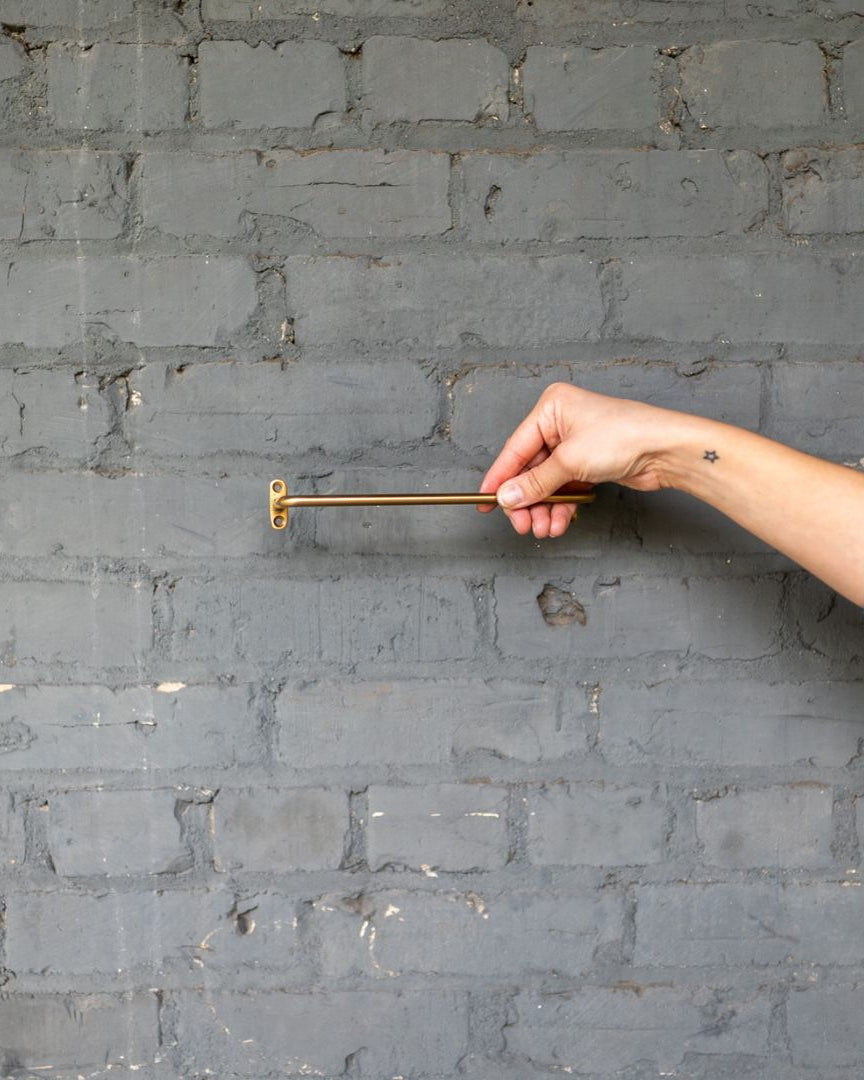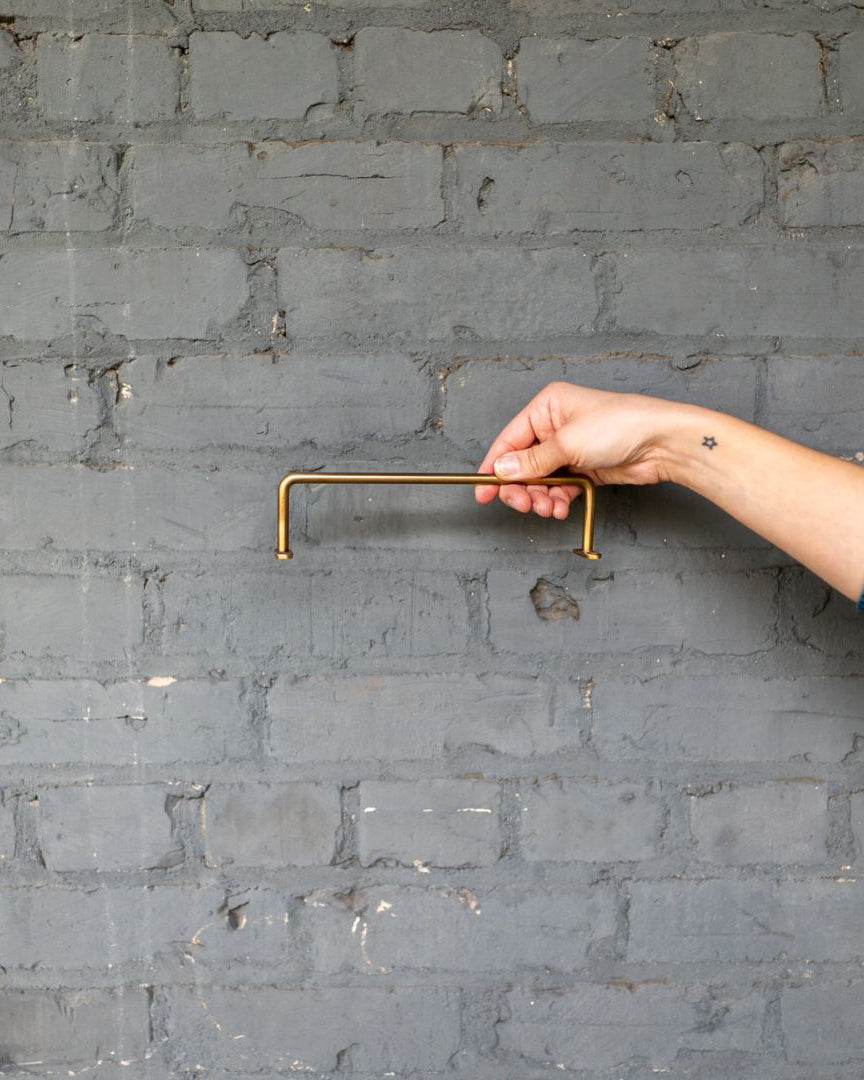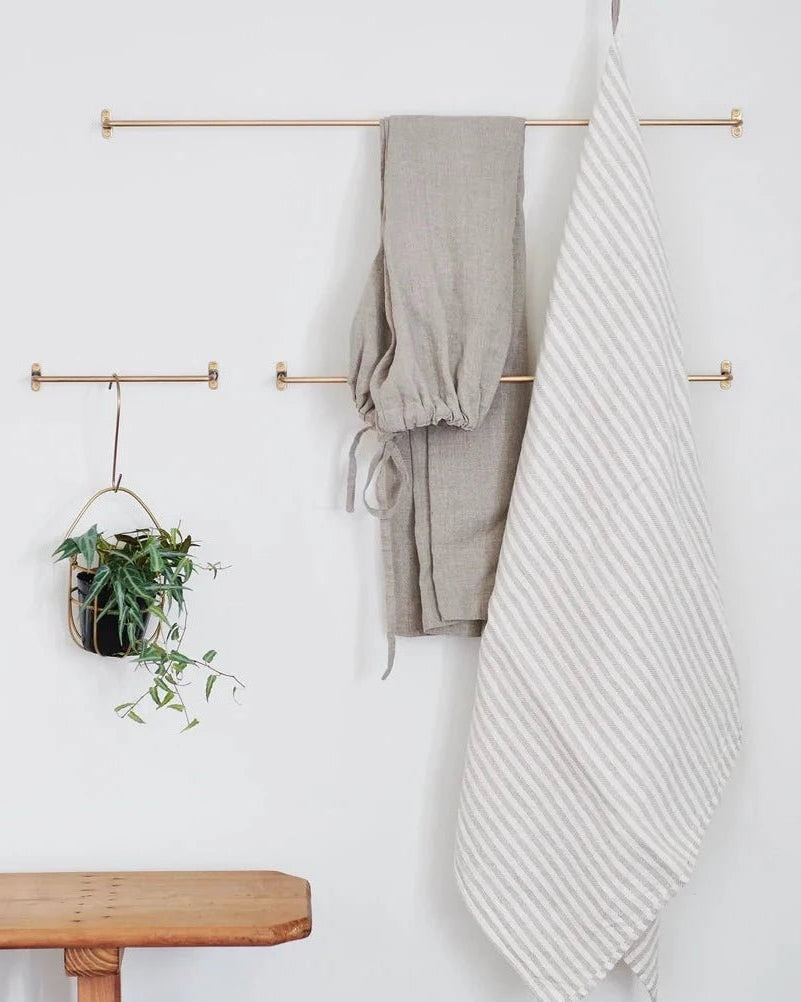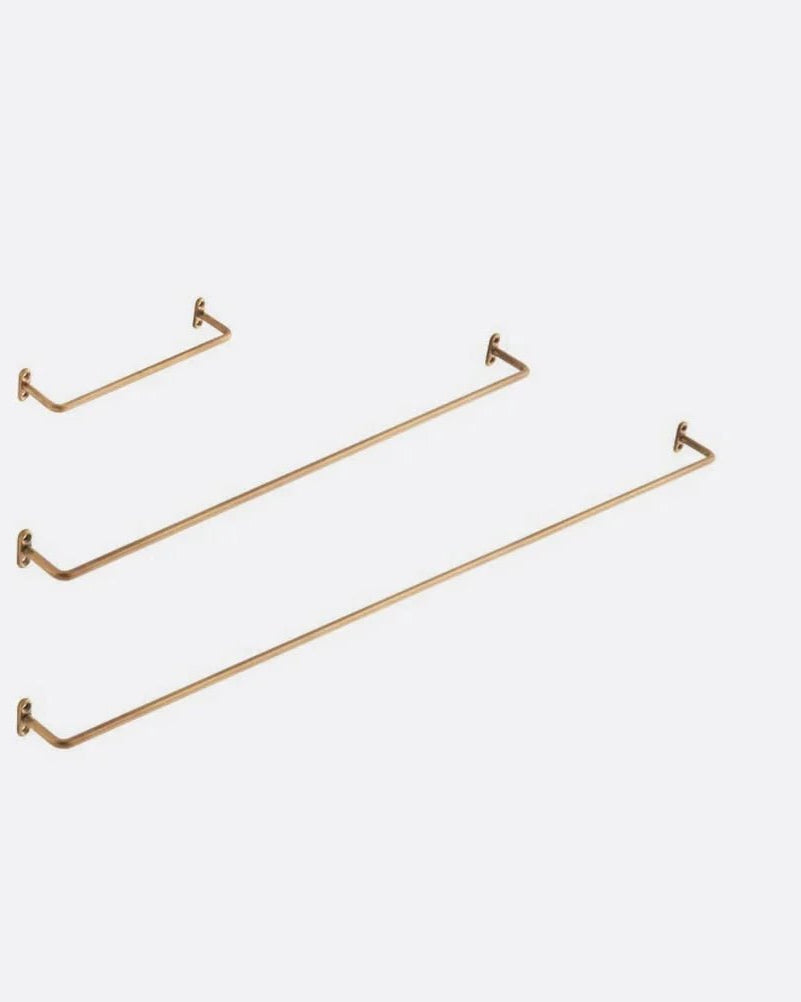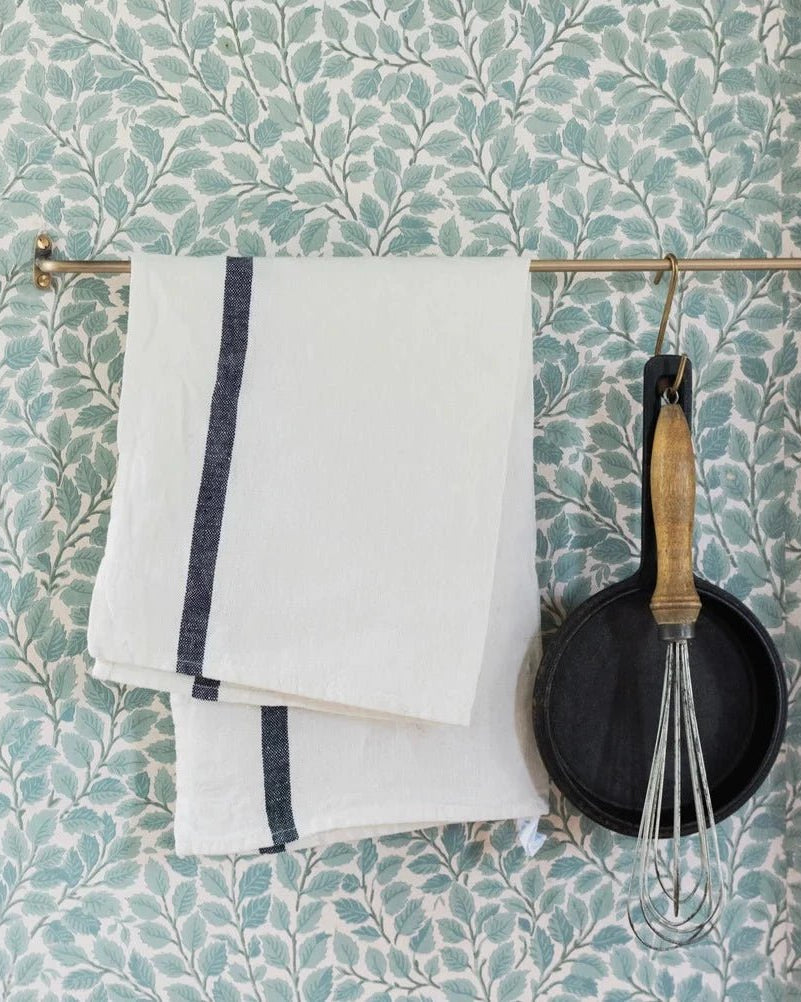
Antique Home Decor Trends for This Year: Latest Vintage and Classic Styling Ideas
Let’s be honest — a lot of homes today feel more like sterile boxes than sanctuaries. That’s why Hello Norden sources antique and vintage home decor rooted in real materials, patina, and presence. Pieces that bring visual calm and tactile weight in a way mass-produced furniture simply can’t. More than ever, people are craving character, warmth, and a sense of story—and vintage decor is one of the fastest ways to get there. Think stoneware crocks, brass table lamps, flea market finds, and distressed furniture that holds history in every scratch.
This year’s most interesting antique trends blur the line between old and new. It’s not about stuffing your home with dusty relics. It’s about contrast—layering aged wood with crisp silhouettes, mixing retro candlesticks with sculptural lighting, or softening modern lines with imperfect vintage textiles. The result? A space that feels layered, lived-in, and genuinely personal.
Below, you’ll find the top vintage styles making a return, practical tips for integrating antique pieces into contemporary spaces, and ways to care for them so they age even better. Use what resonates, leave the rest—and if something sparks inspiration, the vintage decor collection is ready for your scroll.
What Are the Top Antique Home Decor Trends for This Year?
This year’s vintage direction isn’t about trends. It’s about texture, rhythm, and relief.
Designers are leaning into pieces that carry weight—visibly and emotionally. Not because they’re old, but because they slow the space down. The draw isn’t just patina or provenance—it’s the sensory story told through wear, joinery, and honest materials.
More people are turning to vintage not as an aesthetic choice, but as a nervous system one. Upcycled furniture, salvaged wood, handmade ceramics—these aren’t just sustainable options. They’re regulating ones.
Refresh Modern Spaces with Antique Home Decor
Modern interiors can feel cold if they lack texture and history. That’s why designers increasingly layer in antique home decor to soften clean lines and add soul. A sleek kitchen instantly feels warmer when you hang a rustic vintage pot rack or display antique stoneware crocks on open shelves. Likewise, a contemporary bedroom benefits from a vintage Persian rug or an antique wood bench at the foot of the bed. Mixing these elements with new furniture makes your space feel personal, curated, and welcoming — never sterile.
Which Vintage Styles Are Making a Comeback?
Vintage styles from the Victorian and Edwardian eras, along with art nouveau and mid-century modern influences, are enjoying a revival. Rather than overly ornate details, modern reinterpretations emphasize clean lines with vintage textures and materials. The art deco style, noted for its geometric patterns and bold colors, is also on the rise. Homeowners often mix these styles with modern accessories like sleek metal finishes or minimalist lighting fixtures, ensuring each room feel grounded, layered, and current without losing their tactile history.
For example, a Victorian chest of drawers paired with a modern abstract oil painting creates a harmonious contrast. Additionally, vintage textiles such as linen and quilt add tactile appeal and evoke the authentic patterns of bygone decades.
How Are Antique Furniture Pieces Trending in Modern Homes?
Antique furniture is no longer limited to closed-off spaces; it now finds a place in open, modern layouts. Classic sideboards and farmhouse buffets act as both storage and statement art. Rather than discarding old items, many are refurbished to preserve their craftsmanship and legacy. The mix of antique furniture with modern elements like glass tabletops or concrete floors creates a visual narrative celebrating both past and present. Homeowners appreciate how these pieces add both style and a sense of history to living and dining areas.
Unexpected Ways to Use Antique Home Decor
Antique pieces don’t have to be predictable. Try these fresh ideas for using antique home decor in ways that surprise and delight:
- Antique Doors as Art: Mount a weathered wooden door behind your sofa as a unique statement piece.
- Vintage Suitcases for Storage: Stack old trunks or suitcases to create a quirky nightstand with hidden storage.
- Farm Tools as Wall Art: Hang antique farm tools or kitchen implements for a rustic-meets-modern vibe.
- Repurposed Sideboards: Use a classic buffet as a stylish bathroom vanity or media console.
These creative touches blend vintage decor into your everyday life while showcasing your personality.
What Role Do Antique Lighting and Accessories Play in Current Decor?
Antique lighting fixtures—whether a chandelier with intricate detailing or a retro lantern-style table lamp—can transform a room’s ambiance. They serve as focal points that draw attention and set the tone for the overall décor. Accessories like vintage art deco mirrors, brass candle holders, and ornate picture frames work with modern furnishings to create a layered look. For example, a restored crystal chandelier above a modern dining table enhances the space with warm, diffused light while sparking conversation about its history.
Carefully chosen antique accessories contribute permanence and reliability to a space. Their thoughtful selection and placement, guided by principles of scale, proportion, and balance, ensure that every piece—from a reclaimed rattan chair to a subtly patinated stoneware vase—integrates harmoniously into the décor.
How to Mix Antique and Vintage Home Decor
While some use “antique” and “vintage” interchangeably, true antiques are typically over 100 years old, while vintage items are newer but still older than 20 years. Mixing both creates a layered look that feels rich and collected. For example, pair an antique oak dining table with mid-century vintage chairs. Or hang a vintage brass chandelier over a minimalist kitchen island. The trick is to balance age, scale, and color so that each piece feels intentional. When in doubt, use neutral paint and simple textiles to tie everything together.
How Can You Incorporate Vintage Home Decor Into Contemporary Spaces?

Integrating vintage home décor into modern spaces is both an art and a science. The key is balancing old-world charm with modern practicality. A carefully curated mix of antique and contemporary pieces creates a unique, personalized aesthetic that stands out.
How to Use Color with Antique Home Decor
Color is one of the simplest tools for modernizing antique home decor without losing its nostalgic soul. Start with a muted, nature-inspired base: think soft creams, warm taupe, sage green, or muted terracotta. These hues act as a gentle canvas for vintage home decor, letting distressed wood tones and patinated metals stand out rather than clash.
Next, layer in richer accent colors to highlight your antiques’ unique details. A deep navy wall behind an ornate vintage mirror amplifies its gold frame, while dusty rose cushions soften the edges of a dark antique sofa. Mixing saturated tones with antiques bridges old and new — and keeps the room feeling lively, not museum-like.
Finally, don’t be afraid to experiment with unexpected color pops. Modern art in bold hues or a bright area rug under an antique coffee table can freshen a traditional palette instantly. The secret is balance: keep your main colors calm and earthy so each antique piece feels intentional, grounded, and perfectly at home in your modern haven.
How to Blend Antique Home Decor with Modern Technology
In today’s smart homes, it’s easy to assume antique home decor and cutting-edge tech can’t coexist — but they absolutely can. The key is thoughtful integration. Imagine a sleek sound system discreetly hidden inside a vintage cabinet or an antique sideboard doubling as a stylish charging station for your gadgets. This clever blend preserves the warmth of vintage style without sacrificing modern convenience.
Another smart approach is to pair old-world pieces with high-tech lighting. For example, use smart bulbs in your antique chandeliers or table lamps to control mood and brightness with a tap. This modern twist keeps your vintage lighting functional and energy-efficient while staying true to the charm of your antique finds.
Even entertainment can get a stylish upgrade. A flat-screen TV mounted above an ornate antique mantel instantly softens a big black box with historical flair. Surround it with vintage framed art or old books to blend eras seamlessly. The result? A living space that’s both grounded, layered and ready for movie night.
What Are Effective Ways to Mix Antique and Modern Decor?
One strategy is to let an antique piece serve as a statement item while modern, minimalist elements support it. For instance, a hand-carved antique chest of drawers can be paired with a sleek sofa and streamlined coffee table. The contrast between ornate detailing and clean lines defines the character of a room. Designers also advise using neutral backdrops, such as crisp white or subtle grey walls, to let vintage elements shine.
Layering textures is another effective method. Antique textiles—from vintage quilts to embroidered tablecloths—can add tactile depth when paired with smooth surfaces like glass or polished stone. The mix of old and new is best achieved by spacing each antique item thoughtfully so it complements the overall design scheme.
Tips for Blending Antique Home Decor with Modern Art
Combining antique furniture with modern art is one of the easiest ways to make your space feel fresh and intentional. A bold abstract canvas hung above an Edwardian dresser instantly transforms a tired corner into a conversation piece. This interplay between old-world craft and contemporary expression keeps your home from feeling like a museum.
Play with scale and placement. Oversized modern prints balance delicate antique consoles, while a cluster of small, colorful art above a rustic buffet brings out the charm in the piece’s patina. Always echo a color or motif from your furniture in your art for a more cohesive look.
When in doubt, lean on neutral walls and simple frames so both your vintage decor and your new art shine equally. It’s a foolproof formula for a home that feels collected, not cluttered.
Which Vintage Textiles and Fabrics Are Popular This Year?
Vintage textiles are celebrated this year for their intricate patterns and historical significance. Fabrics such as hand-woven linen, embroidered cotton, and traditional wool prints are in demand for upholstery, curtains, and accent pillows. Classic patterns like damask, paisley, and florals are being updated with contemporary color palettes, adding warmth and texture to any interior.
A popular trend is reupholstering modern furniture with vintage fabric, merging comfort with historical style. Vintage textiles are also used for accent walls or custom table runners, adding a bespoke touch to dining areas.
Using Plants to Highlight Antique Home Decor
Nothing breathes fresh life into antique home decor like lush greenery. Potted plants soften the lines of solid wood cabinets, weathered sideboards, and vintage metal shelves. Think trailing ivy spilling over a century-old armoire or a fiddle leaf fig drawing the eye toward an ornate mirror.
Vintage planters and pots make the pairing even more authentic. Use our Vintage Clay Vase or a timeworn zinc bucket for an organic, layered vibe. These containers add tactile texture that new planters often lack.
Cluster your plants near antique lighting or on reclaimed wood side tables. This combination of organic life and storied pieces grounds your rooms, turning them into sanctuaries brimming with calm, quiet charm.
How to Choose Antique Artwork to Complement Your Home Style?
Antique artwork reflects personal style and helps tell your home’s story. When selecting art—from oil paintings and etchings to vintage posters and sculptures—choose items that complement your home’s architectural style. For modern interiors, art nouveau prints or subtle impressionist landscapes serve as elegant counterpoints to contemporary furniture.
Consider scale and color: a large, bold piece can be a focal point, while smaller works arranged in a gallery wall create dynamic interest. Ornate frames, even when paired with modern décor, enhance authenticity and tie the piece to the overall design narrative.
Where to Find Authentic Antique Home Decor Pieces This Year?
Finding authentic antique décor involves both savvy hunting and trusting reputable sources. The charm of flea markets and antique shops remains strong, but modern technology has also broadened the search for rare treasures. Online platforms now offer carefully curated selections and connect buyers with reputable dealers specializing in vintage décor.
Top Tips for Buying Antique Home Decor Online
Shopping for home decor vintage pieces online is convenient but requires care. Always read product descriptions closely, check multiple photos for imperfections, and ask about the item's history. Look for reputable shops (like Hello Norden!) that stand behind their vintage and antique collections with clear return policies.
PRO TIP: Set alerts on your favorite marketplaces for keywords like “antique sideboard” or “vintage decor” so you’re first to know when fresh treasures drop.
How to Budget for Antique Home Decor
Bringing antique home decor into your space doesn’t require a royal inheritance. Start by setting a clear budget for big-ticket items like antique furniture, then build out your look with smaller, affordable accessories. For example, you might invest in a statement antique sideboard and complement it with thrifted brass candlesticks or a vintage mirror.
Be patient and hunt smart. Flea markets, estate sales, and seasonal antique fairs are goldmines for well-priced treasures. Don’t be afraid to negotiate—many dealers expect it and appreciate knowledgeable buyers. Take photos and notes on price ranges so you recognize a good deal when you see one.
Online marketplaces like Etsy or your local Hello Norden vintage collection are also great for comparing options without leaving the sofa. Watch for hidden gems in less obvious categories, like antique textiles or upcycled vintage planters and pots, which add charm without the big furniture price tag.
How to Identify Quality Antique Items When Shopping?
When purchasing antiques, quality is paramount. Look for items made of solid wood or hand-made textiles with signs of genuine aging, such as a natural patina. Clear photographs revealing joinery, carvings, and finishing details are essential when shopping online. Checking seller ratings, history, and authenticity certificates can also help ensure you invest in pieces built to last.
Common Mistakes When Decorating with Antique Home Decor
Even the most stunning antique home decor can feel off if styling mistakes sneak in. One common misstep is overcrowding — packing too many vintage pieces into a single room. Instead, let each antique shine by giving it breathing space and pairing it with modern decor for balance. A single statement piece, like a farmhouse buffet or art deco lamp, often makes more impact than a cluttered collection.
Another pitfall is ignoring scale and proportion. Oversized antique furniture can overwhelm a small room, while tiny vintage accessories might get lost in a large, open space. Always consider the size of your room and surrounding pieces to ensure your antique home decor feels cohesive, not chaotic.
Lastly, mismatching eras can create visual confusion. While mixing styles adds character, try sticking to a few complementary periods. For example, pairing mid-century modern furniture with rustic primitive decor can work beautifully if connected through a unified color palette or similar materials. Thoughtful curation turns a jumble of vintage finds into an intentional, story-rich interior.
How to Tell if Antique Home Decor is Authentic
Knowing whether your antique home decor is truly vintage or a clever replica can save you money and disappointment. Always start by examining the materials — genuine antiques often show signs of age like natural patina, worn edges, or hand-carved details that machine-made copies can’t replicate. Feel the weight: older pieces tend to be sturdier than modern reproductions.
Next, inspect construction methods. Dovetail joints, handmade nails, and old-fashioned finishes signal true craftsmanship. Flip furniture over — an antique chair or dresser might show uneven tool marks or wood that’s darkened naturally over decades. These subtle clues separate authentic vintage home decor from mass-produced lookalikes.
When in doubt, ask for provenance or shop trusted sources like Hello Norden’s curated vintage collections. Reputable dealers often provide a backstory or documentation. Remember, even minor flaws can be part of an authentic piece’s charm — so embrace the imperfections that modern furniture tries so hard to mimic.
Are There Local Antique Markets or Shows Worth Visiting?
Local antique markets and shows offer the chance to view items up close, negotiate prices, and learn stories directly from experienced dealers. Many cities host regular antique fairs that showcase styles ranging from farmhouse chic to urban industrial vintage décor. These events also foster community among antique enthusiasts and provide opportunities for expert talks on restoration and design trends.
What Are the Essential Care and Maintenance Tips for Antique Home Decor?

Proper care and maintenance are essential to preserving the beauty and integrity of antique décor. Regular upkeep retains both functionality and the inherent character of these pieces.
How to Properly Clean and Preserve Antique Furniture?
Clean antique furniture gently with a soft, lint-free cloth to remove dust without damaging delicate surfaces. Use pH-neutral cleaners tested on inconspicuous areas instead of harsh chemicals. Avoid excessive moisture by using a lightly dampened cloth to lift stains, and periodically apply high-quality wax or oil to maintain the wood’s luster. Keep furniture out of direct sunlight and in stable humidity to prevent fading and cracking.
What Are the Best Practices for Maintaining Vintage Lighting Fixtures?
Vintage lighting fixtures, such as chandeliers and antique lamps, require special care due to their intricate details. Always turn off or unplug fixtures before cleaning. Use a soft brush or microfiber cloth for dusting, and clean glass components with streak-free solutions. Periodically check wiring and connections for safety; older fixtures might require professional updates to preserve both design and functionality.
How to Protect Antique Textiles and Decorative Objects?
Protect antique textiles, like tapestries, quilts, and upholstery, by keeping them out of direct sunlight to avoid fading. Regularly vacuum or lightly brush these fabrics to remove dust, and store them in acid-free bags or containers when not in use. Handle delicate decorative objects—such as porcelain, metal figurines, or vintage art—with clean, dry hands or cotton gloves, and display them away from areas of high traffic or temperature changes to prevent damage.
Sustainability Benefits of Antique Home Decor
Choosing antique home decor is not just about style — it’s a vote for sustainability. By giving old pieces a new life, you reduce demand for mass-produced furniture and keep perfectly usable items out of landfills. Many antique items were crafted from solid wood and high-quality materials, making them more durable than many new alternatives. So while you’re adding charm and character, you’re also decorating with a clear conscience. It's a win-win for your home and the planet.
Why Is Antique Home Decor Gaining Popularity This Year?
Antique home décor is enjoying renewed popularity due to the modern desire for sustainability, uniqueness, and a tangible link to the past. Homeowners value the craftsmanship and stories behind each antique, appreciating pieces that age gracefully and develop character over time. Upcycling and repurposing align with contemporary eco-friendly values, making old items both stylish and sustainable.
How Does Sustainability Influence Vintage and Antique Decor Trends?
Sustainability is now a major factor in purchasing decisions. Antique pieces inherently have a lower environmental footprint compared to mass-produced items. Repurposing vintage items reduces waste and conserves resources. In addition, sustainable design often incorporates reclaimed wood, repainted vintage metal accents, and upcycled textiles. The durability and lasting quality of antiques also highlight their ecological responsibility alongside aesthetic appeal.
What Emotional and Aesthetic Benefits Do Antique Pieces Offer?
Each antique piece carries a narrative—from a scratch on a wooden chest to the faded patina of a chandelier—which evokes nostalgia and continuity. These items not only serve a decorative function but also become heirlooms that carry sentimental value across generations. The warmth, texture, and tactile quality of antique pieces enrich modern interiors, creating inviting spaces where conversation and reflection naturally thrive.
How Are Influencers and Designers Shaping Antique Decor Trends?
Influencers and interior designers are key in reviving antique décor by showcasing creative mixes of vintage with modern items on social media, TV shows, and blogs. Their projects, DIY upcycling tutorials, and styled shoots have demystified the process of integrating antiques into contemporary designs, making these looks both approachable and desirable for a wide audience.
What Are the Most Popular Antique Home Decor Styles and Their Characteristics?

Antique home décor is celebrated for its diversity, with each style offering unique characteristics that enhance modern interiors. From the ornate details of Victorian pieces to the clean lines of mid-century designs, each style brings historical context and visual impact to today’s décor.
What Defines Victorian and Edwardian Antique Decor Trends?
Victorian and Edwardian décor are noted for their intricate carvings, lush upholstery, and ornate finishes. Victorian pieces often feature elaborate carvings and rich colors, while Edwardian items showcase a more refined and understated elegance with lighter hues. These styles evoke opulence and, when paired with modern minimalist elements, create striking focal points. Many homeowners update these pieces with modern fabrics to retain historical charm while enhancing comfort.
How Is Mid-Century Vintage Decor Trending This Year?
Mid-century modern décor is favored for its clean, functional lines and minimal ornamentation. Characterized by low-profile furniture, geometric shapes, and the use of natural materials like teak and leather, this style is reintroduced into modern spaces for its chic simplicity. Its understated elegance and versatility allow mid-century pieces to blend seamlessly with contemporary accessories and technology.
What Are Key Features of Rustic and Farmhouse Antique Styles?
Rustic and farmhouse styles emphasize comfort, practicality, and a connection to nature. Antique pieces in these styles often feature distressed wood, rugged textures, and handcrafted details that create a welcoming, lived-in atmosphere. Key elements include weathered finishes, oversized furniture, and a palette of earthy tones mixed with retro accents. These styles add a tactile, homely quality to any room while complementing modern design trends that value sustainability.
How to Style Antique Home Decor for Different Rooms in Your House?
Styling antique décor in various rooms requires thoughtful planning to blend vintage charm with modern functionality. Each room—be it the living room, bedroom, kitchen, or dining area—offers a canvas for creative expression using curated vintage items.
Tips for Displaying Antique Collections
When your antique home decor includes a growing collection—whether it’s vintage pottery, antique books, or old clocks—grouping is key. Display similar items together to create visual impact and avoid a scattered look. A cluster of brass candlesticks on a reclaimed wood shelf tells a stronger story than one here and one there.
Think about height and layering. Use risers, stacks of antique books, or trays to create levels. This keeps the eye moving and makes your collection feel intentional, not cluttered. Good lighting—like a nearby antique lamp or sconce—adds warmth and highlights details beautifully.
Lastly, rotate your treasures now and then. Swapping pieces between rooms keeps your displays fresh and gives each item its moment to shine. Your collection stays alive, your home feels dynamic, and you’ll fall in love with your antique pieces all over again.
How to Combine Antique Home Decor with Seasonal Updates
Antique home decor isn’t a static museum—it can shift with the seasons to keep your space feeling fresh. In spring, drape a lightweight vintage quilt across your antique sofa, or add a vase of fresh blooms in a weathered stoneware crock. These tiny changes breathe new life into older pieces.
Autumn is perfect for cozy layers. Add a wool throw to your vintage armchair, swap light linen pillows for deeper, richer textures, and place vintage candle holders on your dining table for warm, flickering ambiance. Seasonal shifts don’t mean starting from scratch—antique pieces adapt. Swap out layers, shift placement, and let the patina do the work. It’s how your home stays responsive to the moment without losing its grounding.
If you celebrate holidays, use your antique finds as unique décor moments. A rustic antique basket can hold pinecones or ornaments; a vintage tray can become a festive candle centerpiece. This way, your treasured pieces feel integrated and loved year-round.
How to Style Antique Decor for Small Spaces
Small rooms don’t mean you have to skip antique charm. In fact, the right antique home decor can make a tiny living room or studio feel more layered and inviting. The trick is to choose pieces that do double duty: a vintage trunk works as a coffee table with hidden storage, and a slim antique console doubles as a work desk when needed.
Mirrors are your best friend in tight quarters. A gilded antique mirror bounces light around and visually expands walls. Consider open-leg furniture, like a delicate vintage writing desk instead of a bulky dresser. Keep the color palette light and neutral so your antique treasures stand out without making the space feel cramped.
Don’t be afraid to go vertical. Tall antique shelves or wall-mounted antique art let you show off your collected finds without eating up precious floor space. Group your favorite small accessories—like brass candlesticks or ceramic figurines—on a single floating shelf for a curated yet airy look.
What Are the Best Antique Decor Ideas for Living Rooms?
In living rooms, antique décor becomes both a conversation starter and a statement of personal style. A classic antique sofa or Chesterfield chair paired with modern accent chairs creates a dynamic focal point. Adding vintage accessories like an ornate rug, antique sideboard, or distressed coffee table introduces texture and character. Thoughtful elements such as accent lamps, vintage mirrors, and reclaimed wood shelving complete the layered, inviting look.
How to Use Vintage Pieces in Bedrooms for a Cozy Look?
The bedroom should slow you down. Vintage helps.
An old wood bed—carved, weighty, imperfect—grounds the room before you even lie down. A worn dresser with a sticky drawer, a nightstand that’s seen decades of hands placing books and glasses. These pieces hold history, but more importantly, they hold stillness.
Layer in what your body wants: clean, modern bedding for breathability. A quilt that feels like memory. Sheer curtains that move just enough. Light should come low and soft—maybe a vintage lamp with a linen shade, or a chandelier that throws quiet shadows.
It’s not about recreating a past era. It’s about regulating the present one.
Which Antique Elements Work Well in Kitchens and Dining Areas?
Antique elements can enrich kitchens and dining areas with both practical function and sentimental value. Vintage sideboards or buffets offer storage and act as display cases for cherished heirlooms such as delicate tea sets or rustic pottery. In the kitchen, cast iron skillets, stoneware bowls, and retro pendant lamps add a historical touch. A rustic farmhouse table paired with weathered chairs and vintage art prints can transform dining areas into spaces that are both functional for modern use and evocative of cherished family traditions.
Common Mistakes to Avoid with Antique Home Decor
Even seasoned antique hunters make a few missteps when styling antique home decor. One of the biggest mistakes? Overcrowding. When you cram too many statement antiques into one room, you risk turning character into chaos. Be intentional: let your hero pieces breathe with plenty of negative space.
Another pitfall is over-restoring vintage finds. It’s tempting to sand, stain, or repaint everything to perfection—but you might erase the very marks that make your piece valuable. Embrace scratches, faded paint, and worn corners. These imperfections tell the story and add soul to your space.
Finally, resist mixing too many clashing styles at once. It’s fun to blend Victorian with mid-century or rustic farmhouse with art deco—but do it with a plan. Stick to a cohesive color palette or repeating material, like warm wood tones or aged brass, to tie all your antique pieces together beautifully.
Frequently Asked Questions
Q: How can antique home décor be integrated into a modern design scheme? A: Use vintage pieces as accents or focal points. For example, pair an antique dresser with a contemporary sofa or mix vintage lighting fixtures with minimalist décor. Let the antique items tell their story while modern elements provide fresh contrast.
Q: What are some tips for maintaining antique furniture? A: Clean gently with soft, pH-neutral cloths, avoid excessive moisture, and use quality waxes or oils to preserve wood finishes. Keep furniture away from direct sunlight and in stable humidity, and consult professionals for complex restorations if needed.
Q: Where can I buy authentic vintage home décor items online? A: Look for reputable online platforms like Etsy, 1stDibs, and eBay, as well as specialized antique marketplaces that offer detailed descriptions, high-quality images, customer reviews, and authenticity certificates.
Q: How do I know if an antique item is of good quality? A: Check for solid craftsmanship, quality materials, and signs of natural aging like patina. Inspect details such as joinery and carvings, review seller ratings, and, if possible, view the item in person to assess weight and texture.
Q: Can I mix different antique styles in one room? A: Yes, mixing styles can create a rich, multidimensional space. Balance scale, color, and texture by choosing complementary pieces, such as a Victorian sideboard with mid-century modern chairs, and ensure a unified color palette for cohesion.
Q: What role does sustainability play in the popularity of antique décor? A: Antique décor is eco-friendly because it repurposes items built to last. Upcycling reduces waste and resource demand while preserving well-crafted pieces that add both historical charm and sustainable style to modern interiors.
How Antique Home Decor Can Increase Your Home’s Value
Investing in quality antique home decor isn’t just about aesthetics — it can actually boost your property’s value. Well-maintained vintage pieces add a sense of prestige and craftsmanship that newer furniture often lacks. Appraisers and buyers alike appreciate original built-in antiques, like antique mantels or century-old cabinets, for their enduring character.
Rooms styled with thoughtful vintage home decor also photograph beautifully for listings. Potential buyers are drawn to spaces that feel warm and storied instead of cold and generic. An antique farmhouse dining table, paired with contemporary chairs, can become the centerpiece that sells a lifestyle, not just a house.
Even if you’re not planning to sell soon, antiques retain or grow in value over time, especially if you care for them properly. Unlike trendy mass-market items, an authentic antique buffet or vintage rug can become a family heirloom that appreciates in worth — a wise, beautiful investment for generations to come.
How to Pair Antique Home Decor with Seasonal Trends
Vintage decor doesn’t sit still. It shifts with the seasons—quietly, intuitively.
In spring, it’s about breathing space back in. Strip back heavy layers. Drape a linen throw over the arm of an antique chair. Let fresh branches spill out of a stoneware crock—something with weight, to ground all that new green.
Summer favors subtraction. Roll up the thick rugs. Let worn wood floors and cool metal surfaces do their thing in the light. A vintage tray with cut fruit on the counter. A basket by the door that holds sunscreen and sand.
Then fall asks for density again. More texture, more layers. Fold wool blankets over the backs of benches. Stack quilts on the bed. Light hits the patina differently in winter, so lean into it. Line up brass candle holders—let the shadows move.
The rhythm of vintage isn’t fixed. It adapts. And that’s part of why it works—because your home should respond to how your body feels in each season.
Final Thoughts
Antique home décor this year is less about trends—and more about tension. The pull between past and present. The weight of a vintage cabinet against the clean lines of a modern chair. What’s in: pieces with memory, texture, and function. What’s out: sterile surfaces and overdone themes.
Blending vintage with contemporary isn’t just about the look—it’s about how the room feels. Slower. Grounded. Lived in.
Whether it's a salvaged table that anchors your dining space or an antique mirror that softens hard lines, this way of styling centers on sustainability, story, and sensory impact.
Curate pieces that earn their place—because every object should pull its weight.
Ready to refresh your space? Shop our vintage home decor and vintage planters and pots to layer your home with soulful, storied pieces.


